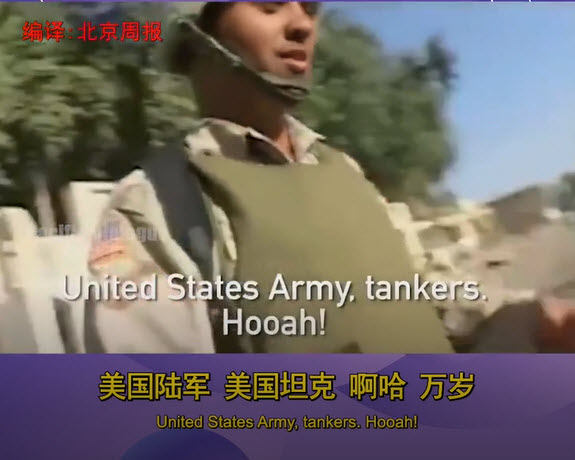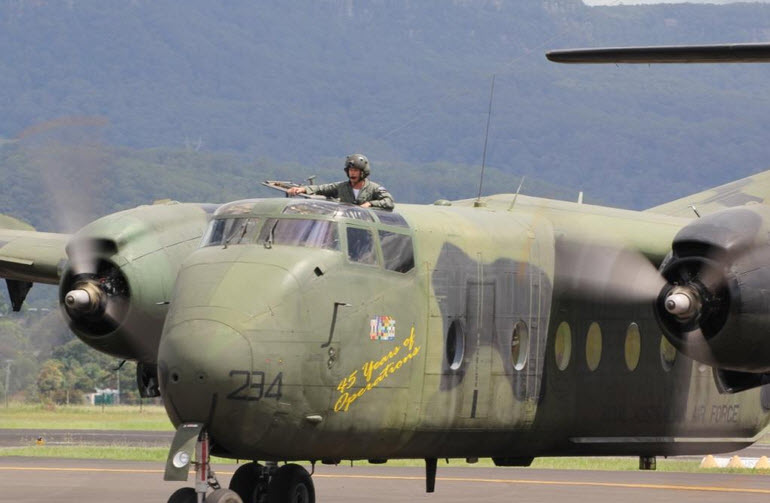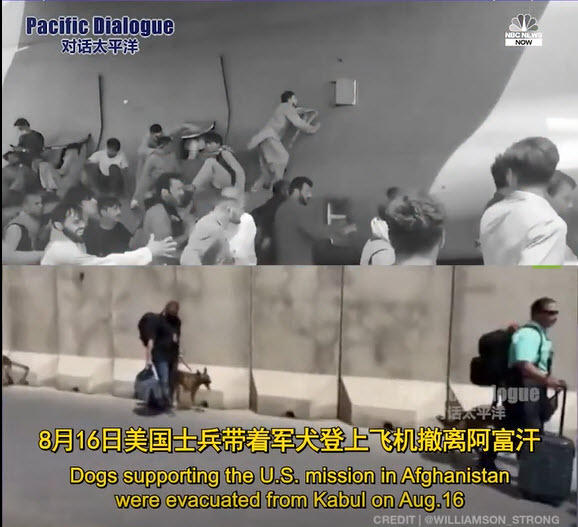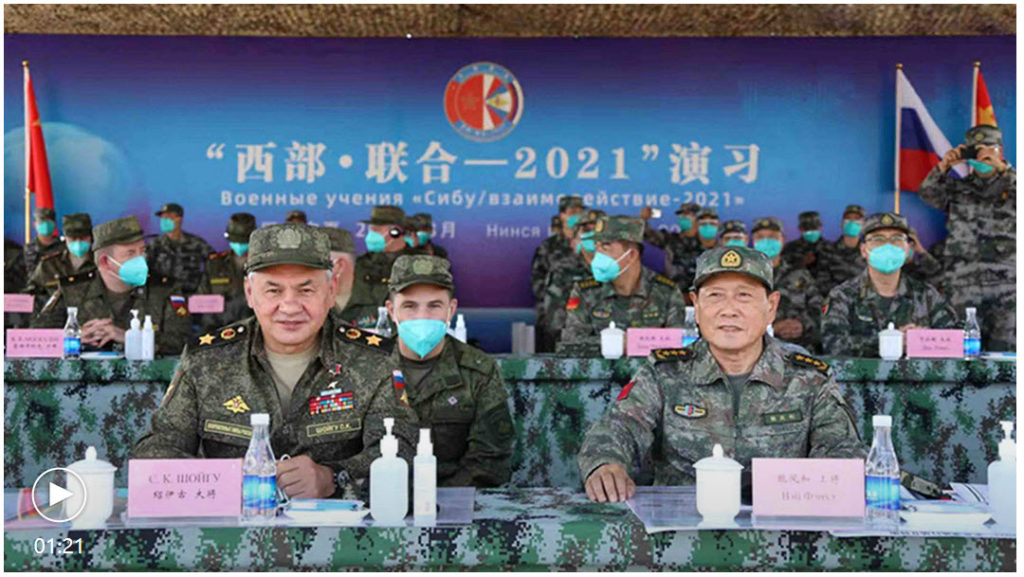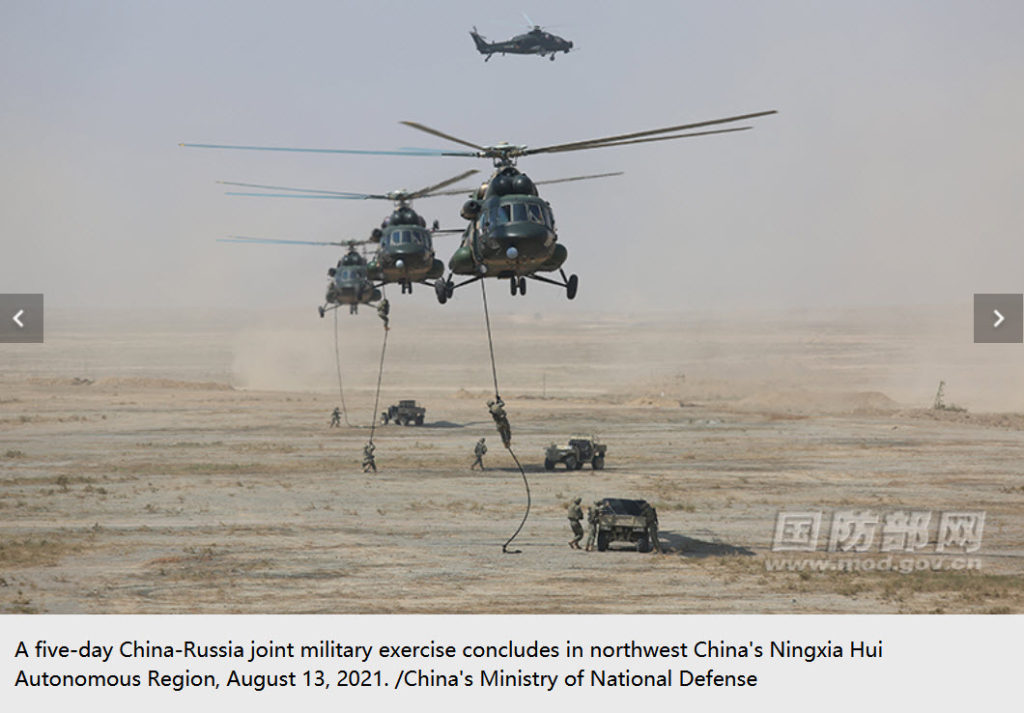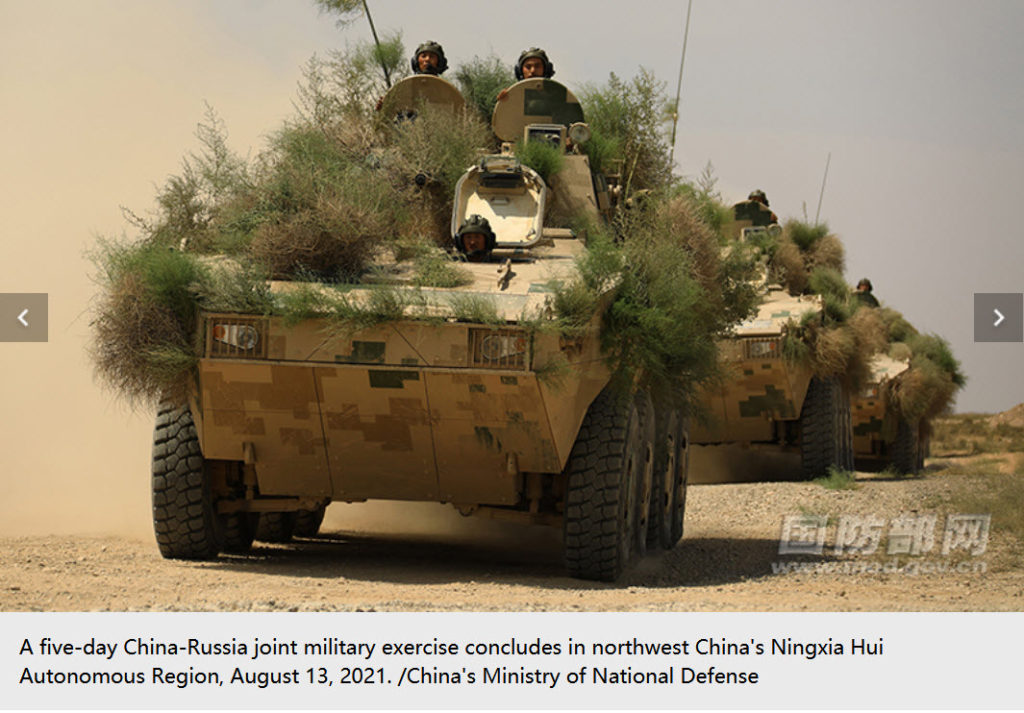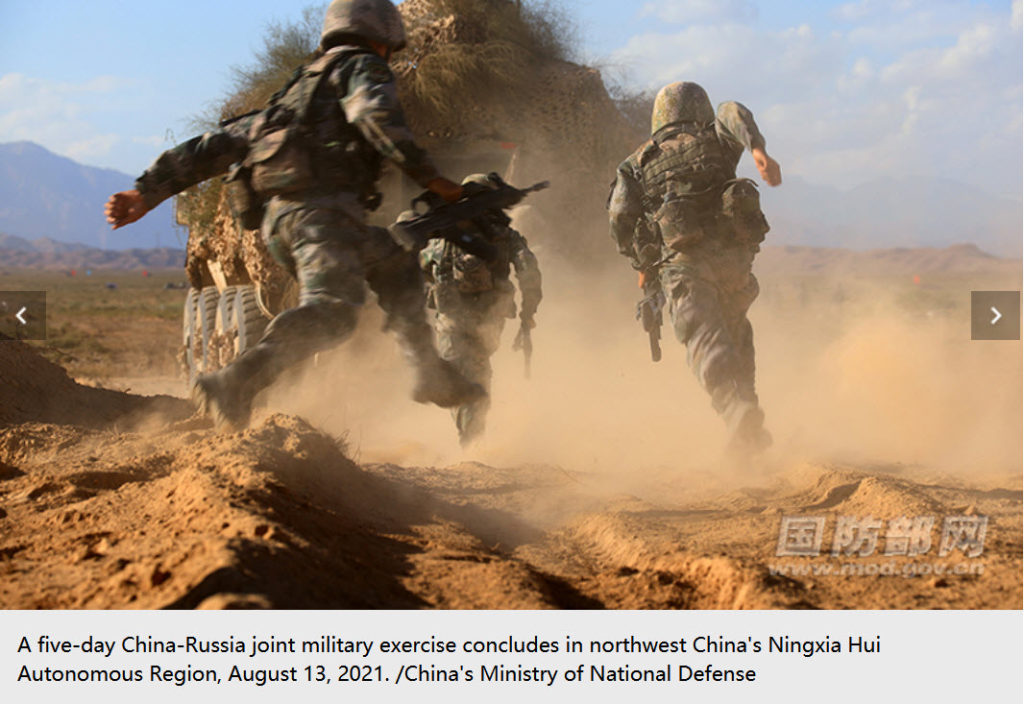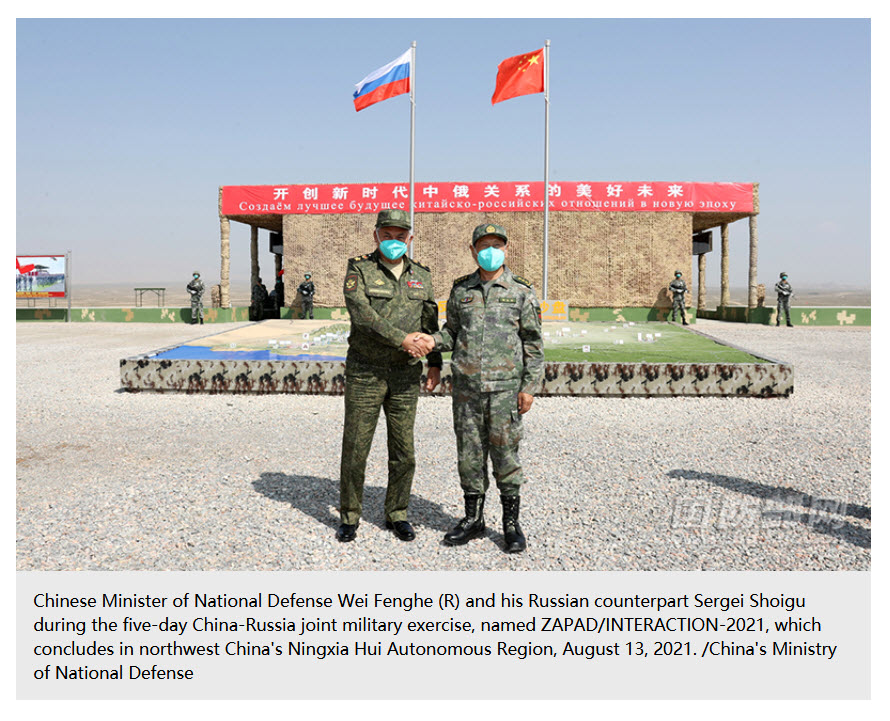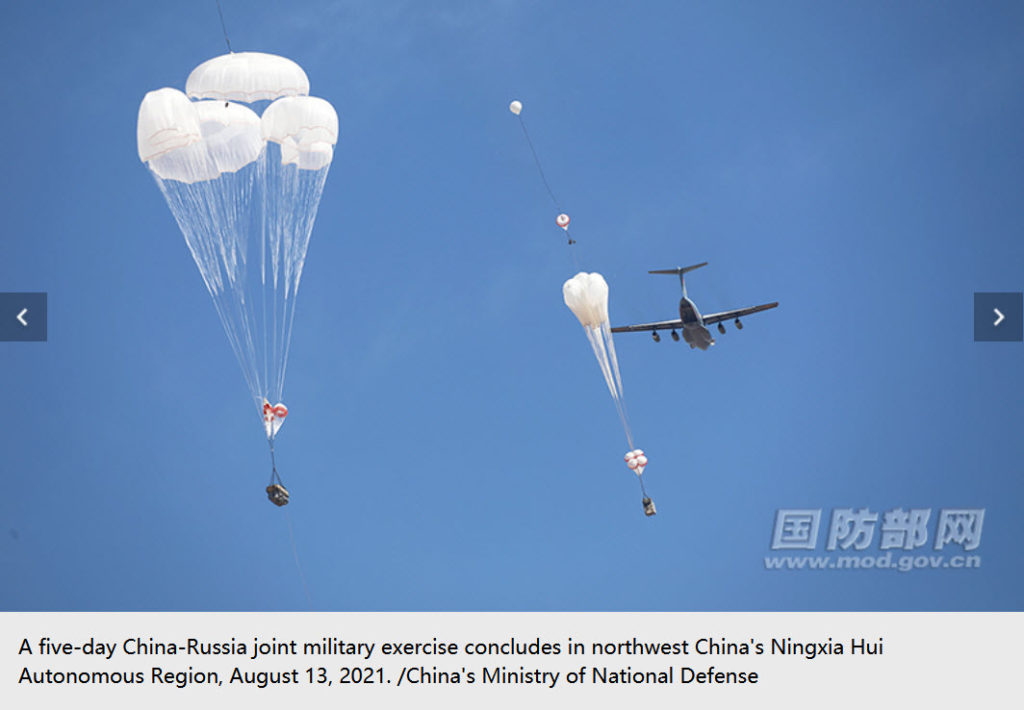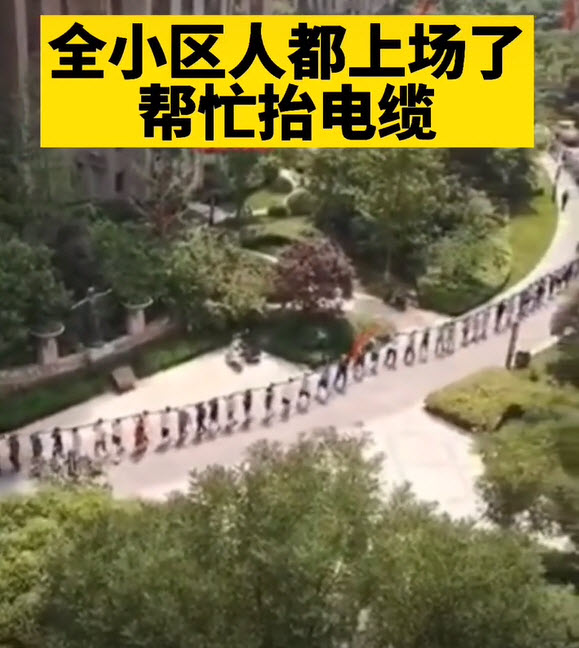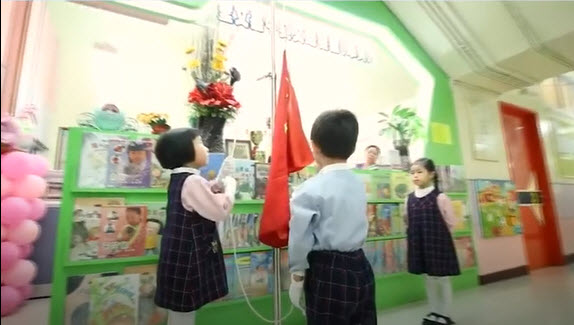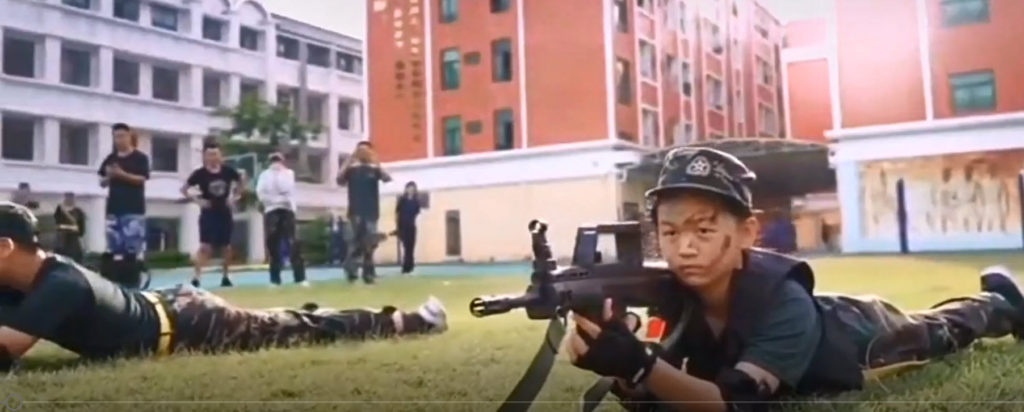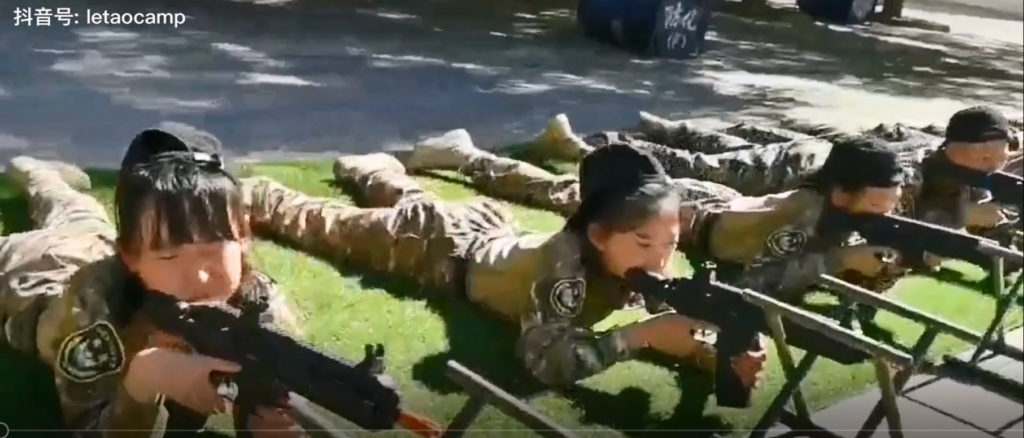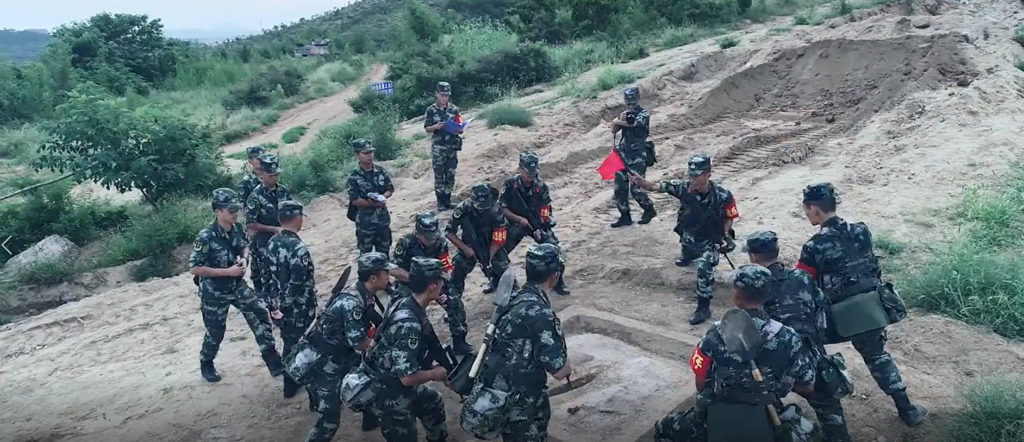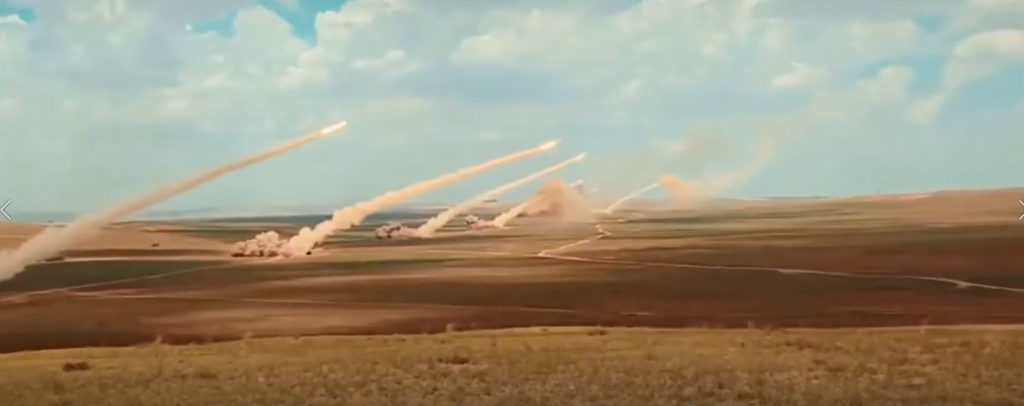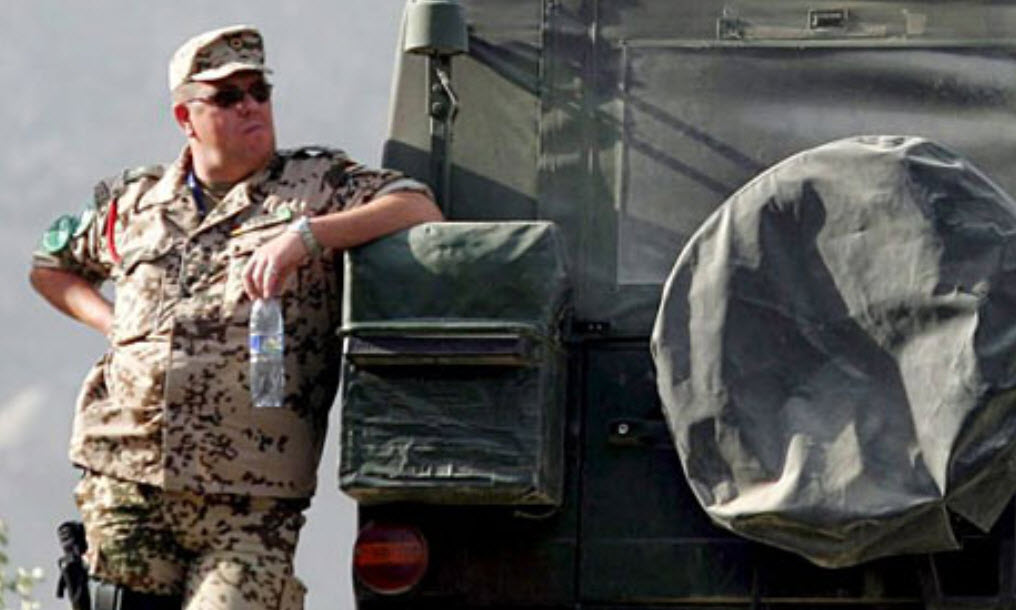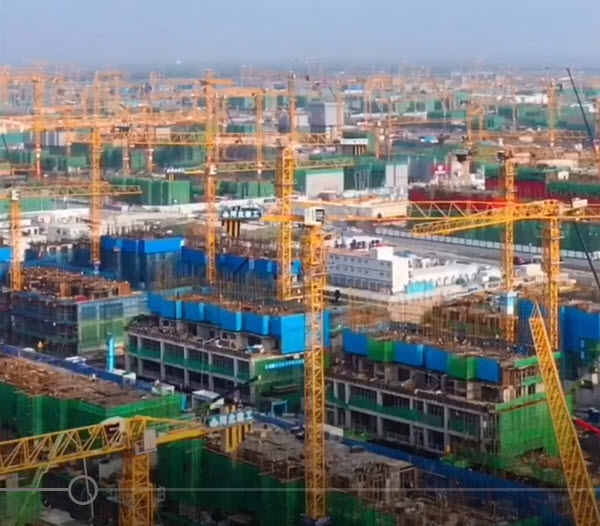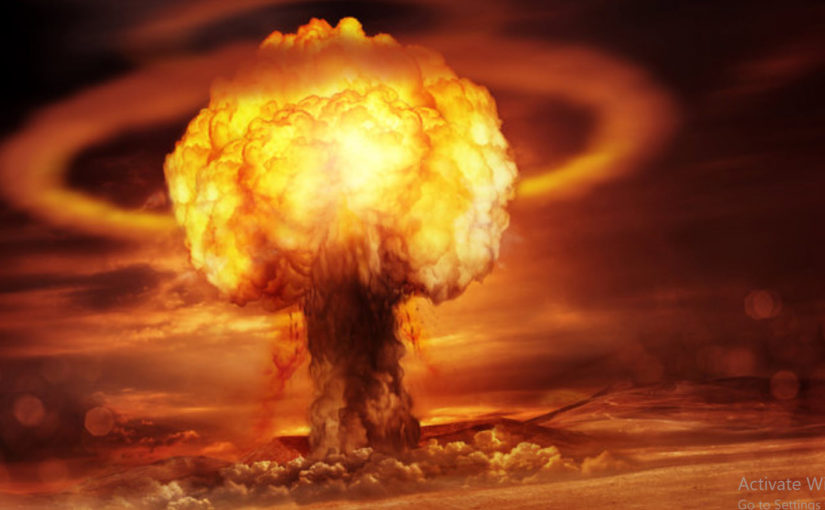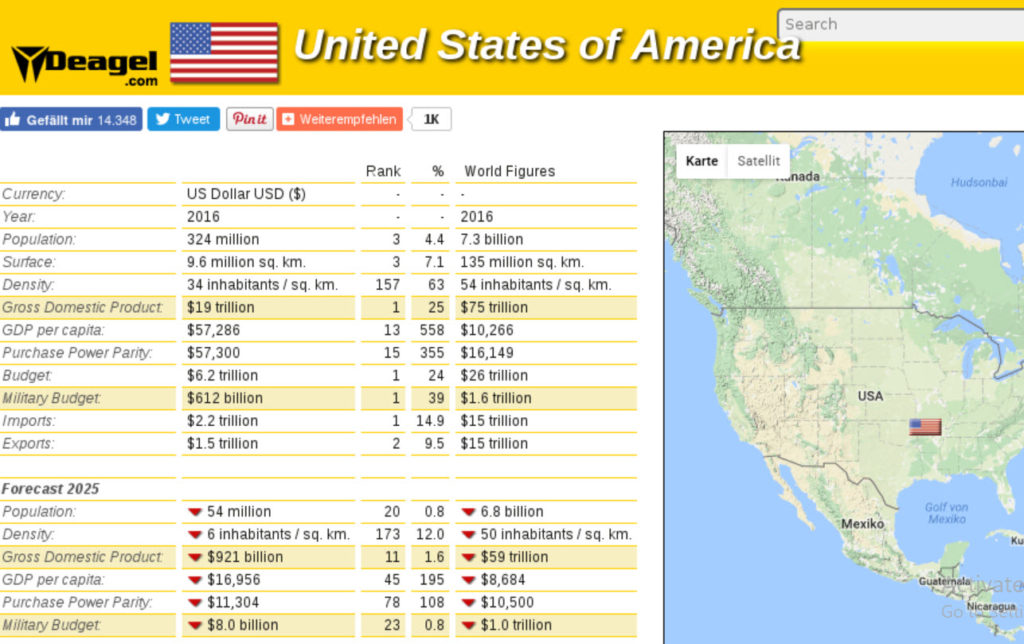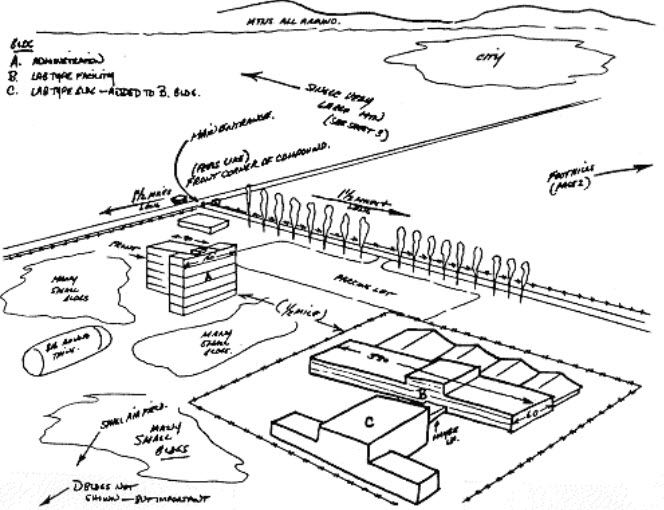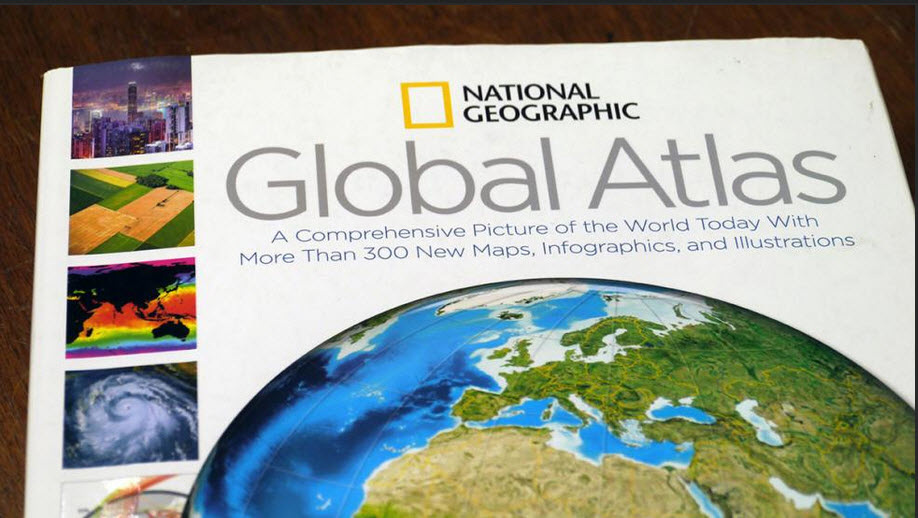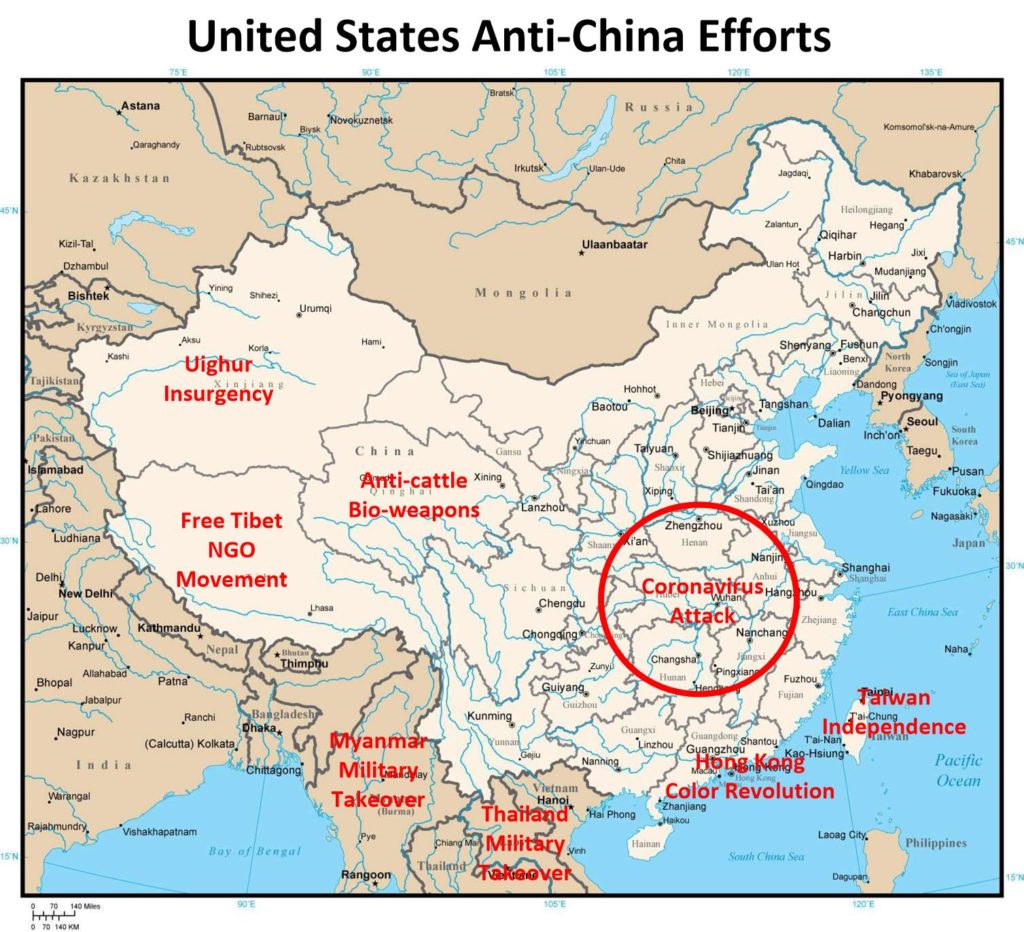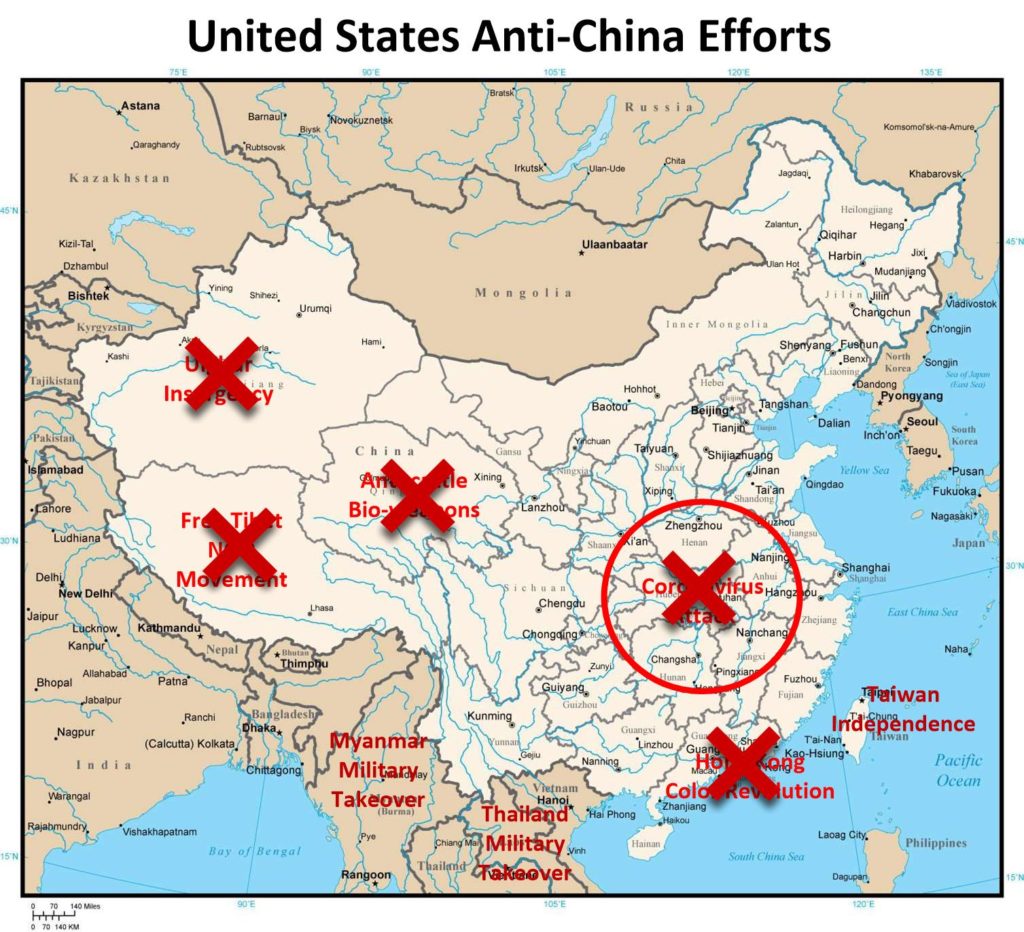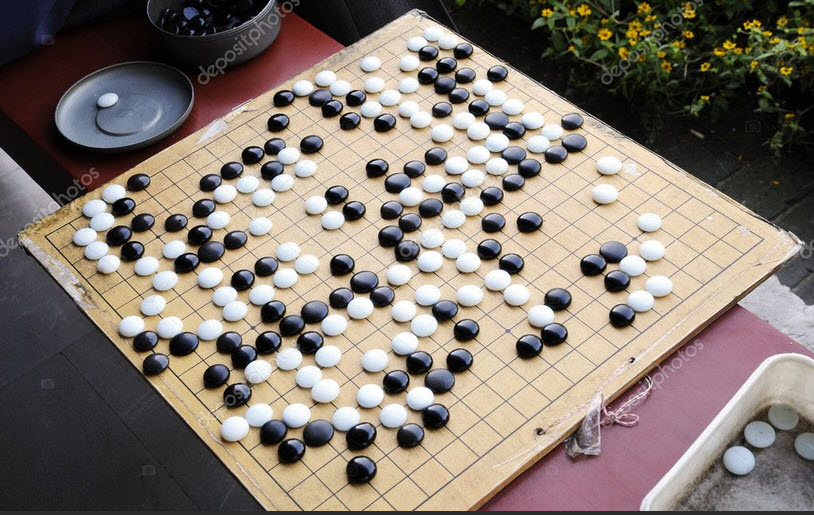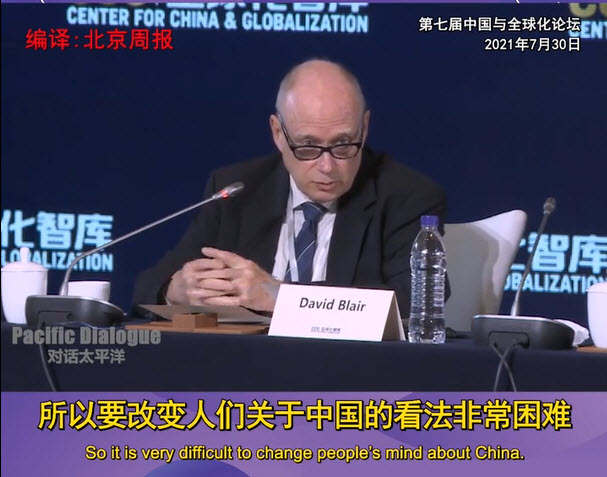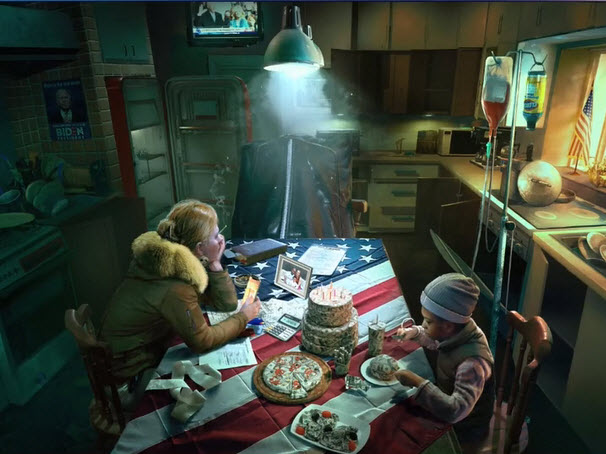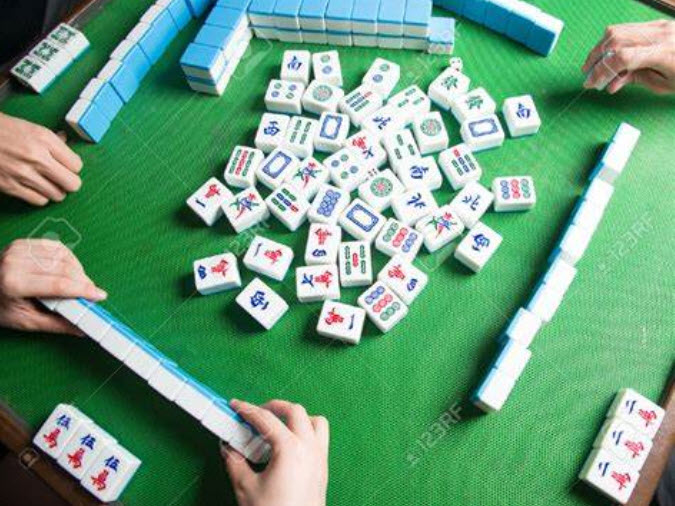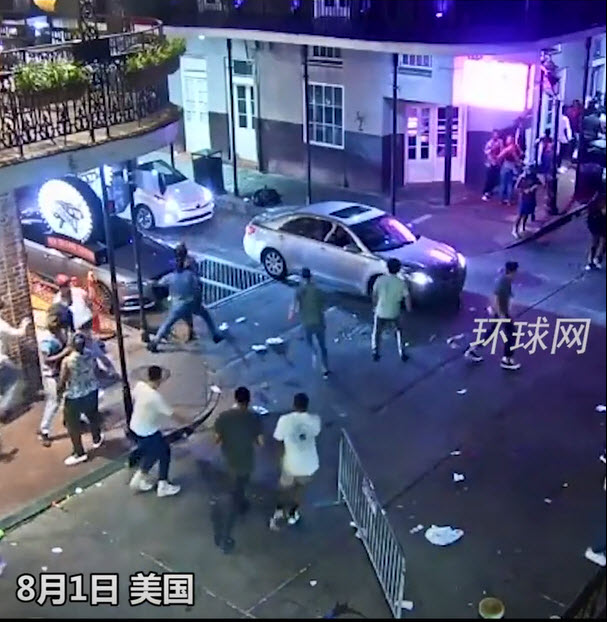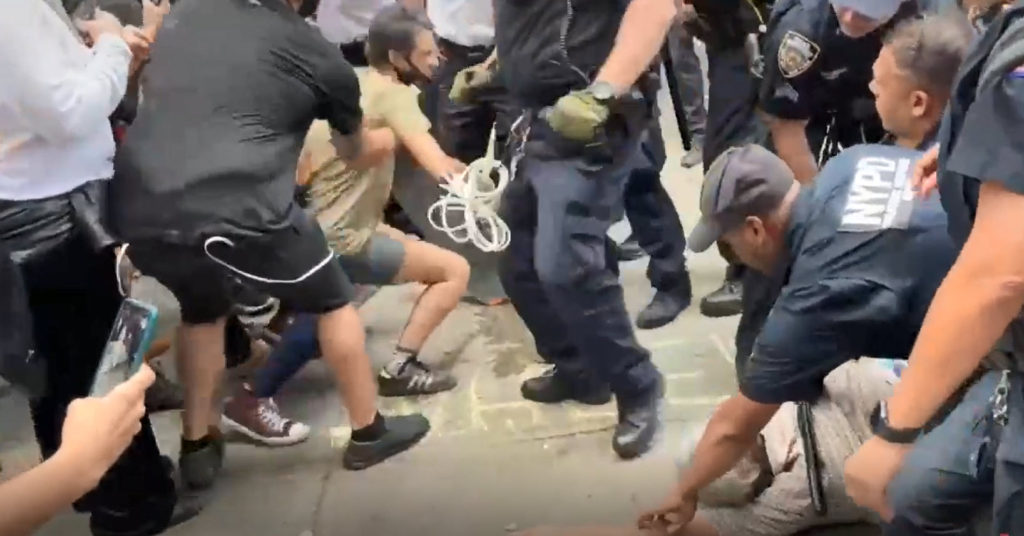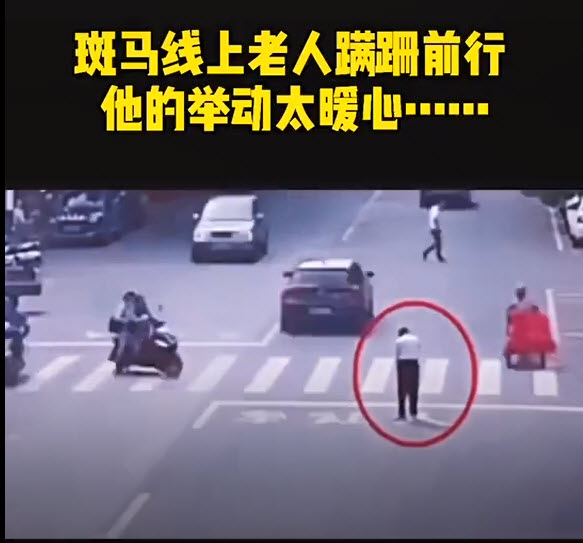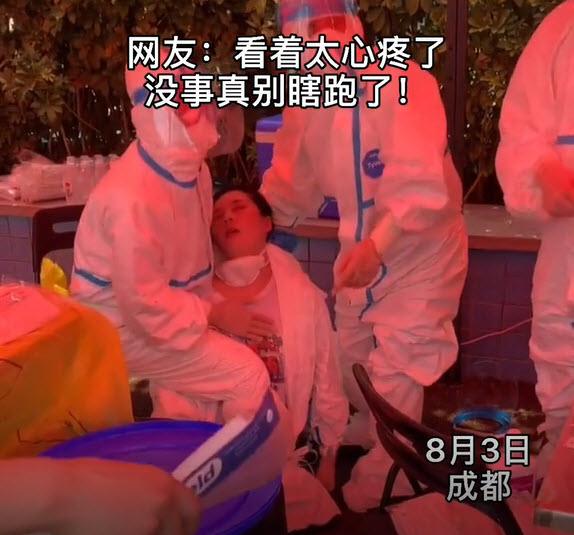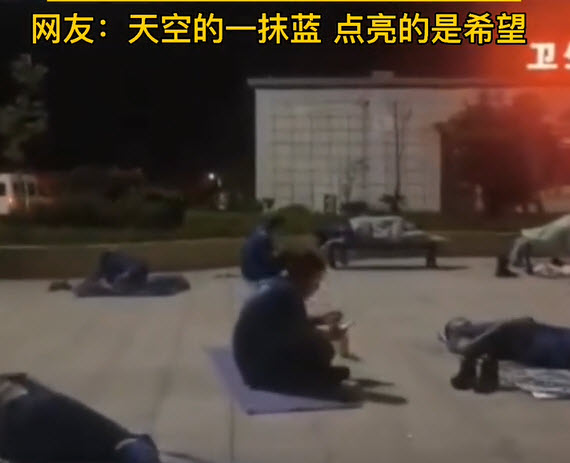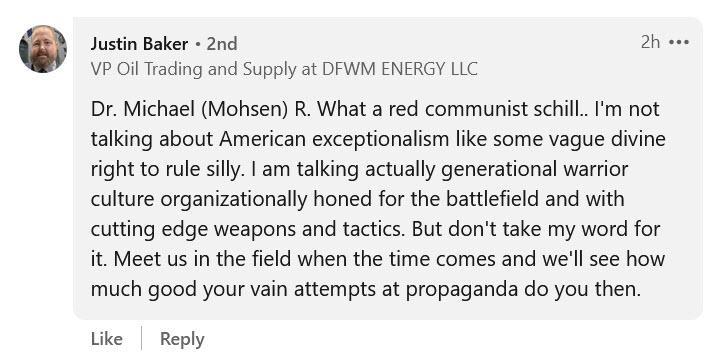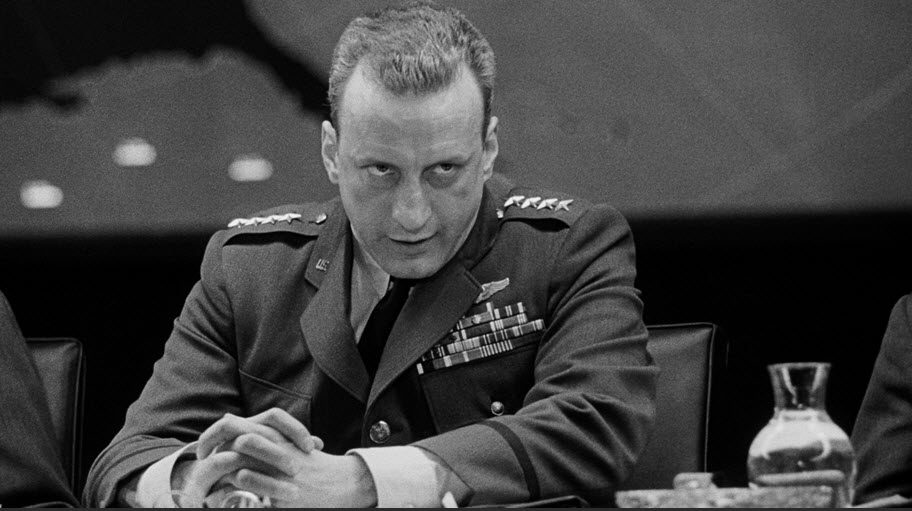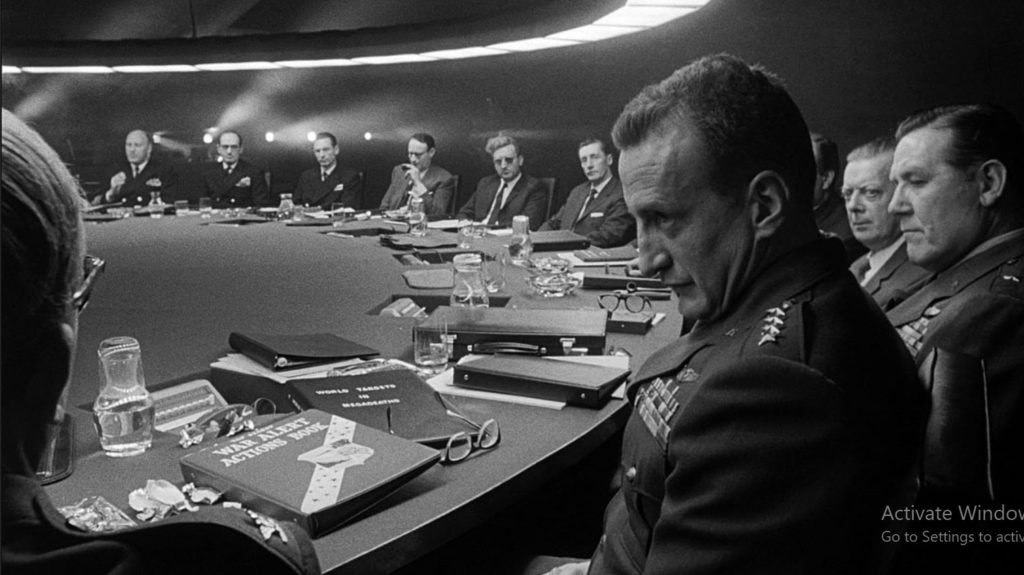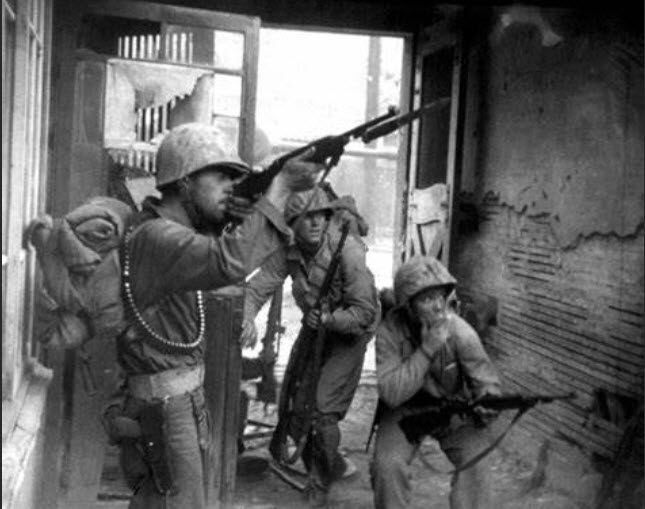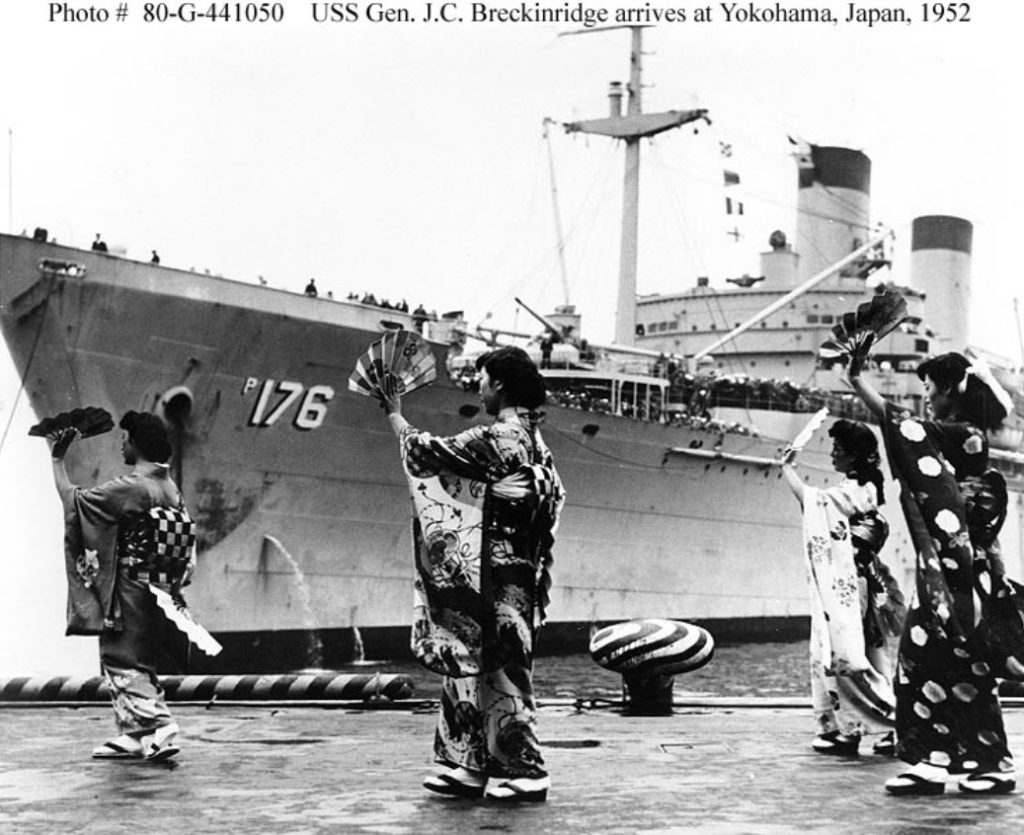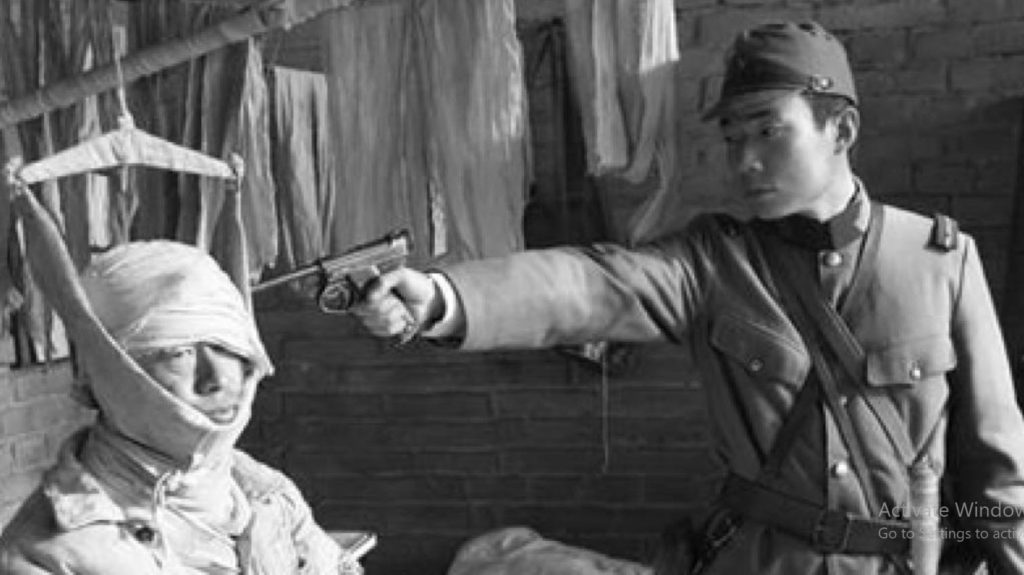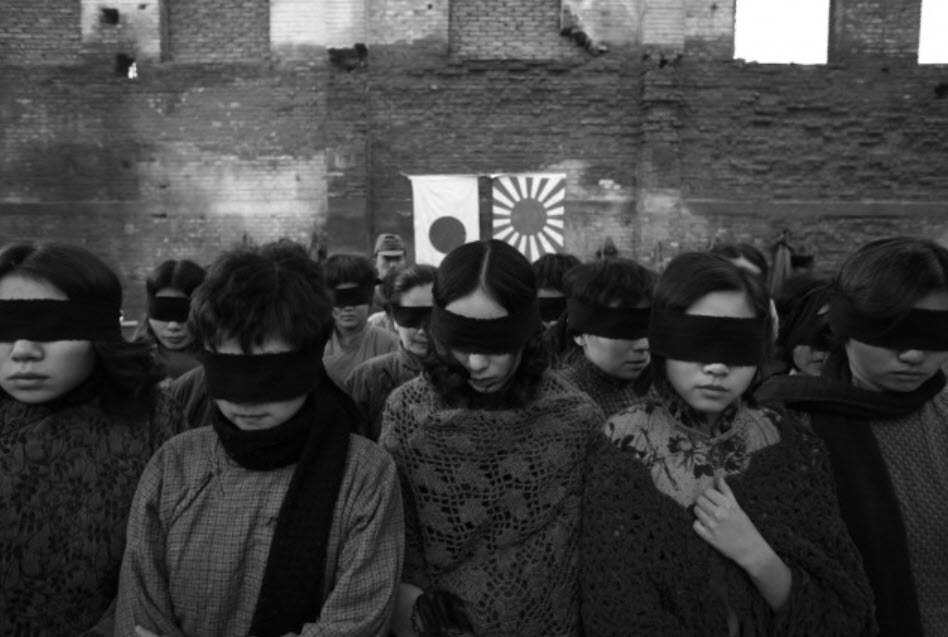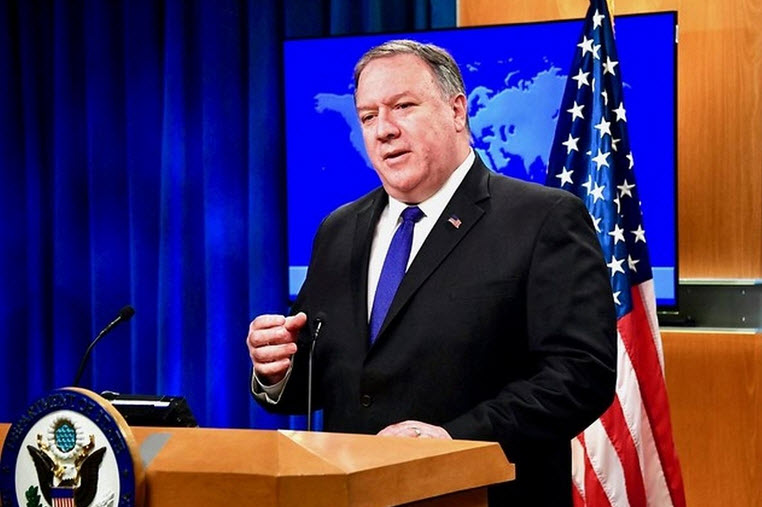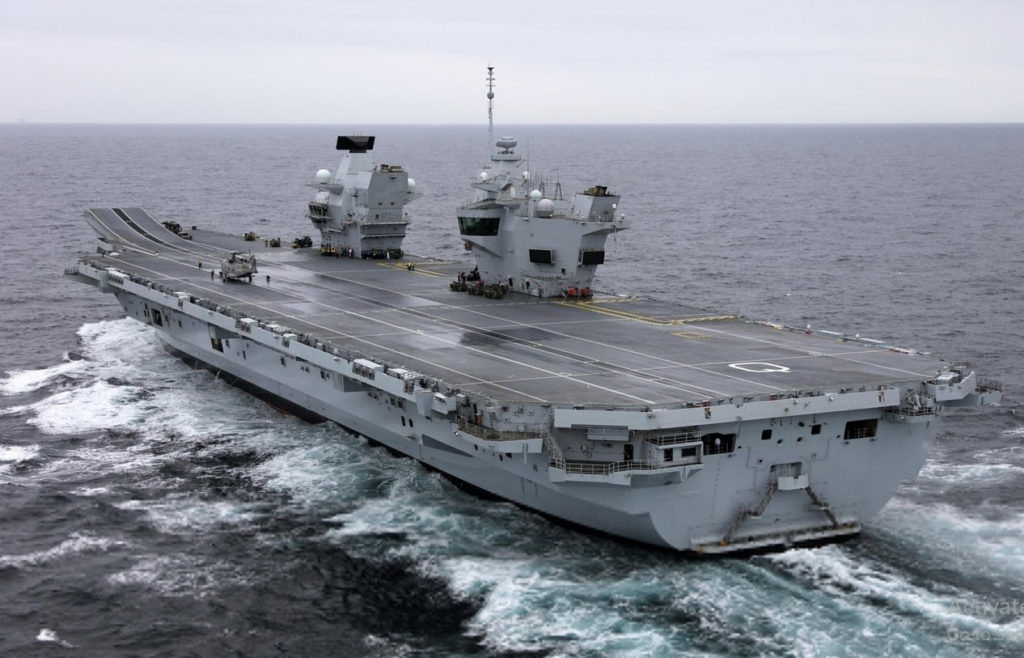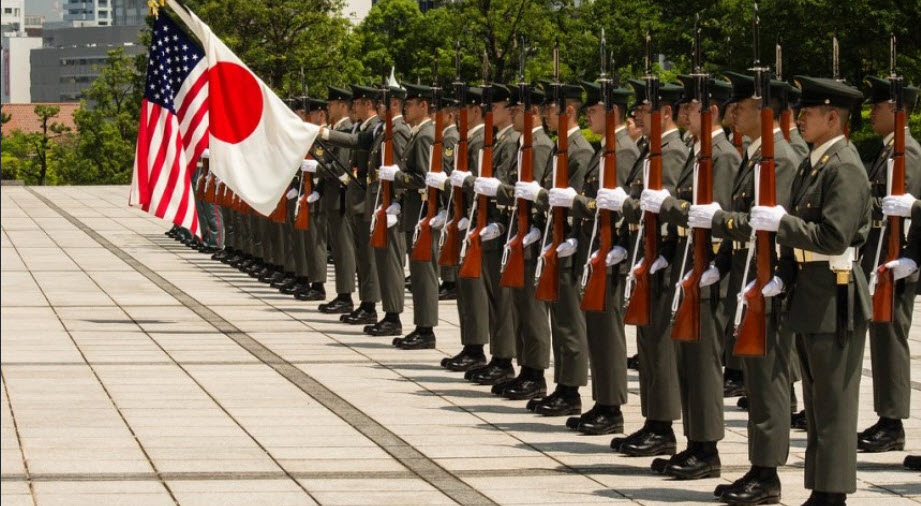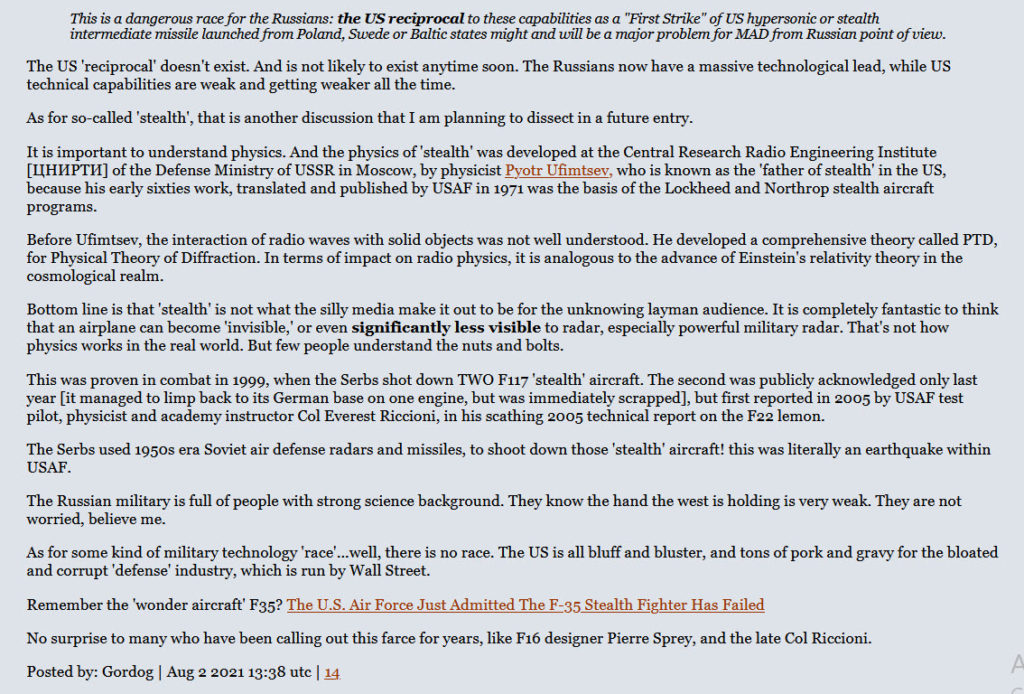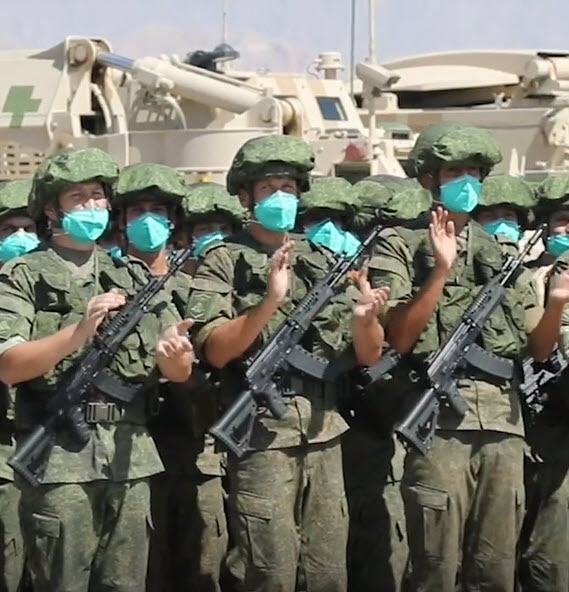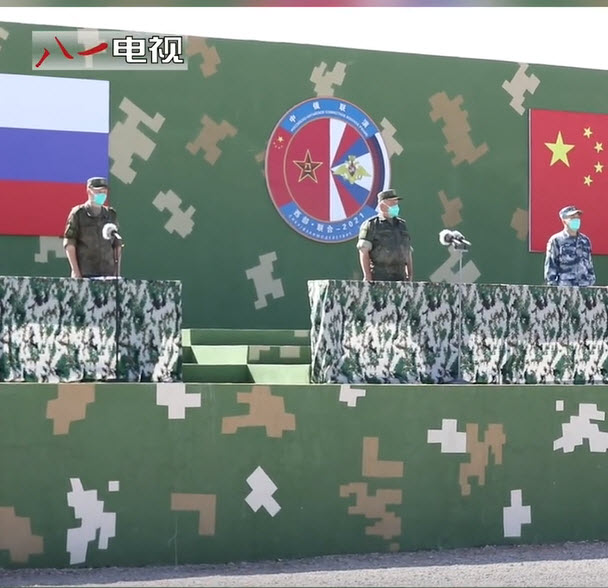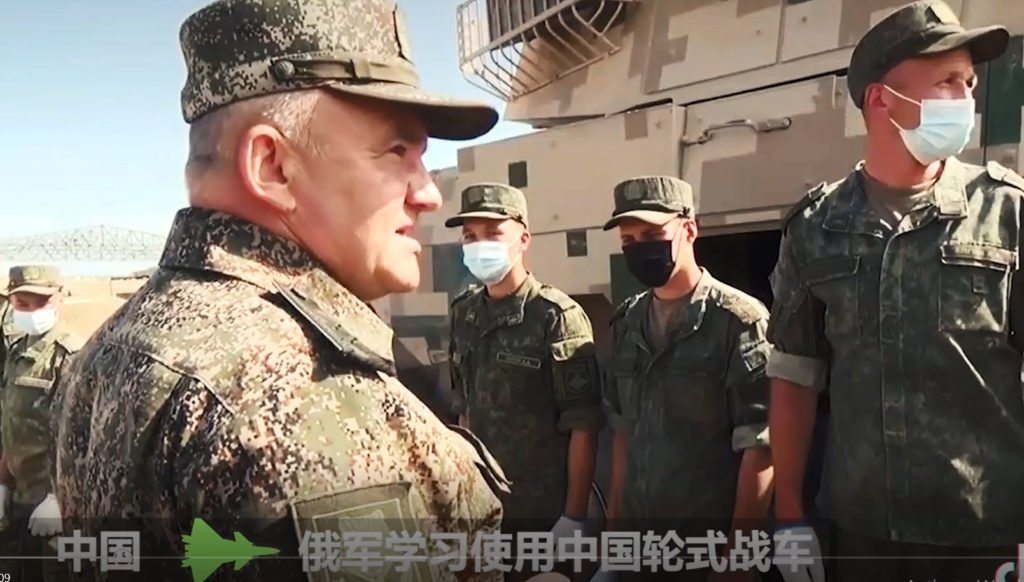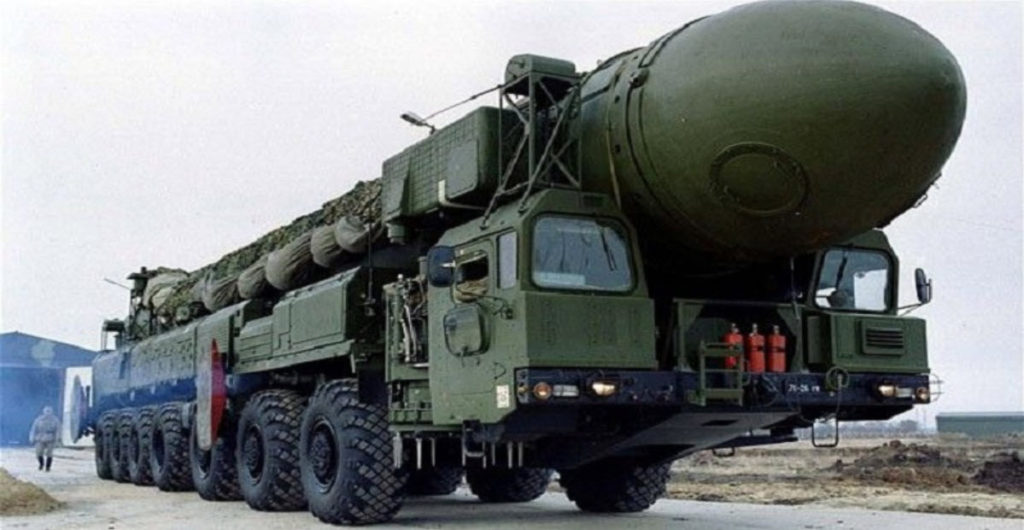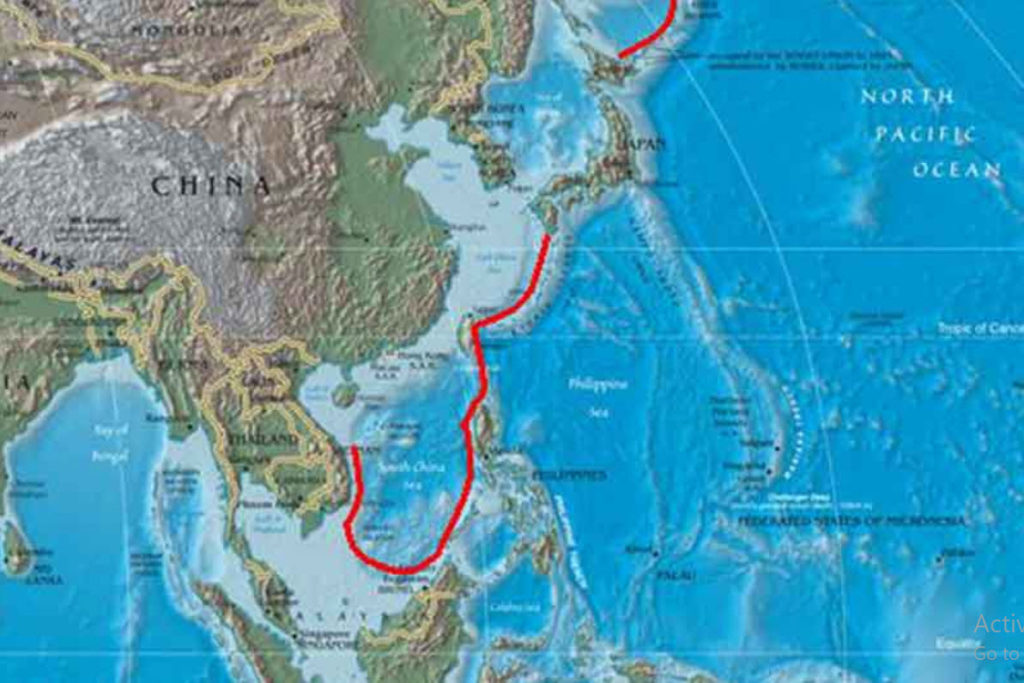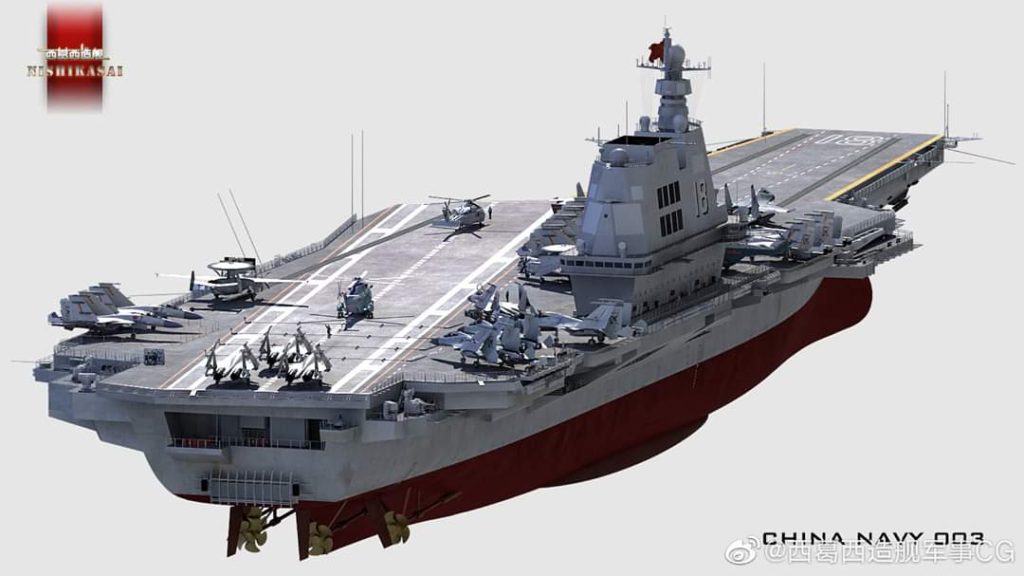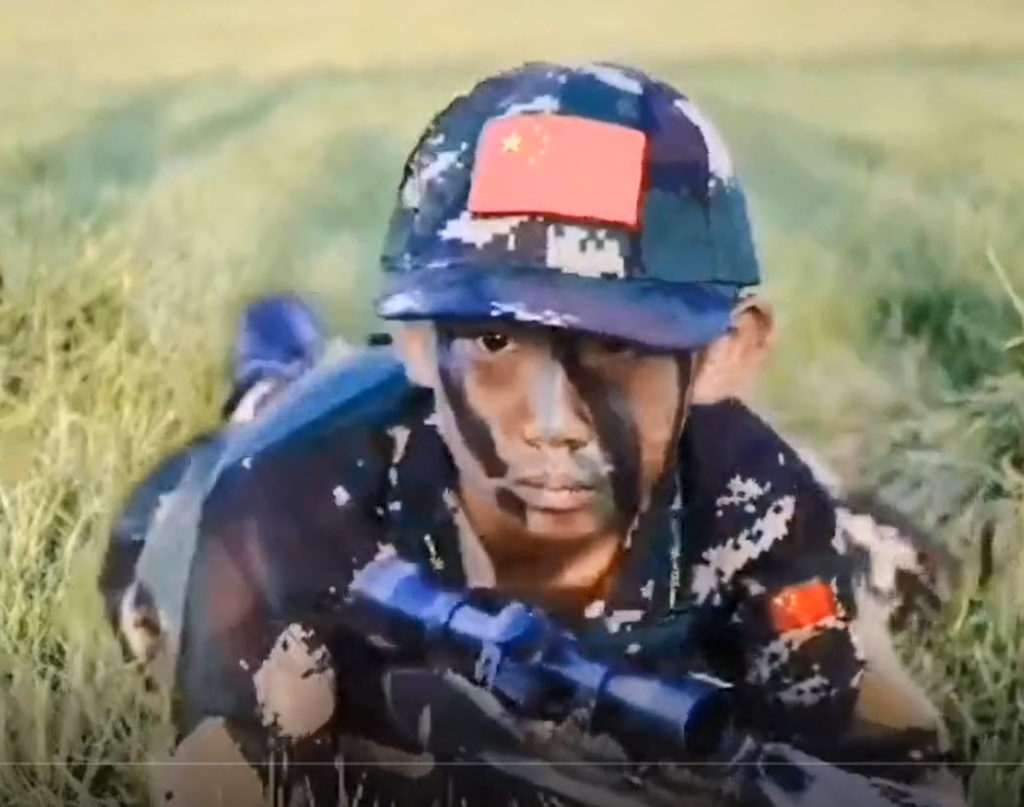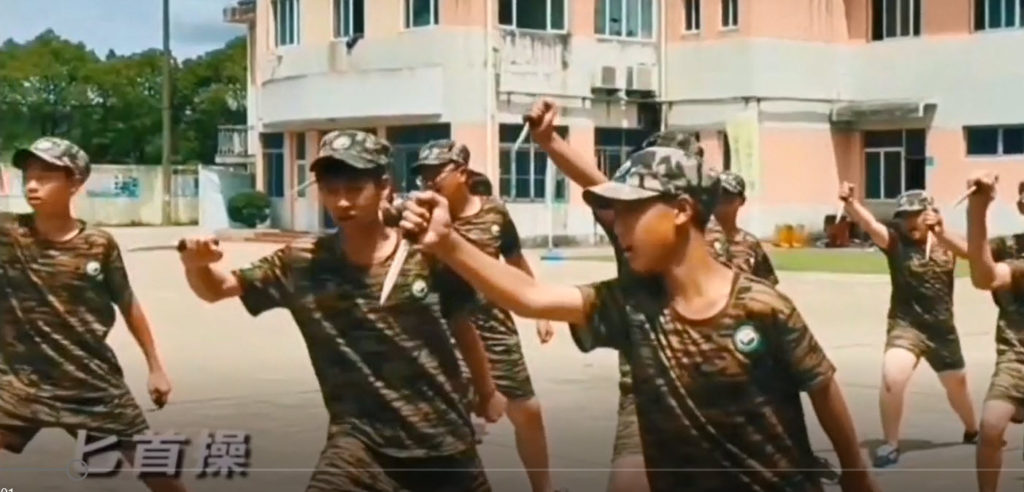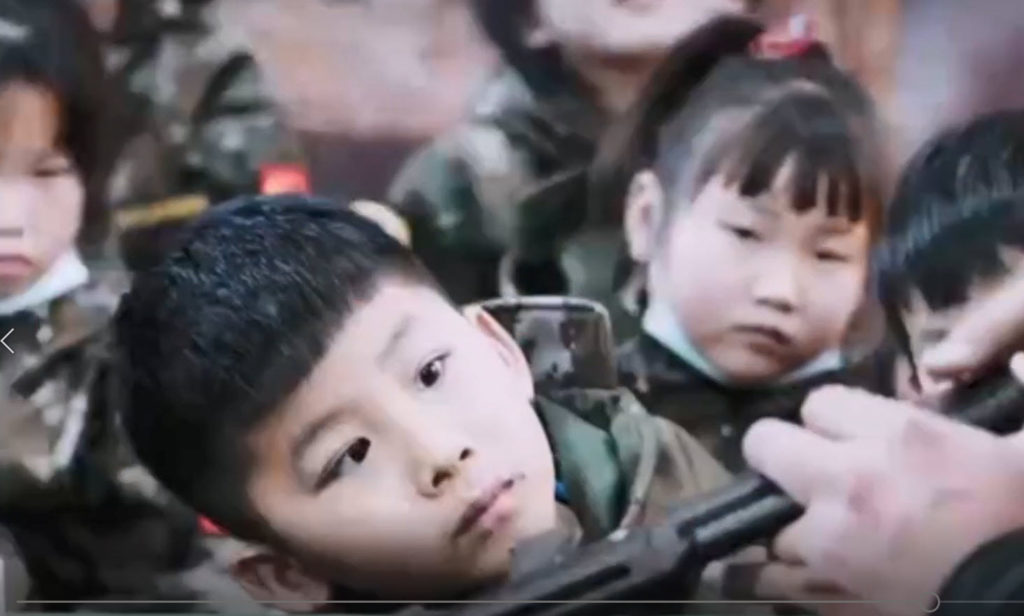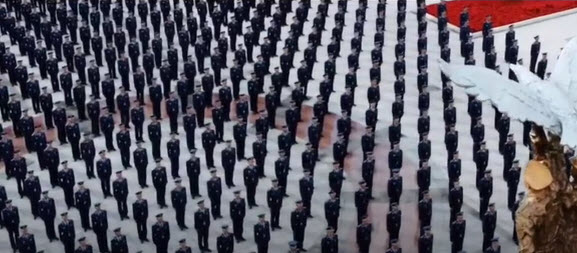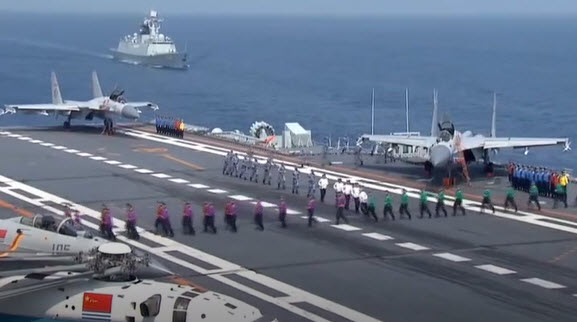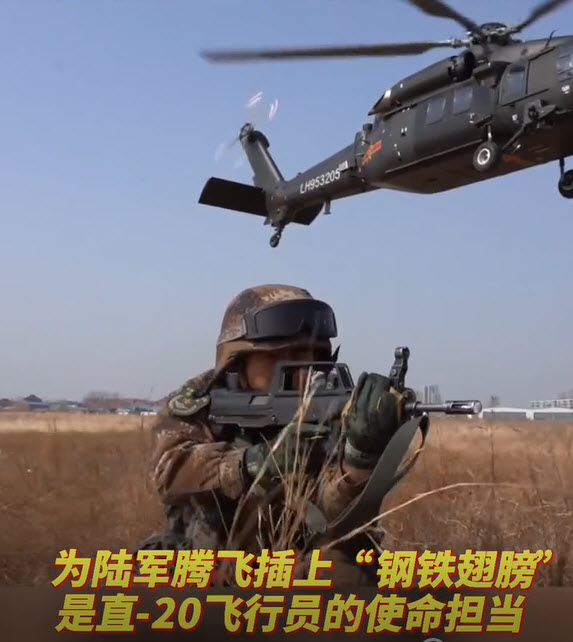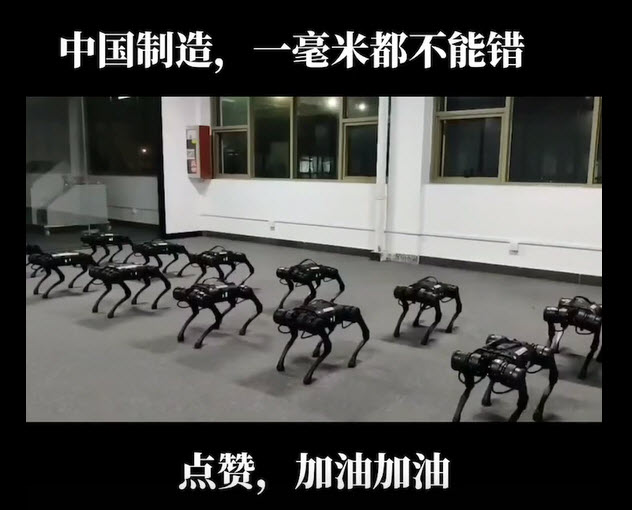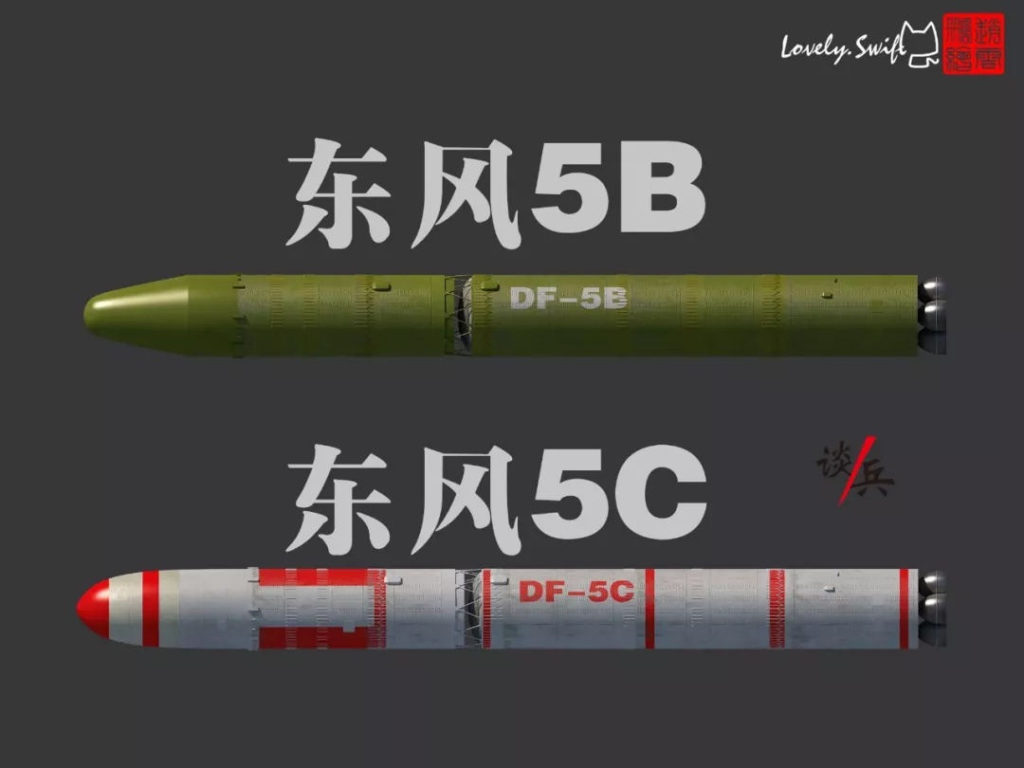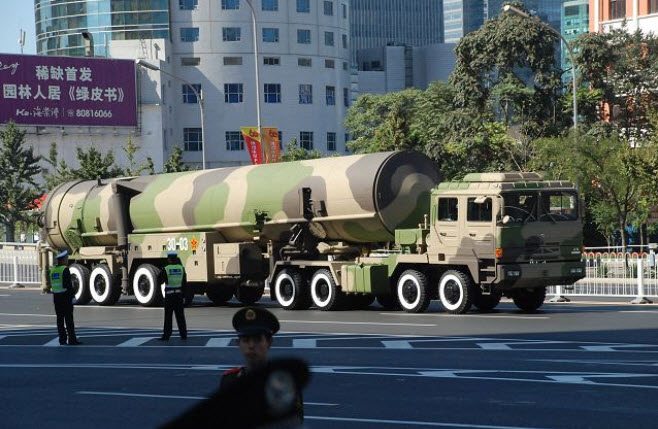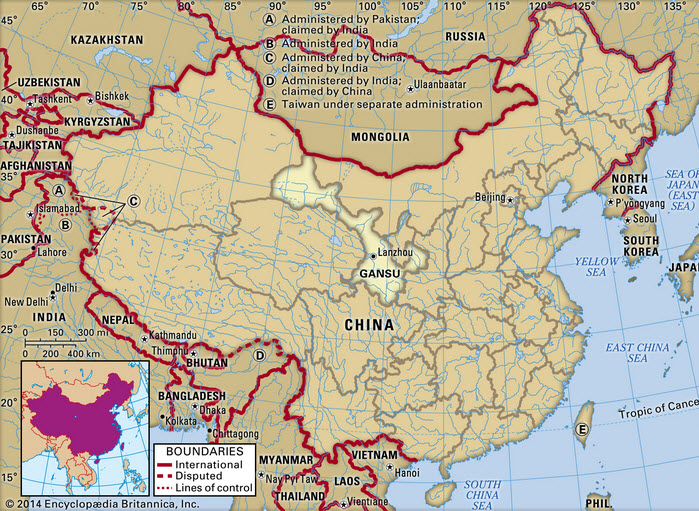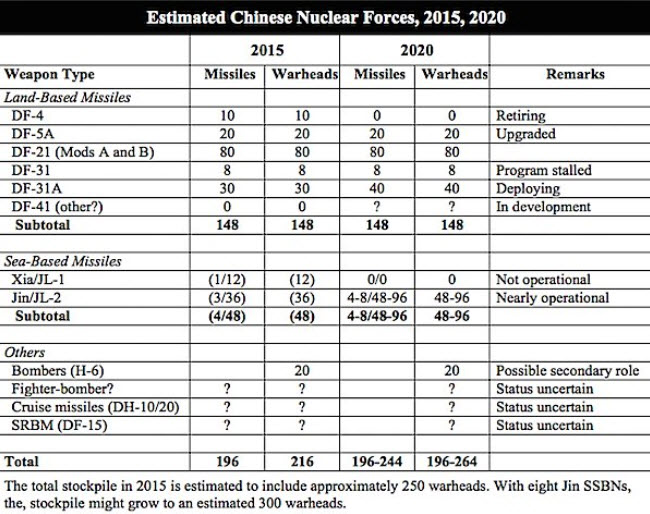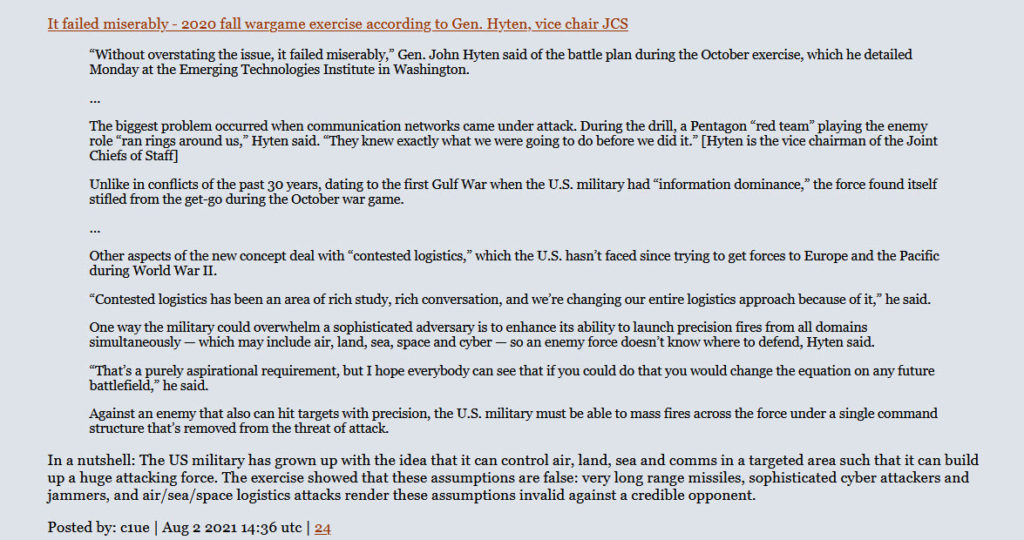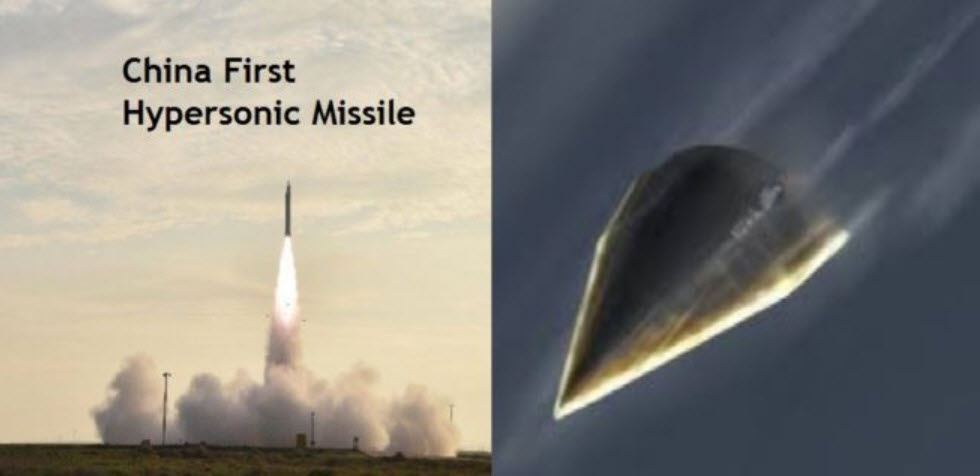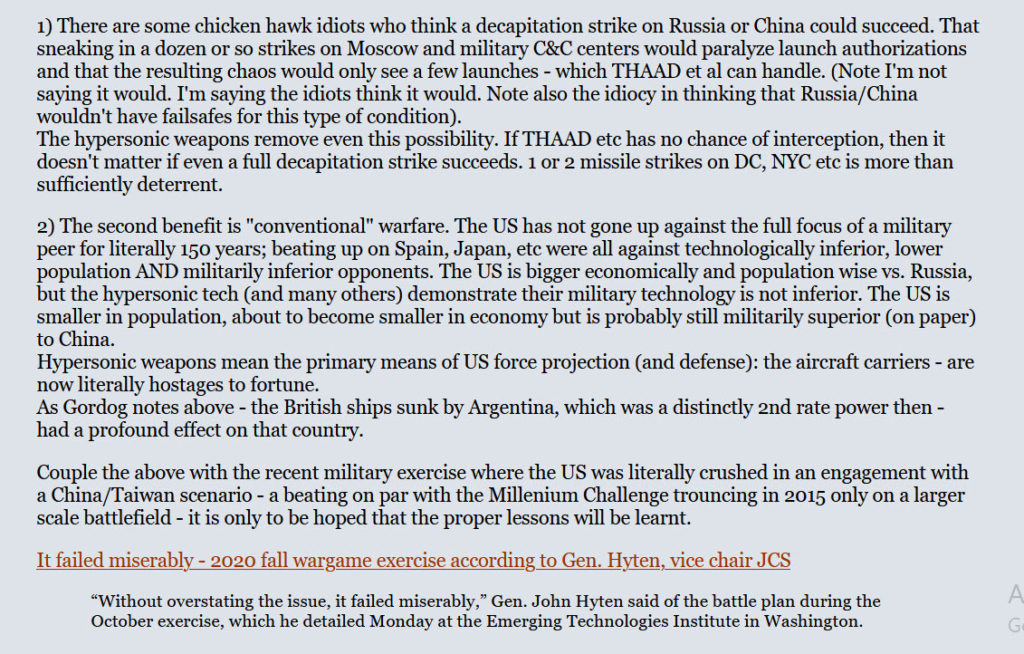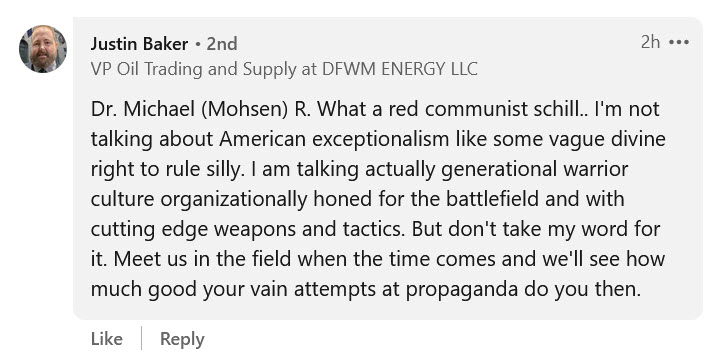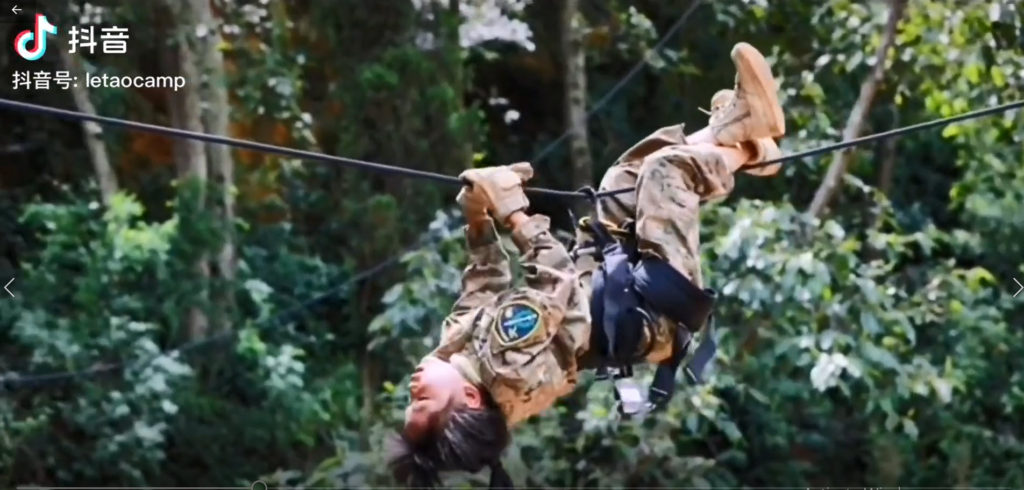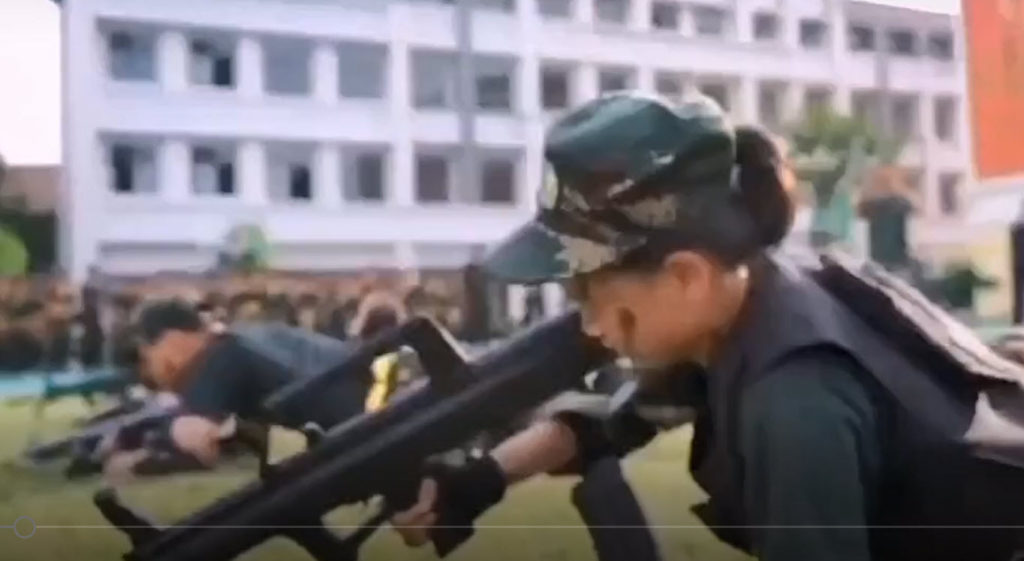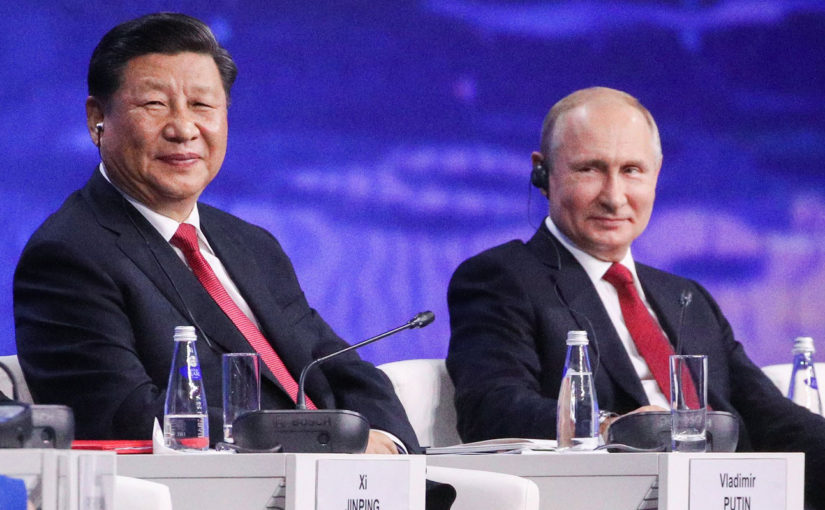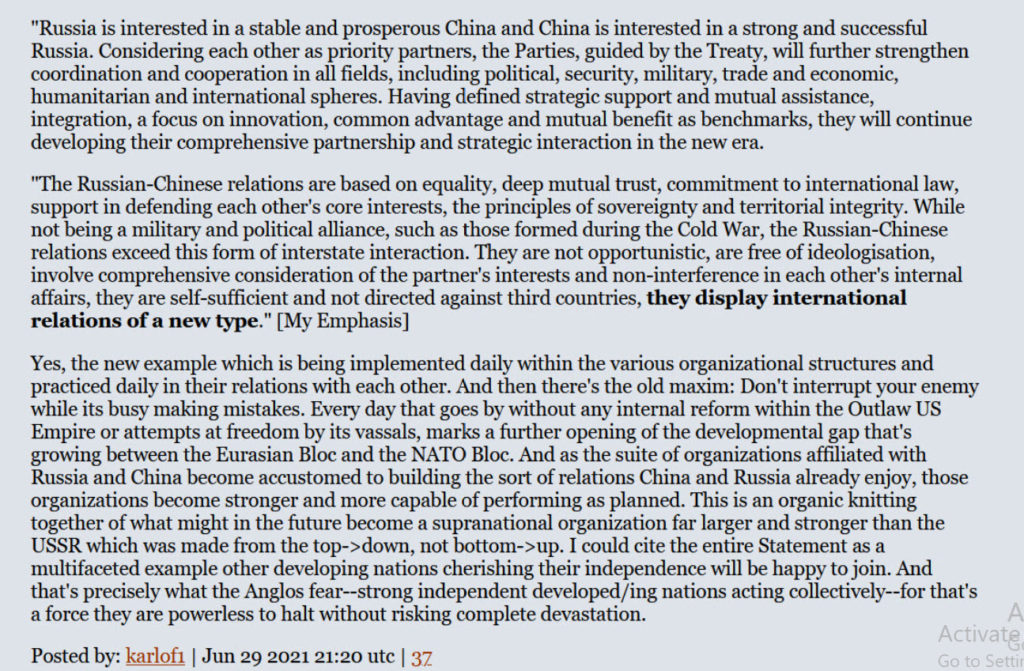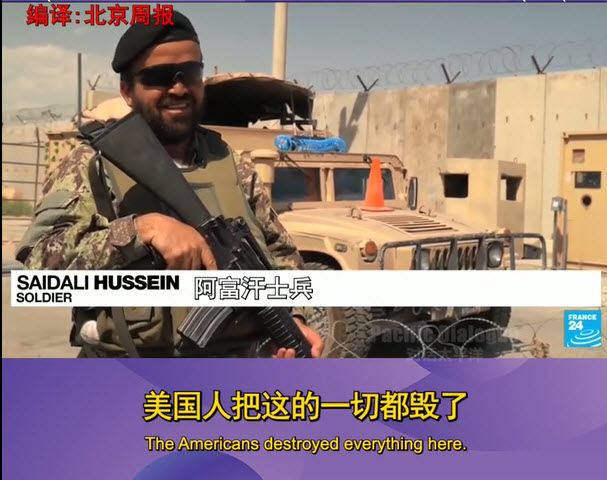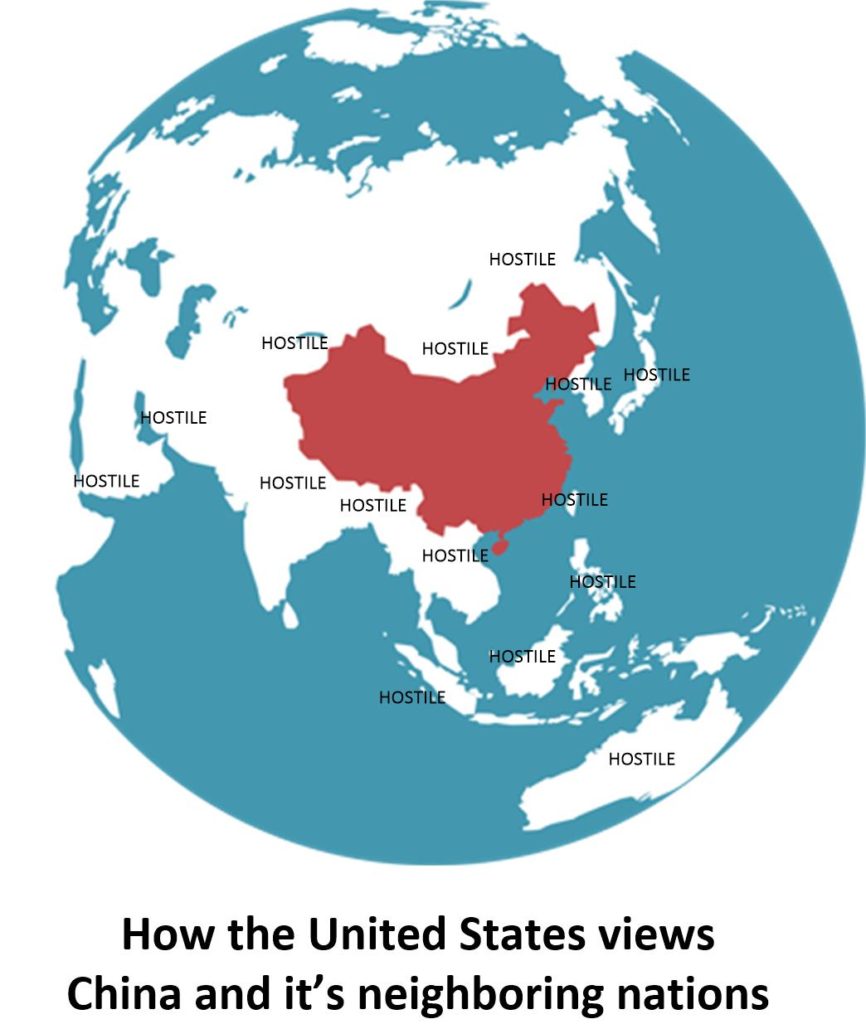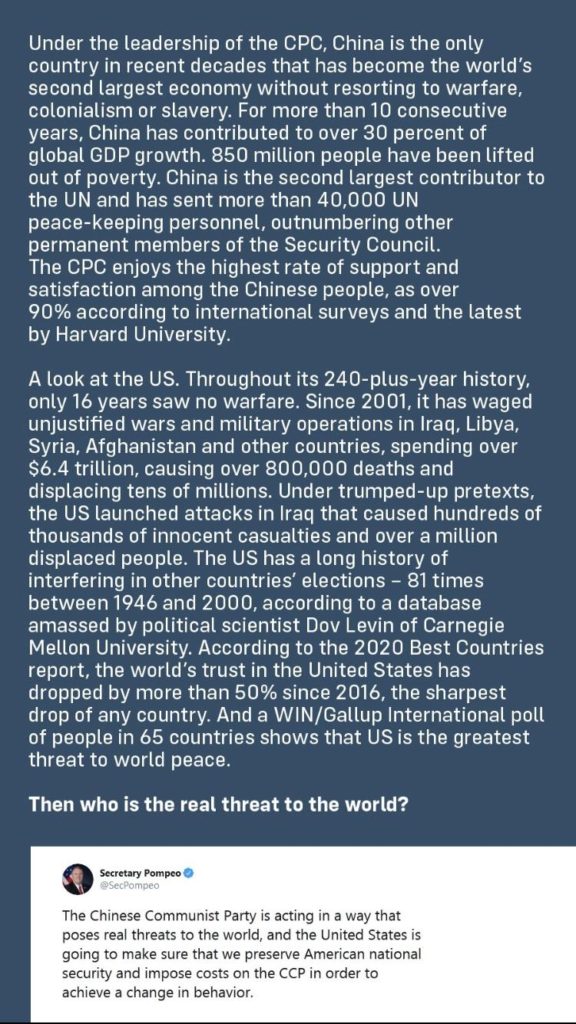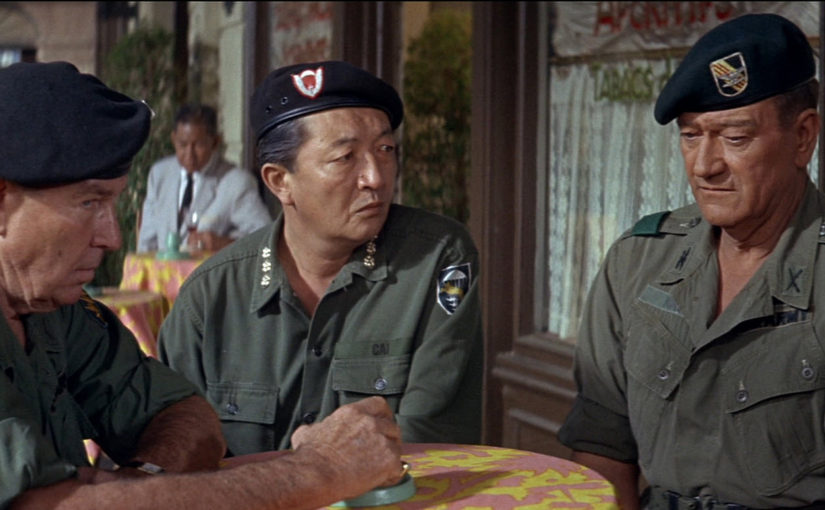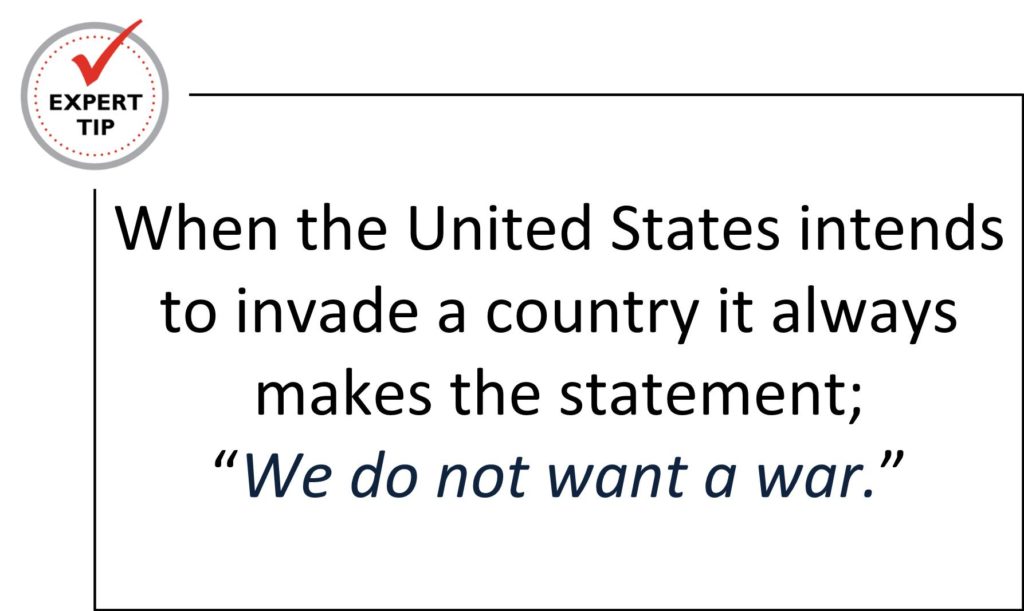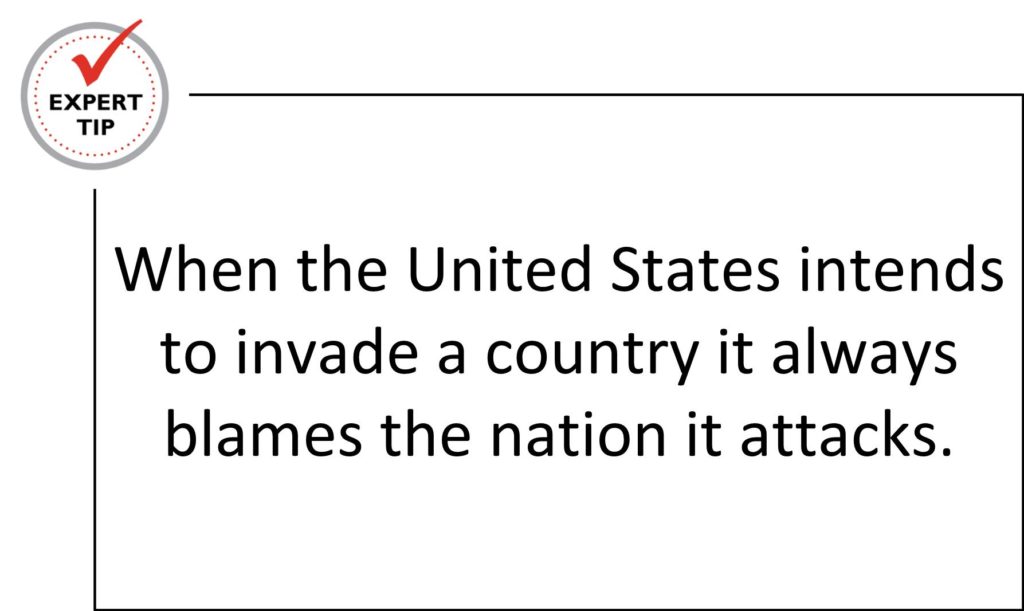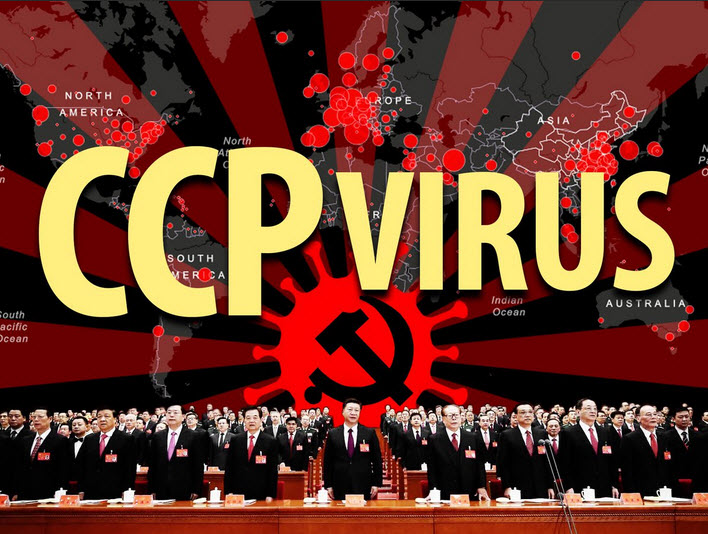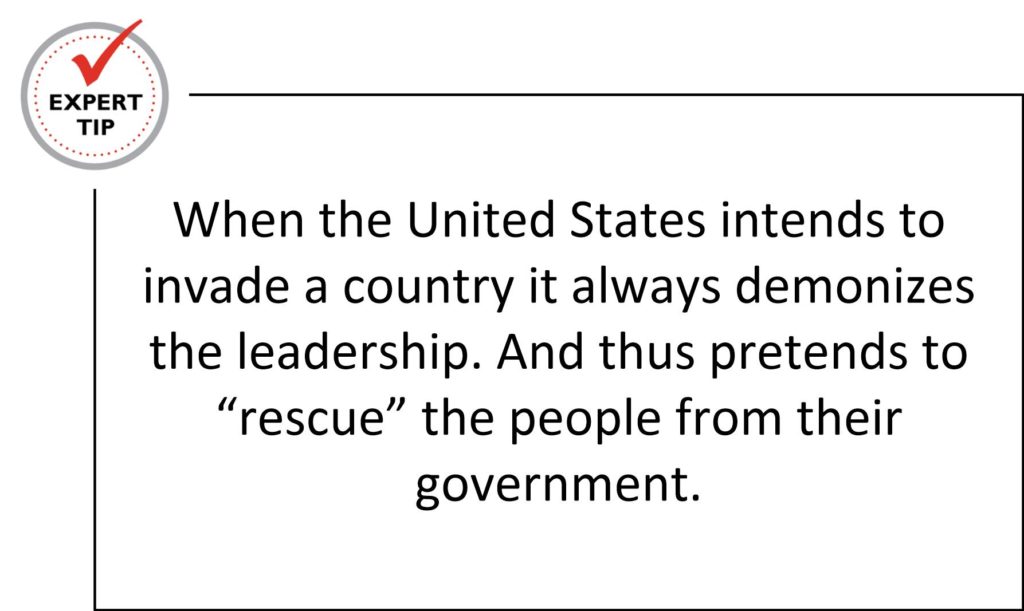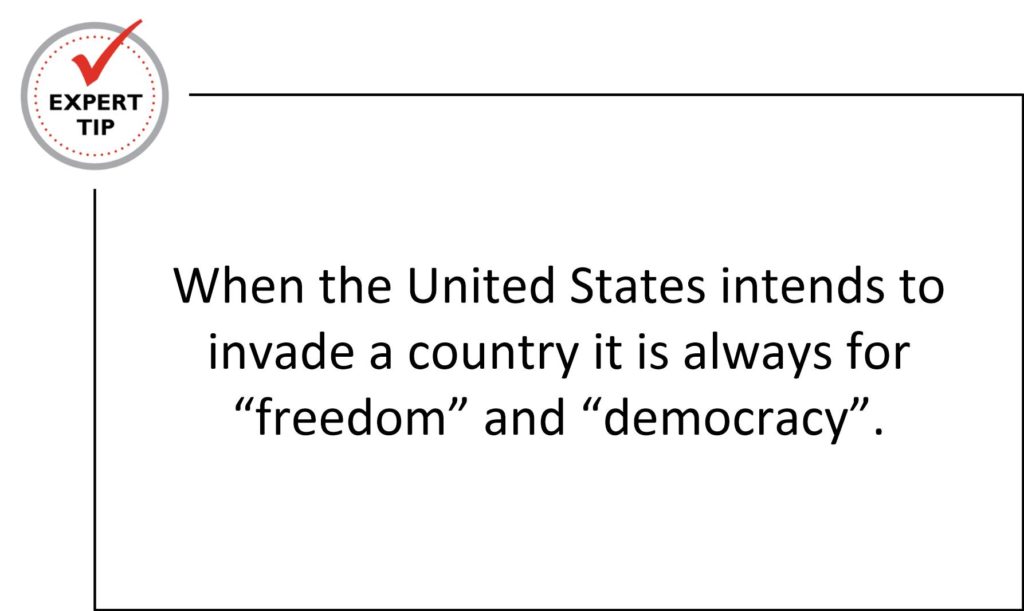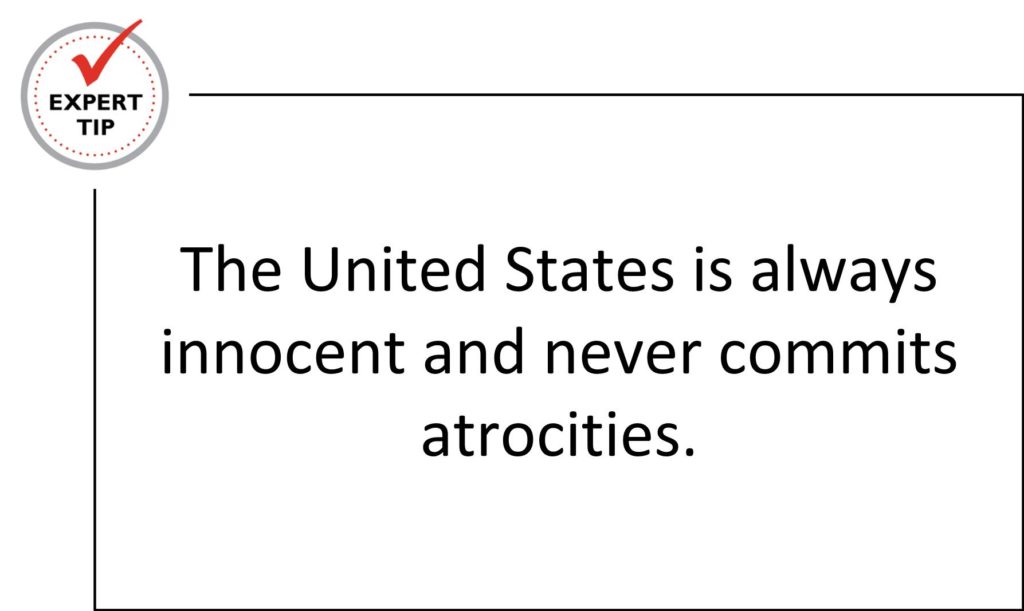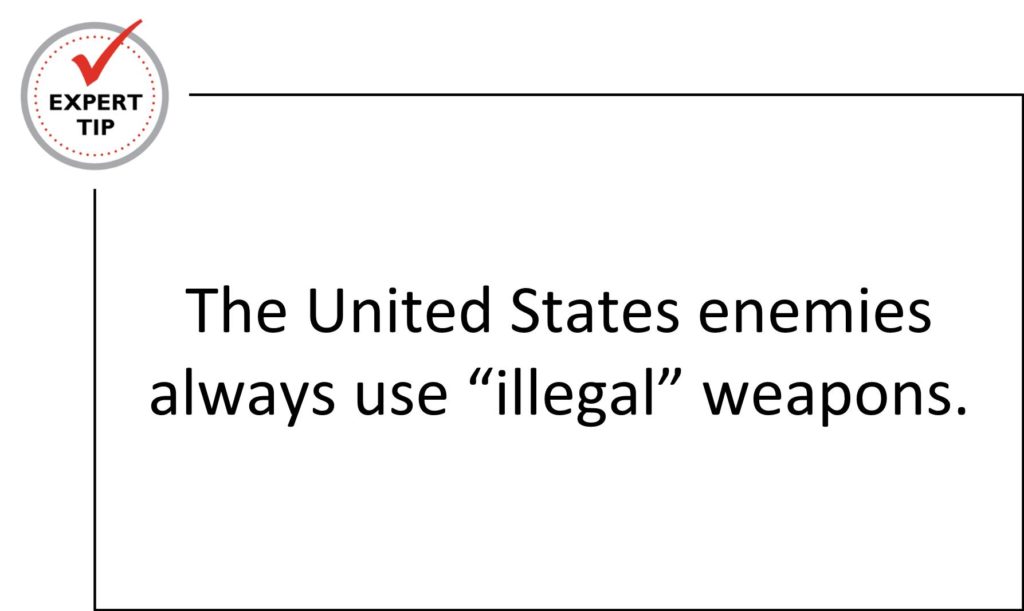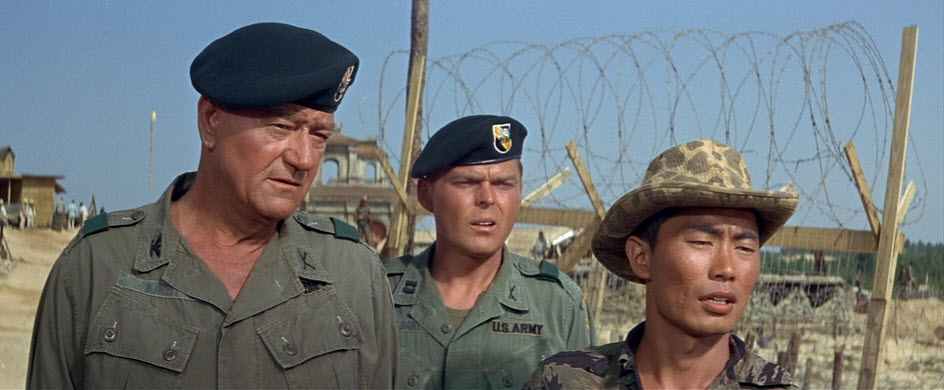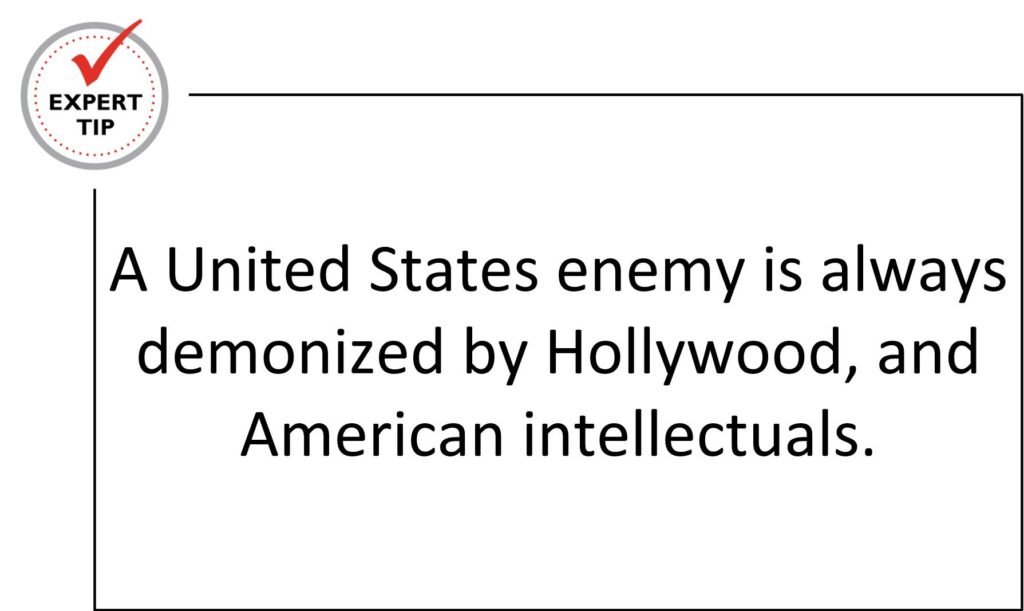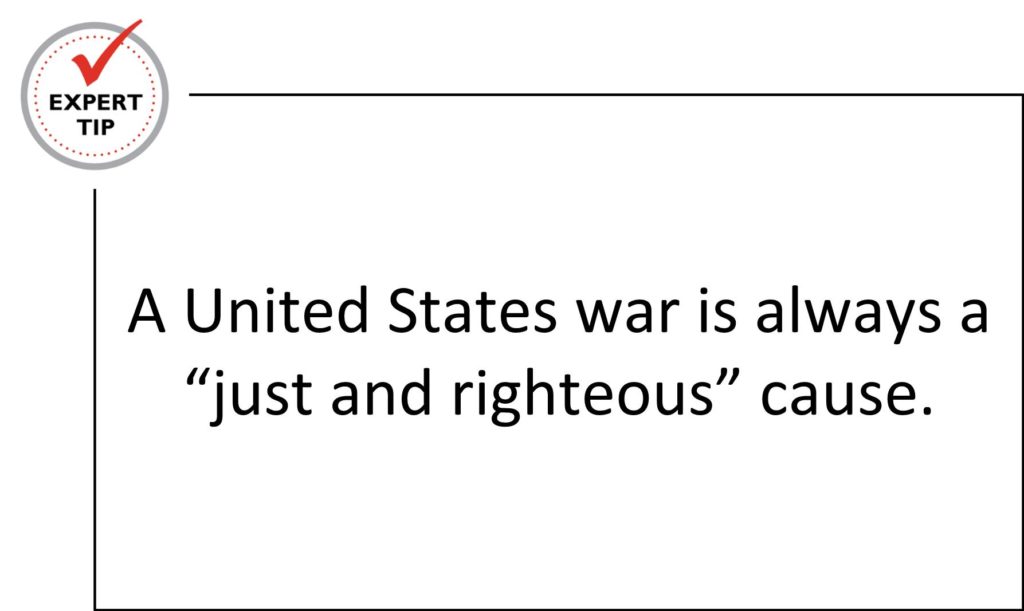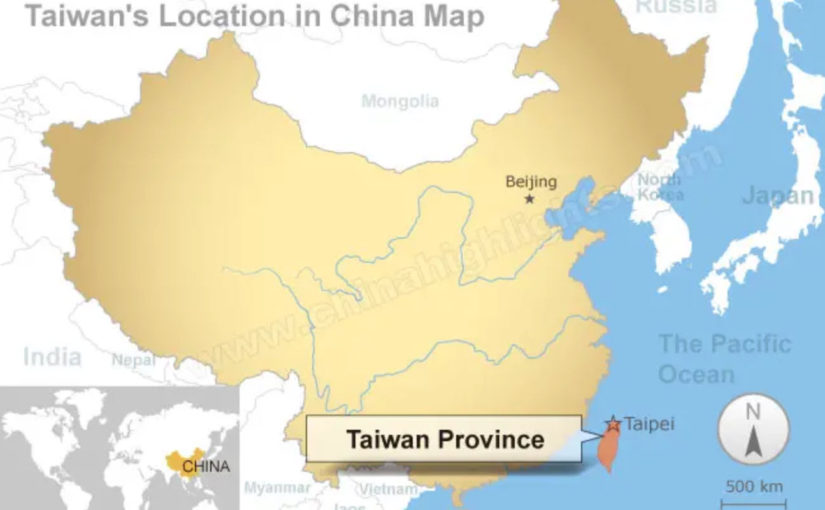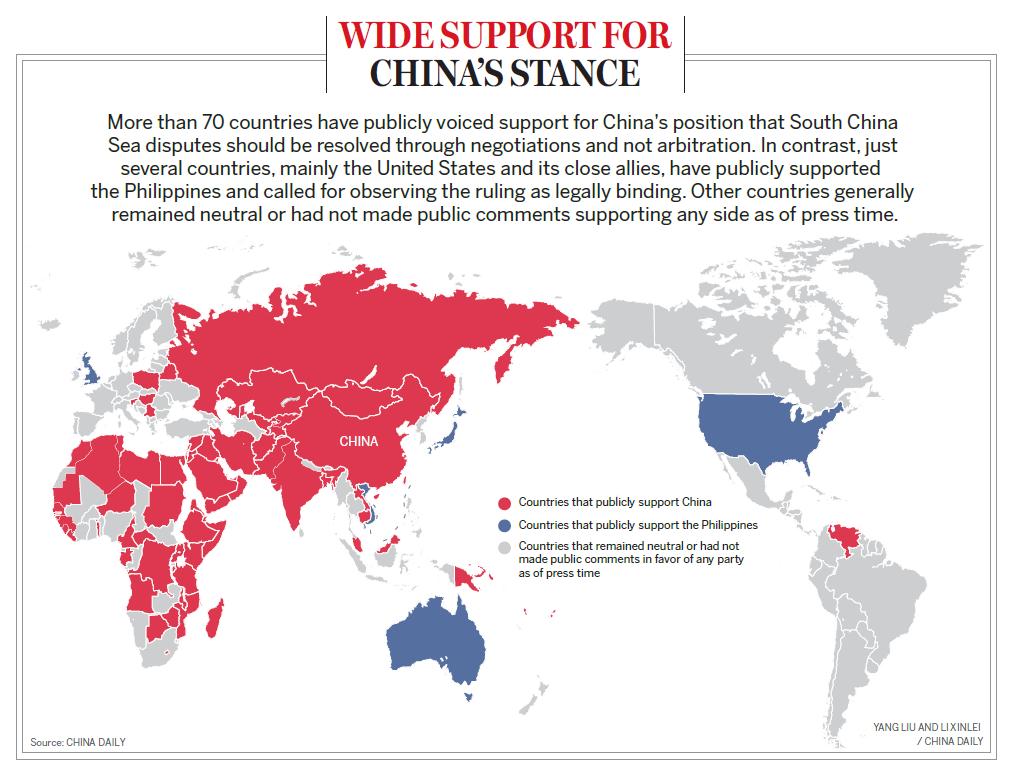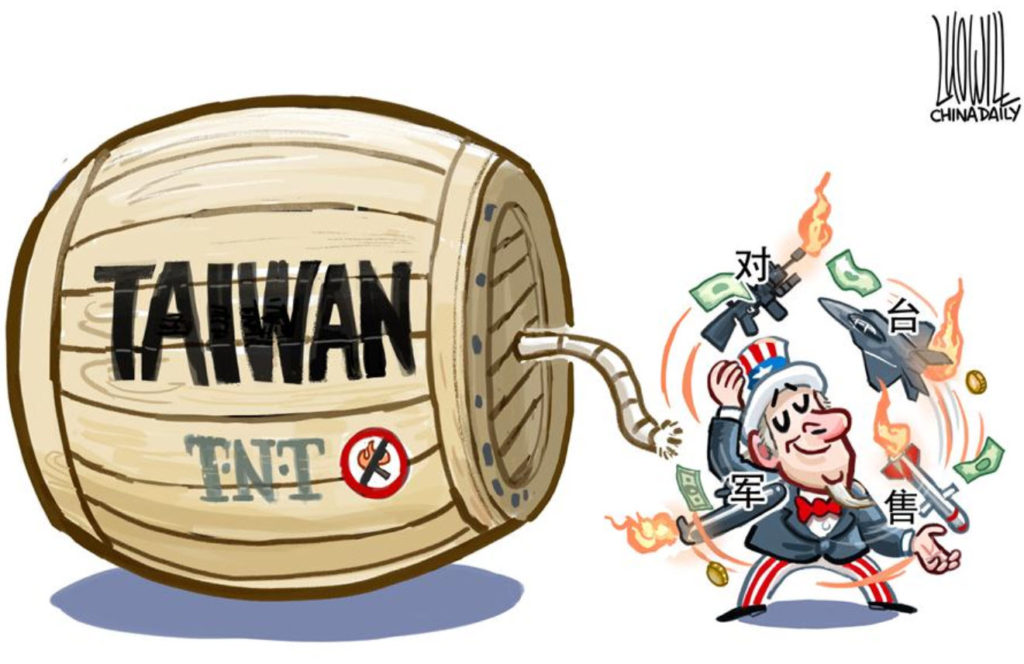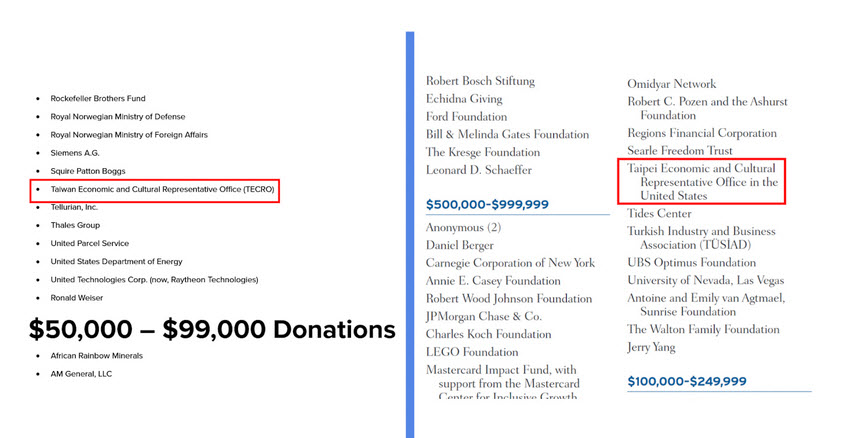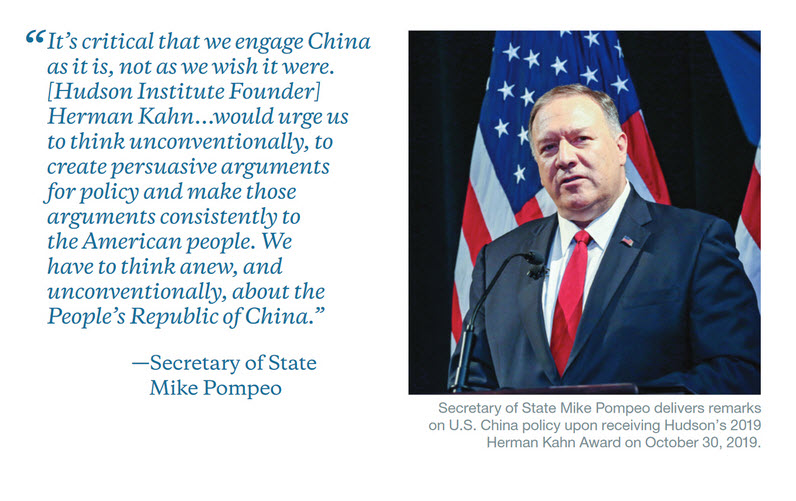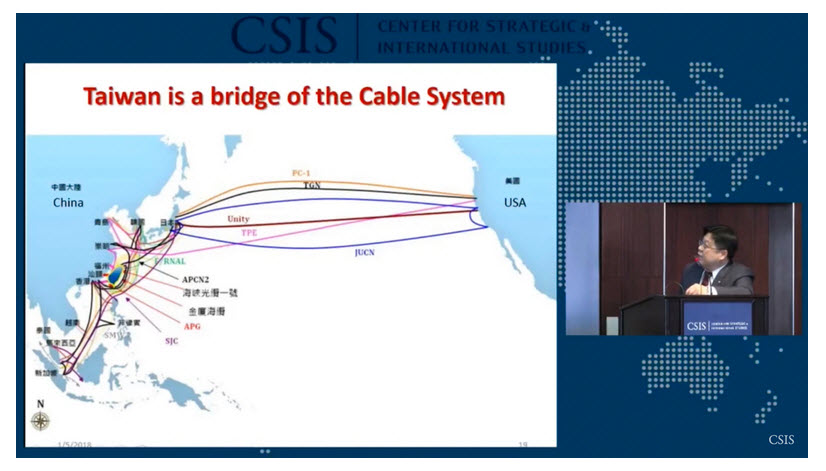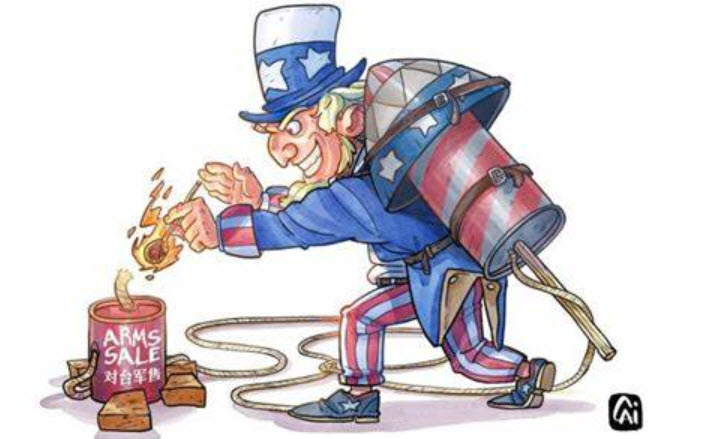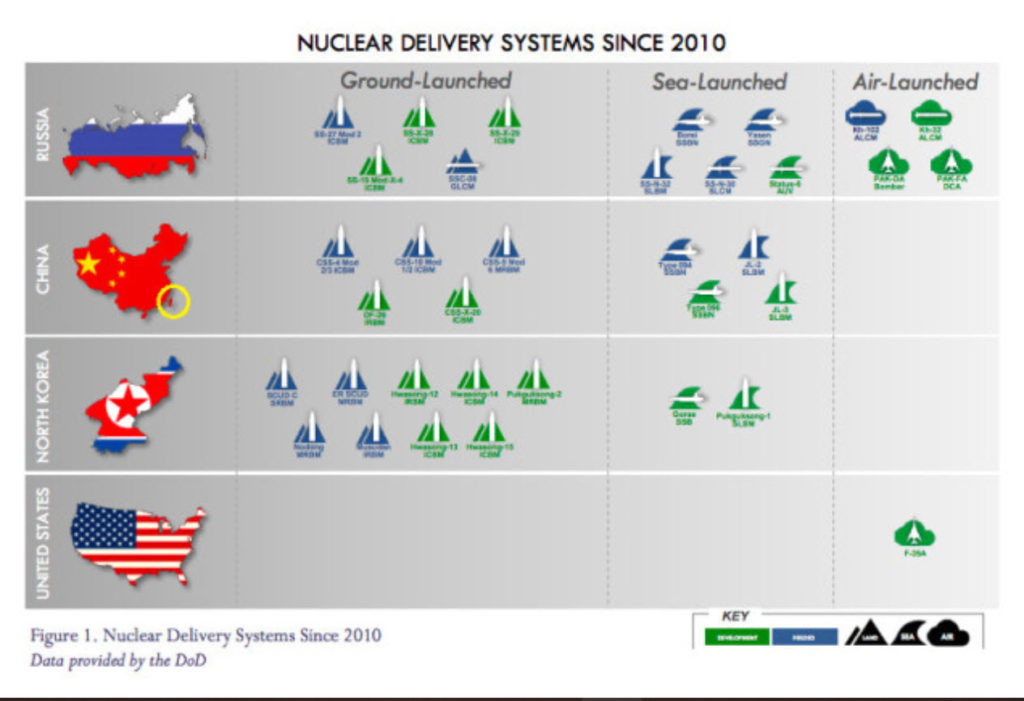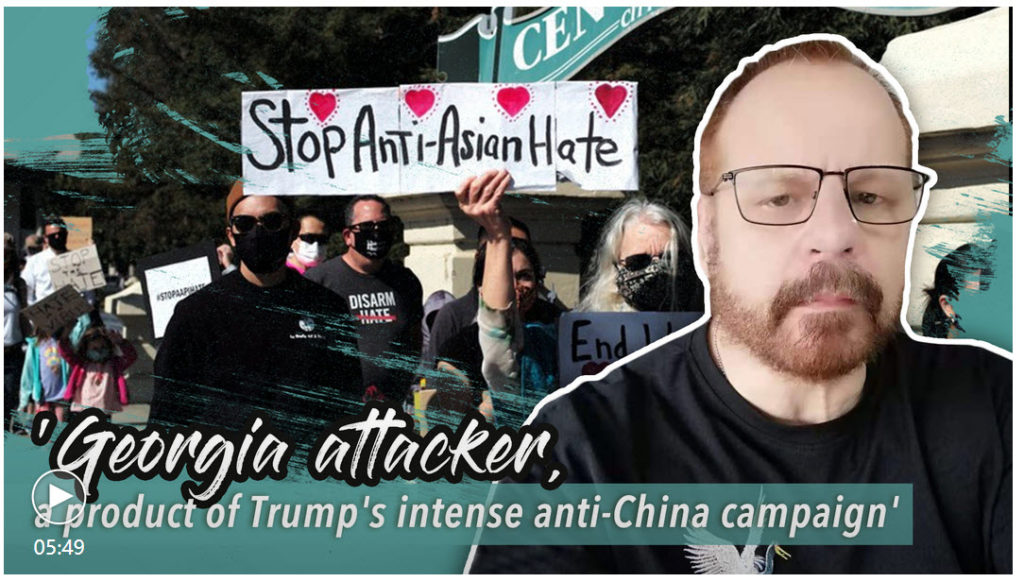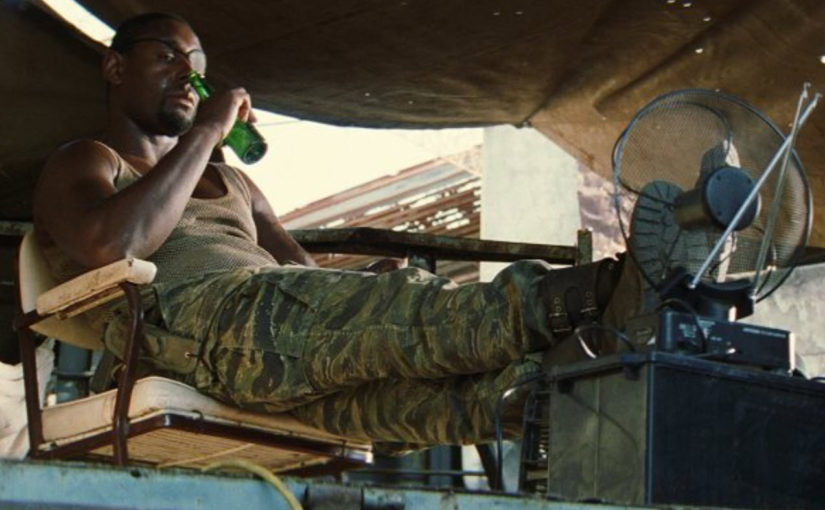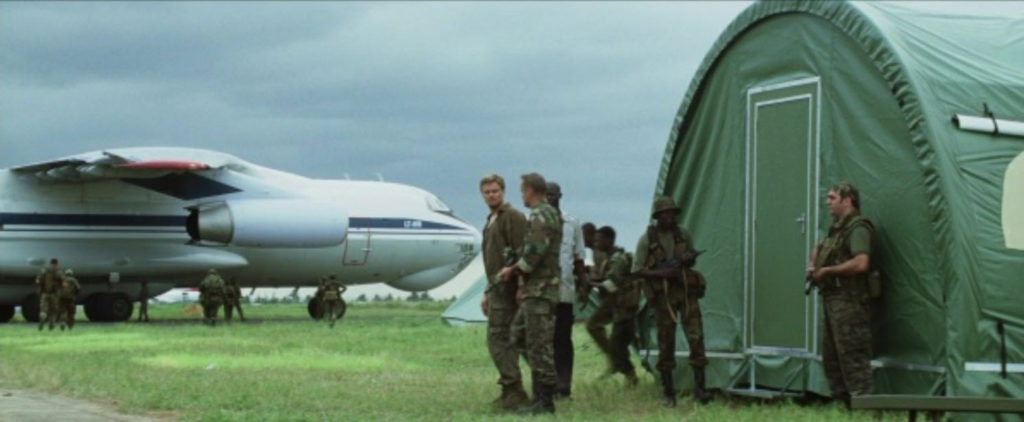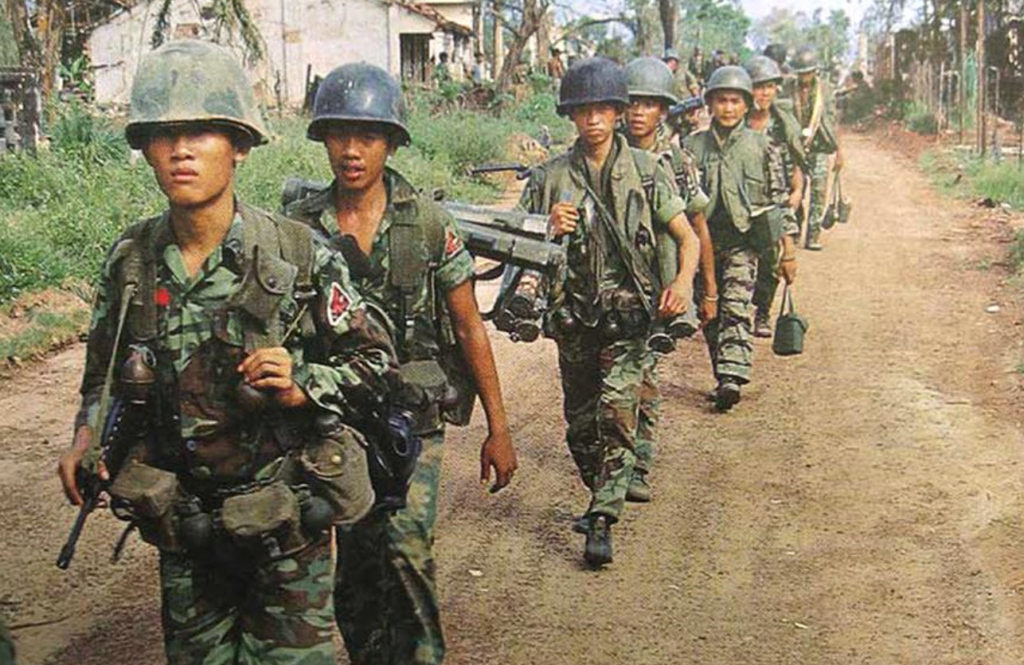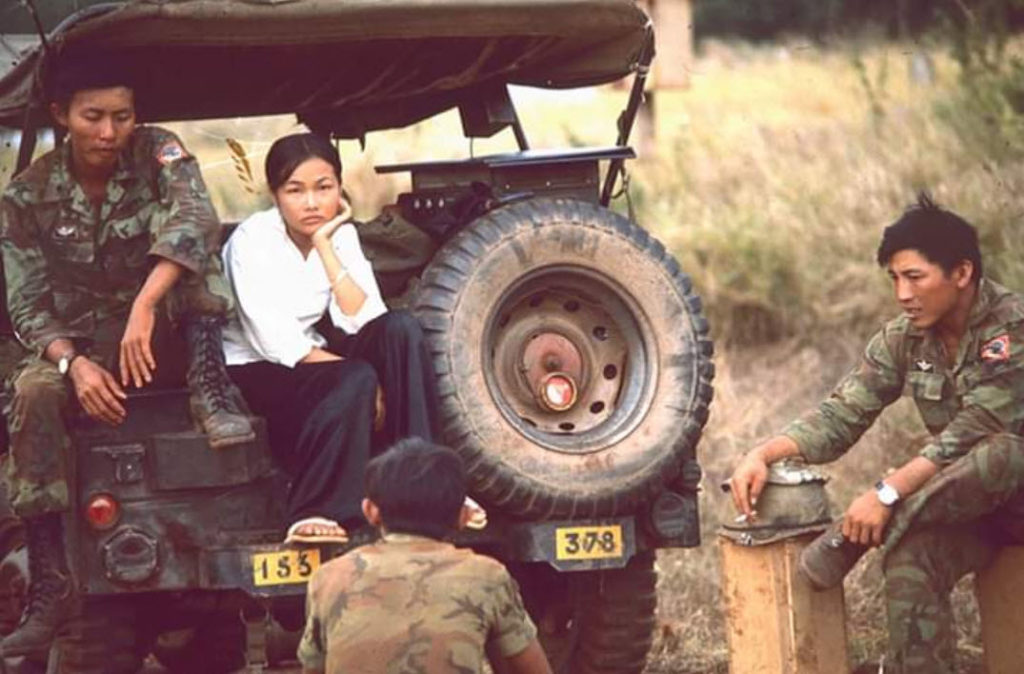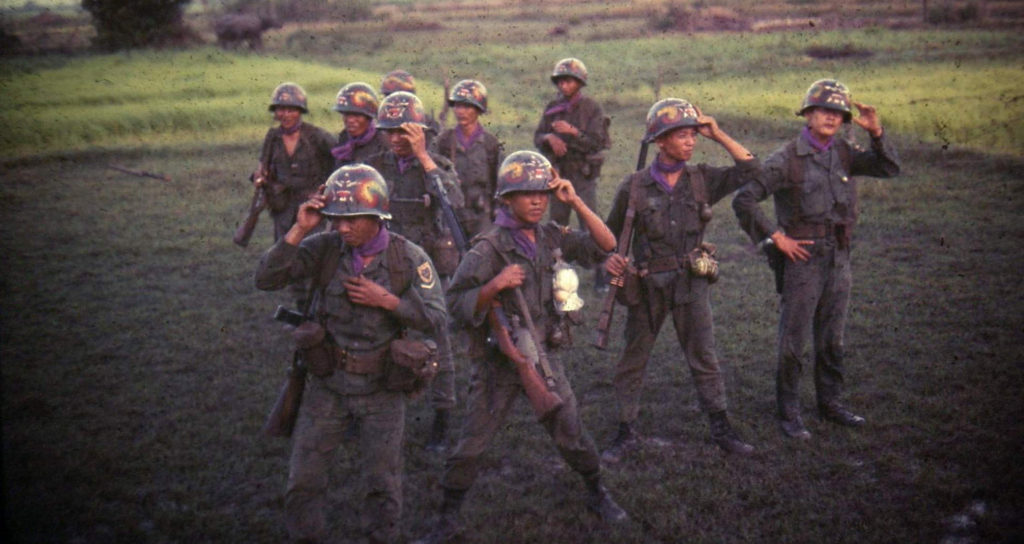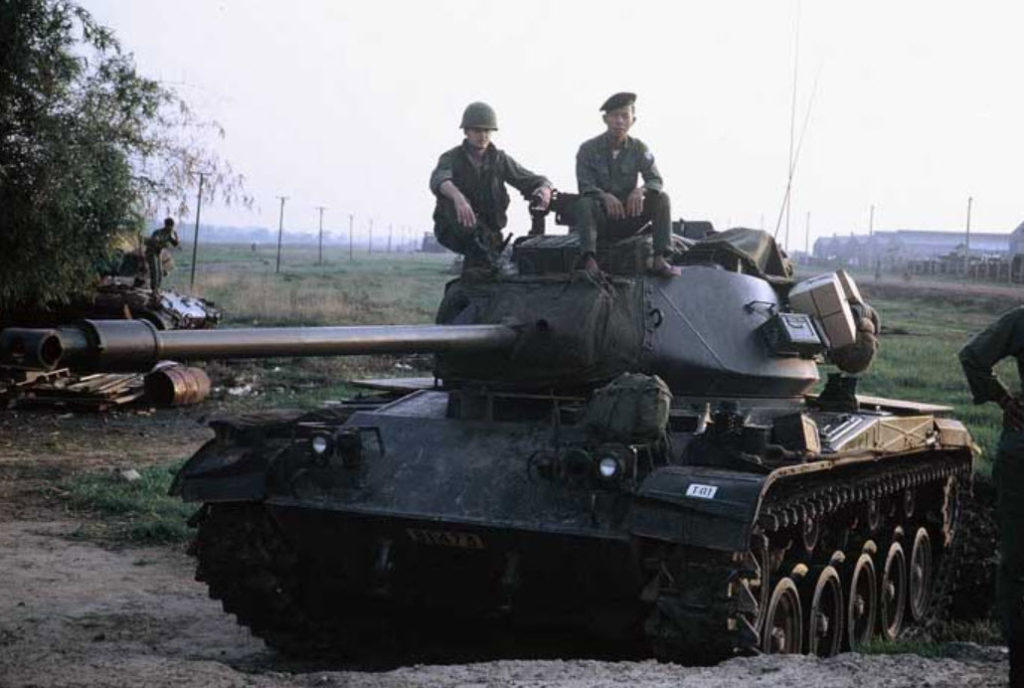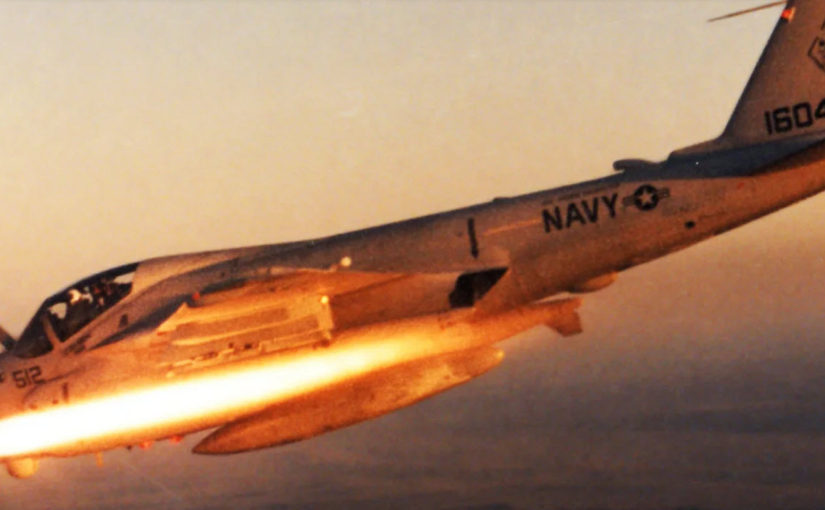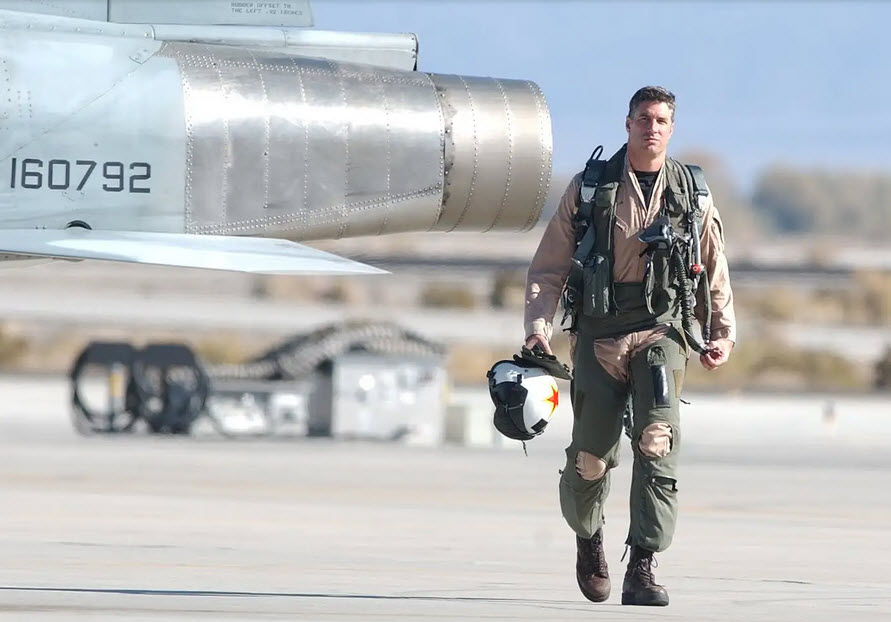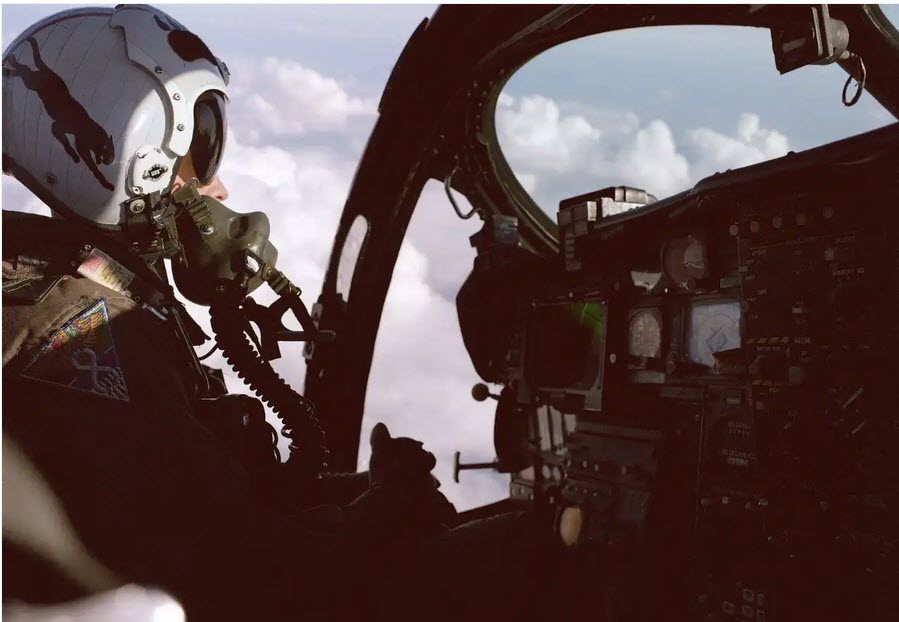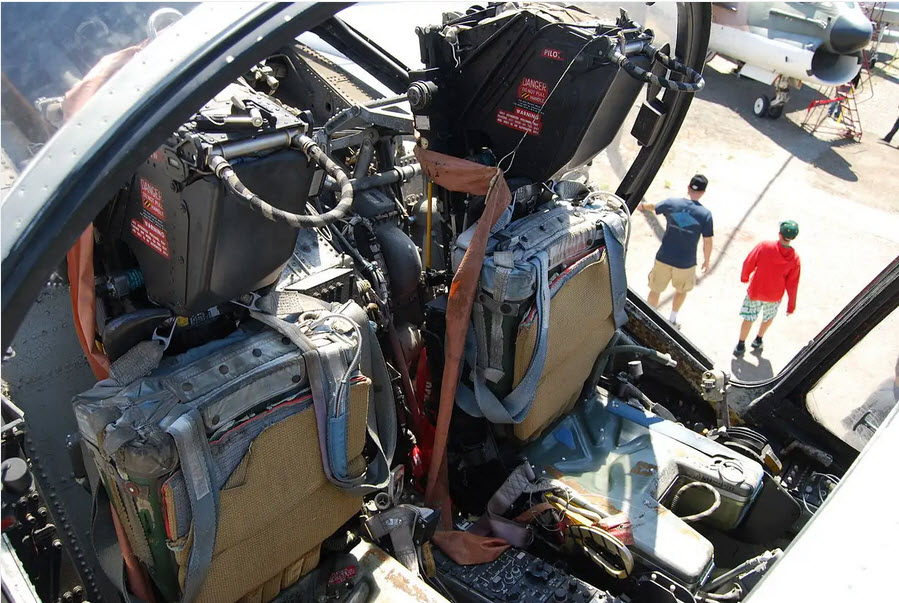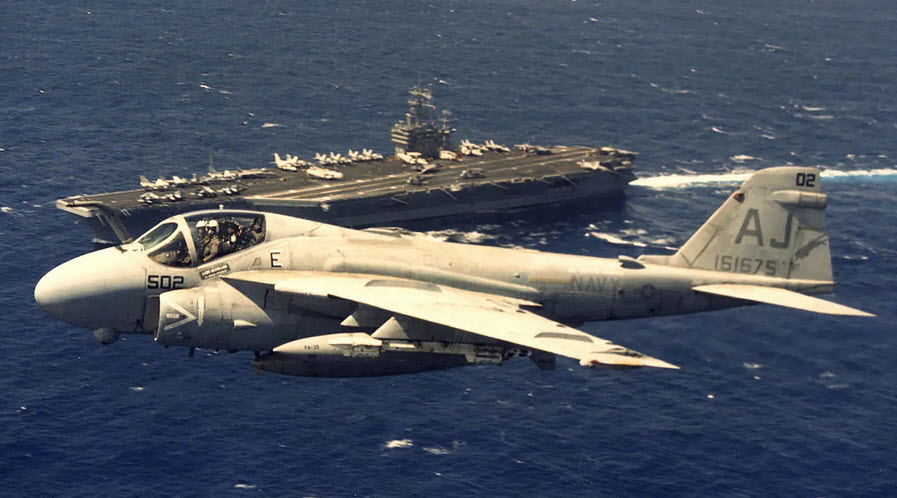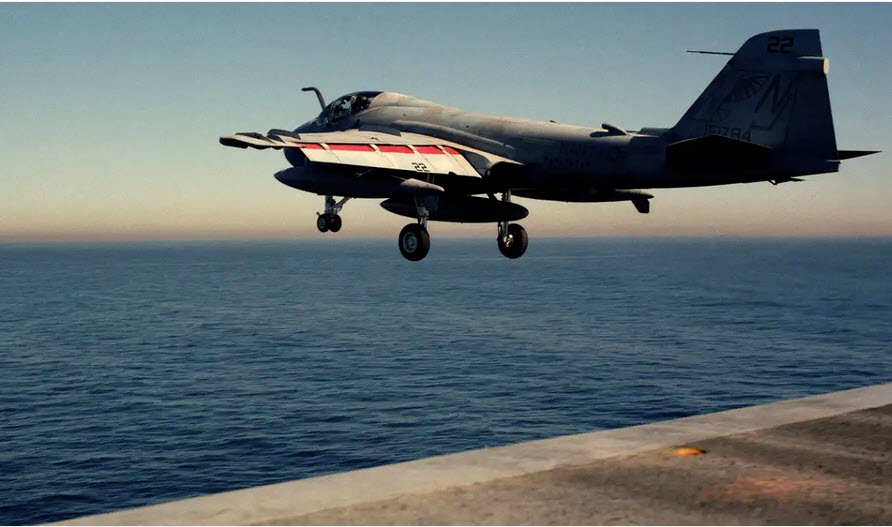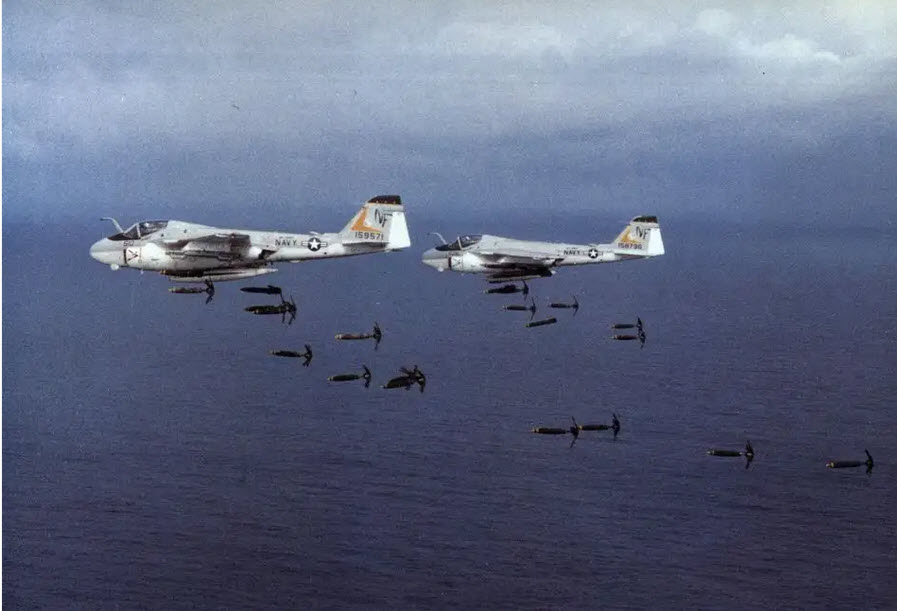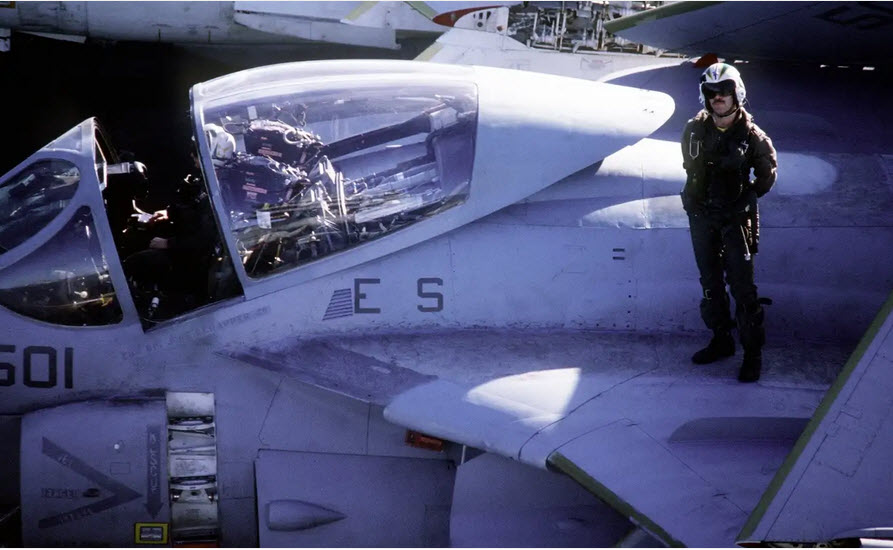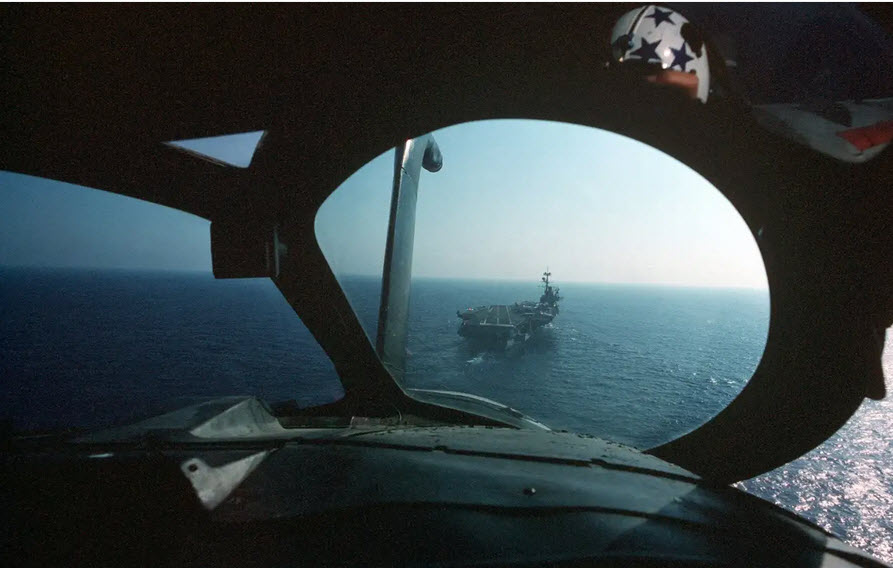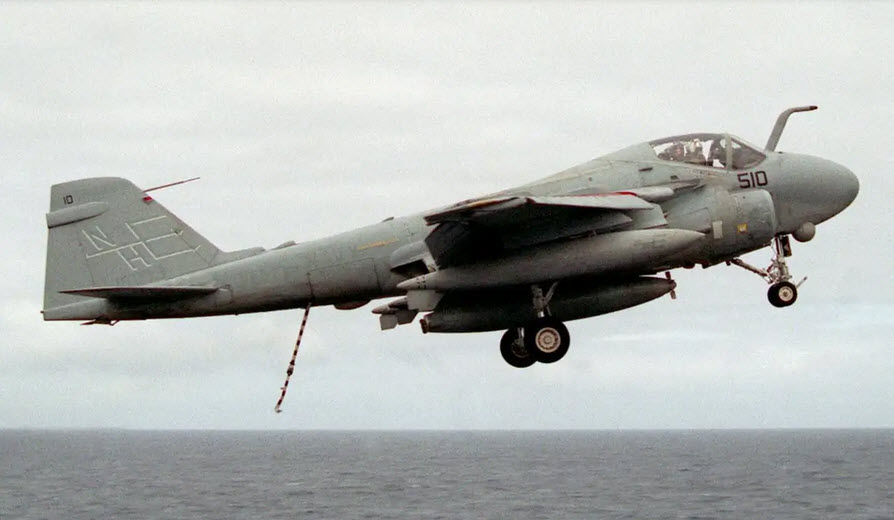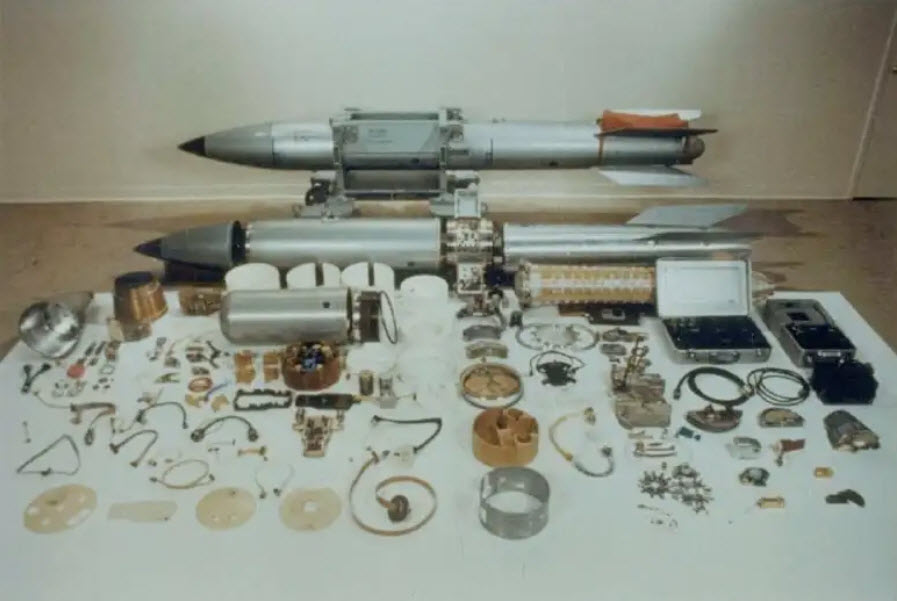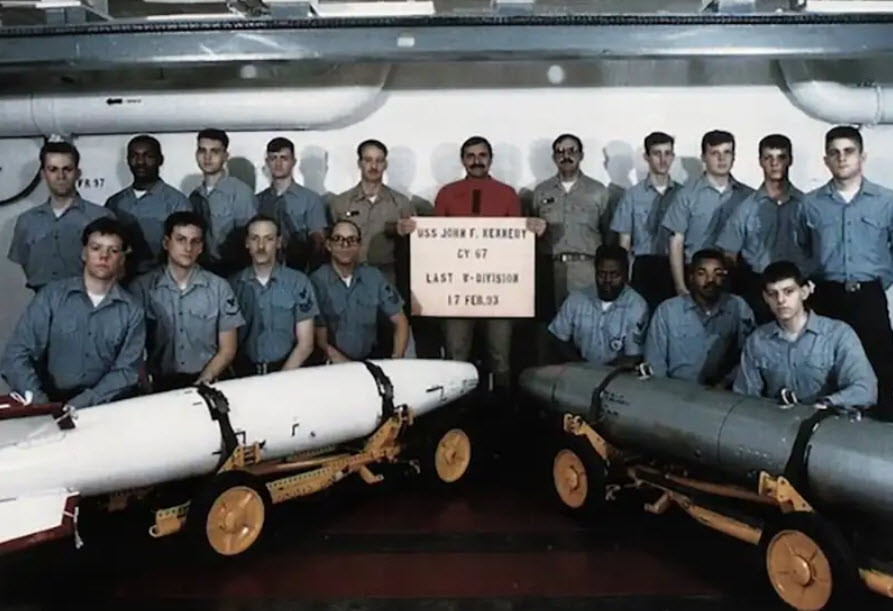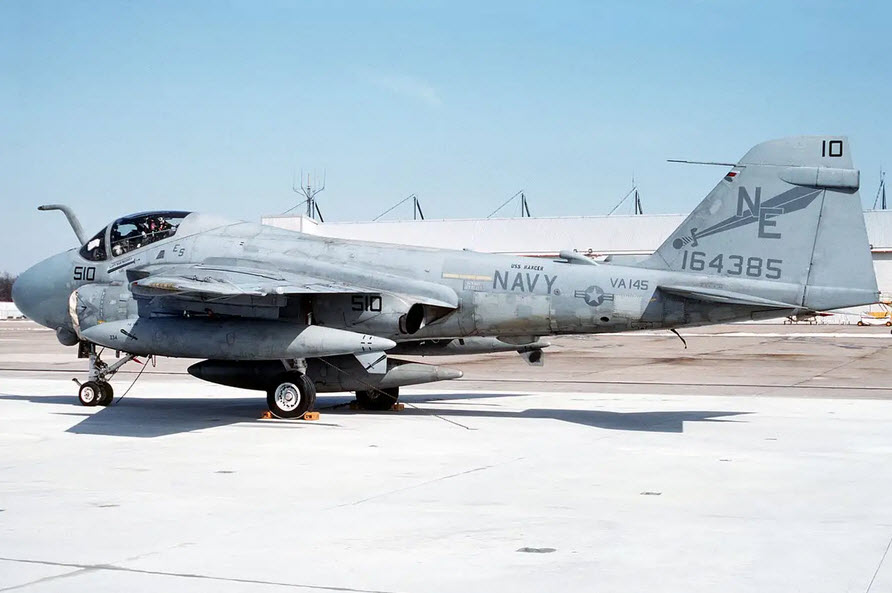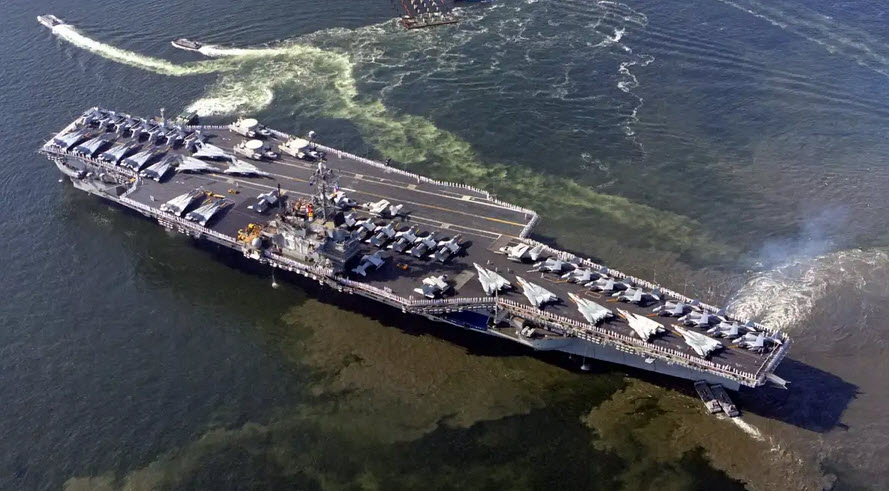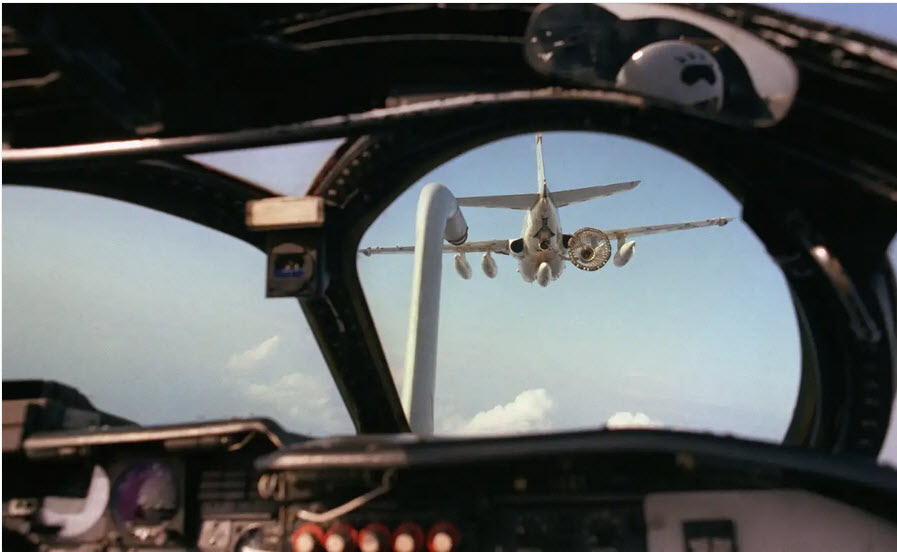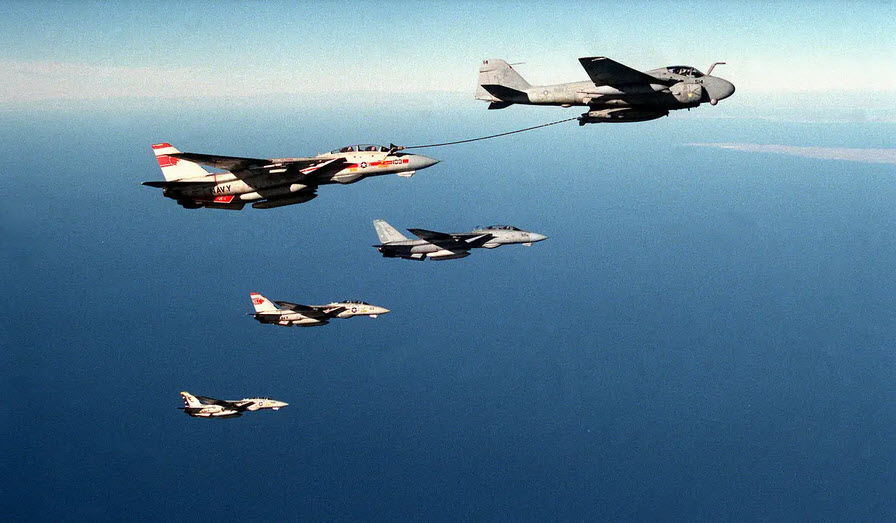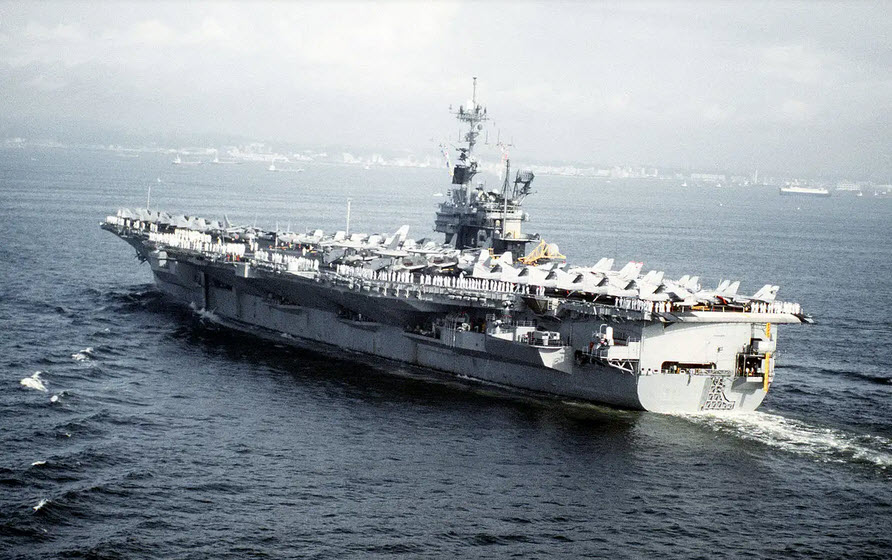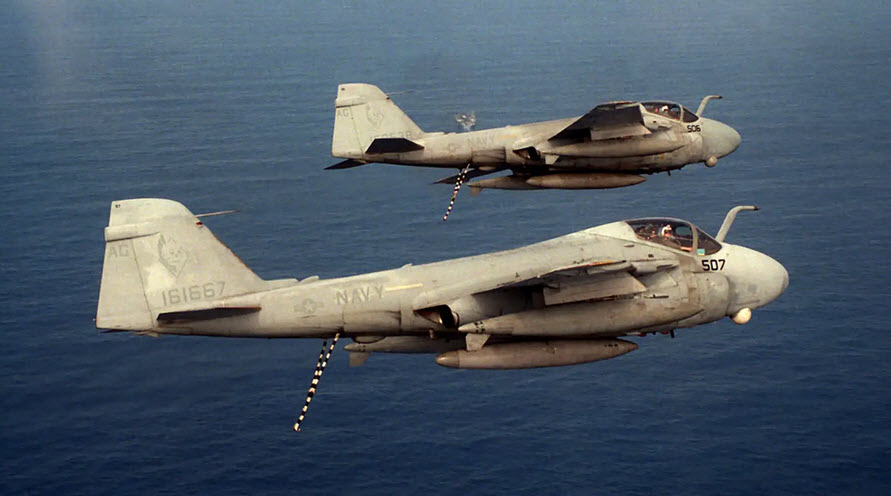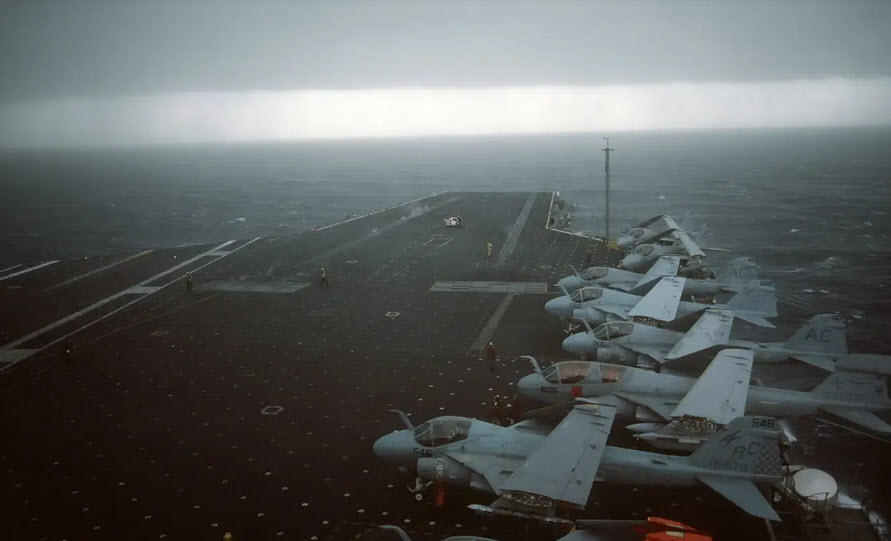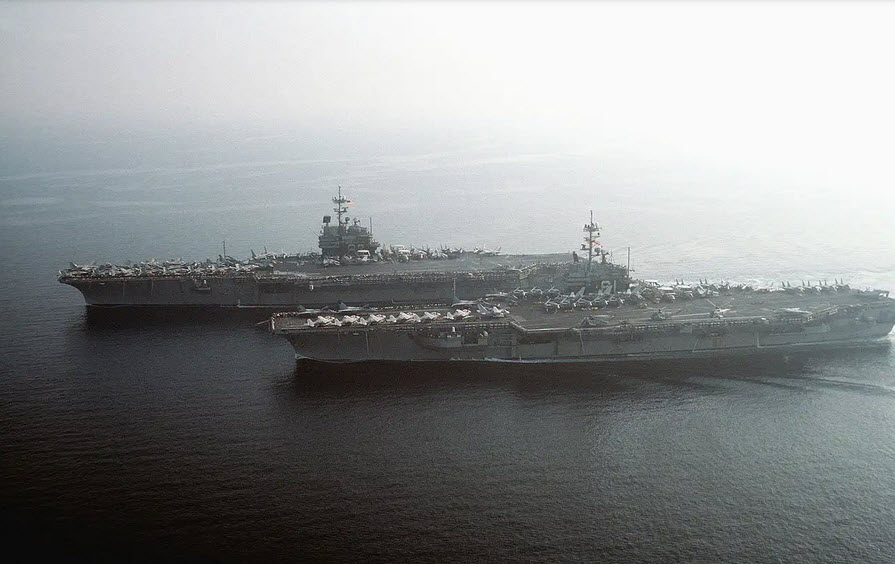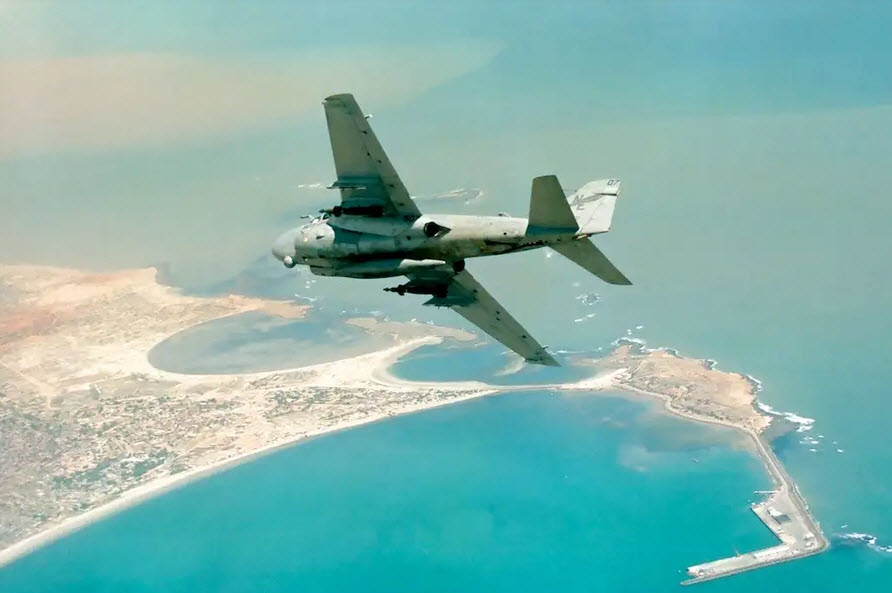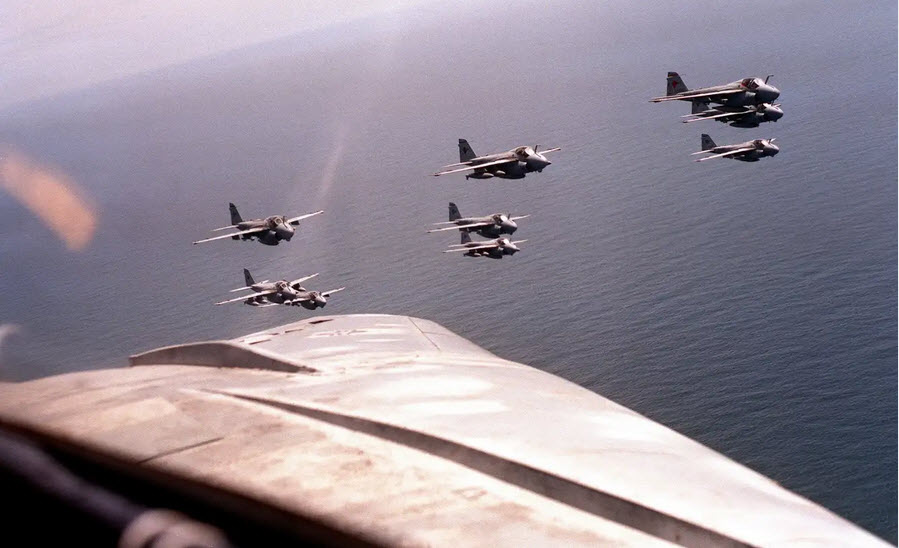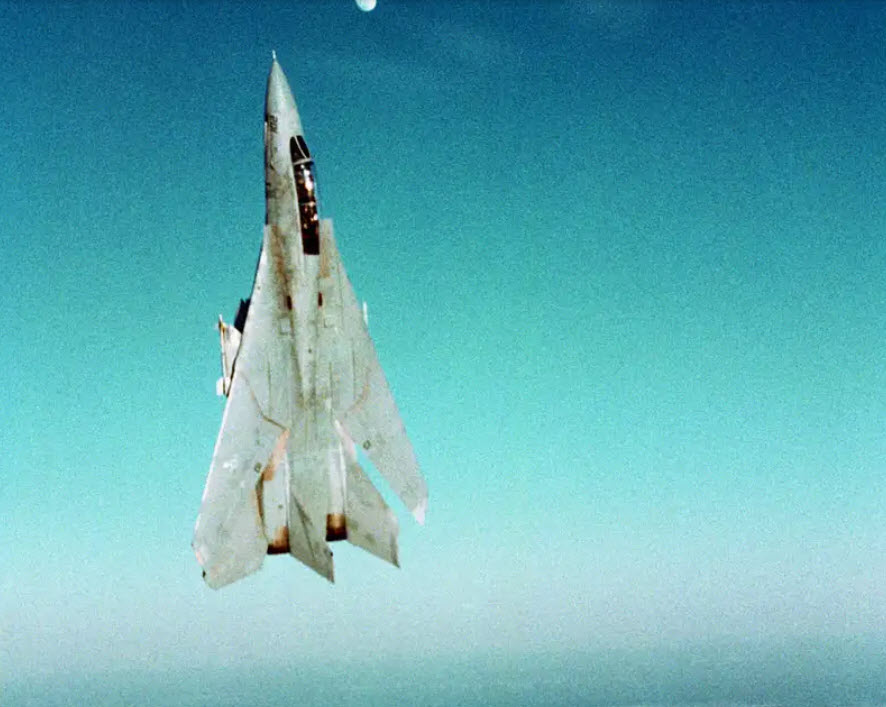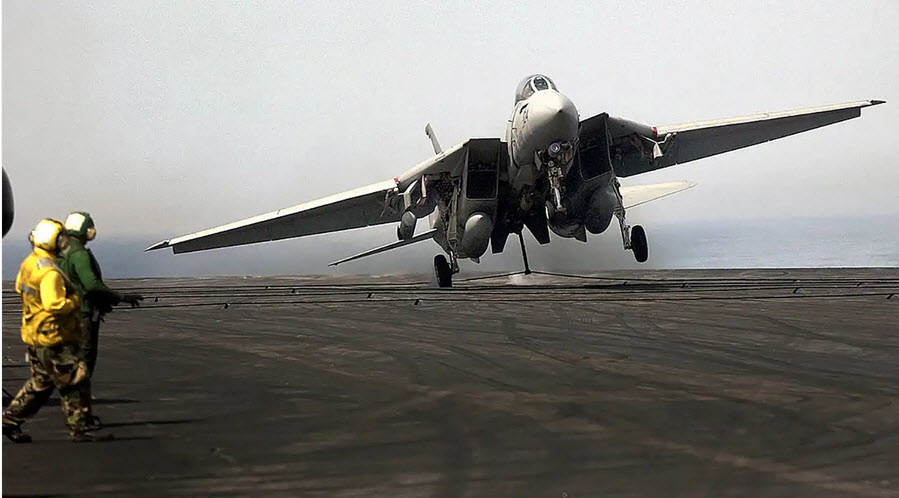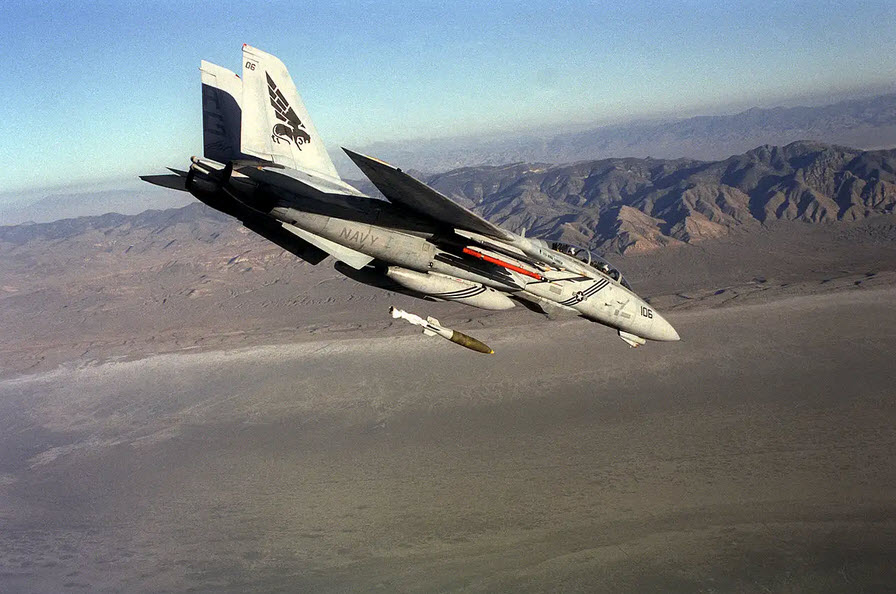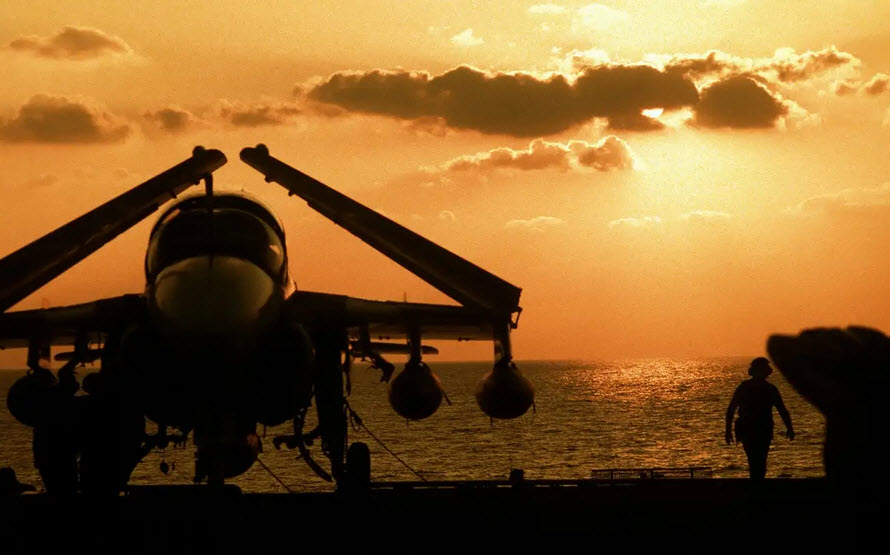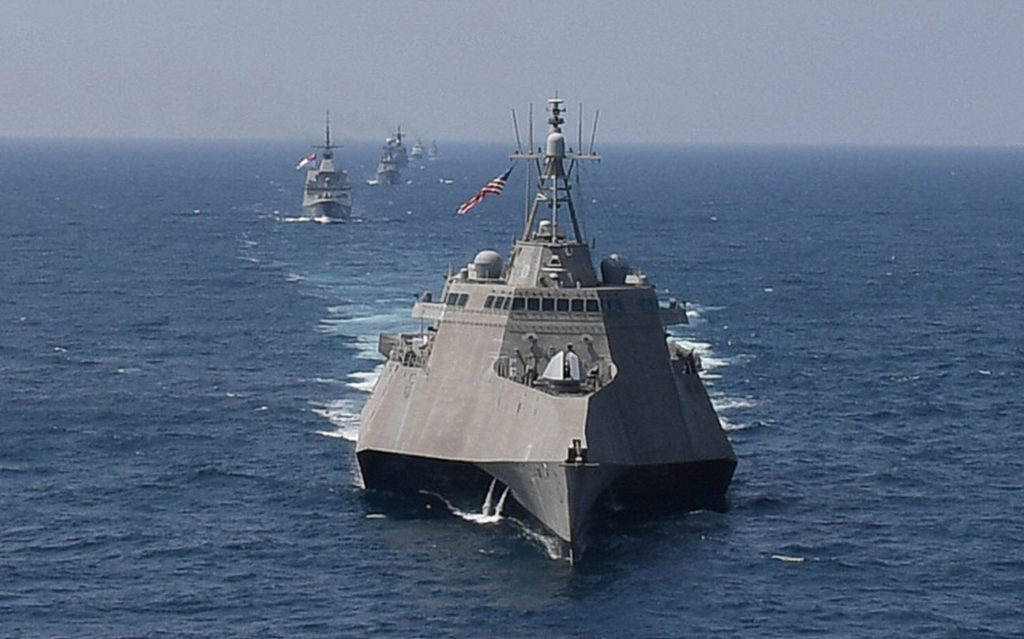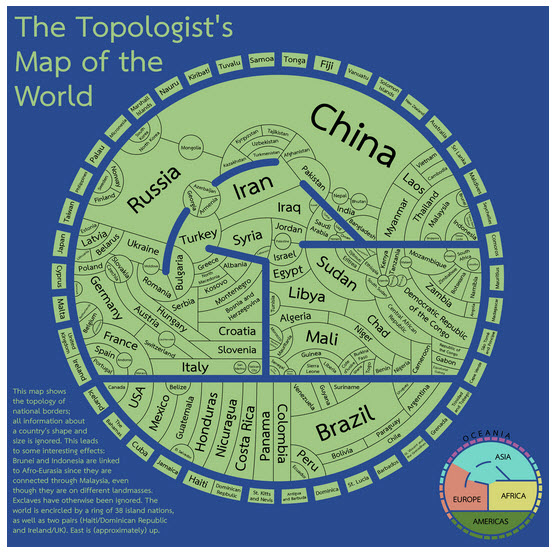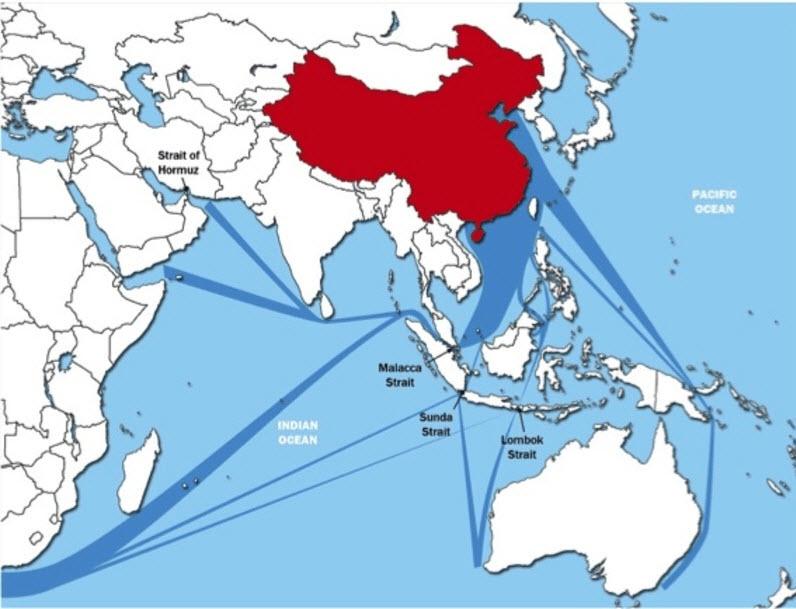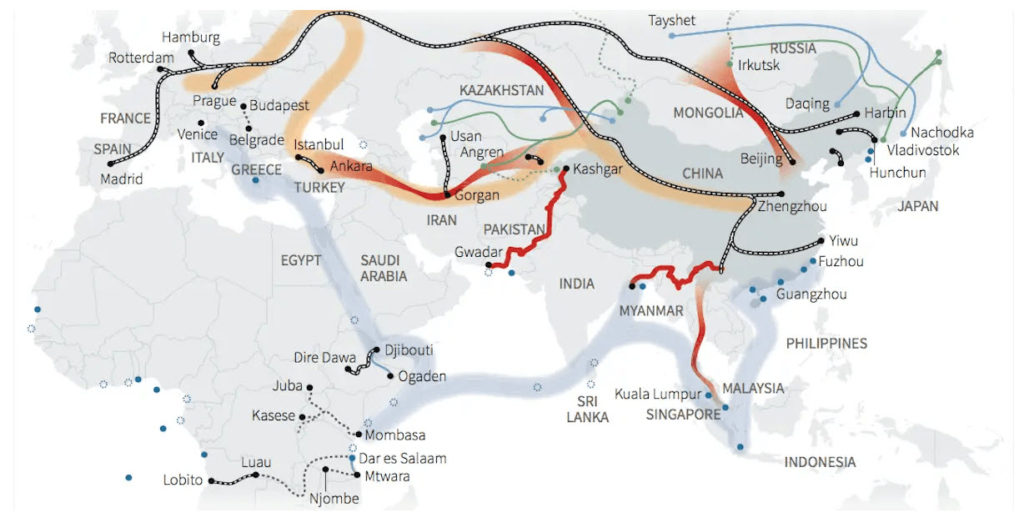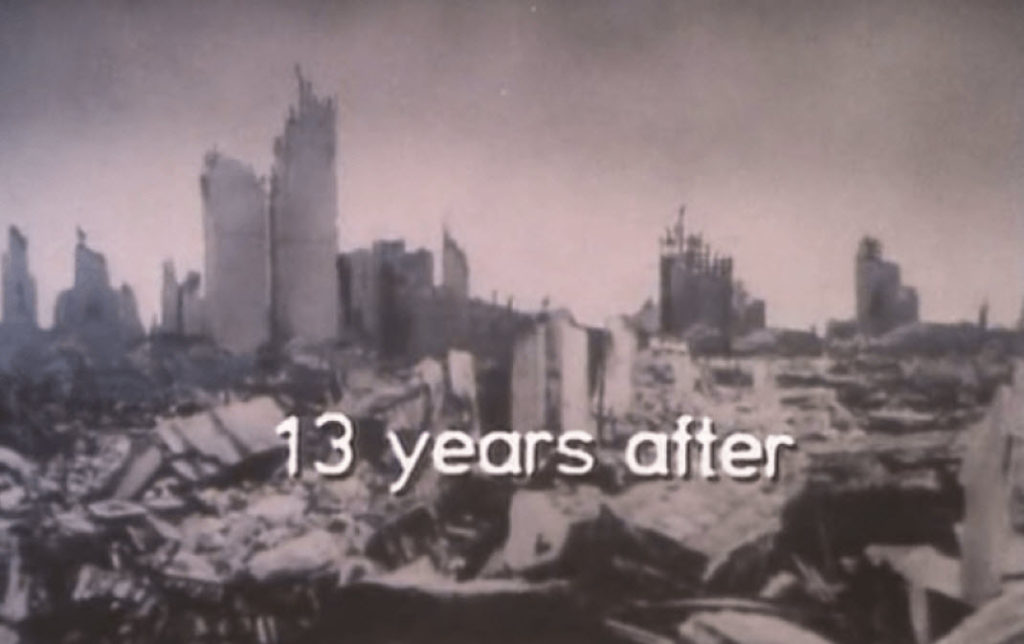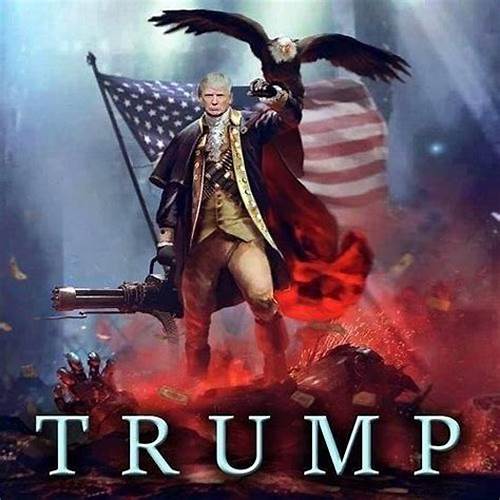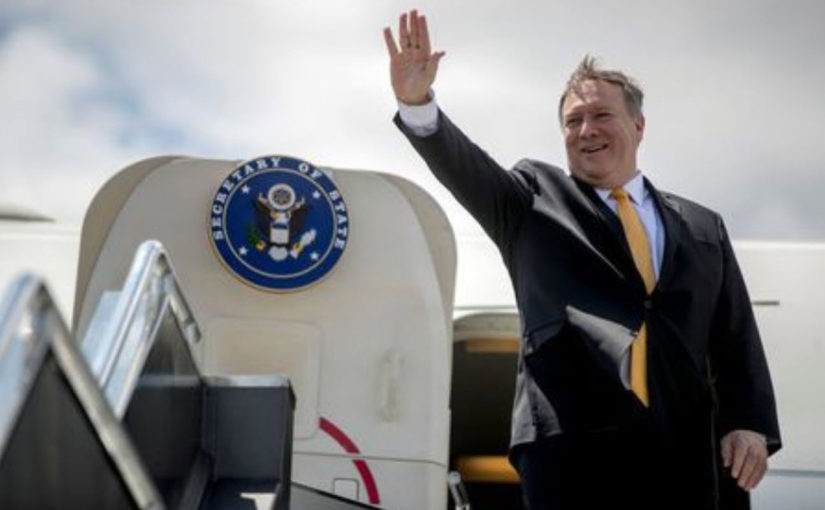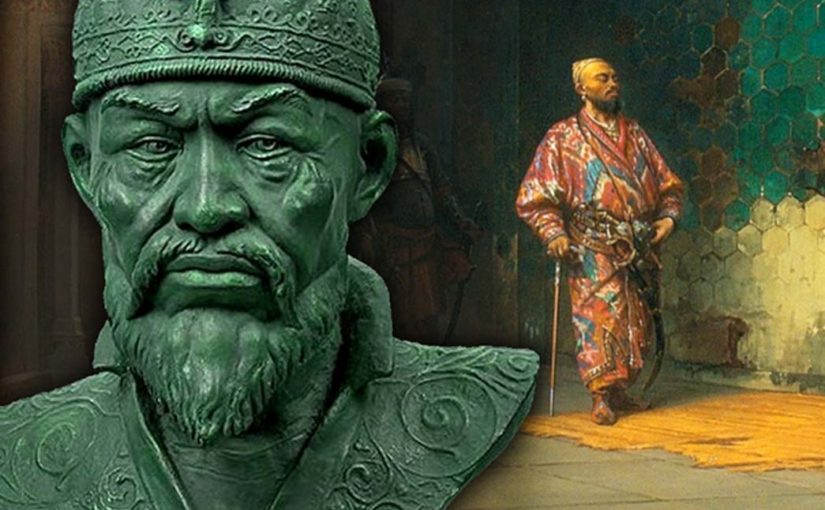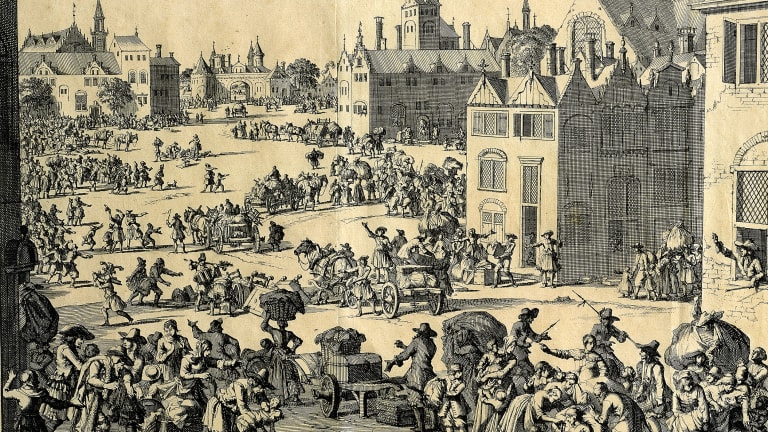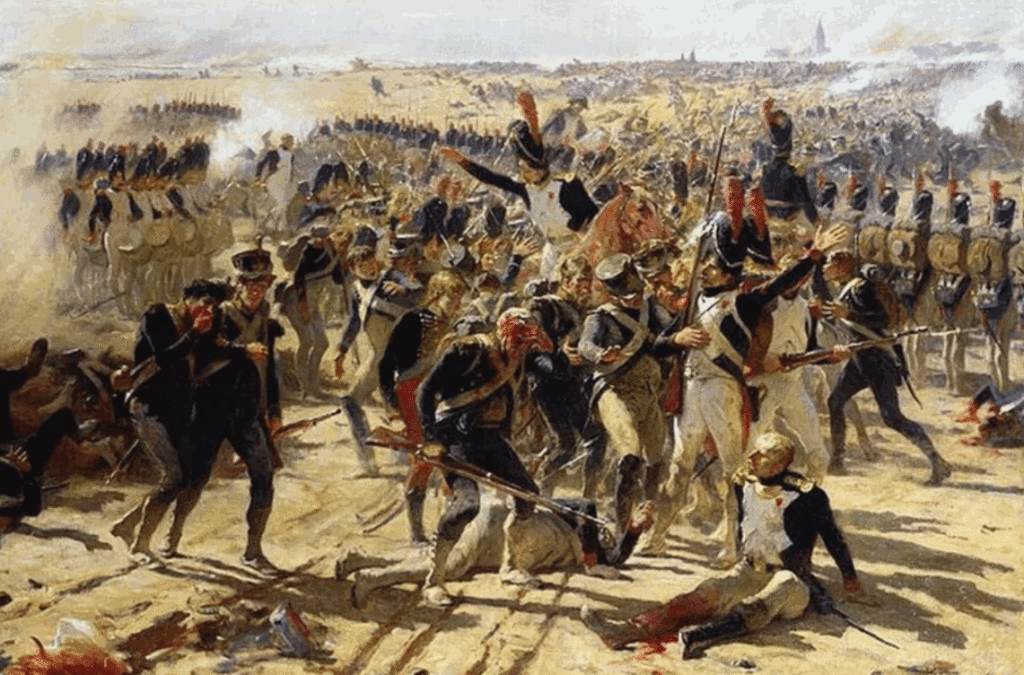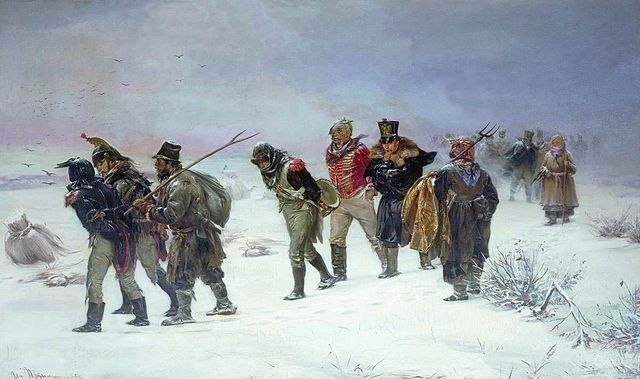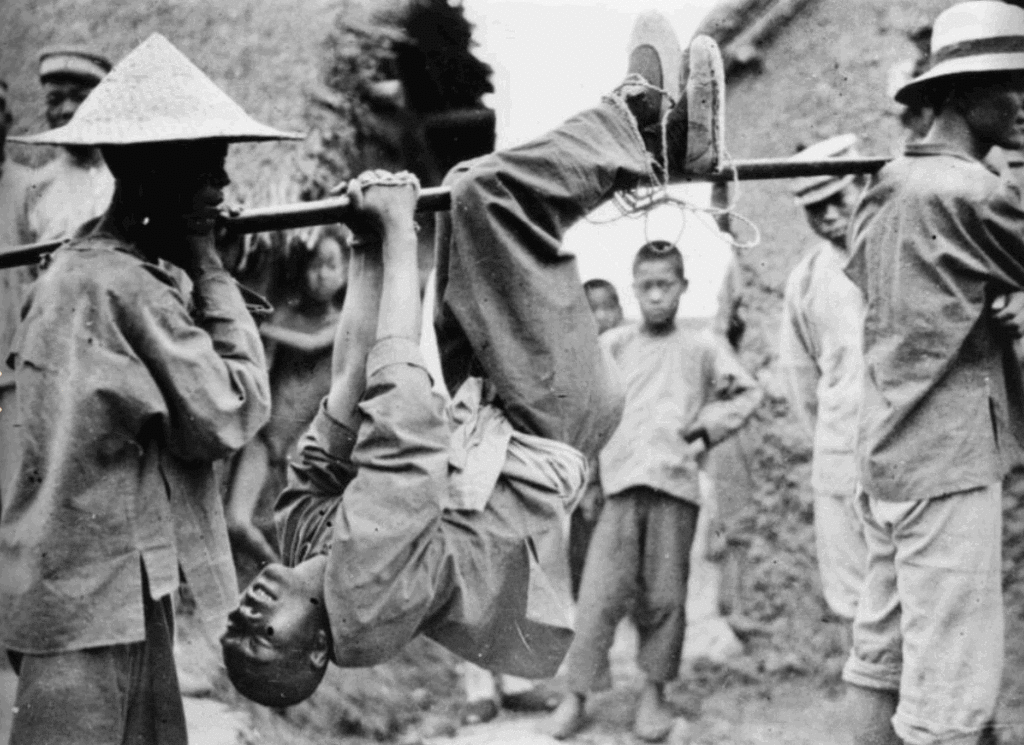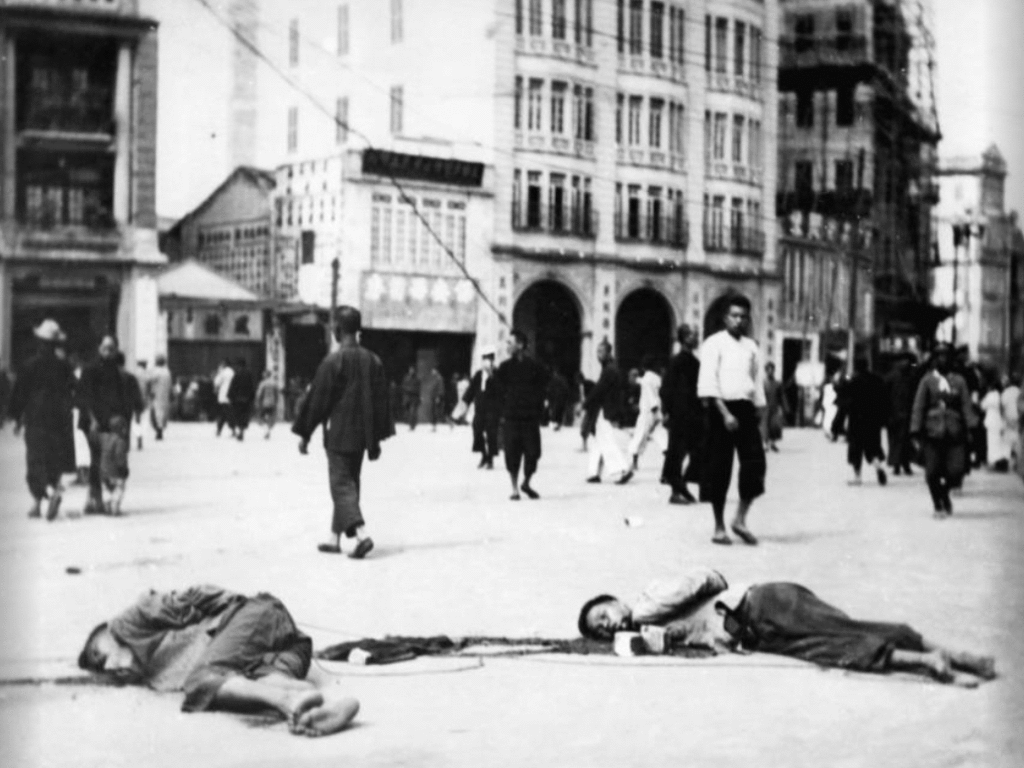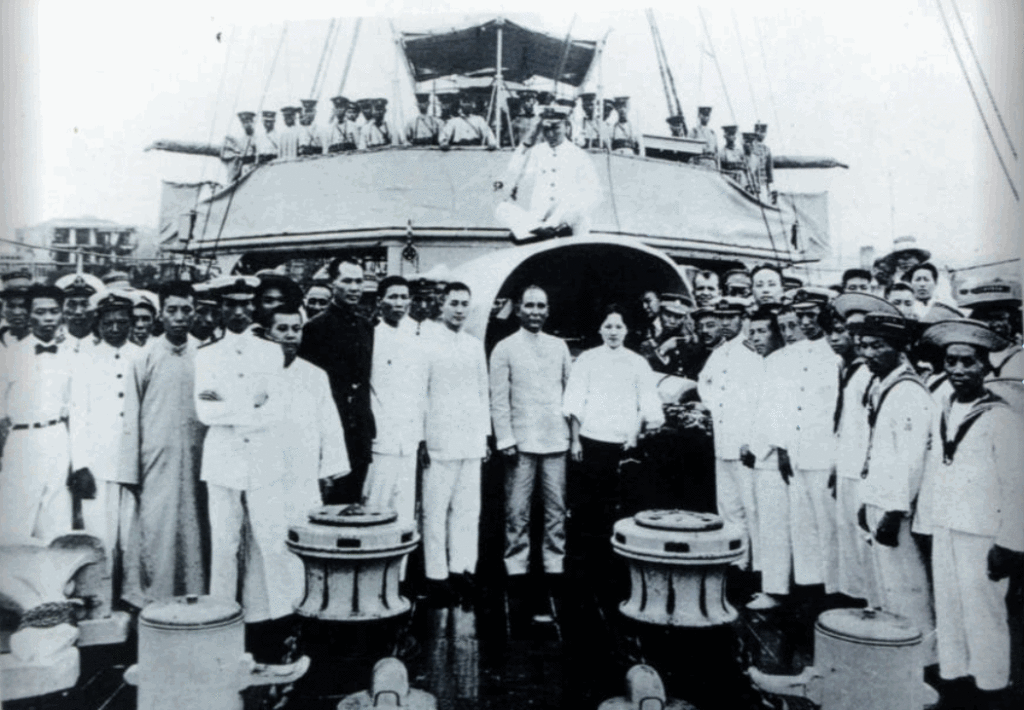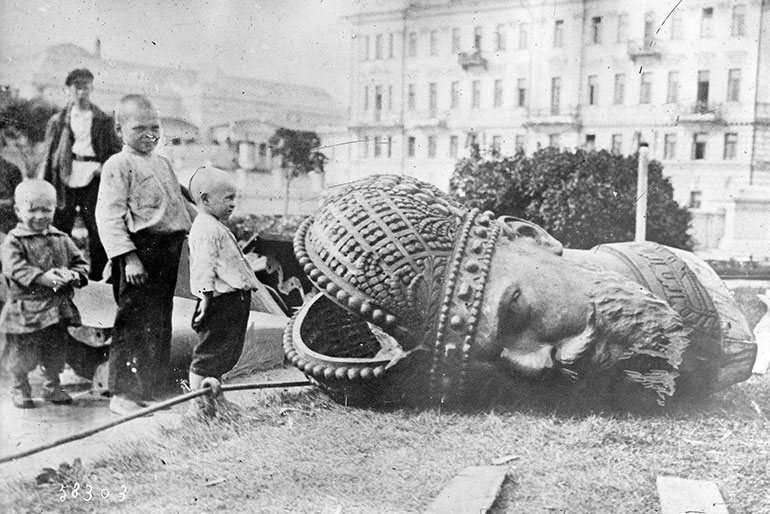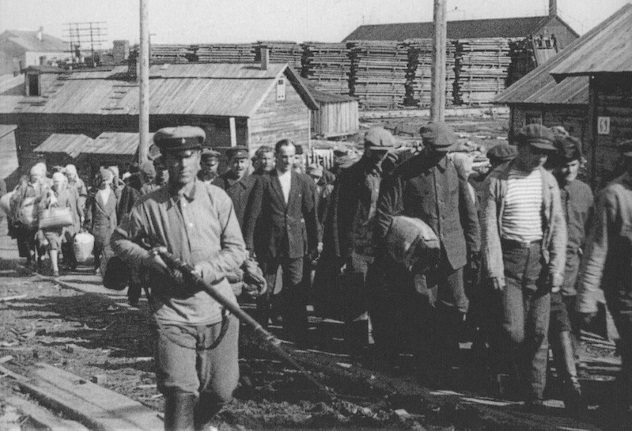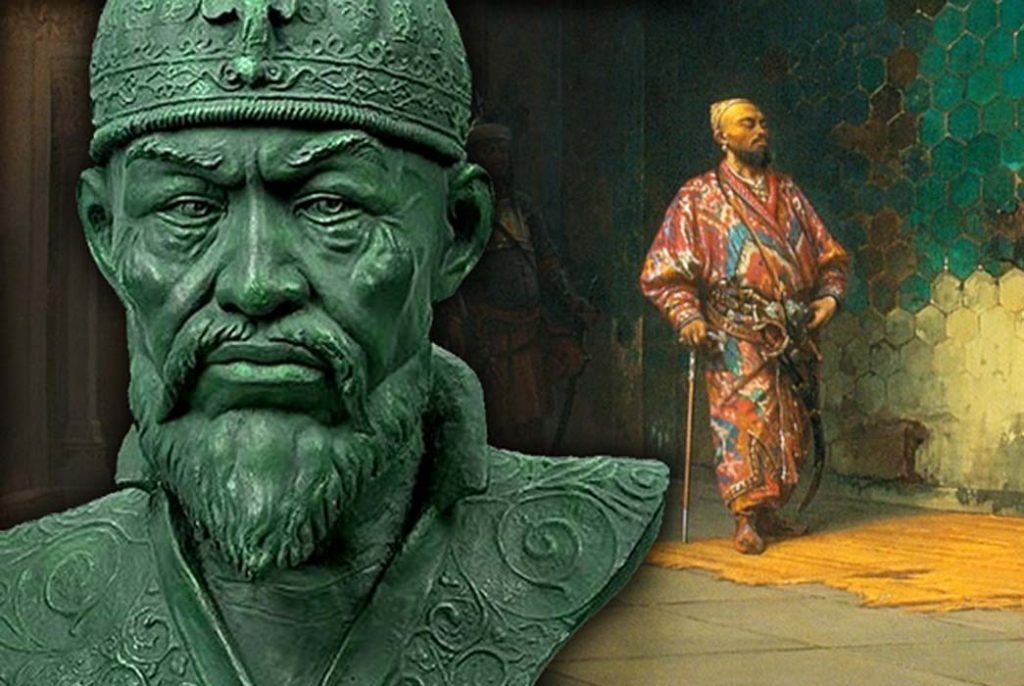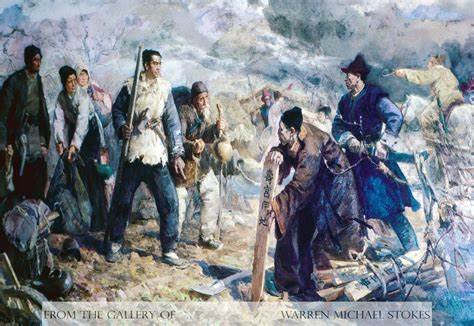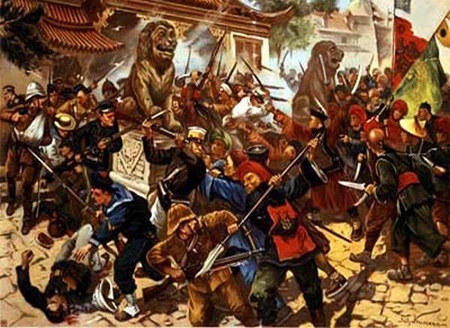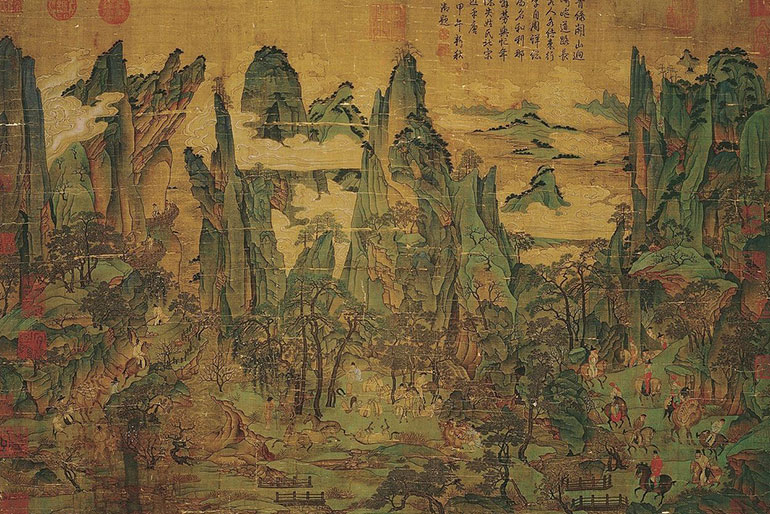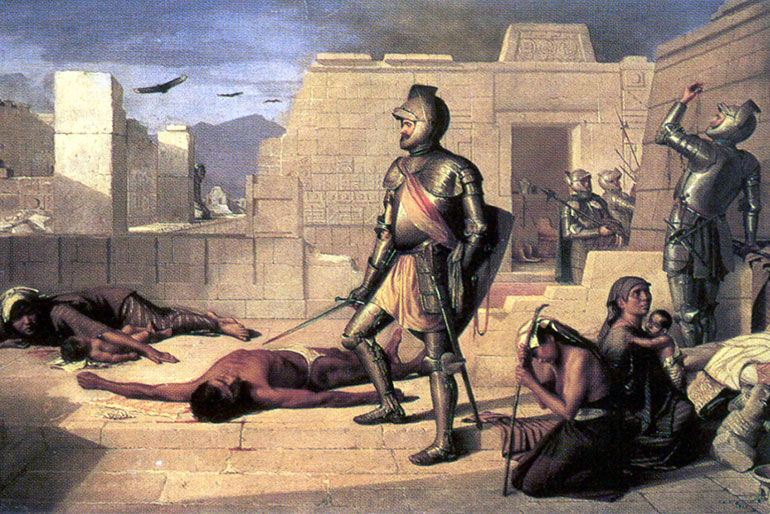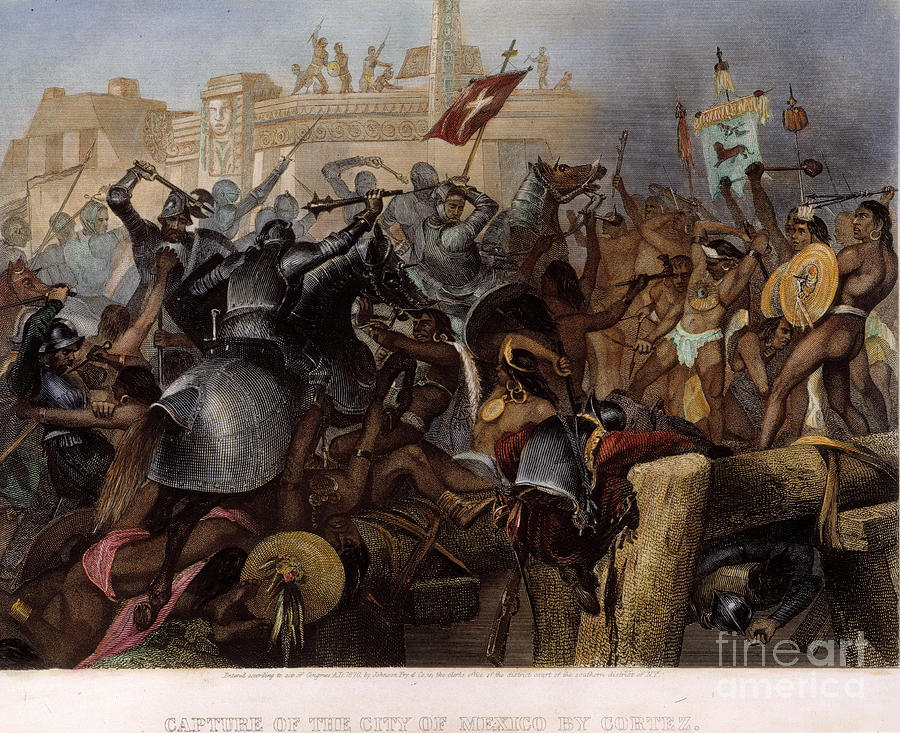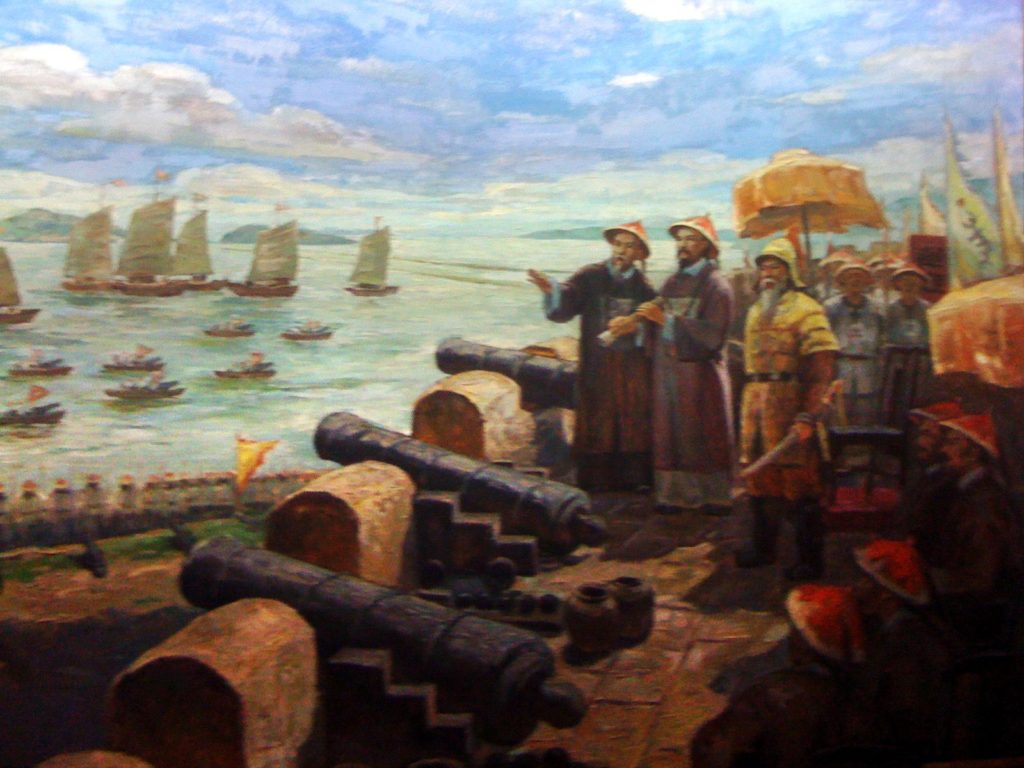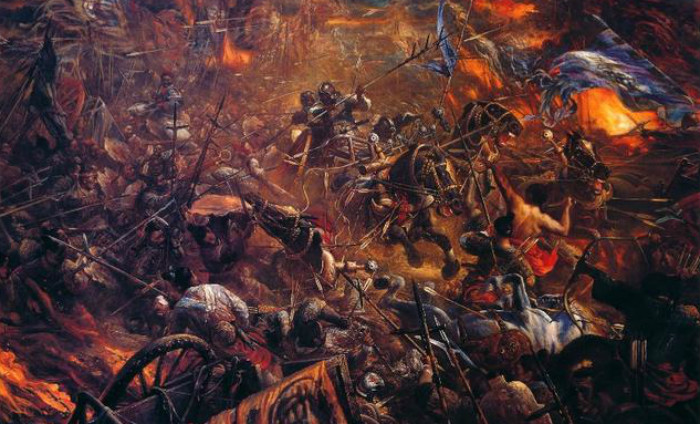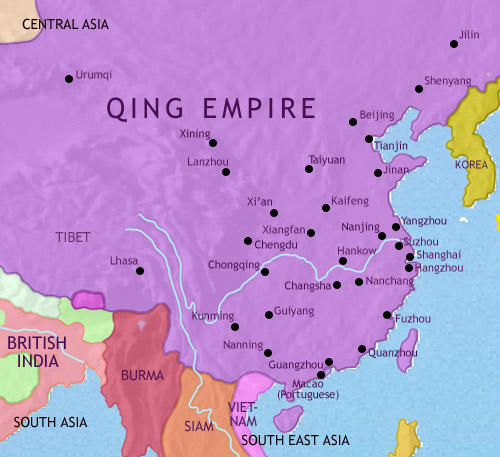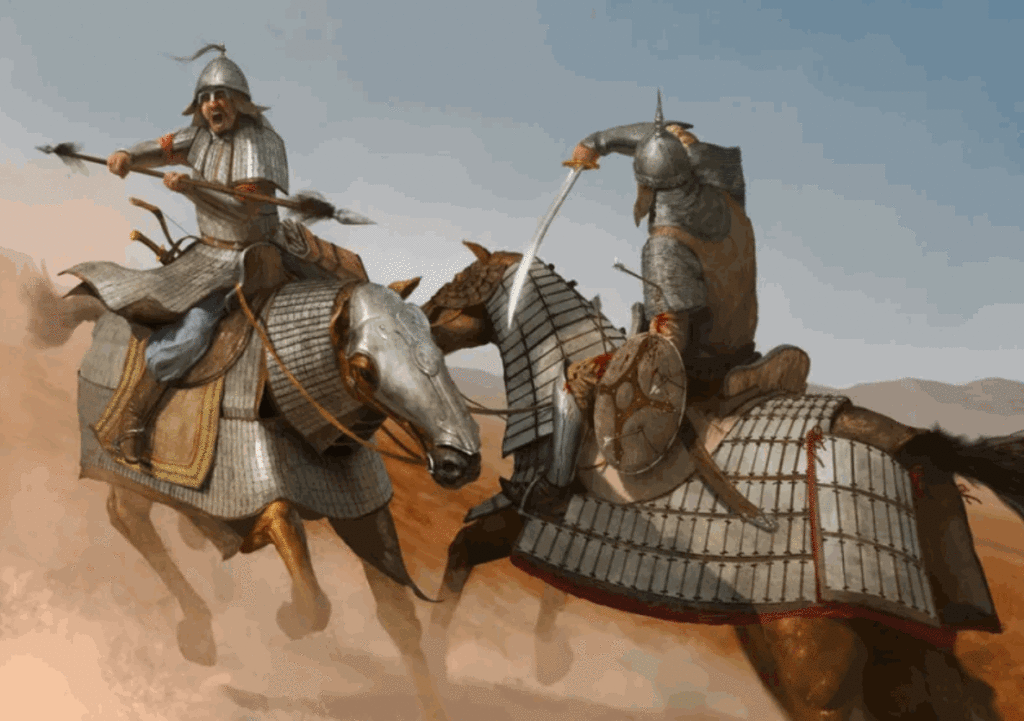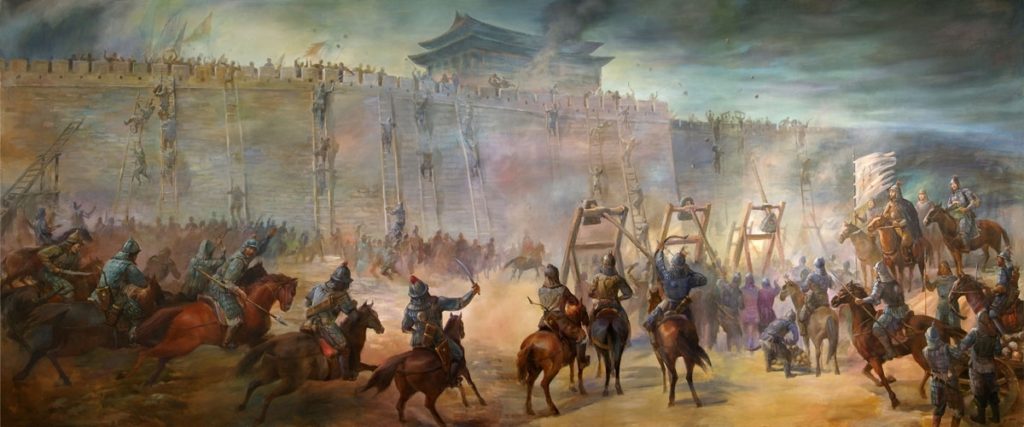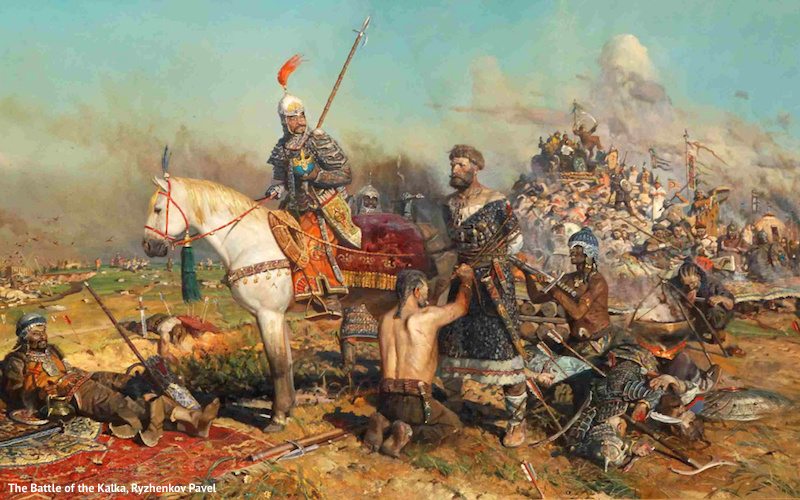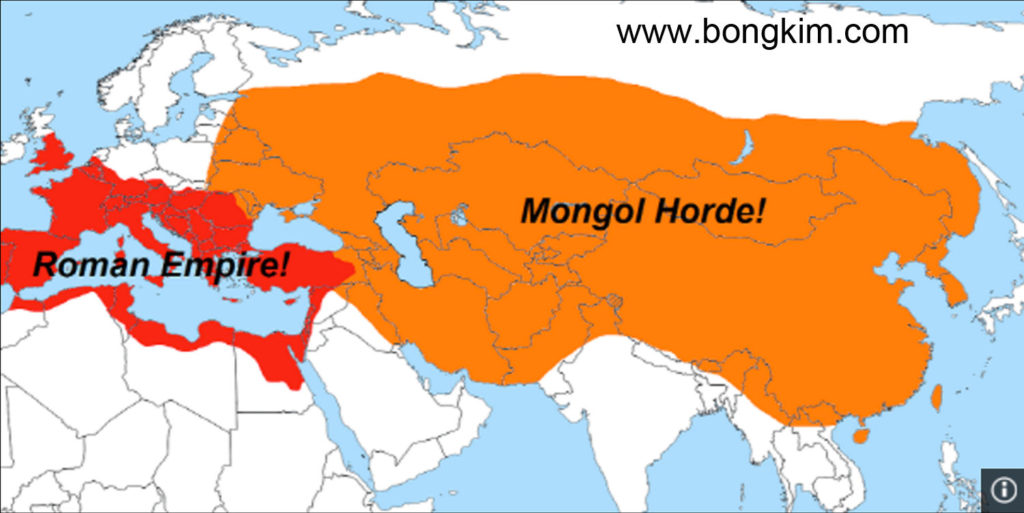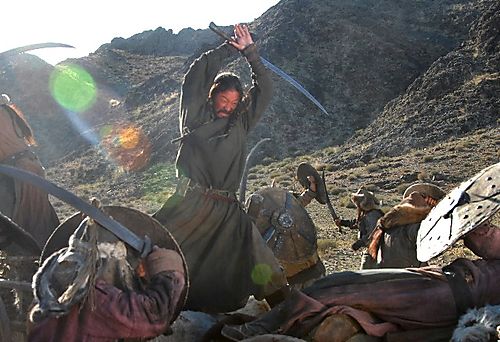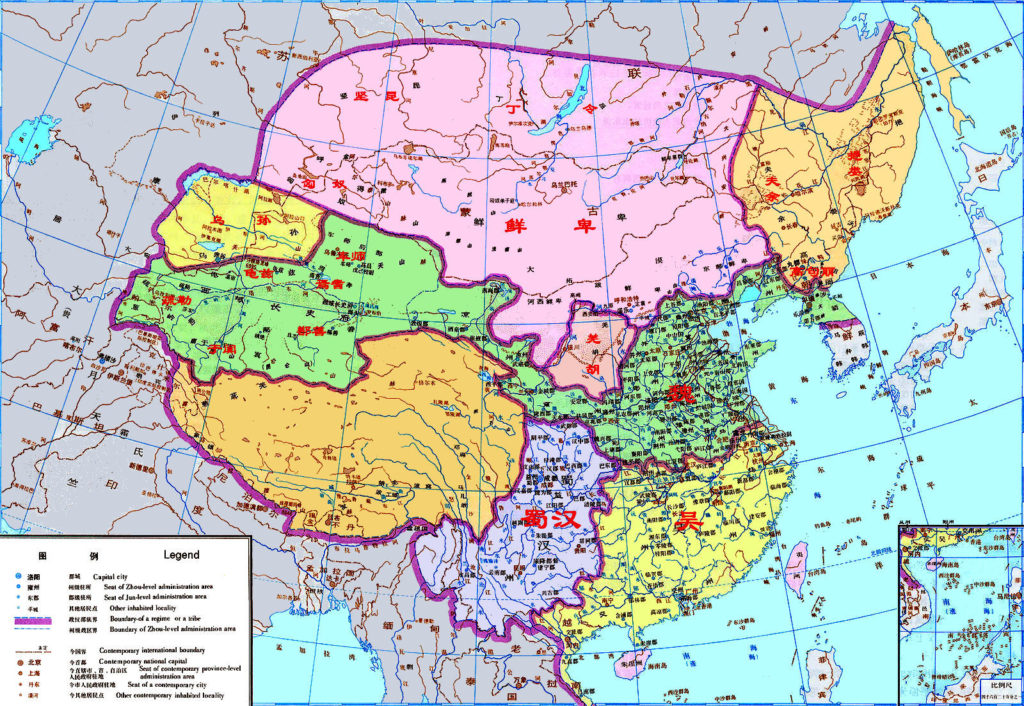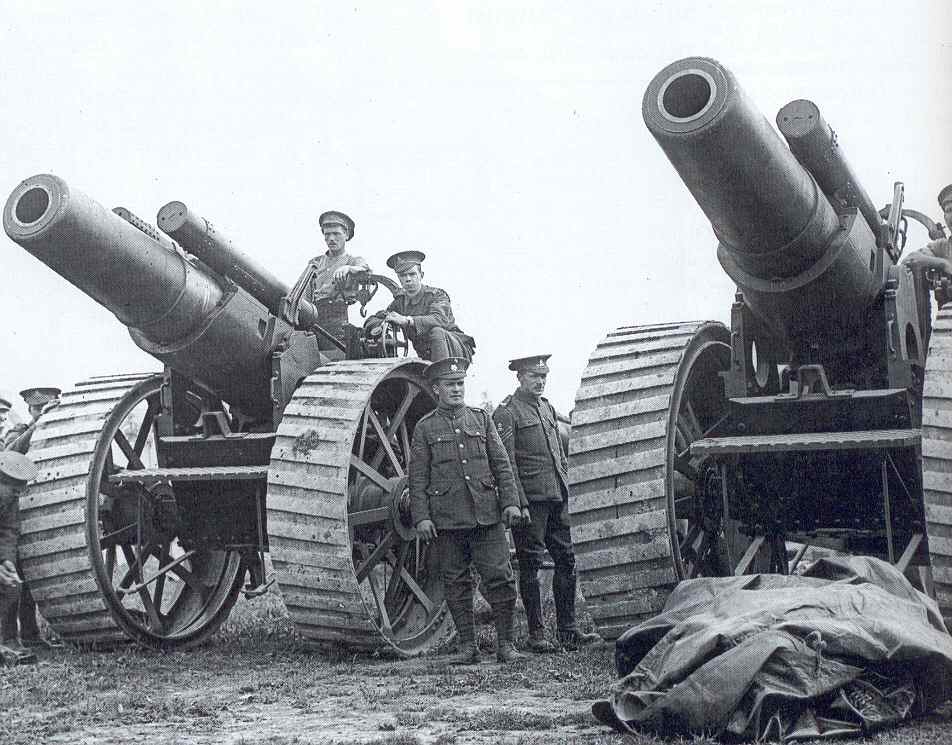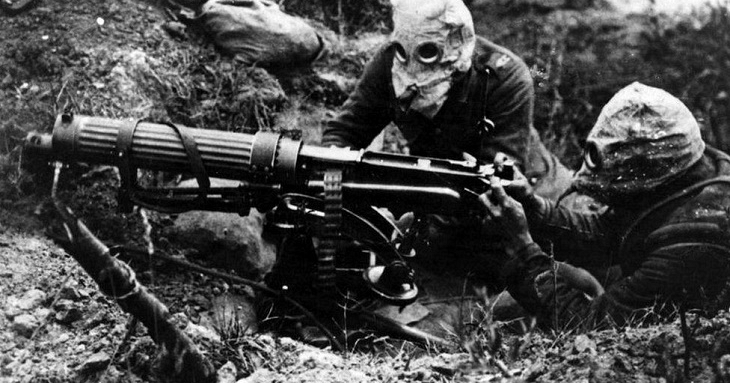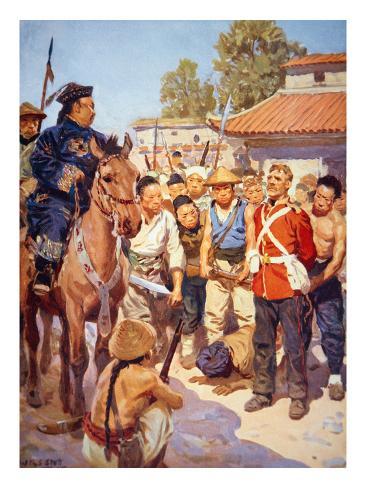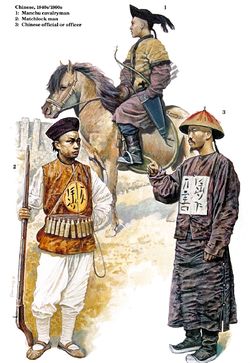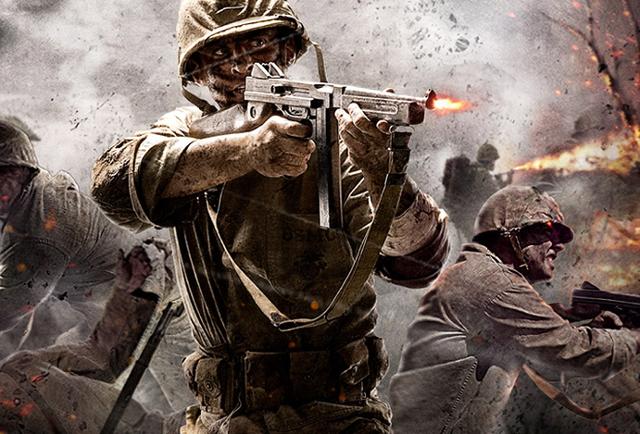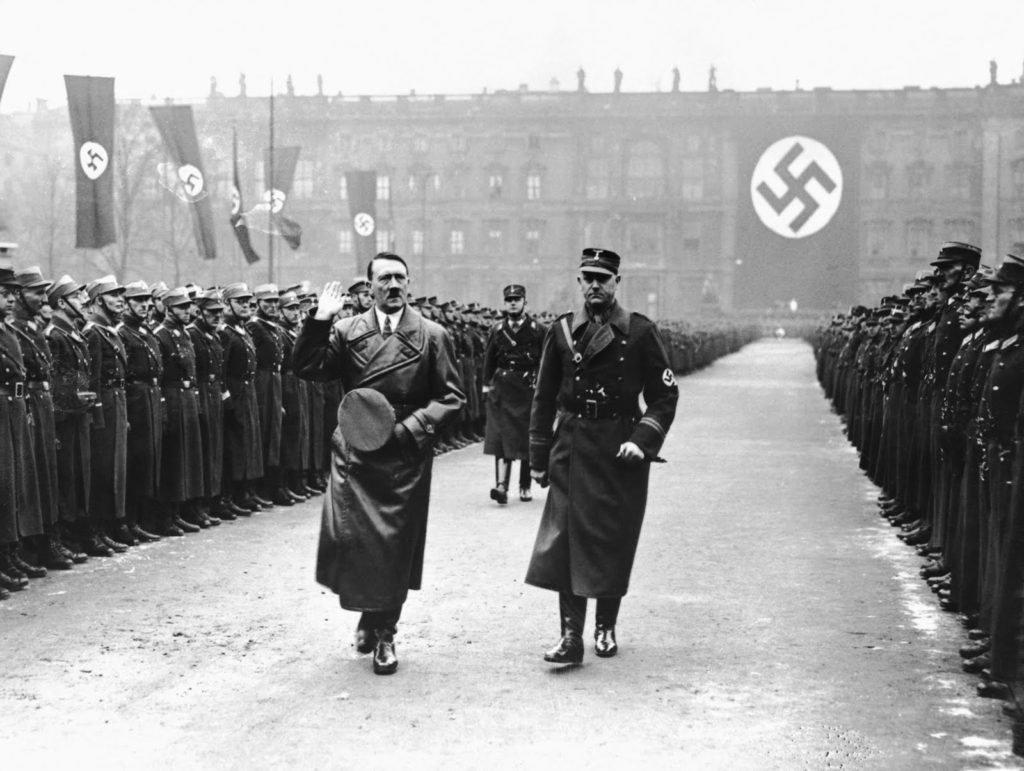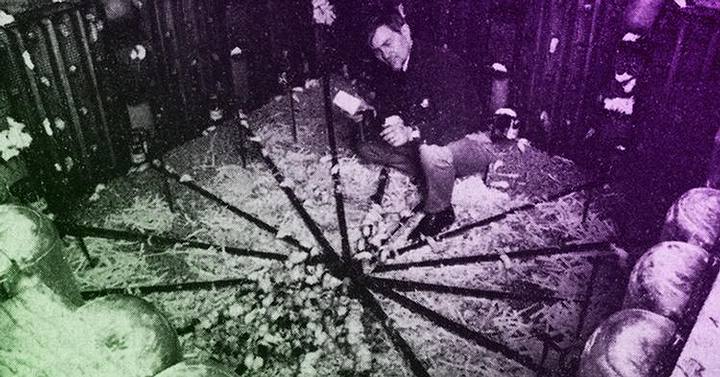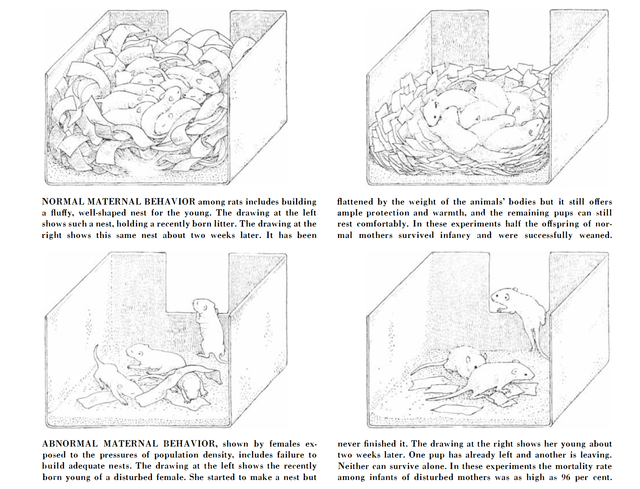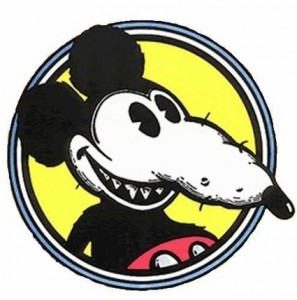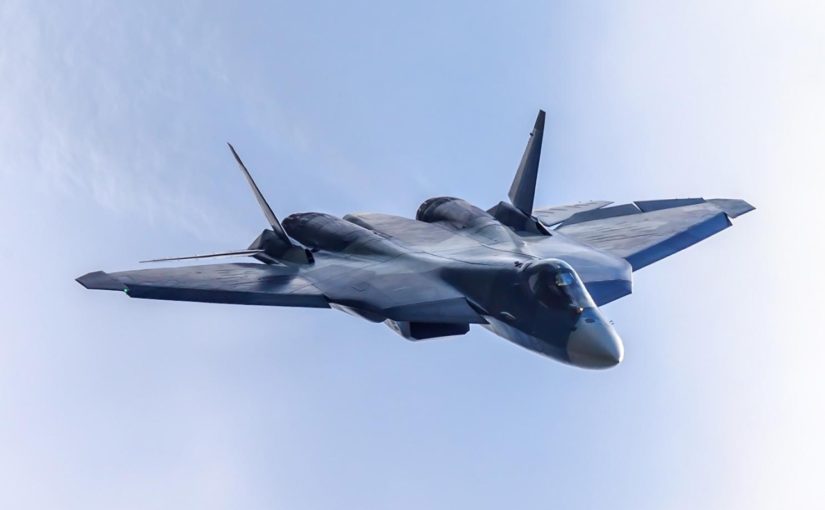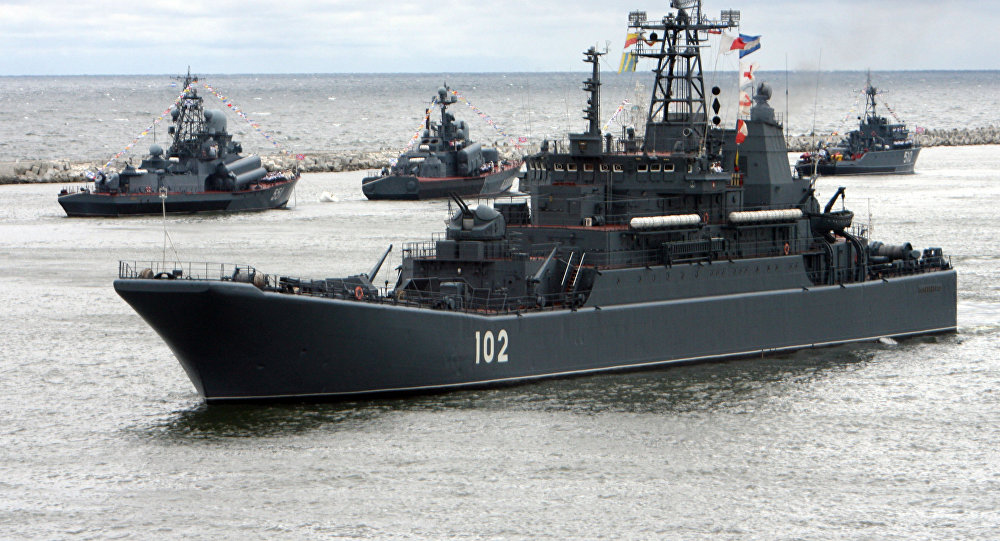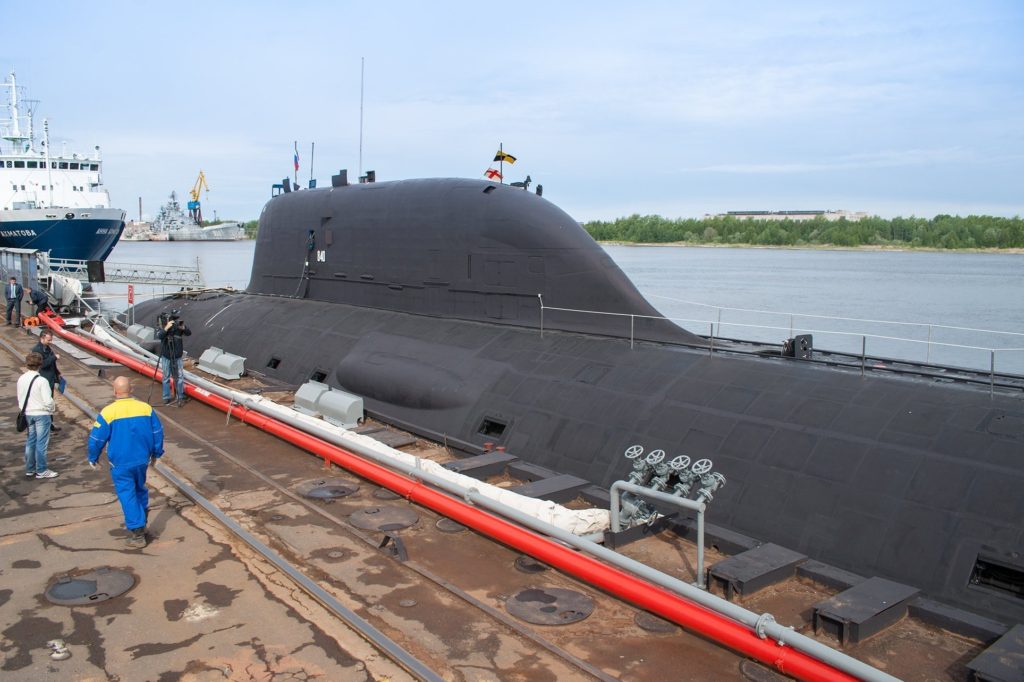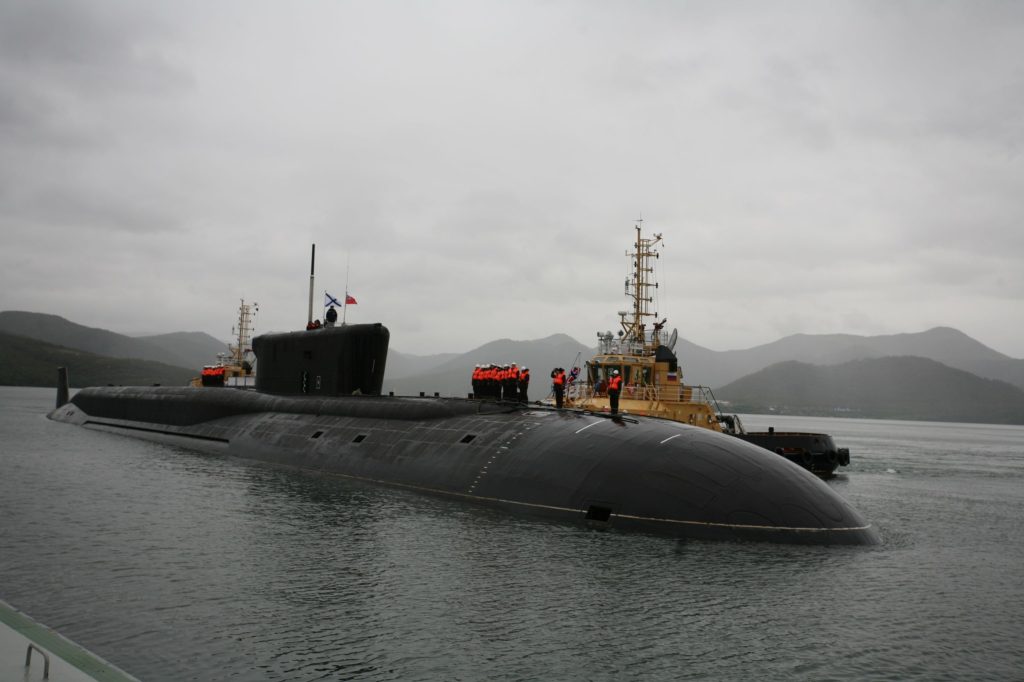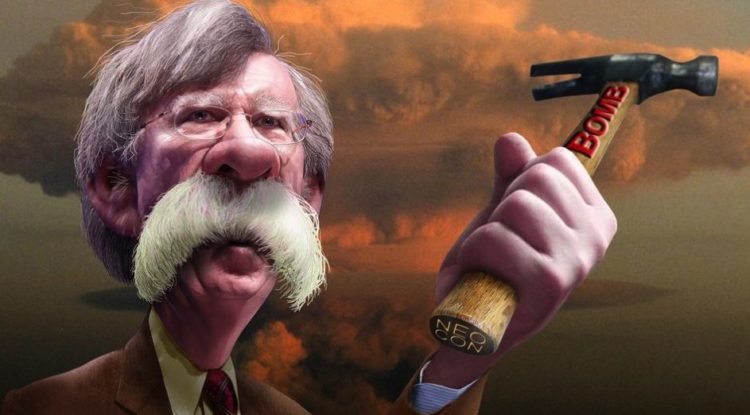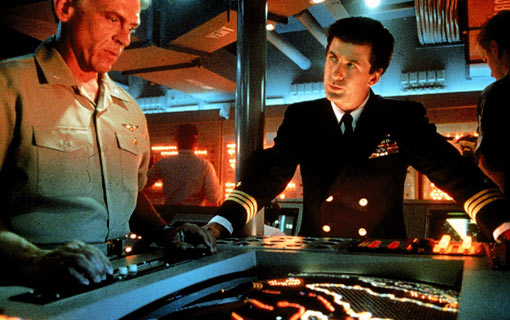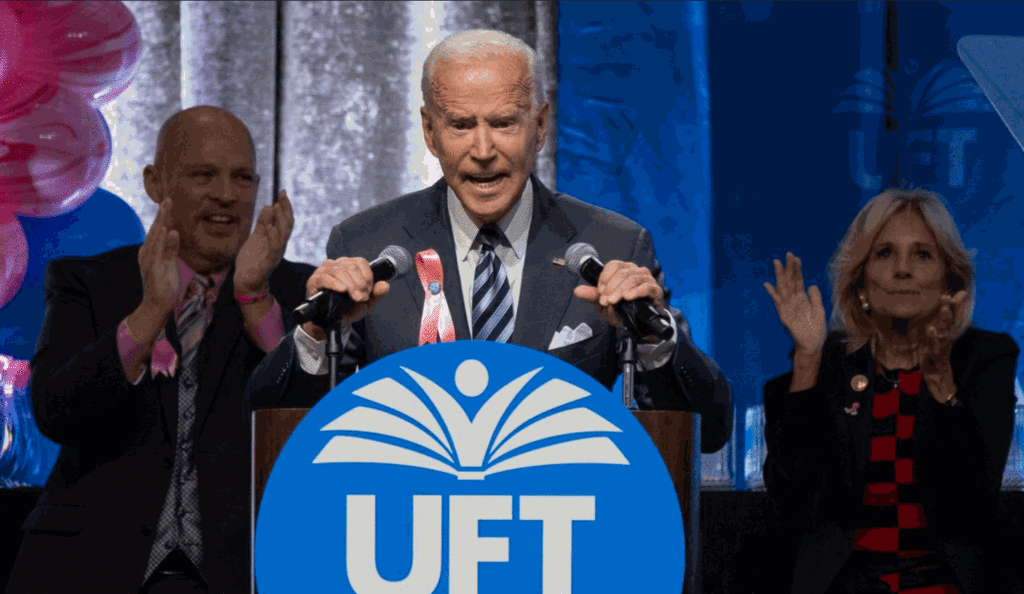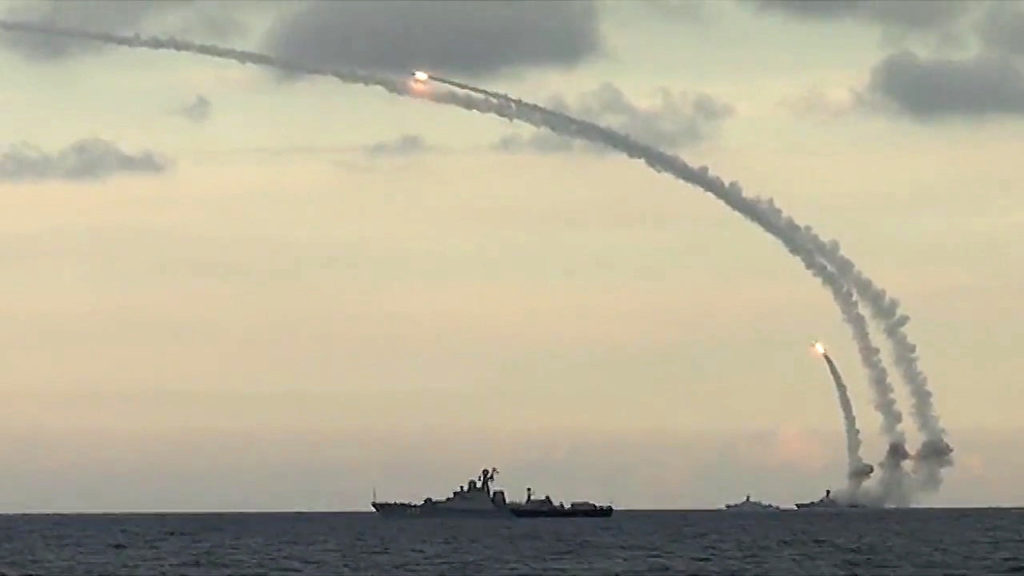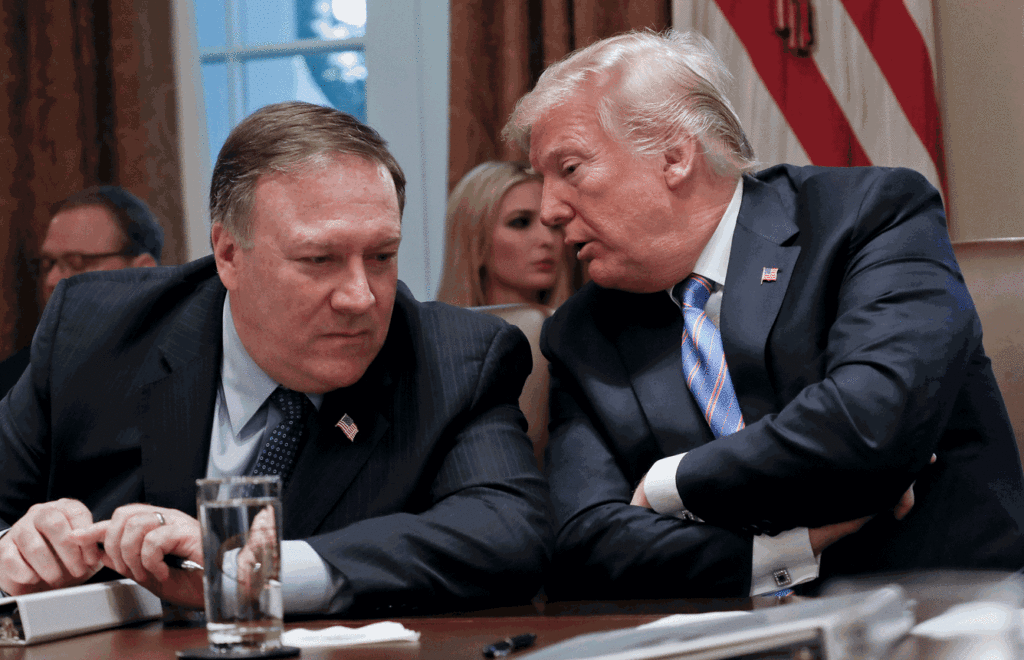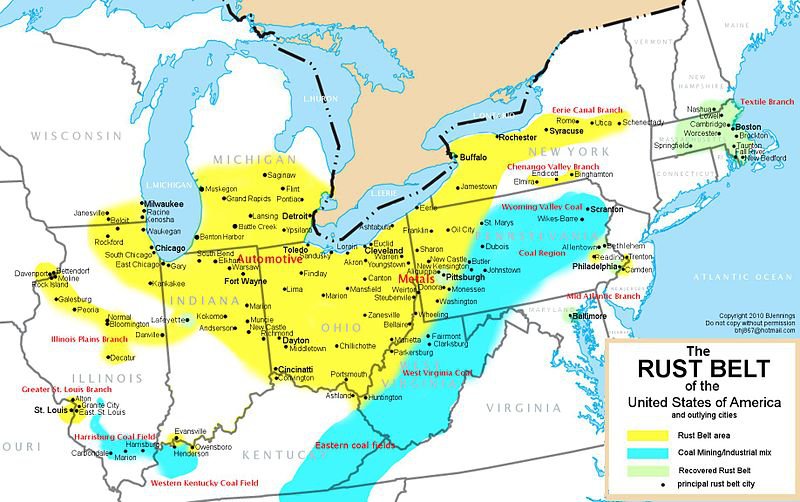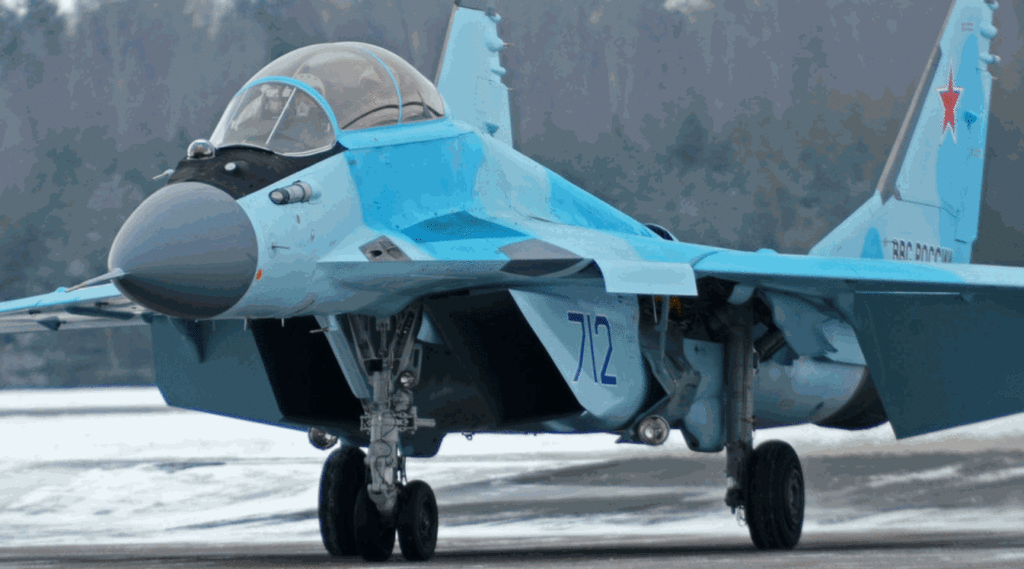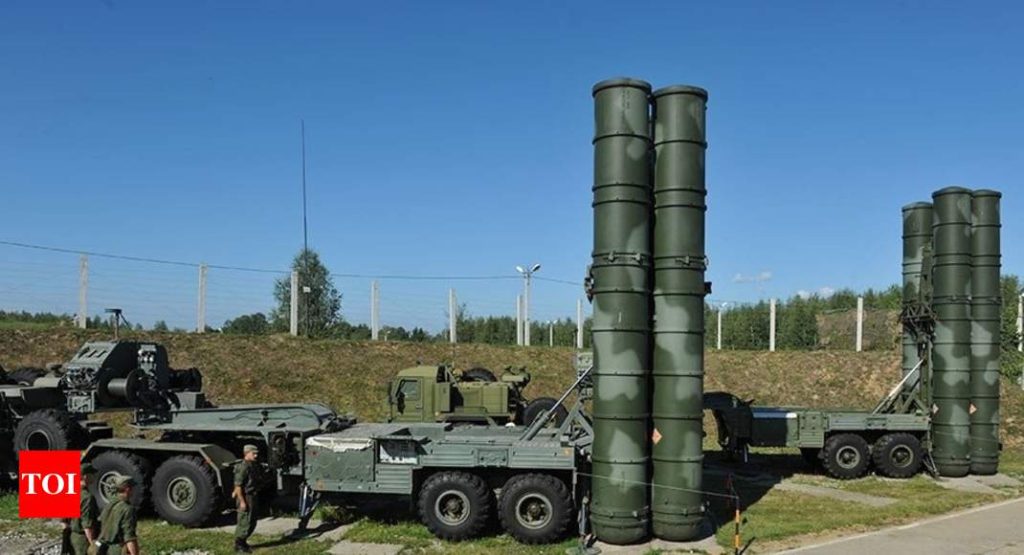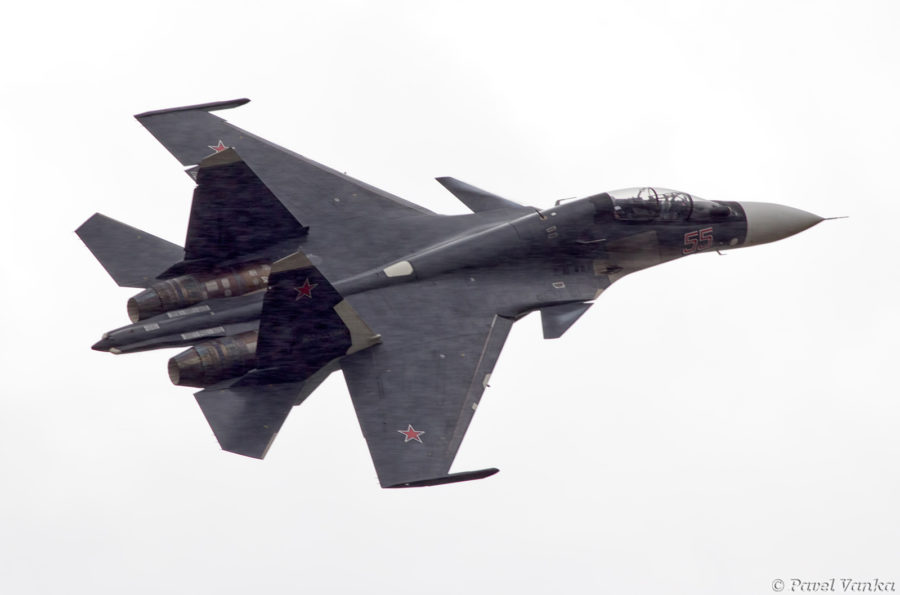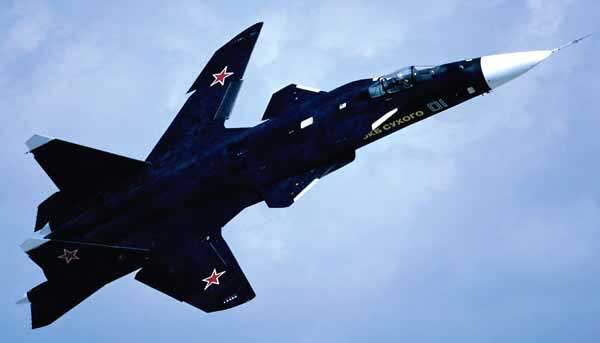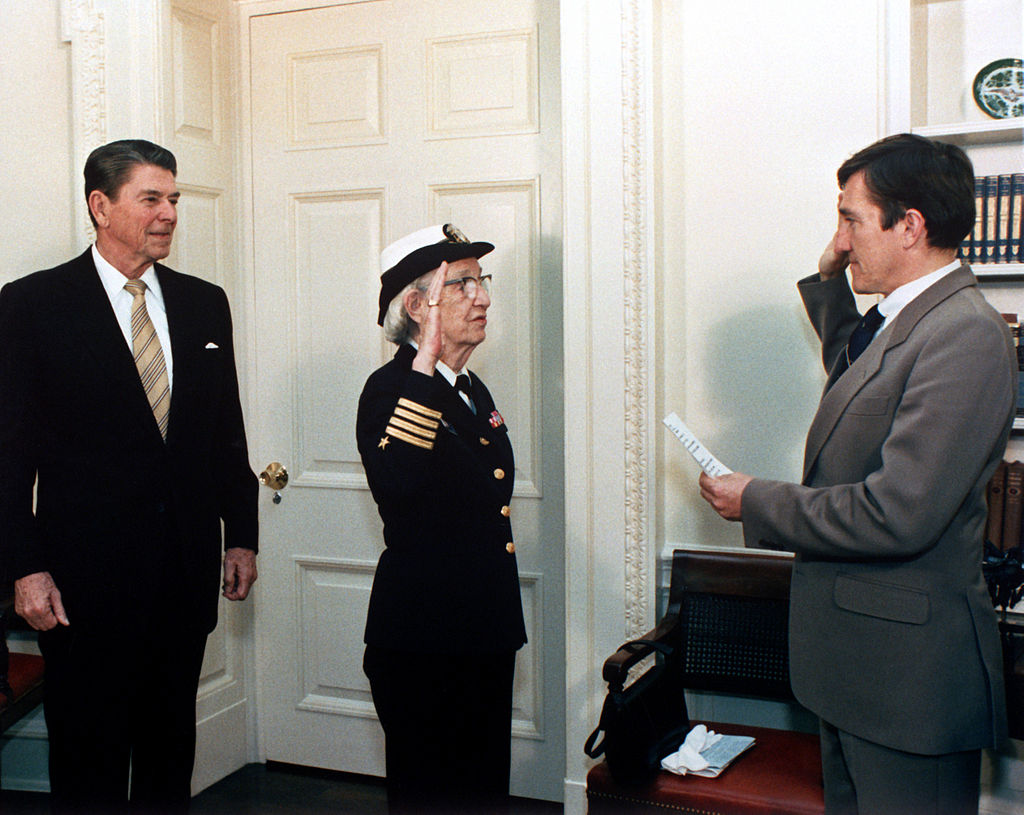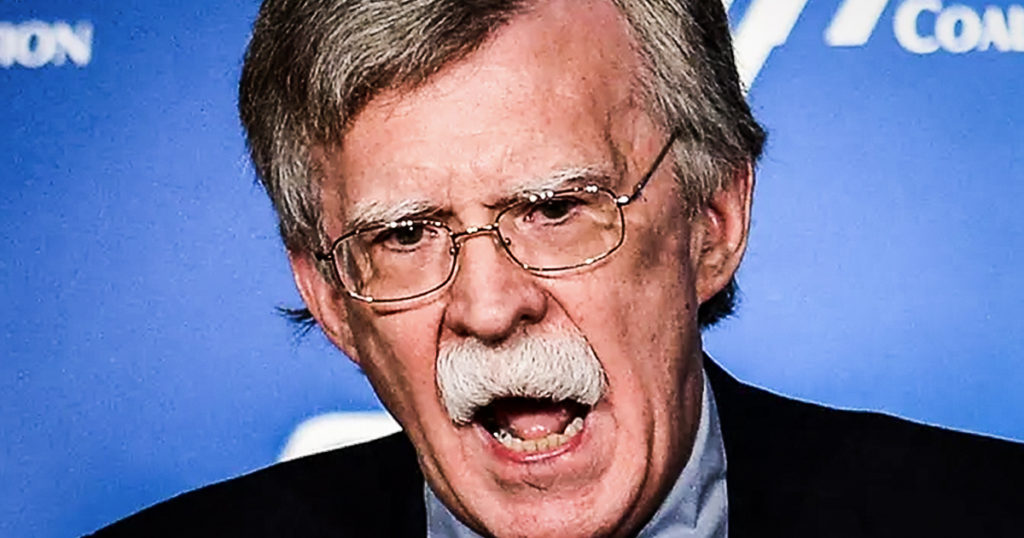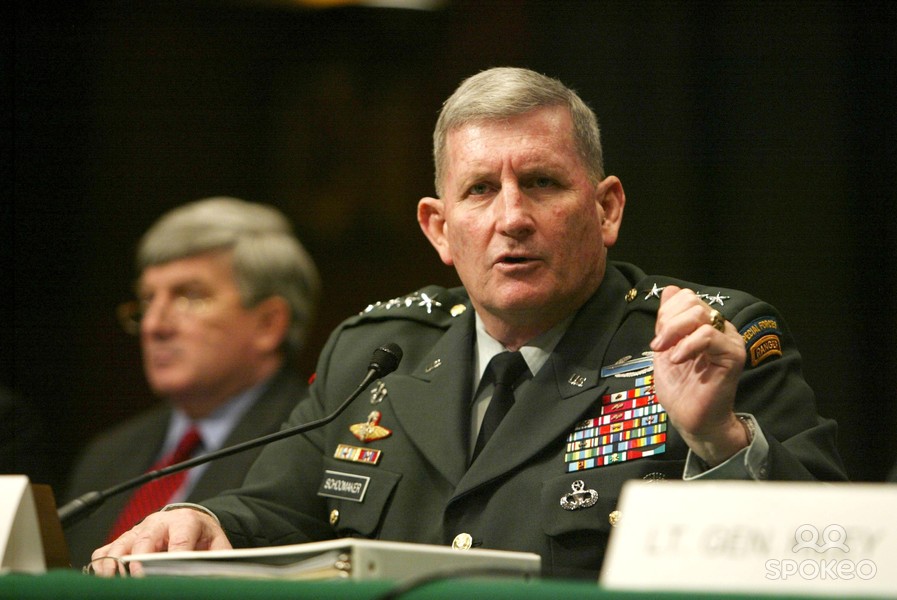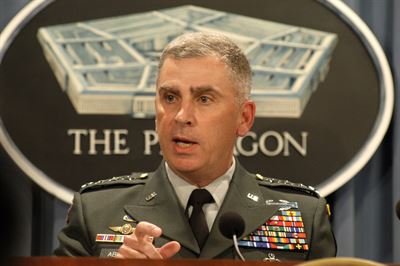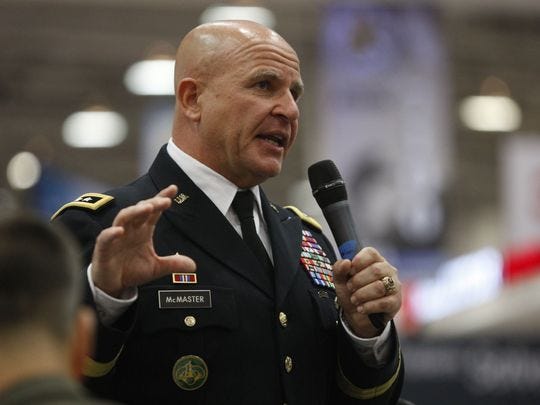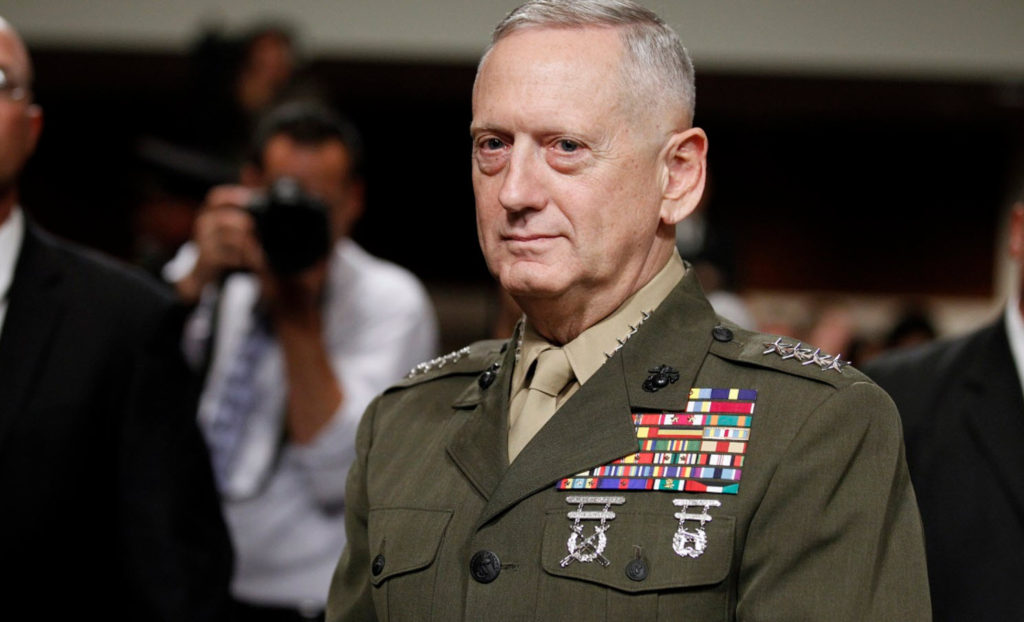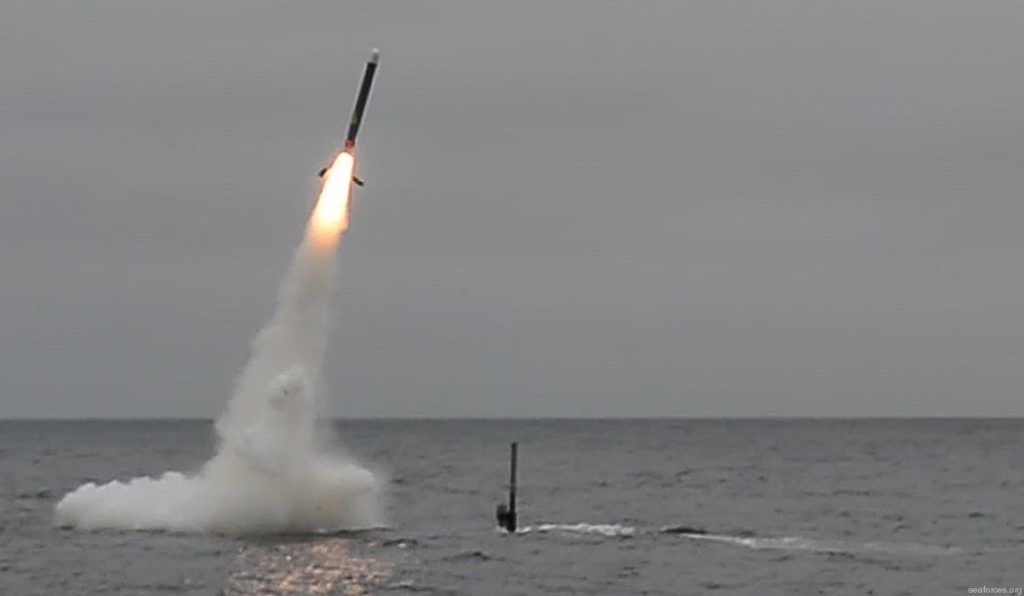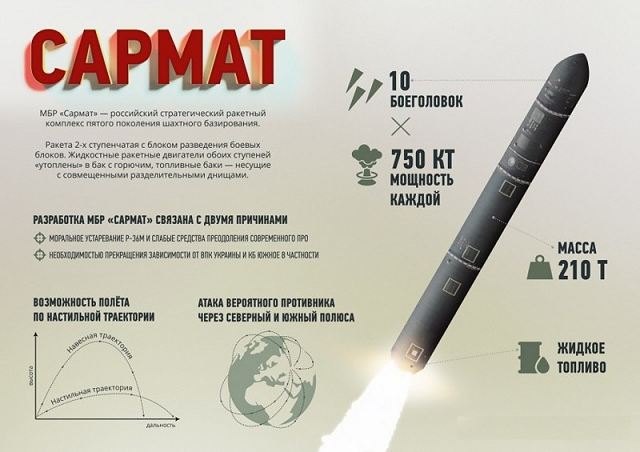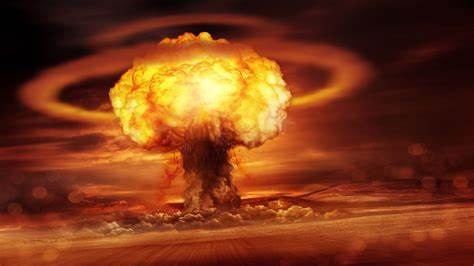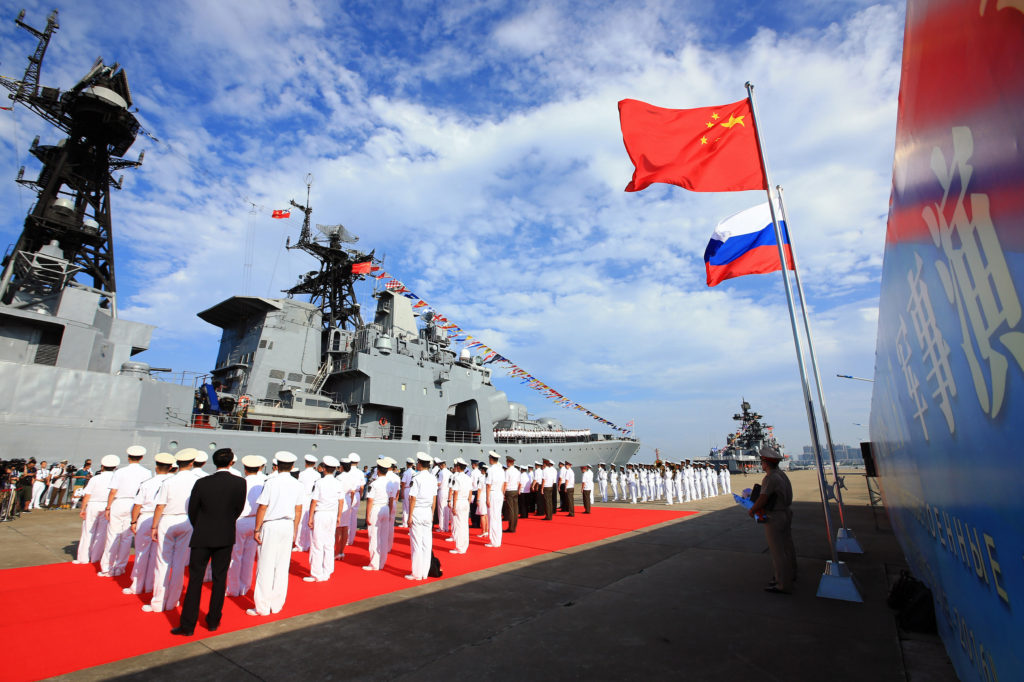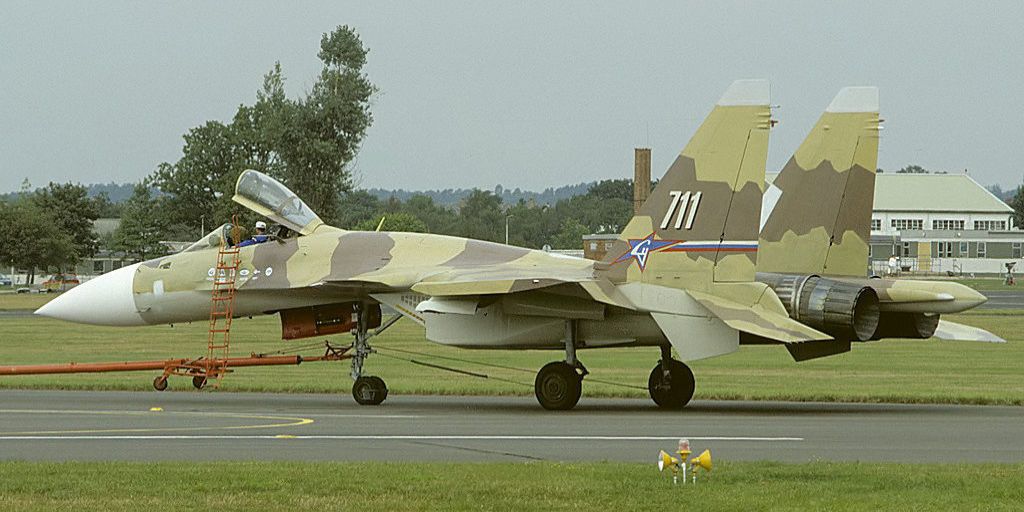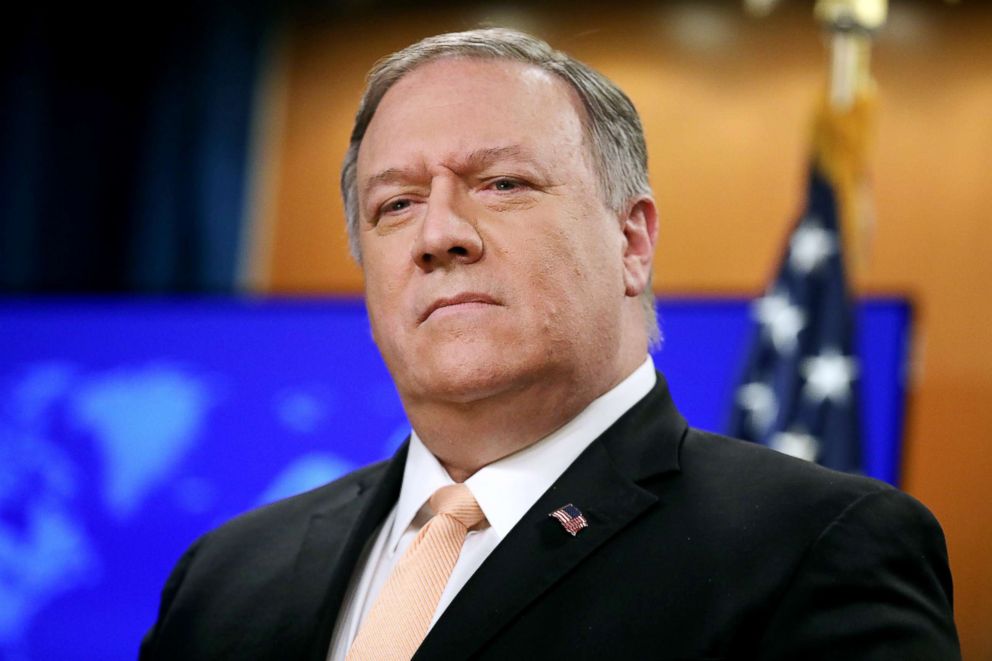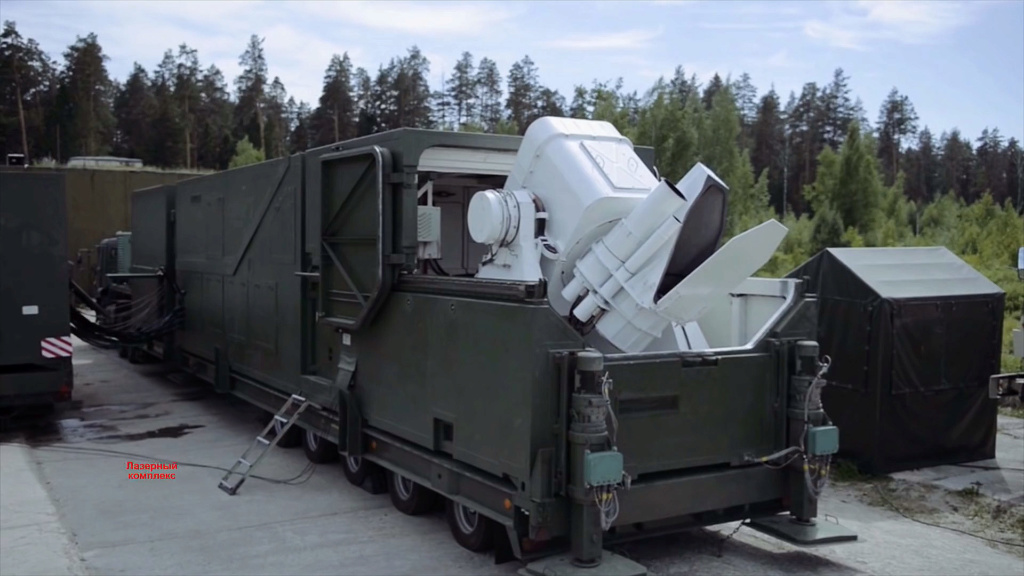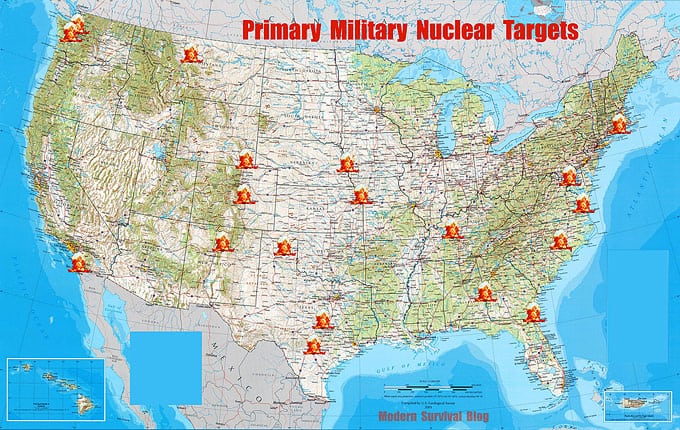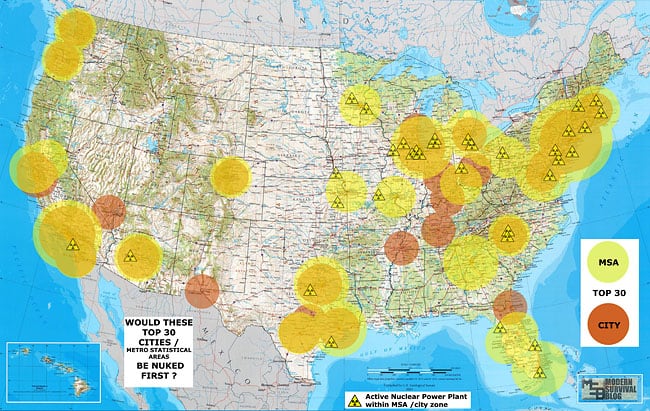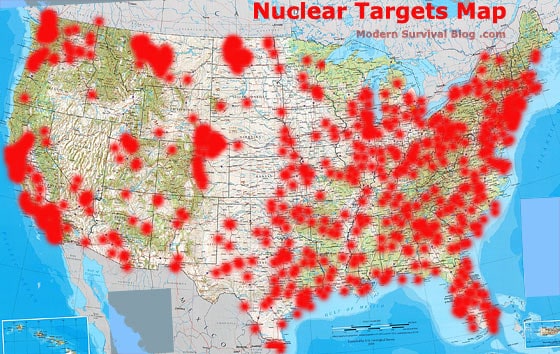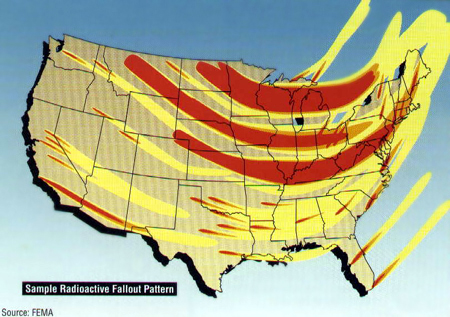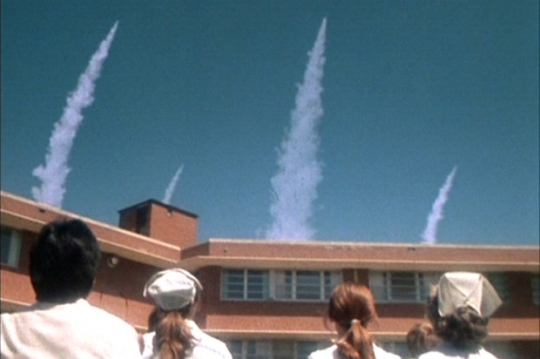Gosh. It’s a really crazy world right now, eh? I’ve really been shaken by some of the writings by the United States neocons. They are advocating limited nuclear strikes to “put China in line, and in its place”. Jesus. H. Christ. They have absolutely no idea of what they advocating. It’s horrific.
I’m convinced, now more than ever, that these people have NEVER actually ever been in a situation where they had to deal with blood-thirsty, dead-ass serious, lethal, killers with their back to the wall…
…they are fixing to discover what it is like.
‘Ghost of Kyiv’ hero fighter pilot was myth, Ukraine admits
Of course.
But, it’s nice to know that some one in the many thousands of writers for the big mainsteam media has dusted off their journalistic diplomas and doing some actual “reporting”, for a change.
From HERE.
Mike Pompeo advocates crossing China’s RED LINES
He’s a grandstanding idiot who is going to get many, many Americans killed.
This is an immediate trigger for war. This is a Chinese RED LINE, and will result in immediate war.
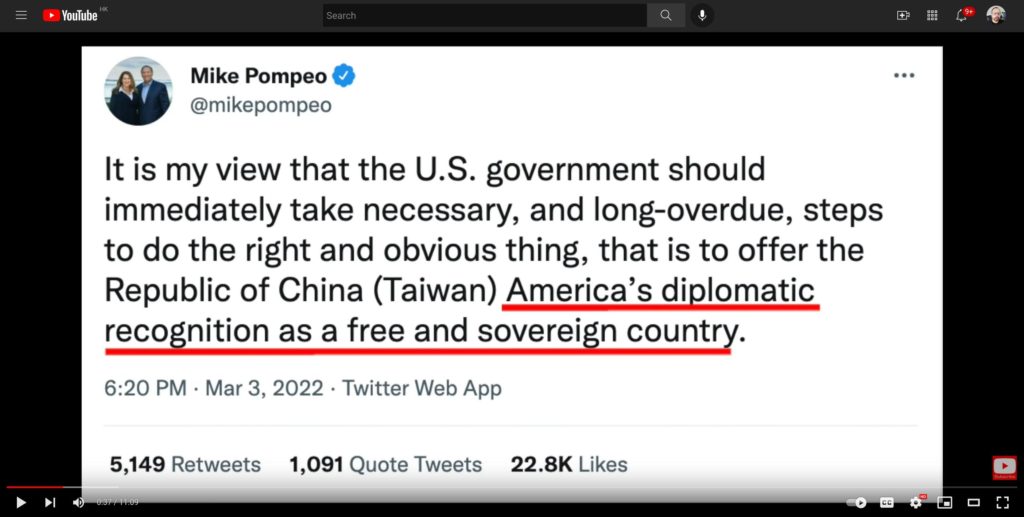
He must believe that he has a seat reserved inside some kind of a nuclear bunker. Eh?
Russia is under attack by Western military operating inside of Russia
Vladimir Putin has officially declared a state of emergency in the Belgorod region for 60 days. Reason: The Russian Federation is “under attack” from either foreign military, mercenaries of that foreign military, or terrorists.” Key point: Russia is “under attack.”
Machine auto-translated from image, so font size and scaling is “off.”
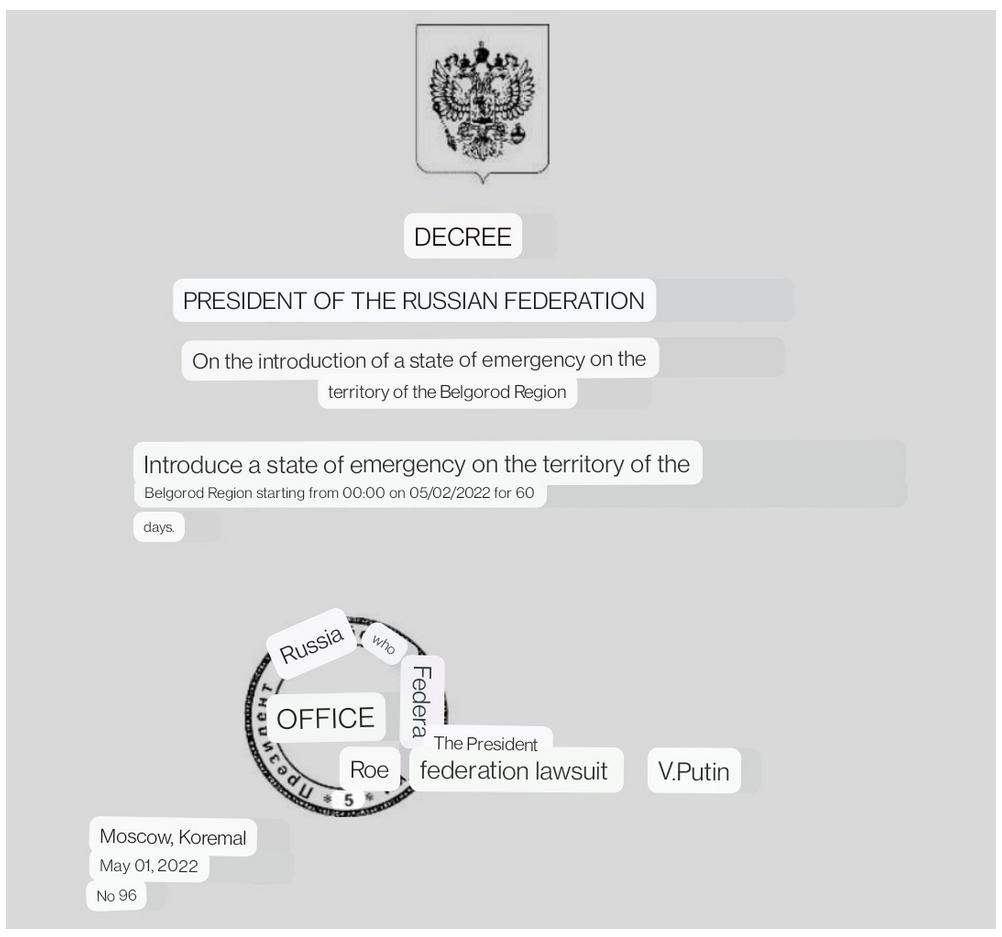
It isn’t hard to see where this is leading. If Russia is “under attack” they have a right to defend themselves, right? A formal declaration of war, perhaps?
On the Edge of a Nuclear Abyss
Two days after Russia attacked Ukraine and the day before Vladimir Putin put Russia on nuclear alert, I wrote a little article whose first sentence was: “Not wanting to sound hyperbolic, but I am starting to conclude that the nuclear madmen running the U.S./NATO New Cold War they started decades ago are itching to start a nuclear war with Russia.”
It was an intuition based on my knowledge of U.S./Russia history, including the U.S engineered coup in Ukraine in 2014, and a reading of current events. I refer to it as intuition, yet it is based on a lifetime’s study and teaching of political sociology and writing against war. I am not a Russian scholar, simply a writer with a sociological, historical, and artistic imagination, although my first graduate academic study in the late 1960s was a thesis on nuclear weapons and why they might be someday used again.
It no longer sounds hyperbolic to me that madmen in the declining U.S. Empire might resort, like rats in a sinking ship, to first strike use of nuclear weapons, which is official U.S. policy. My stomach is churning at the thought, despite what most experts say: that the chances of a nuclear war are slight. And despite what others say about the Ukraine war: that it is an intentional diversion from the Covid propaganda and the Great Reset (although I agree it achieves that goal).
My gut tells me no; it is very real, sui generis, and very, very dangerous now.
The eminent scholar Michel Chossudovsky of Global Research agrees that we are very close to the unthinkable. In a recent historical analysis of U.S.-Russia relations and nuclear weapons, he writes the following before quoting Vladimir Putin’s recent statement on the matter. “Vladimir Putin’s statement on February 21st, 2022 was a response to U.S. threats to use nuclear weapons on a preemptive basis against Russia, despite Joe Biden’s “reassurance” that the U.S. would not be resorting to ‘A first strike’ nuclear attack against an enemy of America”:
Let me [Putin] explain that U.S. strategic planning documents contain the possibility of a so-called preemptive strike against enemy missile systems. And who is the main enemy for the U.S. and NATO? We know that too. It’s Russia. In NATO documents, our country is officially and directly declared the main threat to North Atlantic security. And Ukraine will serve as a forward springboard for the strike.” (Putin Speech, February 21, 2022, emphasis added)
Putin is absolutely correct. It is why he put Russia’s nuclear forces on full alert. Only those ignorant of history, which sadly includes most U.S. Americans, don’t know this.
I believe that today we are in the greatest danger of a nuclear war since the Cuban Missile Crisis of October 1962, something I vividly remember as a teenager. The same feelings return. Dread. Anxiety. Breathlessness. I do not think these feelings are misplaced nor they are simply an emotional response. I try to continue writing on other projects that I have started but feel stymied. The possibility of nuclear war, whether intentional or accidental, obsesses me.
In order to grasp this stomach-churning possibility within the context of Ukraine, we need to put aside all talk of morality, rights, international law, and think in terms of great power politics, as John Mearsheimer has so clearly articulated. As he says, when a great power feels its existence is threatened, might makes right. You simply can’t understand world politics without thinking at this level. Doing so does not mean justifying the use of might; it is a means of clarifying the causes of wars, which start long before the first shots are fired.
In the present crisis over Ukraine, Russia clearly feels existentially threatened by U.S./NATO military moves in Ukraine and in eastern Europe where they have positioned missiles that can be very quickly converted to nuclear and are within a few minutes range of Russia. (And of course there are U.S./NATO nuclear missiles throughout western and southern Europe.) Vladimir Putin has been talking about this for many years and is factually correct. He has reiterated that this is unacceptable to Russia and must stop. He has pushed for negotiations to end this situation.
The United States, despite its own Monroe Doctrine that prohibits another great power from putting weapons or military forces close to its borders, has blocked its ears and kept upping the ante, provoking Russian fears. This fact is not in dispute but is shrugged off by U.S./NATO as of little consequence. Such an attitude is pure provocation as anyone with a smidgeon of historical awareness knows.
The world was very lucky sixty years ago this October when JFK and Nikita Khrushchev negotiated the end of the Cuban Missile Crisis before the world was incinerated. Kennedy, of course, was intensely pressured by the military and CIA to bomb Cuba, but he resisted. He also rejected the insane military desire to nuke the Soviet Union, calling such people crazy; at a National Security Council meeting on September 12, 1963, when the Joint Chiefs of Staff presented a report about a nuclear first strike against the Soviet Union which they wanted for that fall, he said, “Preemption is not possible for us.”
Such leadership, together with the nuclear test ban treaty he negotiated with the USSR that month, inter alia (such treaties have now been abrogated by the U.S. government), assured his assassination organized by the CIA. These days, the U.S. is led by deluded men who espouse a nuclear first strike policy, which tells one all one needs to know about the danger the world is in. The U.S. has been very sick with Russia hatred for a long time.
After the terror of the Cuban Missile Crisis, many more people took the threat of nuclear war seriously. Today very few do. It has receded into the ”unimaginable.” In 1962, however, as James W. Douglass writes in JFK and the Unspeakable:
Kennedy saw that, at least outside Washington, D.C., people were living with a deeper awareness of the ultimate choice they faced. Nuclear weapons were real. So, too, was the prospect of peace. Shocked by the Cuban Missile Crisis into recognizing a real choice, people preferred peace to annihilation.
Today the reality of nuclear annihilation has receded into unconsciousness. This despite the recent statements by U.S. generals and the U.S. Ukrainian puppet Zelensky about nuclear weapons and their use that have extremely inflamed Russia’s fears, which clearly is intentional. The game is to have some officials say it and then deny it while having a policy that contradicts your denial. Keep pushing the envelope is U.S. policy. Obama-Biden reigned over the U.S. 2014 coup in Ukraine, Trump increased weapon sales to Ukraine in 2017, and Biden has picked up the baton from his partner (not his enemy) in this most deadly game. It is a bi-partisan Cold War 2, getting very hot. And it is the reason why Russia, its back to the wall, attacked Ukraine. It is obvious that this is exactly what the U.S. wanted or it would have acted very differently in the leadup to this tragedy. All the current ringing of hands is pure hypocrisy, the nihilism of a nuclear power never for one moment threatened but whose designs were calculated to threaten Russia at its borders.
The media propaganda against Russia and Putin is the most extreme and extensive propaganda in my lifetime. Patrick Lawrence has astutely examined this in a recent essay, where he writes the same is true for him:
Many people of many different ages have remarked in recent days that they cannot recall in their lifetimes a more pervasive, suffocating barrage of propaganda than what has engulfed us since the months that preceded Russia’s intervention. In my case it has come to supersede the worst of what I remember from the Cold War decades.
Engulfed is an appropriate word. Lawrence rightly points to this propaganda as cognitive warfare directed at the U.S. population (and the rest of the world) and notes its connection to the January 2021 final draft of a “diabolic” NATO study called “Cognitive Warfare.” He quotes it thus: “The brain will be the battlefield of the 21st century,” . . . “Humans are the contested domain. Cognitive warfare’s objective is to make everyone a weapon.”
This cognitive warfare, however, has a longer history in cutting edge science. For each successive decade beginning with the 1990s and a declaration from President (and ex-Director of the CIA) George H. W. Bush that the 1990s would be the Decade of Brain Research, presidents have announced additional decades long projects involving the brain, with 2000-2010 being the Decade of Behavior Project, followed by mapping of the brain, artificial intelligence, etc. all organized and funded through the Office of Science and Technology Project (OSTP) and the Defense Advanced Research Projects Agency (DARPA). This medical, military, and scientific research has been part of a long range plan to extend MK-Ultra’s mind control to the population at large under the cover of medical science, and it has been simultaneously connected to the development and funding of the pharmaceutical industries research and development of new brain-altering drugs. RFK, Jr. has documented the CIA’s extensive connection to germ and mind research and promotion in his book, The Real Anthony Fauci: Bill Gates, Big Pharma, and the Global War on Democracy and Public Health. It is why his book is banned from the mainstream media, who do the prime work of cognitive warfare for the government. To put it clearly: these media are the CIA. And the issue of U.S. bio-weapons research and development is central to these many matters, including in Ukraine.
In other words, the cognitive warfare we are now being subjected to has many tentacles connected to much more than today’s fanatical anti-Russian propaganda over Ukraine. All the U.S. wars of aggression have been promoted under its aegis, as have the lies about the attacks of September 11, 2001, the economic warfare by the elites, the COVID crisis, etc. It’s one piece.
Take, for example, a book written in 2010 by David Ray Griffin, a renown theologian who has written more than a dozen books about 9/11. The book is Cognitive Infiltration: An Obama Appointee’s Plan to Undermine the 9/11 Conspiracy Theory. It is a critique of law professor Cass Sunstein, appointed by Obama to be the Administrator of the Office of Information and Regulatory Affairs. Sunstein had written an article with a plan for the government to prevent the spread of anti-government “conspiracy theories” in which he promoted the use of anonymous government agents to use secret “cognitive infiltration” of these groups in order to break them up; to use media plants to disparage their arguments. He was particularly referring to those who questioned the official 9/11 narrative but his point obviously extended much further. He was working in the tradition of the great propagandists. Griffin took a scalpel to this call for cognitive warfare and was of course a victim of it as well. Sunstein has since worked for the World Health Organization (WHO) on COVID psychological responses and other COVID committees. It’s all one piece.
Sunstein’s wife is Samantha Power, Obama’s Ambassador to the United Nations and war hawk extraordinaire. She gleefully promoted the U.S. destruction of Libya under the appellation of the “responsibility to protect,” a “humane” cover for imperialism. Now she is Biden’s Administrator of the United States Agency for International Development (USAID), an arm of the CIA throughout the world. It’s all one piece.
The merry-go-round goes round and round.
I have gone off on this slight tangent to emphasize how vast and interconnected are the players and groups on Team Cognitive Warfare. They have been leading the league for quite some time and are hoping their game plan against Team Russia will keep them there. So far they are winning, as Patrick Lawrence says:
Look at what has become of us. Most Americans seem to approve of these things, or at least are unstirred to object. We have lost all sense of decency, of ordinary morality, of proportion. Can anyone listen to the din of the past couple of weeks without wondering if we have made of ourselves a nation of grotesques? It is common to observe that in war the enemy is always dehumanized. We are now face to face with another reality: Those who dehumanize others dehumanize themselves more profoundly.
Perhaps people are too ignorant to see through the propaganda. To have some group to hate is always “uplifting.” But we are all responsible for the consequences of our actions, even when those actions are just buying the propaganda and hating those one is told to hate. It is very hard to accept that the leaders of your own country commit and contemplate unspeakable evil deeds and that they wish to control your mind. To contemplate that they might once again use nuclear weapons is unspeakable but necessary if we are to prevent it.
I hope my fears are unfounded. I agree with Gilbert Doctorow that the Ukraine-Russia war separates the sheep from the goats, that there is no middle ground. This is not to celebrate war and the death of innocent people, but it does demand placing the blame squarely where it belongs and not trying to have it both ways. People like him, John Mearsheimer, the late badly missed Stephen Cohen, Ray McGovern, Scott Ritter, Pepe Escobar, Patrick Lawrence, Jack Matlock, Ted Postol, et al. are all cutting through the propaganda and delivering truth in opposition to all the lies. They go gentile with fears of nuclear war, however, as if it is somewhat possible but highly unlikely, as if their deepest thoughts are unspeakable, for to utter them would be an act of despondency.
The consensus of the experts tends to be that the U.S. wishes to draw the Russians into a long protracted guerrilla war along the lines of its secret use of mujahideen in Afghanistan in 1979 and after. There is evidence that this is already happening. But I think the U.S. strategists know that the Russians are too smart for that; that they have learned their lesson; and that they will withdraw once they feel they have accomplished their goals. Therefore, from the U.S./NATO perspective, time is reasonably short and they must act quickly, perhaps by doing a false flag operation that will justify a drastic response, or upping the tempo in some other way that would seem to justify the use of nuclear weapons, perhaps tactical at first.
I appreciate the input of the Russia experts I mentioned above. Their expertise dwarfs mine, but I disagree. Perhaps I am an excitable sort; perhaps I am one of those Patrick Lawrence refers to, quoting Carl Jung, as too emotional and therefore incapable of clear thinking. (I will leave the issue of this long held but erroneous western philosophical belief in the division of emotions and thoughts for another day.) Perhaps I can’t see the obvious that a nuclear war will profit no one and therefore it cannot happen. Yet Ted Postol, MIT professor of technology and international security, while perhaps agreeing that an intentional nuclear war is very unlikely, has been warning of an accidental one for many years. He is surely right on that score and well worth listening to.
But either way, I am sorry to say, perhaps because my perspective is that of a generalist, not an expert, and my thinking is informed by art as much as social science and history, my antennae pick up a very disturbing message. A voice tells me that the danger is very, very real today. It says:
Beware, we are on the edge of a nuclear abyss.
The AXIS Act, a Step toward World War III
.
The Axis powers, including Germany and Japan, were the foes of the United States and other Allied powers in World War II. Decades later, President George W. Bush chose to term some other nations — Iraq, Iran, and North Korea — as a new “axis of evil.” That was followed by a US invasion and overthrow in Iraq. Decades later, US troops remain in Iraq, and US sanctions and hostility directed at the other two nations continue.
This week, the United States House of Representatives is set to bring the Axis designation back to the big time — seeking to lump China in with Russia as the new Axis powers the US should be devoted to opposing. The movement toward a new world war — the first one with nuclear powers on both sides — grows stronger.
The House is scheduled to consider the AXIS Act (HR 7314) this week. “AXIS” in the title is the kind of ridiculous acronym that has become common in US legislation. It stands for “Assessing Xi’s Interference and Subversion.” “Xi” is Xi Jinping, the leader of China’s government.
The AXIS Act is being considered under suspension of the rules. Legislation deemed noncontroversial by House leadership can be considered under suspension of the rules in which there is usually a relatively brief House floor debate. Suspension legislation is also often passed by voice vote on a nearly empty house floor. Pressing forward toward World War III is not controversial? For many oblivious House members that probably is the case.
The AXIS Act starts off with a series of findings attempting to paint China as an aider of Russia’s invasion of Ukraine. The accusations included are underwhelming: China and Russia made a strategic partnership announcement a few weeks before the invasion; China abstained from voting on resolutions condemning the invasion in the United Nations Security Council and General Assembly; China has not publicly condemned the invasion.
That’s it. The resolution implicitly admits its backers cannot really tie China to supporting the invasion of Ukraine. Still the resolution proceeds, in what it states is the “sense of Congress,” to bluster that …
“the People’s Republic of China’s disinformation efforts relating to the Russian Federation’s war against Ukraine make it culpable in whitewashing Russia’s war crimes, which include the indiscriminate killing of countless Ukrainian men, women, and children.”
It is the second and final listed “sense of Congress” that is the heart of the resolution and that holds the threat of increased animosity toward China and the potential eruption of World War III. It states that it is the sense of Congress that,
“if China is found to be materially supporting Russia in its war against Ukraine, there should be swift and stringent consequences for China.”
Swift and stringent consequences have already been imposed against Russia. They amount to nearly everything short of US troops fighting against the Russian military, though, with US history as a guide, it should be suspected that US troops are engaged covertly in some military actions against Russians. The US has established expansive sanctions on Russia, extensively blocked investment in and commerce with Russia, and excluded Russia from financial systems including SWIFT that facilitate participation in international trade. The US has also been funding, supplying, and training Ukraine military forces that are fighting against Russians.
In an apparent effort to justify the US treating China similarly, the AXIS Act requires the real experts at depicting other nations as enemies — the Department of State — to…
“submit to the appropriate congressional committees” within 30 days and then every 90 days thereafter “a report on whether and how the People’s Republic of China, including the Government of the People’s Republic of China, the Chinese Communist Party, any Chinese state-owned enterprise, and any other Chinese entity, has provided support to the Russian Federation with respect to its unprovoked invasion of and full-scale war against Ukraine.”
These reports will provide House members keen on ramping up hostilities against China with the steady stream of pro-war propaganda they desire. And have no doubt that the executive branch will be happy to provide such. The Biden administration’s interests are in the same direction as the House members raging at China. President Joe Biden has already been out using the Ukraine War as a reason for threatening China. Indeed, the AXIS Act notes one example of this:
“In his call with Xi Jinping on March 18, 25 2022, President Joe Biden communicated that there would be ‘implications and consequences if China provides material support to Russia as it conducts brutal attacks against Ukrainian cities and civilians’.”
The AXIS Act is a significant step in the effort by Congress members and the Biden administration, using the Ukraine War as an excuse, to direct against China hostilities already directed against Russia, and maybe more.
Most of the backers of this effort probably expect that such actions will not lead to World War III. Hopefully, they are correct in that assessment.
Even if they are correct that the most dire consequences will be avoided, the toll of expanding hostilities against China will still be harsh for people across the world.
For what gain? None is clear.
What is clear is that there is much potential danger ahead and that US politicians are propelling Americans and the world toward it.
Chinese brainstorming…
Think about the implications of this, big picture. The stock market and economy are shaky. China may have to dump everything they own in the US, along with Treasuries. All triggered by the sanctions on Russia from Ukraine.
Chinese state regulators held an emergency conference with major domestic and foreign banks to discuss means to protect the People’s Republic’s assets should the US impose sanctions similar to those it slapped on Russia in February, the Financial Times reports, citing people said to be familiar with the situation. The meeting, said to have taken place on 22 April, reportedly involved officials from the People’s Bank of China, the country’s powerful central bank, as well as the Finance Ministry. Representatives from every major national bank took part, as did major foreign lenders operating in the Asian nation, such as HSBC, according to the paper’s sources. An unnamed "senior finance ministry official" was said to have kicked off the meeting by saying Beijing had been "put on alert" of the West’s ability to seize foreign assets by observing what the US and its allies did to Russia. In March, officials from the Russian Central Bank and the Ministry of Finance reported that the United States and its allies had seized "about $300 billion" of the country’s estimated $642 billion reserve cushion, with the US alone accounting for roughly $100 billion of that. In recent weeks, officials and lawmakers in Washington and Brussels have threatened to confiscate these assets, or transfer them to Ukraine.
Found HERE.
Yes. If China disengages from US, the US is without a prayer. We need them far more than they need us. For decades they sent us manufactured goods, we gave them pieces of paper called Treasury Bills. That is over. Then they started taking businesses and land. If they can’t operate a business or make use of the land there is no reason for them to play with us. In theory US could do what it used to do and make stuff. Before such an adjustment is made the largest part of the population would be dead. Only reason for China or Russia to engage with US at all is to preserve stability. When US policy amounts to throwing all the cards in the air and kicking over the table they can’t much help us with stability. -oldhippie
So the Chinese have received a wake up call- they watched as the US/UK walked away with Afghani bank assets, with Venezuelan Gold (Guido seems happy), with Libyan, and Serbian Gold, with Iranian Assets, and of late with Russian bank assets to the tune of $300 Billion. So what can be a rational game plan for the Chinese who have ? $1.5 Trillion in Assets/T bills tied up in the US. How does one back out of this predicament, and reclaim their value, before the US preys on them??? -AParadiseLost
Caught RED-HANDED!
China recently introduced a new law and policy that discloses the IP address of all Internet users.
Now, as a result of this, many people claiming to be inside of Shanghai and upset about the Coronavirus restrictions have been unmasked.
This policy resulted in the discovery of “Shanghai residents” who have been vocally complaining about their dissatisfaction with China, actually being outside of China, and constructing narratives that paints China in a horrible light.
There are many, many “Chinese accounts” originating out of Taiwan, a handful out of Australia and Japan, and a large group from both the UK, and Canada. All of which pretend to be Chinese residents inside of Shanghai.
This has forced Chinese social media, as well as foreign social media (operating inside of China) to suspend many of these fake accounts. As a result, many of these individuals are suddenly stopping their Internet activities using China social media.
So anyone on wechat etc, will now notice that there are suddenly less rubbish materials and postings critical of China.
One such “caught” faux-Shanghai “resident”…
An Dong, an IT support staffer for the EU delegation, often expressed candid political takes and spoke in favor of democratic principles on WeChat. His account has previously been suspended “likely as a result of his political views,” per the Wall Street Journal.
Ten countries open accounts to pay for gas from Russia, Hungary says – The Frontier Post
“Hungary has opened a euro account, to which the price of gas in euros is credited, and then the bank converts it into rubles… In addition to us, nine other countries do this, but they do not say that they do the same, simply because in Europe now “being good for Europe” means that the leadership of the country does not speak honestly with its people and in international life,” he said.
The politician once again reminded that the European Union has not adopted any sanctions that make it impossible to pay for Russian gas in rubles, this is regulated by a civil law agreement between states and companies.
Earlier, Hungarian Foreign Minister Szijjarto also emphasized that some European companies importing natural gas from Russia agreed to the payment scheme proposed by Russia, but they do not talk about it honestly and spread false information about the position of Hungary with the help of Western media.
In turn, Orban noted that the country is ready to pay for Russian gas in rubles, and Szijjártó pointed out that the cessation of supplies to Bulgaria will not affect transit to Hungary.
On March 23, Russian President Putin announced the transfer of payment for natural gas supplies to the EU countries and other states that have introduced restrictive measures against Russia into rubles in order to abandon the use of dollars and euros in calculations. Then the president si-gned a corresponding dec-ree and said that if unfriendly countries did not pay in rubles from April 1, then Russia would consider this a default on gas contracts.
According to the new scheme, Gazprombank will open special currency and ruble accounts for foreign buyers to pay for gas. The buyer will be able to transfer funds to the first acc-ount in the currency specified in the contract for the supply of “blue fuel”, the b-ank will sell it on the Mos-cow Exchange, after which it will credit rubles to the account of the buyer of gas and from this account settlements will be made with gas supplier – Gazprom”.ARTICLE
German energy firm Uniper ready to meet Russian pay demand – BBC News
Foreign Minister Sergey Lavrov’s interview with the Xinhua News Agency (China), April 30, 2022
Question: What do you think is at the root of the Ukrainian crisis? What can the international community do to solve this problem?
Sergey Lavrov: When we talk about the Ukrainian crisis, first of all we need to look at the destructive policy of the Western states conducted over many years and led by the United States, which set a course to knock together a unipolar world order after the end of the Cold War. NATO’s reckless expansion to the East was a key component of those actions, despite the political obligations to the Soviet leadership on the non-expansion of the Alliance. As you know, those promises were just empty words. All these years, NATO infrastructure has been moving closer and closer to the Russian borders.
The West was never concerned about the fact that their actions grossly violated their international obligations not to strengthen their own security at the expense of the security of others. In particular, Washington and Brussels arrogantly rejected the initiatives put forward by Russia in December 2021 to ensure our country’s security guarantees in the west: to stop the expansion of NATO, not to deploy armaments that pose a threat to Russia in Ukraine and to return the Alliance’s military infrastructure to the 1997 configuration, when the NATO-Russia Founding Act was signed.
It is well-known that the United States and NATO member states have always viewed Ukraine as a tool to contain Russia. Over the years, they have actively fuelled anti-Russia sentiments there, forcing Kiev to make an artificial and false choice: to be either with the West or with Moscow.
It was the collective West that first provoked and then supported the anti-constitutional coup d’etat in Kiev in February 2014. Nationalists came to power in Ukraine and immediately unleashed a bloody massacre in Donbass, and set the course on the destruction of everything Russian in the rest of the country. Let me remind you that it was precisely because of this threat that the people of Crimea voted in a referendum for the reunification with Russia in 2014.
Over these past years, the United States and its allies have done nothing to stop the intra-Ukrainian conflict. Instead of encouraging Kiev to settle it politically based on the Minsk Complex of Measures, they sent weapons, trained and armed the Ukrainian army and nationalist battalions, and generally carried out the military-political development of Ukraine’s territory. They encouraged the aggressive anti-Russia course pursued by the Kiev authorities. In fact, they pushed the Ukrainian nationalists to undermine the negotiating process and resolve the Donbass issue by force.
We were deeply concerned about the undeclared biological programmes implemented in Ukraine with Pentagon’s support in close proximity to the Russian borders. And, of course, we could not disregard the Kiev leadership’s undisguised intentions to acquire a military nuclear potential, which would create an unacceptable threat to Russia’s national security.
In these conditions, we had no other choice but to recognise the Donetsk and Lugansk people’s republics and launch the special military operation. Its aim is to protect people from genocide by the neo-Nazis, as well as to demilitarise and denazify Ukraine. I would like to stress that Russia is acting to fulfil its obligations under bilateral agreements on cooperation and mutual assistance with the DPR and LPR, at the official request of Donetsk and Lugansk under Article 51 of the UN Charter on the right to self-defence.
The special military operation launched on February 24 is progressing strictly in accordance with the plan. All its goals will be achieved in spite of our opponents’ counteractions. At the moment we are witnessing a classic case of double standards and hypocrisy of the Western establishment. By publicly supporting the Kiev regime, NATO member states are doing everything in their power to prevent the completion of the operation by reaching political agreements. Various weapons are flowing endlessly into Ukraine through Poland and other NATO countries. All of this is being done under the pretext of “fighting the invasion”, but in fact the United States and the European Union intend to fight Russia “to the last Ukrainian.” They do not care at all about the fate of Ukraine as an independent subject of international relations.
The West is ready to jeopardise the energy and food security of entire regions of the globe to satisfy its own geopolitical ambitions.What ither explanation is there for the unrestrained flywheel of anti-Russian sanctions launched by the West with the start of the operation and which they aren’t thinking of stopping?
If the United States and NATO are truly interested in settling the Ukrainian crisis, then, first, they must come to their senses and stop supplying weapons and ammunition to Kiev. The Ukrainian people do not need Stingers and Javelins; what they need is a solution to urgent humanitarian issues.Russia has been doing this since 2014. During this time, tens of thousands of tonnes of humanitarian cargo have been delivered to Donbass, and about 15,000 tonnes of humanitarian aid have already arrived in the part of Ukraine liberated from the Kiev regime, the DPR and the LPR, since the launch of the special military operation.
Second, it is essential that the Kiev regime stops cynical provocations, including in the information space. Ukrainian armed formations are barbarically shelling cities using civilians as living shields. We saw examples of this in Donetsk and Kramatorsk. Captured Russian servicemen are being abused with animal cruelty, and these atrocities are being posted online. At the same time, they use their Western patrons and global media controlled by the West to accuse the Russian army of war crimes. As they say, laying the blame at somebody else’s door.
It is high time for the West to stop unconditionally whitewashing and covering up for Kiev. Otherwise, … Washington, Brussels and other Western capitals should consider their responsibility for complicity in the bloody crimes perpetrated by the Ukrainian nationalists.
Question: What measures has Russia taken to protect the lives and property of civilians? What efforts has it made to establish humanitarian corridors?
Sergey Lavrov: As I mentioned earlier, the special military operation is proceeding according to plan. Under this plan, the Russian military personnel are doing everything in their power to avoid victims among civilians. Blows are carried out with high-precision weapons, first of all at military infrastructure facilities and places where armoured vehicles are concentrated. Unlike the Ukrainian army and nationalist armed groups that use people as living shields, the Russian army provides the locals with all kinds of assistance and support.
Humanitarian corridors open daily from Kharkov and Mariupol to evacuate people from dangerous districts, but the Kiev regime demands that the “national battalions” in control of those areas do not release the civilians. Nevertheless, many are able to leave with the assistance of Russian, DPR and LPR servicemen. During the special military operation, the hotline of the Interdepartmental Coordination Headquarters of the Russian Federation for Humanitarian Response in Ukraine has received requests for assistance in evacuating 2.8 million people to Russia, including 16,000 foreign citizens and employees of UN and OSCE international missions. In total, 1.02 million people have been evacuated from Ukraine, the DPR and LPR, of which over 120,000 are citizens of third countries, including over 300 Chinese nationals. There are over 9,500 temporary accommodation facilities operating in Russian regions. They have space for rest and hot meals, and everything that may be necessary. Newly arrived refugees are provided with qualified medical and psychological assistance.
Russia is taking measures to ensure civilian navigation in the Black and Azov seas. A humanitarian corridor opens daily, a safe lane for ships. However, Ukraine continues to block foreign ships, creating a threat of shelling in its internal waters and territorial sea. Moreover, Ukrainian naval units have mined the shore, the ports and territorial waters. These explosive devices disconnect from their anchor lines and drift into the open sea, so they pose a serious danger to both the fleets and the port infrastructure of the Black Sea countries.
Question: Since the special military operation was launched in Ukraine, Western counties have adopted a large number of unprecedented sanctions against Moscow. How do you think these sanctions will affect Russia? What are the main countermeasures taken by Russia? Some say that a new Cold War has begun. How would you comment on that?
Sergey Lavrov: It is true that the special military operation was used by the collective West as a pretext to unleash numerous restrictions against Russia, as well as its legal entities and individuals. The United States, Great Britain, Canada and EU countries do not conceal that their goal is to strangle our economy by undermining its competitiveness and blocking Russia’s progressive development. At the same time, the Western ruling circles are not embarrassed by the fact that anti-Russian sanctions are already beginning to harm ordinary people in their own countries. I mean the declining economic trends in the United States and many European countries, including growing inflation and unemployment.
It is clear that there can be no excuse for this anti-Russian line and it has no future. As President Vladimir Putin said, Russia has withstood this unprecedented pressure. Now the situation is stabilising, though, of course, not all risks are behind us.
In any case, they will not succeed in weakening us. I am confident that we will restructure the economy and protect ourselves from our opponents’ possible illegitimate and hostile actions in the future. We will continue to give a fitting and adequate response to the imposed restrictions, guided by the goal of maintaining the stability of the Russian economy and its financial system, as well as the interests of domestic businesses and the entire nation. We will focus our efforts on de-dollarisation, de-offshorisation, import substitution, and promotion of technological independence.We will continue to adapt to external challenges and step up development programmes for promising and competitive industries.
During the period of turbulence, our retaliatory special economic measures needed to ensure the normal functioning of the Russian economy will be continued and expanded. As a responsible player on the international market, Russia intends to continue scrupulously fulfilling its obligations under international contracts on export deliveries of agricultural products, fertilisers, energy carriers and other critical products. We are deeply concerned about a possible food crisis provoked by the anti-Russian sanctions, and we are well aware how important the deliveries of essential goods, such as food, are for the socioeconomic development of Asian, African, Latin American, and Middle Eastern countries.
I will be brief as regards the second part of your question. Today we are not talking about a new “cold war,” but, as I said earlier, about the persistent desire to impose a US-centric model of the world order coming from Washington and its satellites, who imagine themselves to be “arbiters of humankind’s fate.” It has reached the point where the … Western minority is trying to replace the UN-centric architecture and international law formed after World War II with their own “rule-based order.” These rules are written by Washington and its allies and then imposed on the international community as binding.
We must realise that the United States has been carrying out this destructive policy for several decades now. It is enough to recall NATO’s aggression against Yugoslavia, attacks on Iraq and Libya, attempts to destroy Syria, as well as the colour revolutions that Western capitals staged in a number of countries, including Ukraine. All of this came at the cost of hundreds of thousands of lives and resulted in chaos in various regions of the planet.
The West tries to crudely suppress those who carry out an independent course in their domestic and foreign policy. Not just Russia. We can see how bloc thinking is being imposed in the Asian-Pacific Region. We can recall the Indo-Pacific strategy promoted by the United States, which has a pronounced anti-China tendency. The US seeks to dictate the standards according to which Latin America should live, in the spirit of the outdated Monroe Doctrine. This explains many years of the illegal trade embargo on Cuba, sanctions against Venezuela, as well as attempts to undermine stability in Nicaragua and other countries. The pressure on Belarus continues in the same context. This list can go on.
It is clear that the collective West’s efforts to oppose the natural course of history and solve its problems at the expense of others are doomed. Today the world has several decision-making centres; it is multipolar. We can see how quickly Asian, African, and Latin American countries are developing. Everyone is getting a real freedom of choice, including where it comes to choosing their development models and participation in integration projects. Our special military operation in Ukraine also contributes to the process of freeing the world from the West’s neocolonial oppression heavily mixed with racism and a complex of exceptionalism.
The faster the West accepts the new geopolitical situation, the better it will be for the West itself and for the entire international community.
As President Xi Jinping said at the Boao Forum for Asia, “We need to uphold the principle of indivisible security, build a balanced, effective and sustainable security architecture, and oppose the pursuit of one’s own security at the cost of others’ security.”
Question: Russian-Ukrainian talks have attracted close attention of the international community. What are the main obstacles to the talks today? How do you regard the prospects of a peace treaty between the two parties? What kind of bilateral relations does Russia intend to have with Ukraine in the future?
Sergey Lavrov: At present the Russian and Ukrainian delegations are holding discussions on the possible draft almost daily, via videoconference. This document should contain such elements of the post-conflict situation as permanent neutrality, the non-nuclear, non-bloc and demilitarised status of Ukraine, as well as guarantees of its security. The agenda of the talks also includes denazification, recognition of the new geopolitical reality, the lifting of sanctions and the status of the Russian language, among other things. Settling the situation in Ukraine will make a significant contribution to the de-escalation of the military and political tensions in Europe and the world in general. The establishment of an institution of guarantor states is envisaged as a possible option. First of all, they will be the permanent members of the UN Security Council, including Russia and China. We share information on the progress in the talks with Chinese diplomats. We are grateful to Beijing and other BRICS partners for their balanced position on the Ukrainian issue.
We are in favour of continuing the talks, although the process is difficult.
You are right to ask about the obstacles. For example, they include the militant rhetoric and incendiary actions of Kiev’s Western patrons. They are actually encouraging Kiev to “fight to the last Ukrainian,” pumping the country with weapons and sending mercenaries there. Let me note that the Ukrainian security services staged a crude bloody provocation in Bucha with the help of the West, to complicate the negotiation process among other things.
I am confident that agreements can only be reached when Kiev starts to be guided by the interests of the Ukrainian people, and not the advisors from far away.
Speaking about Russian-Ukrainian relations, Russia is interested in a peaceful, free, neutral, prosperous and friendly Ukraine. Despite the current administration’s anti-Russian course, we remember the many centuries of all-embracing cultural, spiritual, economic and family ties between Russians and Ukrainians. We will definitely restore these ties.
Simple Cajun Seasoning
Here is a simple way to make Cajun seasoning using normal kitchen spices.

Ingredients
Directions
.
Poland and NATO: Sneaking Troops Around; Forbids Public Photos/Videos!
The Polish Government has announced that Large-Scale Military Exercises will be taking place across the Country beginning today involving the Polish Military and multiple NATO Member States. Heavy Military Equipment is expected to be seen on Highways and roads around the Country.
This, the world already knew about. What’s very different this time is as follows:
The Polish State Security Service has requested that people refrain from Photographing or Posting about Military Movements including Aircraft landings and take-offs, people who do continue to publicly document Allied Military Movements are subject to prosecution.
The Polish State Security Ministry has threatened Fines and Jail Time for posting pictures and announcing Force Movements over Social Media since the Russian Invasion of Ukraine began, though so far no Polish Citizens have been prosecuted.
There has been covert intelligence coming out of Poland which CLAIMS (not yet confirmed) that Poland and perhaps other nations are planning to put armed troops into western Ukraine as “peace keepers.” HOWEVER, along with such rumors are other CLAIMS (also not verified) that Poland intends a land grab f western Ukraine; to reincorporate what was once actual Polish territory before World War 2, back into Poland. These claims are Furiously DENIED by the Poland government.
Yet, given the announcement by Polish security services, that the public must not take photos, video or make troop movement postings on social media, one has to wonder why all the secrecy? If Poland is not going to send troops into Ukraine, why the secrecy?
It is widely believed by many seasoned observers that if Poland tries to insert troops into Ukraine, they would be immediately engaged by Russian armed forces, regardless of Poland’s stated purposes.
American Georgetown professor advocates doubling the United States defense spending so as to have a war with both China and Russia simultaneously
Current spending; United States budget is…

So it’s not enough. More military spending must occur! Double the spending. Is this even possible?
Ok. I knew that the United States was run by idiots, but this is over the top.
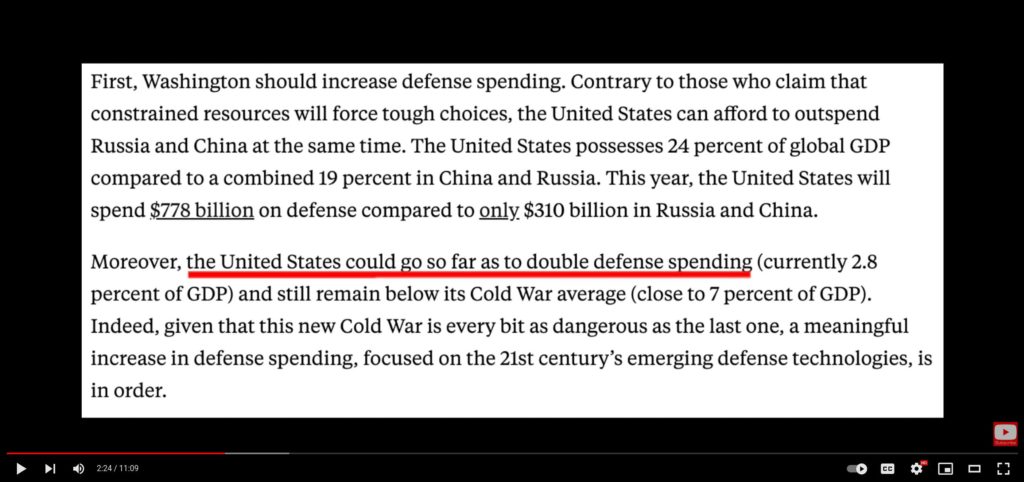
Russia’s chip technology is backward, why is its weaponry advanced?
As we all know, chips are the soul of information-based weapons and equipment. A country’s chip level directly determines the advanced level of weapons and equipment. If the ranking is based on revenue, in 2020, the United States will account for 6 of the world’s top ten semiconductor manufacturers. , South Korea accounted for 2, Japan accounted for 1, Xiaowan accounted for 1.
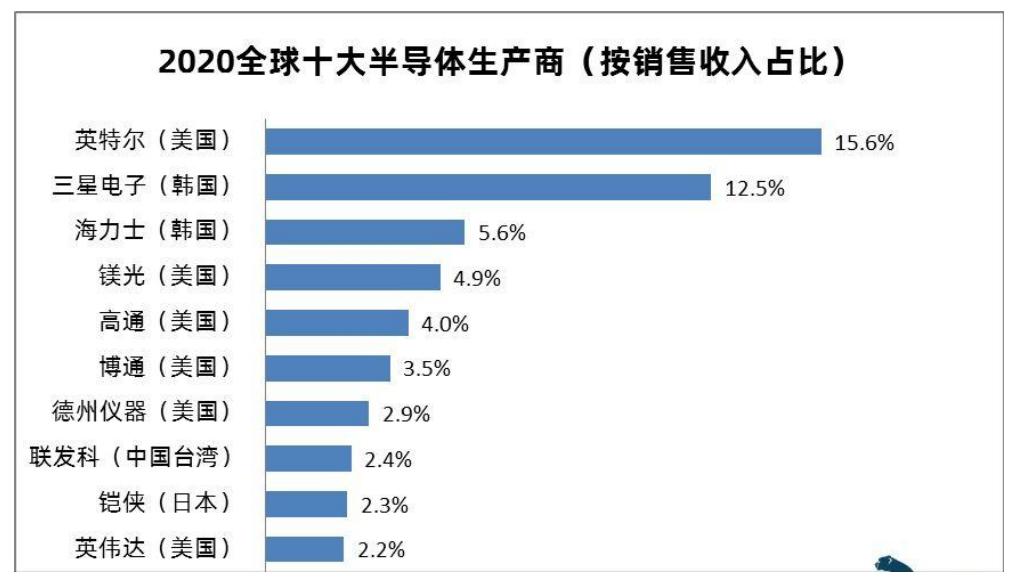
If the ranking is based on R&D expenditure, personnel size, etc., the ranking is different, but without exception, no Russian company can make the list.
From the current point of view, Russia’s chip research capabilities are not strong. Compared with the United States and Europe, its chip level is at least 10 years different.
Due to this, you can’t see any popular mobile phones, cars and household appliances in Russia. Many civilian products in Russia are subject to chip technology, and there are almost no sales in the world, and of course there is no sense of existence.
Although Russia’s chip technology is not strong, its weapons and equipment are extremely advanced. This is also an important reason why Russia’s arms trade has been ranked second in the world for many years.
According to Western media reports, in 2019, the GPS system of the United States covering the Middle East was suppressed by the interference of mysterious electromagnetic waves, and it was completely paralyzed in a period of time, which interrupted civil and military communications in Israel and other countries. reached thousands of square kilometers.
The U.S. military immediately analyzed it and believed that the electronic interference was carried out by Russia, because Russia has a Khomeimim air base in Syria, which contains the Russian electronic warfare system. The U.S. military judged the distance and believed that the interference signal was the Khomemim airbase. Sent from Memim Air Force Base.
The Russian army was able to use the electronic warfare system to effectively interfere with the GPS of the US military, causing many of the US military’s precision-guided weapons to fail under the interference of the Russian army. This also shows that the Russian military’s electronic warfare equipment is still extremely advanced.
Russian weapons and equipment have always given people the impression of being stupid and clumsy, and it is difficult to create very small and delicate electronic warfare equipment.
Chip technology is listed as a key technology by the United States. The United States and other Western countries not only block chip technology from Russia, but also impose embargoes on high-performance chips. Russia’s chip technology is backward, and Russia, which does not have high-performance chips, why is its weaponry so advanced?
To figure this out, we have to figure out why Russia’s chip technology lags behind?
Russia’s chip technology and foundation were inherited from the Soviet Union, which implemented a planned economic system, and the Soviet Union divided labor among countries and regions, such as East Germany producing precision instruments, Vietnam planting rice, Ukraine farming and raising cattle, and Kazakhstan picking cotton. Belarus-made trucks, etc.
At that time, microelectronics was an absolute high-tech, and all the republics wanted to develop. In order to balance the interests of the various republics, the Soviet Union split and distributed the production of microelectronics to the republics. This led to the disintegration of the Soviet Union. The electronics industry is very fragmented in various republics and cannot form a complete industrial chain.
Because the Soviet Union implemented a planned economic system, all microelectronics units and enterprises belong to the state, and of course they all eat financially, so it doesn’t matter if they make money or not. The key microelectronics products must be able to ensure national defense and security, because there is no market competition. , so the efficiency is not high.
At the beginning of the Cold War, integrated circuit technology was just emerging, and integrated circuits had two development routes, namely the transistor route and the electron tube route.
As far as electronic tubes and transistors are concerned, transistors are small in size, low in power consumption and long in service life, and have obvious advantages over electronic tubes. It can be said that transistors are a more advanced form of electronic tubes.

But also because transistors are small and advanced, there are many failures, and the anti-interference and anti-radiation capabilities are weak. Under the conditions of nuclear war, the anti-radiation capabilities of electron tubes are much stronger than that of transistors. At that time, in terms of volume, transistors were smaller than electron tubes, but The technology back then was not much smaller.
Although the technology of electron tubes and transistors has developed, the development of transistor technology is faster, especially the miniaturization of transistors, and later it has developed to the nanometer level, which is probably not expected by the Russians.
The disintegration of the Soviet Union has left Russia with a mess. The development of light and heavy industries is uneven, and the semiconductor industry is lagging behind, especially in chip technology. Russia wants to catch up, but it has more than enough energy.
Compared with other industries, the semiconductor industry requires continuous technological iteration. It is not only a technology-intensive industry, but also a capital-intensive industry. It not only requires a large amount of investment, but also requires a certain market scale, and requires a long period of accumulation.
When Russia was first established, shock therapy was implemented. As a result, the economy was seriously regressed, and private enterprises were even more backward. In addition to the troubles in Chechnya, Russia was forced to launch two Chechnya wars in 1994 and 1999. Although Chechnya was eventually conquered by Russia, it also cost a fortune. Russia’s treasury is empty.
After 2000, Russia’s economy began to recover, but in 2008, it fought a war in Georgia. In 2011, the economy just turned a few years ago. In 2014, the Crimea crisis occurred again. emptied the treasury.
Coupled with the constant sanctions by the United States, a large number of scientific and technological talents have been lost, and without capital injection, most of the budding private enterprises have died prematurely.
For example, there is a Yoga Devices mobile phone company in Russia, which produces the YotaPhone series of smartphones, and its YotaPhone 3 mobile phone also won the 2018 German iF Design Award.

But the company went bankrupt in 2019. Because the Russian domestic market is limited, mobile phones from China, the United States and South Korea are very competitive, and there is not much capital injection, the Russian mobile phone company eventually went bankrupt.
The premature death of this Russian mobile phone company is just a microcosm of the development of the Russian electronics industry.
Because Russia does not have many civilian electronic products, there is not much demand for chips. Today’s Russian civilian consumer electronics market only accounts for less than 2% of the global share.
The American Semiconductor Industry Association released a research report in which Americans estimated that Russia’s semiconductor purchases accounted for less than one thousandth of the global total.
Most of today’s consumer goods require chips, such as mobile phones, automobiles, home appliances, computers, etc. It is precisely because Russia’s chip technology is backward and the United States has imposed a strict blockade on high-performance chips, which has led to the development of civilian products that require chips in Russia. If it fails, Russia’s economy can only be supported by energy and military industries.
This creates a vicious circle, and it is expected that Russia’s economy will become increasingly difficult due to chip technology.
Russia’s chip technology is backward, but why is the military industry developed? This is related to Russia’s anti-sky system engineering capabilities.
What is systems engineering capability? To use an analogy, with the same stack of wood, ordinary people can build houses, but experts can build warships, planes, and cannons. This is the ability of systems engineering.
Anyone who has watched Romance of the Three Kingdoms knows that Zhuge Liang can use ordinary wood to create a wooden cow and a horse. This wooden cow and horse can be used to transport military rations and is a means of transportation that surpasses the level of technology at the same time. Zhuge Liang’s ability to create a wooden cow and a horse depends on the system engineering ability.
We can compare the phased array radars of the United States and Russia. The signal processing part of the American Patriot phased array radar uses advanced digital chips, so the flight speed of the detection target can be quickly calculated.
Russia does not have high-end chips at all, so it replaced the chip with an “other-excited crystal oscillator”. This “other-excited crystal oscillator” is an outdated analog circuit design. Integrated circuits are smaller.
Therefore, Russia’s air defense missile phased array radar is larger than that of the United States, and it looks a bit stupid and bulky, but from the perspective of core indicators, it is at the same level as the United States, and its anti-jamming performance is stronger than that of the United States.
Americans have specially studied the Russian S300 radar, and they are full of praise for the performance of this radar. They believe that this radar is “high-performance, low-cost, and low-power consumption”, and they evaluate the Russians’ ability to innovate independently.
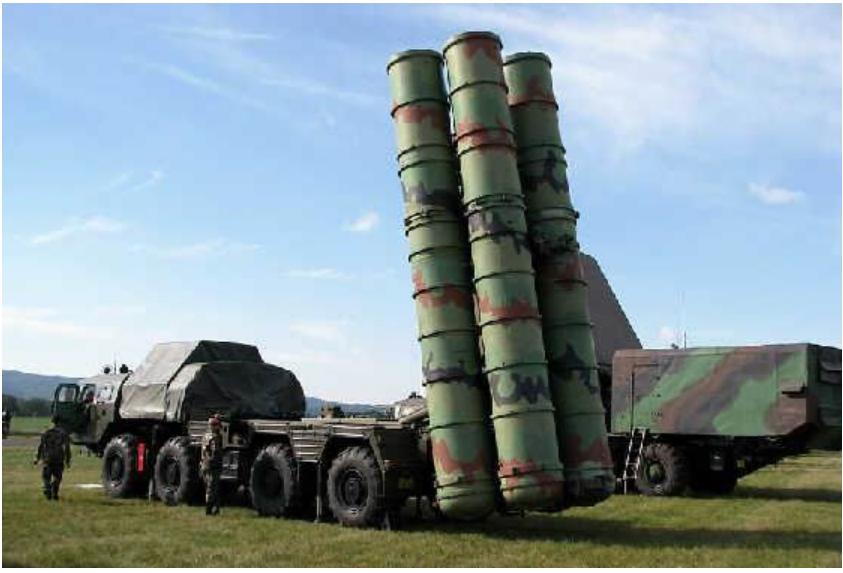
That is to say, Americans use the most advanced components and advanced assembly technology to create advanced equipment, while Russian components are not advanced, but relying on the system engineering capabilities against the sky, they can also create advanced equipment.
Russian equipment can be said to be cheap and not beautiful, but it is very easy to use.
Some people say that if you give the Russians a pile of scrap metal, the Americans can only sell it as scrap iron, but the Russians can become a big killer that sweeps away thousands of troops.
On September 6, 1976, Belenko, a pilot of the Soviet Air Defense Air Force, flew a MiG-25 fighter through Japan’s tight air defense network and stopped at Hakodate Airport in Japan, which surprised Japan and the United States. In front of 25 fighters, Japan’s air defense system is useless.
After the Americans got the news, they immediately sent technicians to Japan to study the MiG-25 fighter plane. The plane was disassembled and transported to the Baili Air Force Base in central Japan.
As a result, the American technicians were very surprised that the material of this fighter was very common, mainly made of stainless steel, only a little titanium alloy was used for the key parts, and the welding was done by hand, and the workmanship was relatively rough.
The radar of the aircraft has a huge power of 600 kilowatts, but the main components are outdated vacuum tube components, not advanced solid-state electronic components, so the radar volume is large, but it is more suitable for extreme high temperature, and also reduces the avionics equipment compartment. cooling requirements.
Americans looked at these backward technology and rough parts, but they couldn’t figure out how the Soviets turned it into a fighter with excellent performance. The Americans adjusted the performance parameters of the next-generation heavy fighter based on the performance of the MiG-25, and finally gave birth to the F-15 fighter.
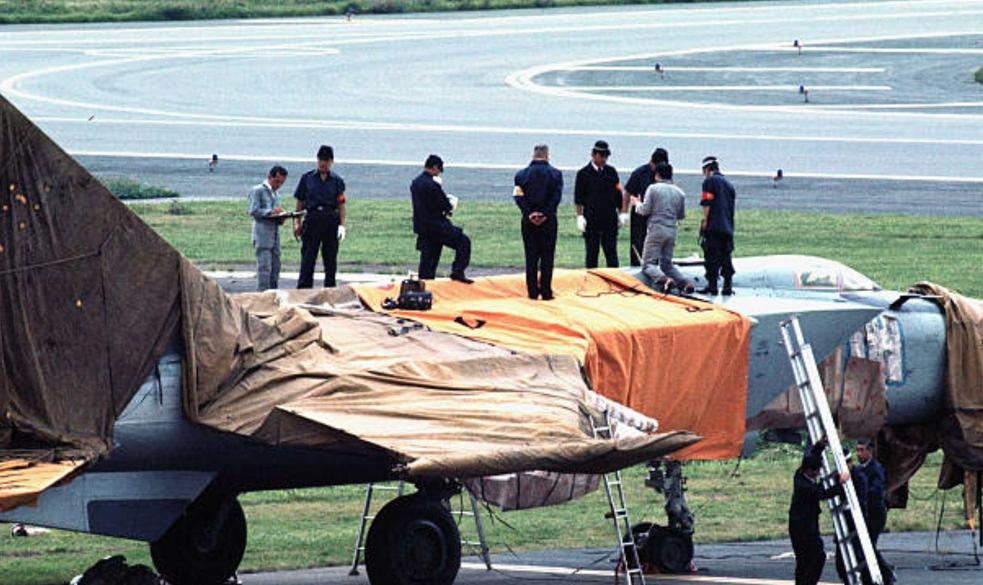
There are two main reasons why the Russians have such incredible systems engineering capabilities:
One is that Russia’s high-end manufacturing industry is underdeveloped, and it cannot make the most advanced weapons with the most advanced chips like the Americans. Instead, it can only use less advanced chips to make weapons and equipment that can compete with the West.
This dilemma of “smart women can’t cook without rice” made the Russians have to improve their systems engineering capabilities to solve the problems, and the Russians’ systems engineering capabilities were also forced out.
Today’s Russia can make low-end chips, mainly to meet the needs of the military, because the military’s demand is small and cannot be produced on a large scale, and of course it cannot be industrialized.
Practice has proved that it is feasible to solve a specific problem with super system engineering capabilities, but after all, this is not a long-term solution. For any industry, the return on investment must be considered. Can not increase R & D investment, is not conducive to long-term development.
China’s early chip development also encountered this problem. To solve this problem, marketization can only be implemented under the guidance of the state.
Second, Russia’s super-strong systems engineering capabilities benefit from Russia’s solid level of basic theoretical research, because only by mastering basic theoretical knowledge can we support the ideas and assumptions of systems engineering.
For example, the Italian painter Leonardo da Vinci, the teacher always asked him to repeat the painting of eggs. In fact, the teacher asked him to do basic skills, and Da Vinci felt very tired at first.
The teacher told Da Vinci that eggs in the world are not absolutely the same. Even if it is the same egg, standing at different angles, the projected light is different, and the drawing is also different. Therefore, painting eggs is a basic skill. Once you have mastered it, you can draw anything.
Da Vinci, who was very intelligent, listened to the teacher’s words, and began to paint eggs carefully and patiently. Eventually, he laid a good foundation for painting and became a world-renowned painter.
The author is an engineering graduate. The author has a feeling that if you want to find a paper with a certain degree of mathematical foundation, then you can find references in the paper, and then find the references in the paper. Within five steps of iteration, it must be Russian. Literature.
Don’t look at American higher education, but when it comes to basic education, especially basic mathematics education, Russia is stronger, and basic education in the United States cannot even (?) keep up with China.

If the basic theory is regarded as the starting point and the product is regarded as the end point, only by thoroughly understanding the basic theory can we design the best route from the starting point to the end point of the product.
Russia has its own unique features in this regard, which are worthy of our study and reference, and also worthy of our deep reflection.
Chinese girl with a “to die for” tummy
Look at that waist! Wow. video 3MB
America Wants War with China – Why This American is Saying No!
Pretty damn good.
Cheeseburger Buns
My mom stuffs soft homemade yeast rolls with ground beef, tomato sauce and cheese to make these tasty sandwiches. They’re great leftovers, too. My son takes them in his lunch the next day. —Nancy Holland, Morgan Hill, California

Ingredients
- 2 packages (1/4 ounce each) active dry yeast
- 1/2 cup warm water (110° to 115°)
- 3/4 cup warm whole milk (110° to 115°)
- 1/4 cup sugar
- 1/4 cup shortening
- 1 large egg
- 1 teaspoon salt
- 3-1/2 to 4 cups all-purpose flour
- 1-1/2 pounds ground beef
- 1/4 cup chopped onion
- 1 can (8 ounces) tomato sauce
- 8 slices process American cheese, quartered
American neocon leadership advocate nuclear war with China to “put them in their place”
That will trigger a MASSIVE bludgeoning of the United States by both Russia and China simultaneously.
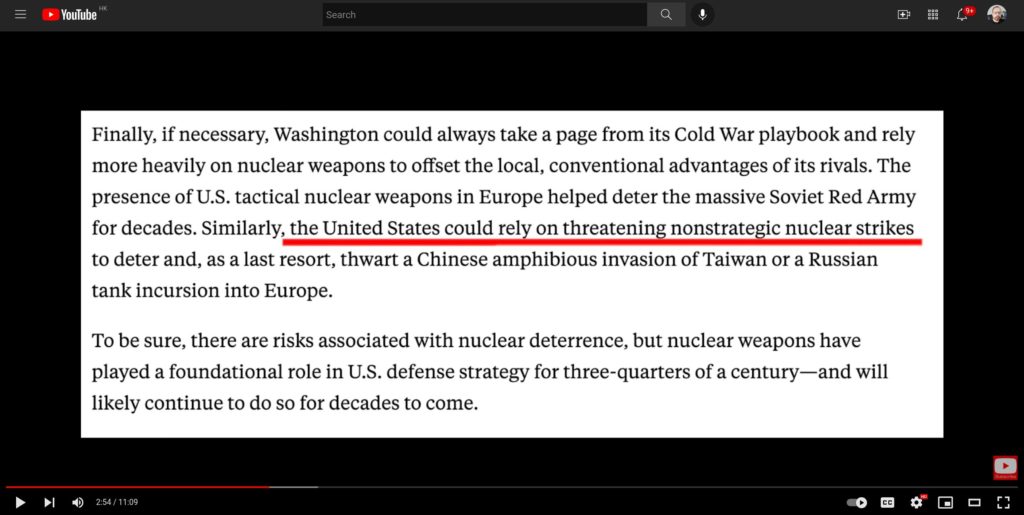
An e-mail from You-Tube explaining things…

RUSSIAN TV
Tonight (Sunday) Russian television broadcast a simulation of Russia launching a SARMAT missile, with its fifteen nuclear warheads, against Britain! The TV commentator says the UK – their little island – will be wiped out. Here, look:
BUT WAIT . . . THERE’S MORE!
Not only did the Russian Television network show this to the entire country, but they went even farther . . . finally admitting what has long been rumored about Russia having developed a 100 MEGA-ton nuclear drone torpedo. Look at what the Russian people were told on their TV’s tonight: Plunge Britain into the sea by Tsunami from a nuclear torpedo drone!
In the U.S., perhaps one of the most useful idiots in Congress, Representative Adam Kinzinger of Illinois, a complete political moron the best part of whom likely dripped down his father’s leg, has introduced a Joint Resolution in Congress authorizing the Use of military force (AUMF) inside Ukraine “if Russia uses chemical, biological, or nuclear weapons.”
In my opinion, that Joint Resolution would _really_ be a US declaration of war on Russia. Let’s not fool ourselves with the diplomatic language.
By the time that law is passed, the USA will likely already be at war with Russia, everything else is diplomatic trifles.
A Giant Statue From Old Trash Movies Is Now Rests In Someone’s Backyard
According to a Tumblr user trulyunpleasant:
“This statue is a couple miles from where I live, just sitting in someones backyard. It was in two crappy Atlantis sword-and-sandal movies back in the 50′s/60′s. Then it sat on top of a bar (or club) for a few years, and then someone bought it for their house.”
It’s a Hell of a thing to have lying around.
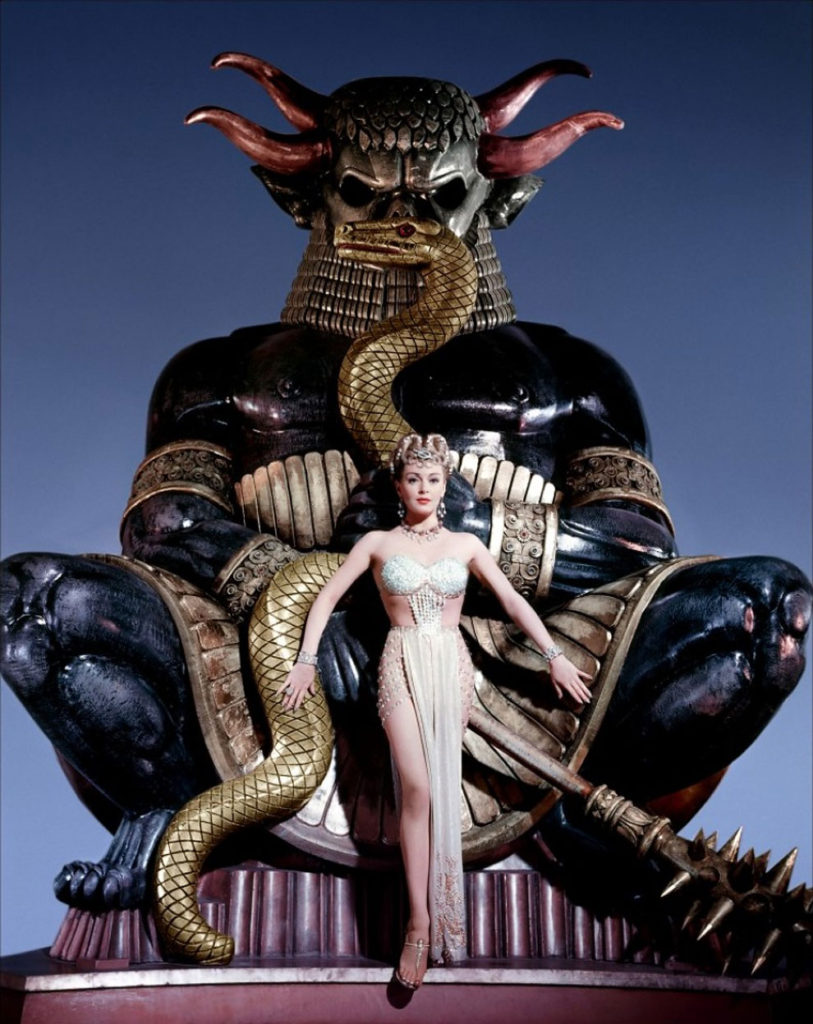
Video: Col. Richard Black: U.S. Leading World to Nuclear War
Mike Billington of the Schiller Institute interviewed (former) Senator and Col. (ret) Richard Black, who served 31 years in the US Marines and Army.
Sen. Black talked about his military service in Syria, how and why Russia got involved in the war militarily, and how such involvement contrasts with the US’ and NATO’s justification for military intervention in the said war.
Sen. Black also addresses the recent Russian military invasion of Ukraine and the failure to dissolve NATO.
40.12: Colonel Black focusses on the risk of World War III.
“The decision of Peace or War is made in Washington DC,
As long as we [US government] want the war to continue, we will fight using the Ukrainians as proxies, and we will fight it to last Urainian death”
*
Good New Orleans Creole Gumbo
This is a fine Creole gumbo recipe.
"I learned to cook from my mother and grandmother who were born and raised in New Orleans and really knew how to cook. Most of the time, you could not get them to write down their recipes because they used a 'pinch' of this and 'just enough of that' and 'two fingers of water,' and so on. This recipe is a combination of both of their recipes which I have added to over the years. Serve over hot cooked rice. The gumbo can be frozen or refrigerated and many people like it better the next day. Bon appetit!"

New Orleans-style gumbo is a true taste of Southern tradition. This boldly flavored stew is bursting with fresh, filling ingredients like bell pepper, sausage, stewed tomatoes, and crabmeat. Hot sauce ad Cajun seasonings add a kick that makes this Lousiana dish a favorite amongst our community of home cooks. Learn how to make the best homestyle gumbo right here.
What Is Gumbo?
Gumbo is one of the most famous dishes to result from Louisiana’s shared Creole-Cajun heritage. Gumbo falls somewhere between a thick stew and a hearty soup and can contain ingredients such as chicken, sausage, ham, seafood, okra, tomatoes, and greens.
As varied as the recipes can be, there are a few ingredients that all gumbos have in common: homemade stock; the “holy trinity” of celery, onions, and green peppers; and roux.

How to Make Gumbo
Boldly delicious New Orleans-style gumbo is surprisingly easy to make at home. You’ll find the full recipe below with step-by-step instructions, but here’s what you can expect when you make this top-rated recipe:
Great gumbo starts with roux, a flavorful thickening agent made from equal parts fat and flour. Once the roux is a deep golden color, add diced veggies and sausage to the mix. Then, incorporate beef bouillon, hot sauce, tomatoes, and seasonings to intensify the flavor.
Let the gumbo simmer for 45 minutes before adding file powder, okra, and seafood. The result will be a lusciously hearty stew packed with Creole spice.
What Is Gumbo File?
Gumbo file, or file powder, is made from dried sassafras leaves. This ingredient was first used by Choctaw Indians and was later adopted by Acadians (Cajuns) when they arrived in the American South.
Gumbo file has a deep, earthy flavor similar to thyme and should be added to gumbo in the last minutes of cooking — it helps to thicken and enrich the stew for an authentic taste of New Orleans.
Serving suggestions
You serve it with rice.

How to Store Leftover Gumbo
Leftover gumbo can be stored safely in the refrigerator for three to four days. Let the dish come to room temperature before placing it in an airtight container to enjoy later. Gently reheat on the stovetop for best results.
Community Tips and Praise
“This is one of the best gumbos I’ve ever had and my family is from the South so that is saying a lot — just don’t tell my mother or grandmother,” shares reviewer mellie18_99. “I added shrimp, sausage, chicken, and crab meat.”
“This recipe is the real deal,” raves home cook Pat. “Don’t forget the file gumbo at the very end, it makes a big difference. You will know when the roux is done when it has the color of a Hershey’s milk chocolate bar.”
“This was my very first time making gumbo and my guests who had come over for a King Party loved it!” says Shaw Kitty. “Some of these guests were born and raised Louisianans and they gave their approval as well!”

Serve with rice!
Ingredients
Directions
German gas contract with Russia
Even if German stop buying from Russia, German has the contracted obligation to pay $140b through to 2030 independent of Force Majure.
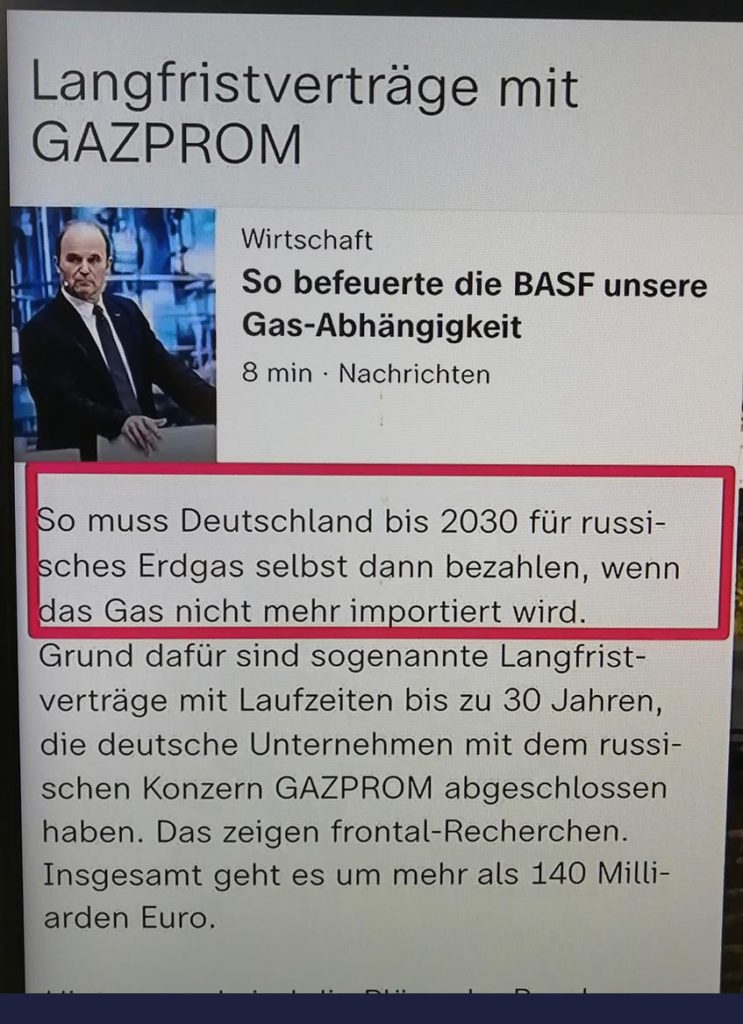
Pretty Chinese Girl
Destroying China requires the defeat of Russia first
Read the neocon writings. Moscow’s war in Ukraine isn’t a distraction. It’s part of a plan. It’s part and parcel of a plan to destroy China.
That is my thought also.
I heard a saying on The Duran Channel on YouTube which has the knowledgeable and wise Alexander Mercouris as main speaker. "Russia and China do not stand so much shoulder to shoulder but back to back." p.s. My piece on CounterPunch and Asia Times today has drawn a lot of commentary. Many said that they felt alone and isolated in their opinion on the US proxy war on Russia in Ukraine. They felt better on reading the piece, because they did not feel alone. I think these people are a little bit more likely to speak their opinions and spread them. I feel good about the essay for that reason. -John V. Walsh
Russian TV Is Talking Very Frankly About Nuclear War (While America Stands with Ukranus)
The Americans will push until there is a disaster. -Leander
Again, it is just this kind of “hahahaha – LOL” attitude.
I don’t really know why Westerners are spamming these clips – “look – Russia doesn’t even care about nuclear war and they think it’s funny” does not seem like a good argument in support of pressing for war with Russia.
It’s like if you were trying to get someone to fight someone else and you were like “just go start shit talking that guy – he’s got a gun and he’s not at all afraid of dying or going to prison.”
That’s probably the purpose of these segments – to have them disseminated in the West and show that Russians are really blasé about nuclear war. Julia Davis and many others can’t help but do the thing.
Domestically, telling people “nuclear war is lolz” is just hilarious and intelligent. Having a population that responds to “we’re all going to die in a massive war” with “ikr, roflmao” is extremely advantageous. While the US is talking about “our values of who we are in a democracy rules based order of stolen yachts,” Russia is saying “well, we’re all going to die some day anyway.”
For the record, there is zero evidence or reason to believe that a nuclear war would “kill everyone on earth.” Primarily, this is because of the gibberish surrounding the idea of “nuclear fallout,” and even more goofy stuff like “nuclear winter.”
I like the Fallout video games series, but this isn’t real life. As the Russians say – and this is true – there is not even any evidence that if Russia started firing nukes, the West would even respond. They would more likely just start crying and looking for a safe space for their snowflakes.
American B61 Mini-nukes Deployed in Western Europe
From HERE.
The latest B61-12 “mini nuke” is slated to be deployed in Western Europe, aimed at Russia and the Middle East (replacing the existing of B61 nuclear bombs).
B-61-12 is portrayed as a “more usable” “low yield” “humanitarian bomb” “‘harmless to civilians”. That’s the ideology. The reality is “Mutual Assured Destruction” (MAD).
The B61-12 has a maximum yield of 50 kilotons which is more than three times that of a Hiroshima bomb (15 kilotons) which resulted in excess of 100,000 deaths in matter of minutes.
If a preemptive attack using a so-called mini nuke were to succeed, targeted against Russia or Iran, this could potentially lead humanity into a WW III scenario. Of course these details are not highlighted in mainstream media reports.
F-15E Eagle Strike Eagle Fighter for the Delivery of the B-61-12
Low Yield Nukes: Humanitarian Warfare Goes Live
And when the characteristics of this “harmless” low yield nuclear bomb are inserted into the military manuals, “humanitarian warfare” goes live: “It’s low yield and safe for civilians, let’s use it” [paraphrase].
The US arsenal of B61 nuclear bombs directed against the Russian Federation are currently under the national command of 5 non-nuclear states (Italy, Germany, the Netherlands, Belgium, Turkey). The command structure pertaining to the B61-12 is yet to be confirmed. The situation with regard to Turkey’s Incirlik base is unclear.
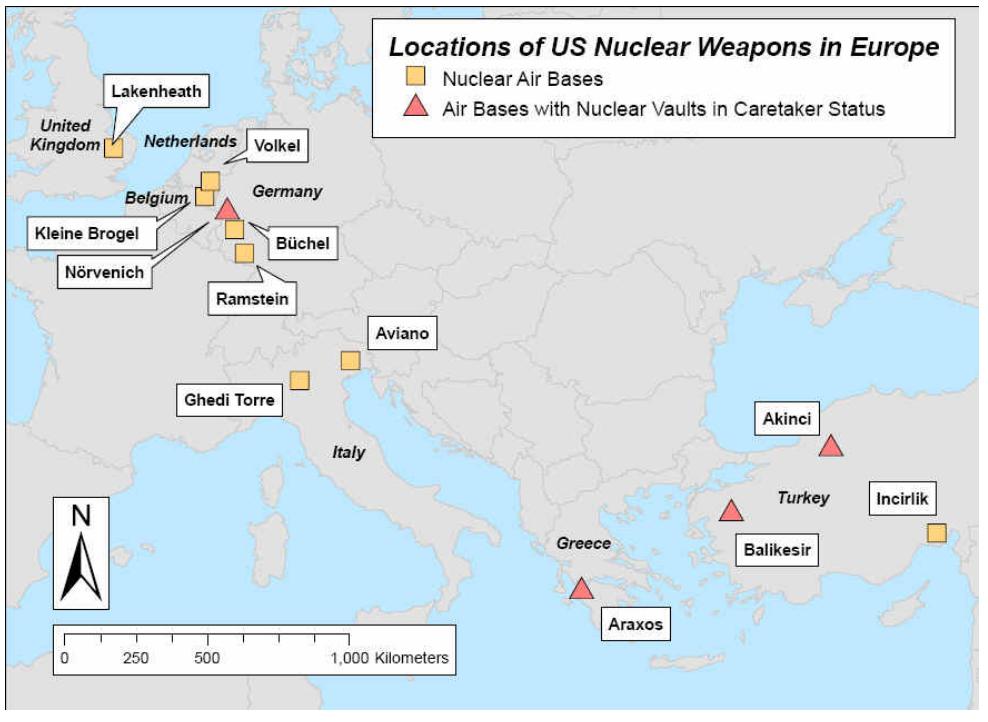
The Prodigal.
Yeah. This is the name of the movie that the statue comes from.

This movie’s title is The Prodigal.
The Prodigal is a 1955 Biblical epic film made by MGM starring Edmund Purdom and Lana Turner. It was based on the New Testament parable about a selfish son who leaves his family to pursue a life of pleasure. The film also features James Mitchell, Louis Calhern, Joseph Wiseman, Cecil Kellaway and Walter Hampden. The dancer Taina Elg made her film debut.

The story is loosely based on Jesus Christ’s parable of the prodigal son, from the Biblical New Testament Gospels, although considerable liberties are taken with the source material, chief among them being the addition of a female lead in the form of the high priestess of Astarte, Samarra.
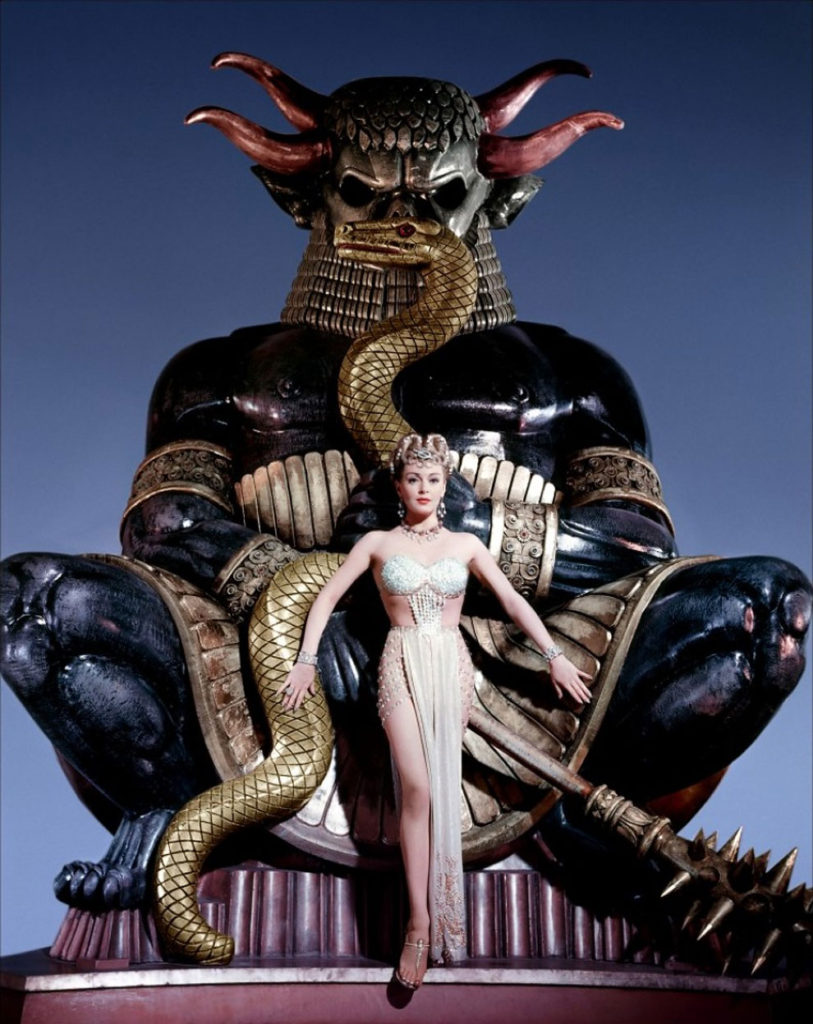
It’s About Time
Isn’t it always?
With the start of World War III by the United States “declaring” war against Russia by its actions in Ukraine, we have entered a time when the end of time has become very possible. I am speaking of nuclear annihilation.
I look down at my great-uncle’s gold Elgin pocket watch from the 19th century. His name was John Patrick Whalen, an Irish immigrant to the U.S. who fled England’s colonialist created famine in Ireland. It tells me it is 5:15 PM on April 21, 2022, a date, coincidentally, with a history. No doubt John looked at his watch on this date in 1898 when the United States, after the USS Maine exploded from within in Havana harbor (a possible false flag attack), declared war on Spain in order to confiscate Spanish territories – Cuba, Puerto Rico, Guam, and the Philippines. One colonial power replaced another and then proceeded over the long decades to wage war and slaughter these island peoples. Imperialism never dies. It is timeless.
One hundred-and twenty-four years go by in a flash and it’s still the same old story. In 1898 the yellow press screamed Spanish devils and today it screams Russian devils. Then and now the press called for war. If the human race is still here in another 124 years, time and the corporate media will no doubt have told the same story – war and propaganda’s lies to an insouciant and ignorant population too hypnotized by propaganda to oppose them. This despite the apocalyptic sense that permeates our lives because of demonic technology and its use to transform humans into machines who can’t think clearly enough to perceive reality and realize the threat posed by that quintessential technological invention – nuclear weapons.
This is not uplifting, but it’s true. The nuclear weapons are primed and ready to fly. The U.S. insists on its first-strike right to launch them. It openly declares it is seeking the overthrow of the Russian government. Russia says it will use nuclear weapons only if its existence is threatened, which has become increasingly so because of U.S. provocations over a long time period and its current expanding arming of Ukraine’s government and its neo-Nazi forces.
The Russian President Vladimir Putin and its Foreign Secretary Sergei Lavrov have just warned the U.S. that such involvement has made nuclear war a “serious” and “real” risk, in Lavrov’s words “we must not underestimate it,” which is a mild form of diplomatic speech. Putin said that Russia has made all the preparations to respond if it senses a strategic threat to Russia and that response will be “instant, it will be quick.” The U.S. response is to shrug these statements off, just as it has done so for many years with Putin’s complaints about NATO forces moving up to its border. Incredibly, Biden has said, “For God’s sake, this man (Putin) cannot remain in power.”
Despite endless media/intelligence anti-Russian propaganda – “a vast tapestry of lies,” to use Harold Pinter’s phrase – many fine writers have provided the historical details to confirm the truth that the U.S. has purposely provoked the Russian war in Ukraine by its actions there and throughout Eastern Europe, which the mainstream media avoid completely. This U.S. aggressive history against Russia is part of a much larger history of imperial hubris extending back to the 19th century. I will therefore here follow Thoreau’s advice – “If you are acquainted with the principle, what do you care for a myriad instances and applications?” – since how many times do people need to hear lies such as “Iraq has weapons of mass destruction” in order to justify wars of aggression around the world. The historical facts are very clear, but facts and history don’t seem to matter to many people. Pinter again, in his Nobel Address, bluntly told the truth about the U.S.’s history of systematic and remorseless war crimes: “Nothing ever happened. Even while it was happening it wasn’t happening. It didn’t matter. It was of no interest.” Which is still the case.
So time is my focus, for the last days have arrived unless there occurs a radical awakening to the obvious truth that the U.S. government is pushing the world to the brink of disaster in full awareness of the consequences. Its actions are insane, yet insanity has become the norm. Insane leaders and a catatonic, hypnotized public lead to disaster.
I write these words with an old fountain pen, a high school graduation gift, to somehow comfort and remind myself that when we were this close once before in October 1962, Kennedy and Khrushchev miraculously found a solution to the Cuban Missile Crisis; and to find hope now, and that when my time is up and I join John Patrick in the other world, things will have changed for my children and grand-children. It is admittedly the hope of a desperado.
The last few years of the Covid-19 propaganda have served to further distort people’s sense of time, a distortion years in the making through the introduction of digital technology with its accompanying numerical time clicks and its severing of our natural sense of time that is tied to the rising and falling of the tides and the turning of the days and seasons, a feeling that is being lost. Such felt sense of time’s texture could be slow or faster, but it had limits. We now live in a world without limits, which, as the ancient Greeks knew, demands payback.
For years before Covid-19, the sense of speed time was dominant, supported by the politically-introduced state of a constant emergency after September 11, 2001 with the urgency to hurry and keep up or one would fall behind. Keep up with what was never explained. Hurry why? Fast and faster was the rule with constant busyness that served the very useful social function of leaving no time for thinking, which was the point, but it made many feel as though they were engaged. And constantly alert for “terrorists” to come knocking. Thus the long wars in Afghanistan, Iraq, Syria, Libya, Yemen, etc., all of which continue via various subterfuges.
Then, presto, all this frenzied time sense came to a stop with the 2020 lockdowns, when time got very slow, but not slow in the natural sense but an enforced slowness. People were locked up. Not only was it stupefying but stultifying and an existential drag. This went on for two years with the prisoners allowed short respites only to be rounded back up and locked down again. Jabbed and jolted was the plan. When will it ever end? was the common cry, as despair and depression spread and scrambled minds led to suicides and mindless screen entertainment. This was planned education for a trans-human future in which the cell phone will be central to totalitarian control if people do not rebel.
Those behind the Covid-19 and war propaganda are fanatical technocrats who seek total control of the world’s population through digital technology. Now they have temporarily let the people out of one type of cell and dramatically sped up time with frantic war propaganda against Russia. The great English writer John Berger said it perfectly:
Every ruling minority needs to numb, and, if possible, to kill the time-sense of those whom it exploits. This is the authoritarian secret of all methods of imprisonment.
Everyone is now doing time while scrolling messages on the walls of their cell phones. A twisted, convoluted, distorted, mechanical time in which it seems that there is no history and the future is an endless road of more of the same.
Some say we have all the time in the world. I say no, that we have entered a new time, perhaps the end-time, when the world’s end is a very real possibility. Hypnotized people can agree to anything, even mass-suicide, unless they snap out of it. This can only happen with a return to slowness in the old sense, when people once felt time in their hearts’ rhythms attuned to the rising and falling of nature’s reality. Time to think and contemplate the fate of the earth when nuclear war is contemplated. Yes, “We must not underestimate it.”
It’s about time.
Isn’t it always?
Chinese Style Meat Buns

If you’ve ever been to a Chinese bakery, you have seen this type of meat buns among many other delicious goodies. These buns are also called pork buns, or Char Siu Bao which basically is a barbecued pork filled bun. They can be either steamed or baked, as in this write-up.
I love both versions, and here in Southern China the steamed buns are the most common. Up North and to the West, the baked buns are very common.
These buns are pretty easy to make. You should love them and they will turn out amazing, and they were gone in no time.
The dough is quite a simple dough with simple ingredients.
In a small bowl, mix the warm water, sugar and yeast and let it sit until it starts foaming, for about 15 minutes. In a large bowl add the flour and to it add the egg, oil, salt and the yeast mixture.

Mix it all together using your hands, if you find the dough too sticky just add more flour. Knead the dough on a floured surface for a few more minutes, until it becomes elastic. Â Place the dough in a lightly oiled bowl and let it rise until doubled in size, in a warm spot.

While the dough is resting we can make the filling. I used one pork loin that was about 1 1/2 lb in weight. To make the marinade, is simple as well. Cut up the pork loin in small pieces and set aside. In a medium sized bowl, add the garlic and ginger paste, vegetable oil, honey, Hoisin sauce, soy sauce, wine, pepper, salt, five spice powder, and sesame oil. Whisk everything all together and add the pork to it. Let the pork marinate for about 1 hour, or until the dough is almost ready.

Heat a skillet, over medium heat and add a tablespoon of vegetable oil to it. When the oil is hot add the pork mixture including the marinade to it and cook until the pork is cooked thoroughly, for about 5 minutes. Before removing it from heat, add the green onions to it and mix well.

After all this is said and done the dough should have doubled in size nicely.

Divide the dough into 12 equal pieces. Roll each piece into a ball.

Using a rolling pin, roll out each ball into a disc, so that it’s about 4 or 5 inches in diameter. Place heaping tablespoon of the meat mixture in the middle of it.

Seal the bun by gathering up the edges of the disc.

Place the sealed side down bun, on an ungreased baking sheet. Repeat with remaining balls and meat mixture.

Brush the buns with egg wash and bake in a preheated oven at 350 F degrees for about 15 to 20 minutes or until the buns are nice and golden brown.

They look so good and are so delicious, you will love them.

Ingredients
Dough
- 1/2 cup water water
- 2 1/2 teaspoon dry yeast
- 1/4 cup sugar
- 2 1/4 cups all-purpose flour
- 1 large egg beaten
- 3 tablespoon oil
- 1/2 teaspoon salt
Filling
- 1 pork loin 1 1/2 lb
- 2 teaspoon garlic and ginger paste
- 1 tablespoon vegetable oil
- 2 tablespoon honey
- 2 tablespoon hoisin sauce
- 2 tablespoon soy sauce low sodium
- 1 tablespoon red wine
- 1/2 teaspoon pepper freshly ground
- 1/4 teaspoon salt
- 1/2 teaspoon five spice powder
- 1 teaspoon sesame oil
- 1 tablespoon vegetable oil
- 2 sprigs green onion finely chopped
Egg wash
- 1 egg beaten
Instructions
-
In a small bowl, mix the warm water, sugar and yeast and let it sit until it starts foaming, for about 15 minutes. In a large bowl add the flour and to it add the egg, oil, salt and the yeast mixture.
-
Mix it all together using your hands, if you find the dough too sticky just add more flour. Knead the dough on a floured surface for a few more minutes, until it becomes elastic. Place the dough in a lightly oiled bowl and let it rise until doubled in size, in a warm spot.
-
Cut up the pork loin in small pieces and set aside. In a medium sized bowl, add the garlic and ginger paste, vegetable oil, honey, Hoisin sauce, soy sauce, wine, pepper, salt, five spice powder, and sesame oil. Whisk everything all together and add the pork to it. Let the pork marinate for about 1 hour, or until the dough is almost ready.
-
eat a skillet, over medium heat and add a tablespoon of vegetable oil to it. When the oil is hot add the pork mixture including the marinade to it and cook until the pork is cooked thoroughly, for about 5 minutes. Before removing it from heat, add the green onions to it and mix well.
-
Preheat oven to 350 F degrees.
-
Divide the dough into 12 equal pieces. Roll each piece into a ball.
-
Using a rolling pin, roll out each ball into a disc, so that it’s about 4 or 5 inches in diameter. Place heaping tablespoon of the meat mixture in the middle of it.
-
Seal the bun by gathering up the edges of the disc.
-
Place the sealed side down bun, on an ungreased baking sheet. Repeat with remaining balls and meat mixture.
-
Brush the buns with egg wash and bake for about 15 to 20 minutes or until the buns are nice and golden brown.
These were FANTASTIC and I only used ground beef, onion, red pepper flakes, salt and extra monterey jack and mozzarella cheese. The roll is very light and not heavy on the bread like other recipes I've seen. These could be stuffed with pretty much anything. Next time I'm trying chicken and mushroom. I baked an extra 5 minutes to get the right golden color. HIGHLY recommended! YUM.
- Kristi

Clash of Christianities: Why Europe cannot understand Russia
By Pepe Escobar, posted with the Author’s permission and cross-posted with The Cradle
Under an ubiquitous, toxic atmosphere of cognitive dissonance drenched in Russophobia, it’s absolutely impossible to have a meaningful discussion on finer points of Russian history and culture across the NATO space – a phenomenon I’m experiencing back in Paris right now, fresh from a long stint in Istanbul.
At best, in a semblance of civilized dialogue, Russia is pigeonholed in the reductionist view of a threatening, irrational, ever-expanding empire – a way more wicked version of Ancient Rome, Achaemenid Persia, Ottoman Turkey or Mughal India.
The fall of the USSR a little over three decades ago did hurl Russia back three centuries – to its borders in the 17th century. Russia, historically, had been interpreted as a secular empire – immense, multiple and multinational. This is all informed by history, very much alive even today in the Russian collective unconscious.
When Operation Z started I was in Istanbul – the Second Rome. I spent a considerable time of my late night walks around Hagia Sophia reflecting on the historical correlations of the Second Rome with the Third Rome – which happens to be Moscow, since the concept was first enounced at the start of the 16th century.
Later, back in Paris, banishment to soliloquy territory seemed inevitable until an academic pointed me to some substance, although heavily distorted by political correctness, available in the French magazine Historia.
There’s at least an attempt to discuss the Third Rome. The significance of the concept was initially religious before becoming political – encapsulating the Russian drive to become the leader of the Orthodox world in contrast with Catholicism. This has to be understood also in the context of pan-Slavic theories springing up under the first Romanov and then reaching their apogee in the 19th century.
Eurasianism – and its several declinations – treats the complex Russian identity as double-faced, between east and west. Western liberal democracies simply can’t understand that these ideas – infusing varied brands of Russian nationalism – do not imply hostility to “enlightened” Europe, but an affirmation of Difference (they could learn a bit from reading more Gilles Deleuze for that matter). Eurasianism also weighs on closer relations with Central Asia and necessary alliances, in various degrees, with China and Turkey.
A perplexed liberal west remains hostage to a vortex of Russian images which it can’t properly decode – from the two-headed eagle, which is the symbol of the Russian state since Peter the Great, to the Kremlin cathedrals, the St. Petersburg citadel, the Red Army entering Berlin in 1945, the May 9 parades (the next one will be particularly meaningful), and historical figures from Ivan the Terrible to Peter the Great. At best – and we’re talking academic level ‘experts’ – they identify all of the above as “flamboyant and confused” imagery.
The Christian/Orthodox divide
The apparently monolithic liberal west itself also cannot be understood if we forget how, historically, Europe is also a two-headed beast: one head may be tracked from Charlemagne all the way to the awful Brussels Eurocrat machine; and the other one comes from Athens and Rome, and via Byzantium/Constantinople (the Second Rome) reaches all the way to Moscow (the Third Rome).
Latin Europe, for the Orthodox, is seen as a hybrid usurper, preaching a distorted Christianity which only refers to St. Augustine, practicing absurd rites and neglecting the very important Holy Ghost. The Europe of Christian Popes invented what is considered a historical hydra – Byzantium – where Byzantines were actually Greeks living under the Roman Empire.
Western Europeans for their part see the Orthodox and the Christians from the East (see how they were abandoned by the west in Syria under ISIS and Al Qaeda) as satraps and a bunch of smugglers – while the Orthodox regard the Crusaders, the Teutonic chevaliers and the Jesuits – correctly, we must say – as barbarian usurpers bent on world conquest.
In the Orthodox canon, a major trauma is the fourth Crusade in 1204 which utterly destroyed Constantinople. The Frankish chevaliers happened to eviscerate the most dazzling metropolis in the world, which congregated at the time all the riches from Asia.
That was the definition of cultural genocide. The Frankish also happened to be aligned with some notorious serial plunderers: the Venetians. No wonder, from that historical juncture onwards, a slogan was born: “Better the Sultan’s turban than the Pope’s tiara.”
So since the 8th century, Carolingian and Byzantine Europe were de facto at war across an Iron Curtain from the Baltics to the Mediterranean (compare it with the emerging New Iron Curtain of Cold War 2.0). After the barbarian invasions, they neither spoke the same language nor practiced the same writing, rites or theology.
This fracture, significantly, also trespassed Kiev. The west was Catholic – 15% of Greek catholics and 3% of Latins – and in the center and the east, 70% Orthodox, who became hegemonic in the 20th century after the elimination of Jewish minorities by mainly the Waffen-SS of the Galicia division, the precursors of Ukraine’s Azov batallion.
Constantinople, even in decline, managed to pull off a sophisticated geo-strategic game to seduce the Slavs, betting on Muscovy against the Catholic Polish-Lithuanian combo. The fall of Constantinople in 1453 allowed Muscovy to denounce the treason of Greeks and Byzantine Armenians who rallied around the Roman Pope, who badly wanted a reunified Christianity.
Afterward, Russia ends up constituting itself as the only Orthodox nation that did not fall under Ottoman domination. Moscow regards itself – as Byzantium – as a unique symphony between spiritual and temporal powers.
Third Rome becomes a political concept only in the 19th century – after Peter the Great and Catherine the Great had vastly expanded Russian power. The key concepts of Russia, Empire and Orthodoxy are fused. That always implies Russia needs a ‘near abroad’ – and that bears similarities with Russian President Vladimir Putin’s vision (which, significantly, is not imperial, but cultural).
As the vast Russian space has been in constant flow for centuries, that also implies the central role of the concept of encirclement. Every Russian is very much aware of territorial vulnerability (remember, for starters, Napoleon and Hitler). Once the western borderland is trespassed, it’s an easy ride all the way to Moscow. Thus, this very unstable line must be protected; the current correlation is the real threat of Ukraine made to host NATO bases.
Onward to Odessa
With the fall of the USSR, Russia found itself in a geopolitical situation last encountered in the 17th century. The slow and painful reconstruction was spearheaded from two fronts: the KGB – later FSB – and the Orthodox church. The highest-level interaction between the Orthodox clergy and the Kremlin was conducted by Patriarch Kirill – who later became Putin’s minister of religious affairs.
Ukraine for its part had become a de facto Moscow protectorate way back in 1654 under the Treaty of Pereyaslav: much more than a strategic alliance, it was a natural fusion, in progress for ages by two Orthodox Slav nations.
Ukraine then falls under the Russian orbit. Russian domination expands until 1764, when the last Ukrainian hetman (commander-in-chief) is officially deposed by Catherine the Great: that’s when Ukraine becomes a province of the Russian empire.
As Putin made it quite clear this week: “Russia cannot allow the creation of anti-Russian territories around the country.” Operation Z will inevitably encompass Odessa, founded in 1794 by Catherine the Great.
The Russians at the time had just expelled the Ottomans from the northwest of the Black Sea, which had been successively run by Goths, Bulgars, Hungarians and then Turkish peoples – all the way to the Tatars. Odessa at the start was peopled, believe it or not, by Romanians who were encouraged to settle there after the 16th century by the Ottoman sultans.
Catherine chose a Greek name for the city – which at the start was not Slav at all. And very much like St. Petersburg, founded a century earlier by Peter the Great, Odessa never stopped flirting with the west.
Tsar Alexander I, in the early 19th century, decides to turn Odessa into a great trading port – developed by a Frenchman, the Duke of Richelieu. It was from the port of Odessa that Ukrainian wheat started to reach Europe. By the turn of the 20th century, Odessa is truly multinational – after having attracted, among others, the genius of Pushkin.
Odessa is not Ukrainian: it’s an intrinsic part of the Russian soul. And soon the trials and tribulations of history will make it so again: as an independent republic; as part of a Novorossiya confederation; or attached to the Russian Federation. The people of Odessa will decide.
Louisiana Crawfish Étouffée
In Louisiana, there’s nothing better than this classic during crawfish season. This recipe is easy and can be substituted with shrimp when crawfish are out of season. Even better when served with hot garlic French bread! Start cooking the rice first since this is a quick and easy dish.

Ingredients
Directions
Pretty Chinese Girl
She’s advertising clothes on a a treadmill. video 3MB
America is Preparing for Something Bigger than Russia Ukraine…
Yes. It is VERY disturbing. Especially, as I know how China will react.
Do you want more?
I have more articles like this one in my Art Index here…
ART.
You can find more articles related to this in my latest index; A New Beginning. And in it are elements of the old, some elements regarding the transition, and some elements that look towards the future.
New Beginnings 4.
MM Articles & Links
Master Index.
You’ll not find any big banners or popups here talking about cookies and privacy notices. There are no ads on this site (aside from the hosting ads – a necessary evil). Functionally and fundamentally, I just don’t make money off of this blog. It is NOT monetized. Finally, I don’t track you because I just don’t care to.
- You can start reading the articles by going HERE.
- You can visit the Index Page HERE to explore by article subject.
- You can also ask the author some questions. You can go HERE to find out how to go about this.
- You can find out more about the author HERE.
- If you have concerns or complaints, you can go HERE.
- If you want to make a donation, you can go HERE.
.



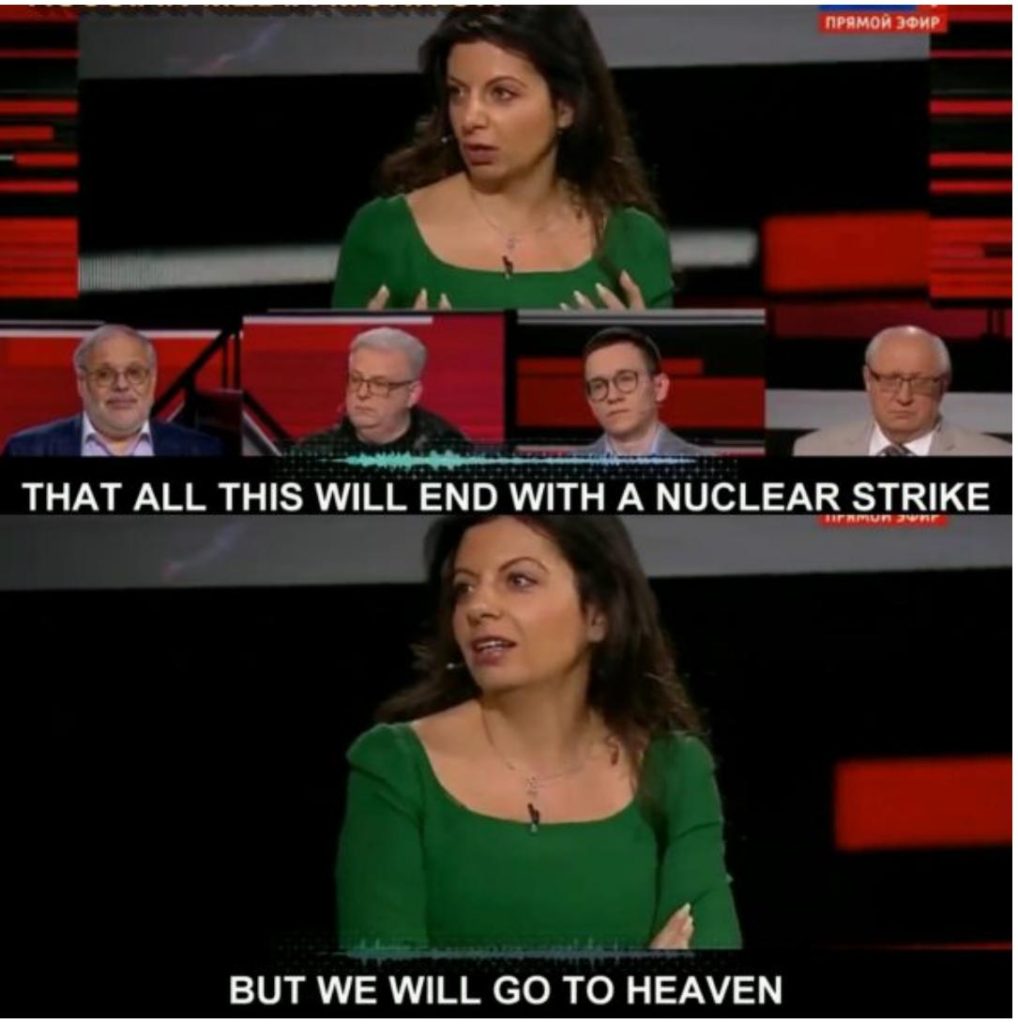
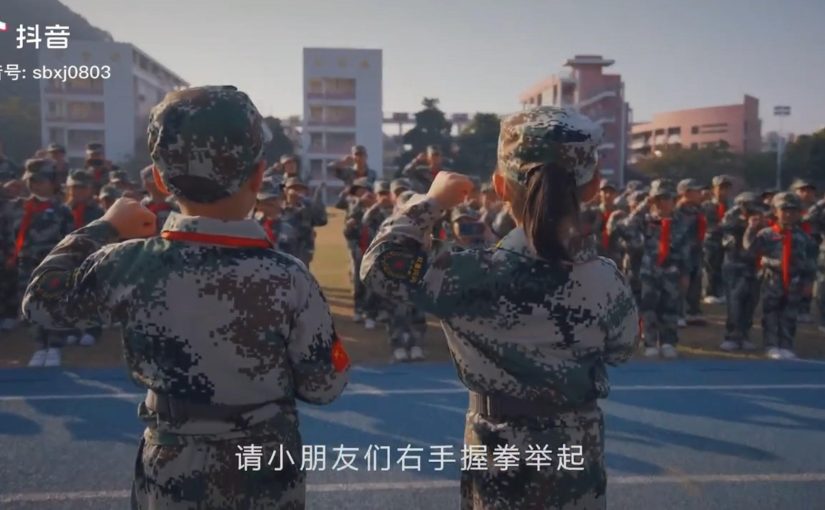
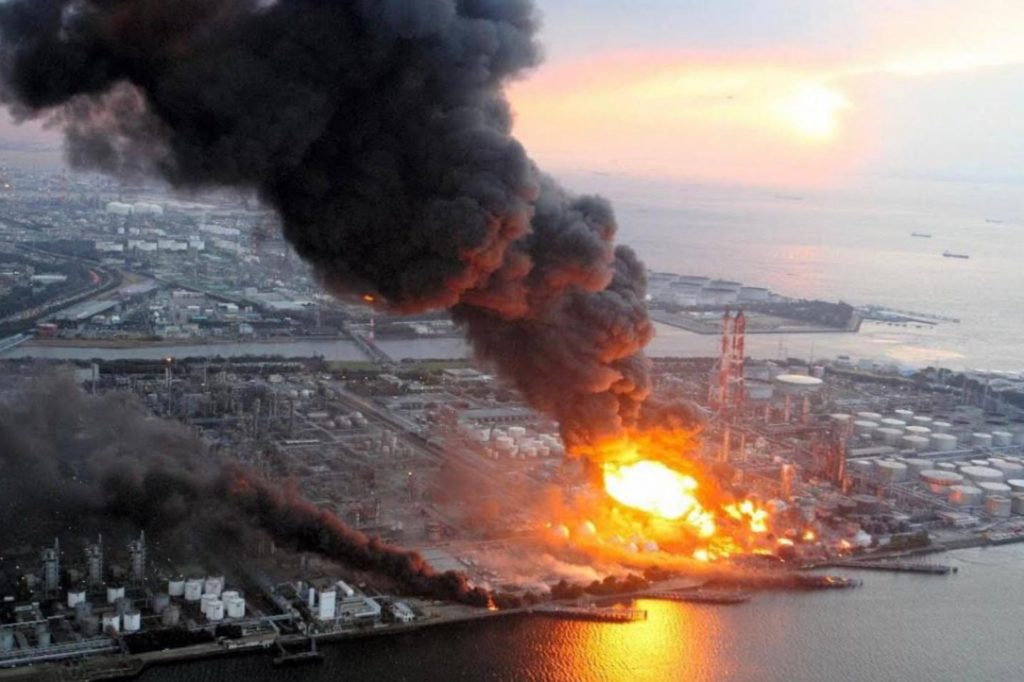




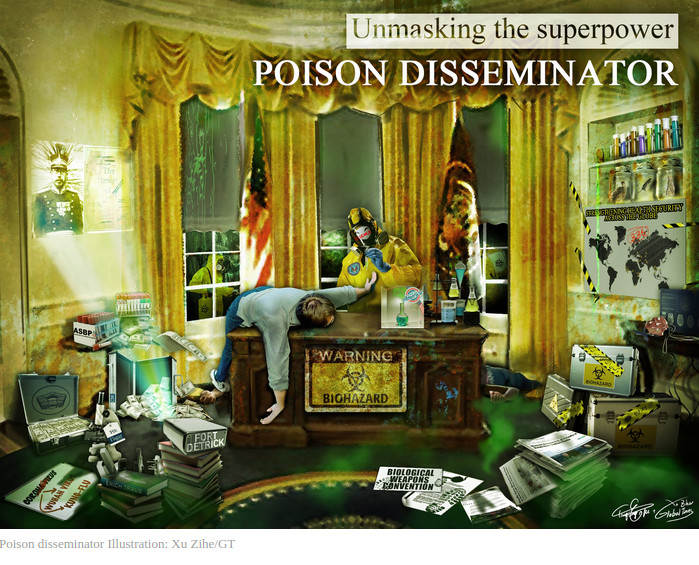
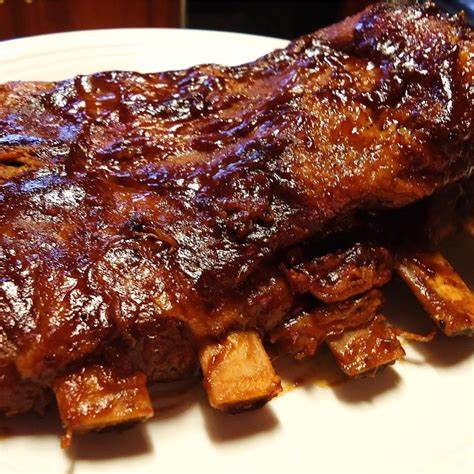




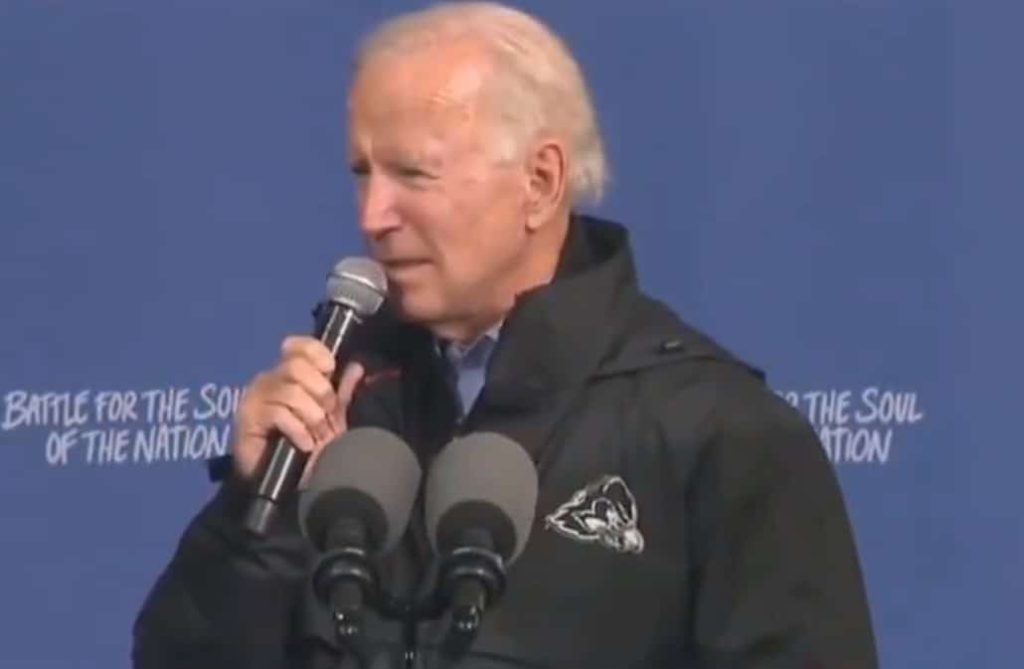


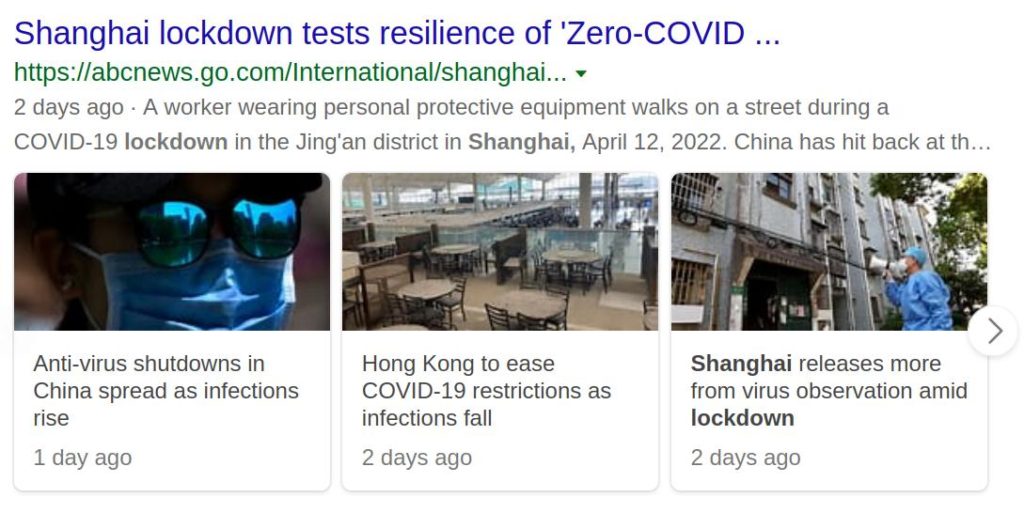
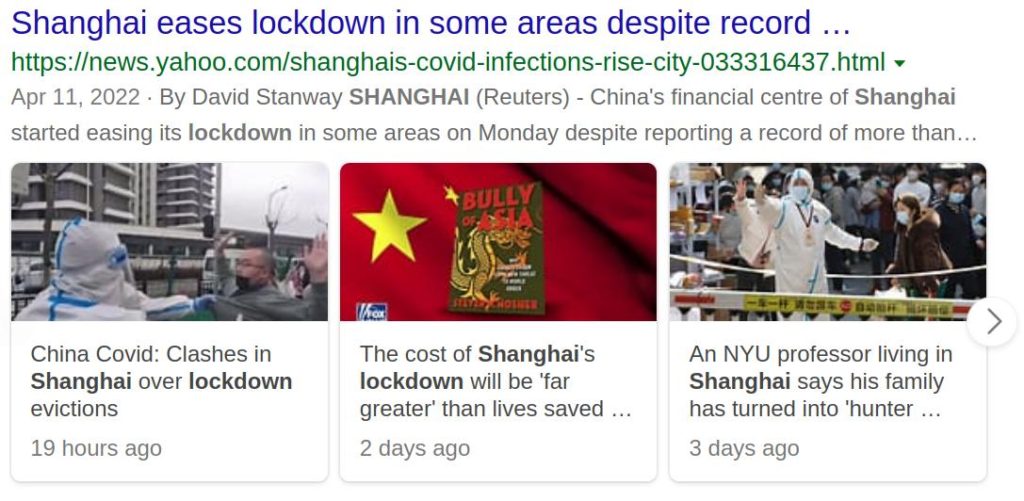
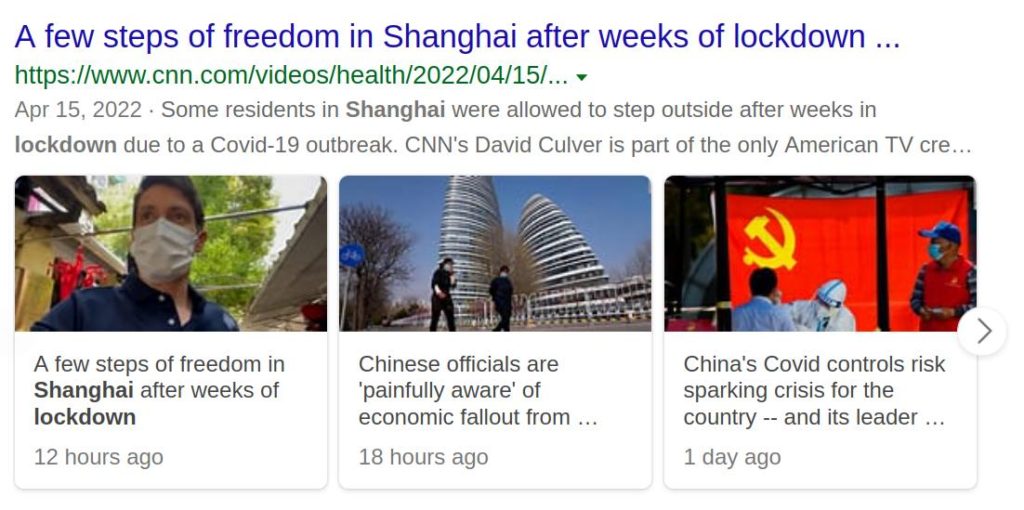

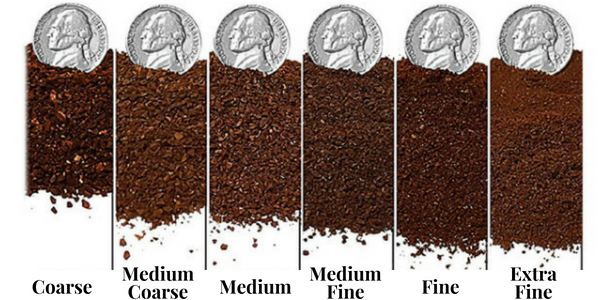






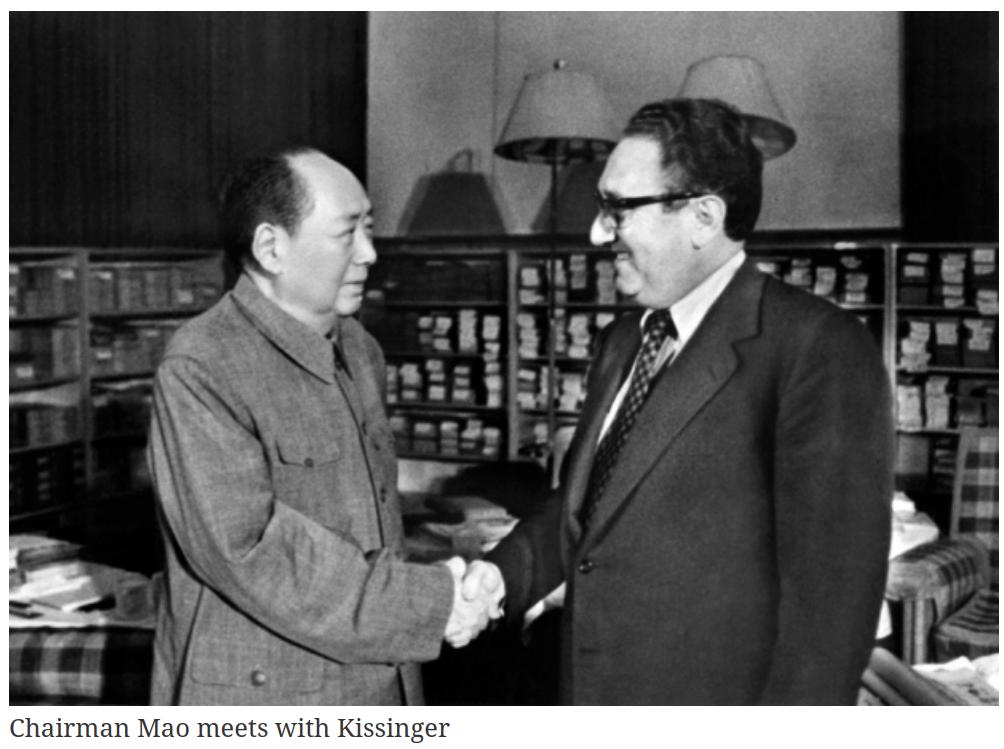
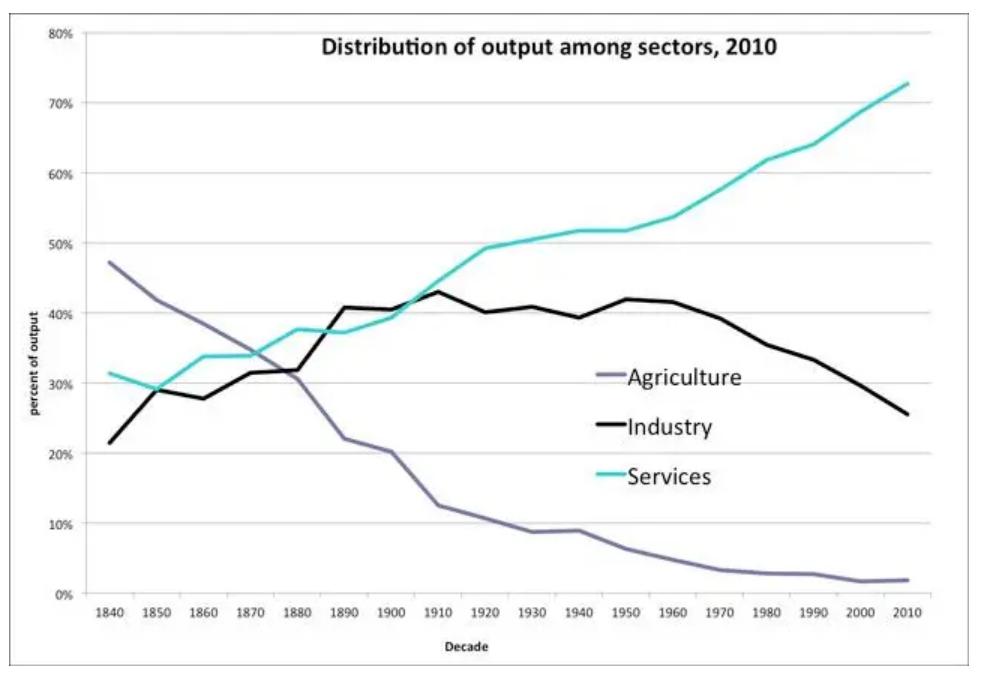


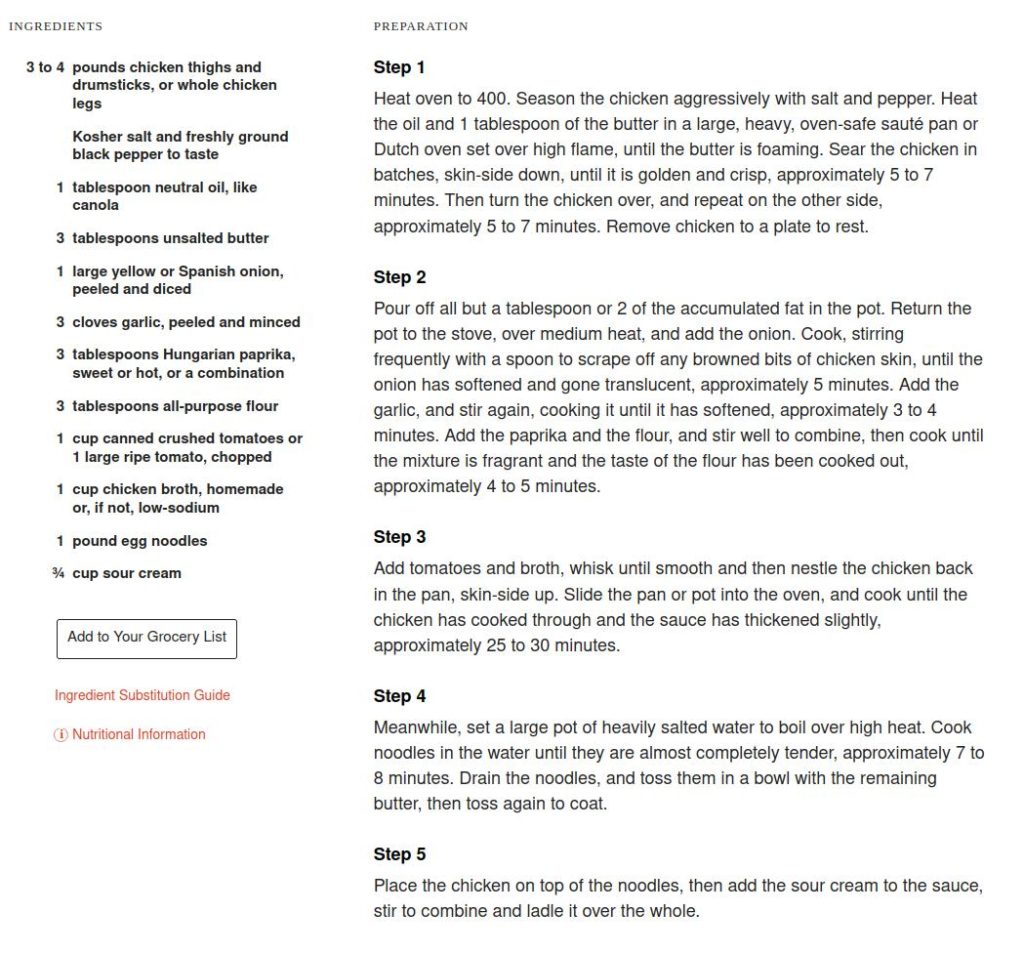

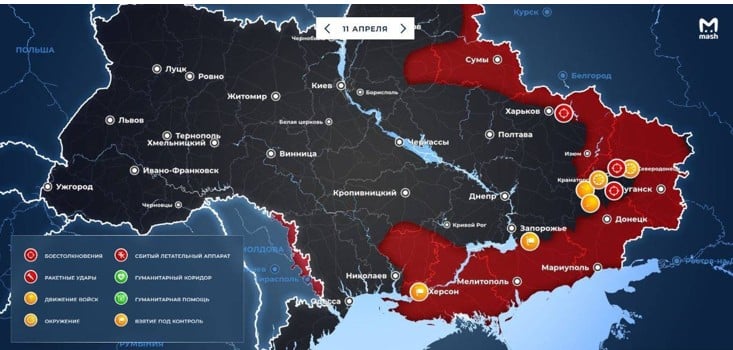

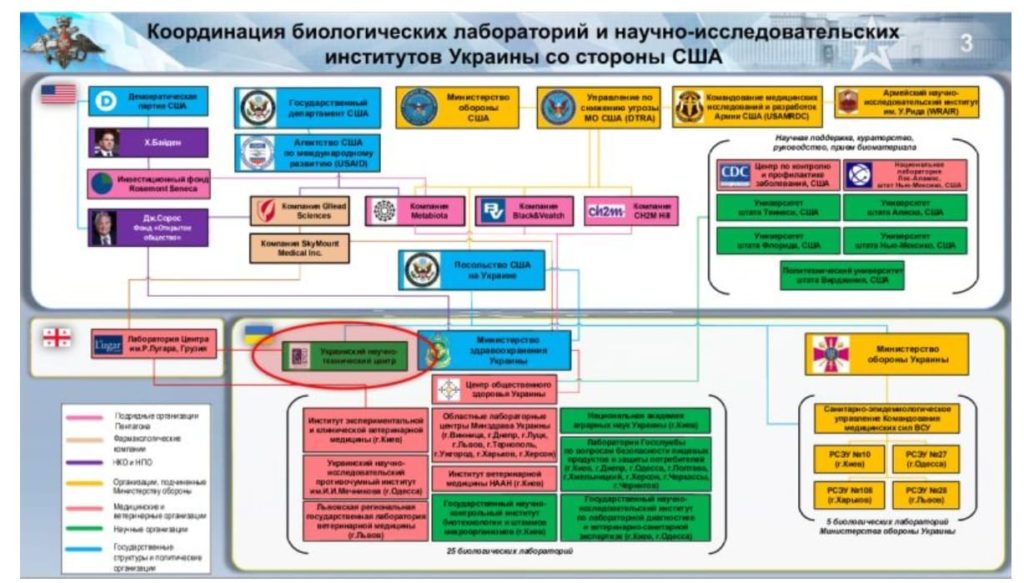


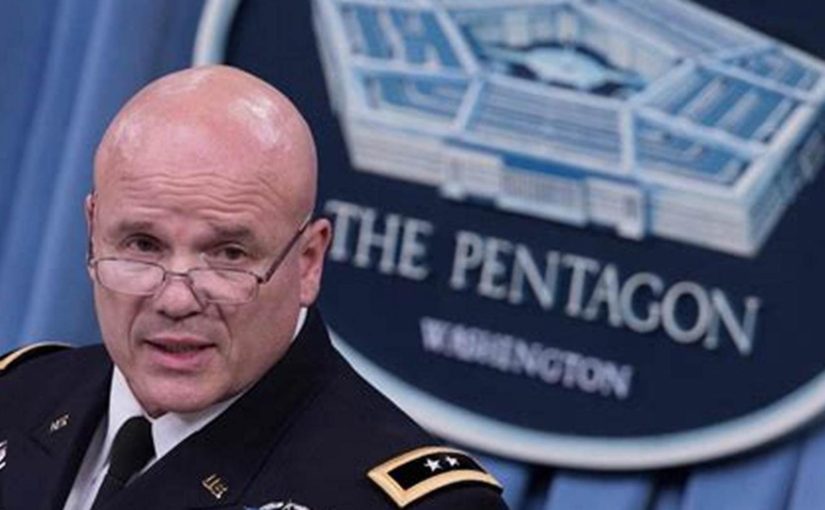
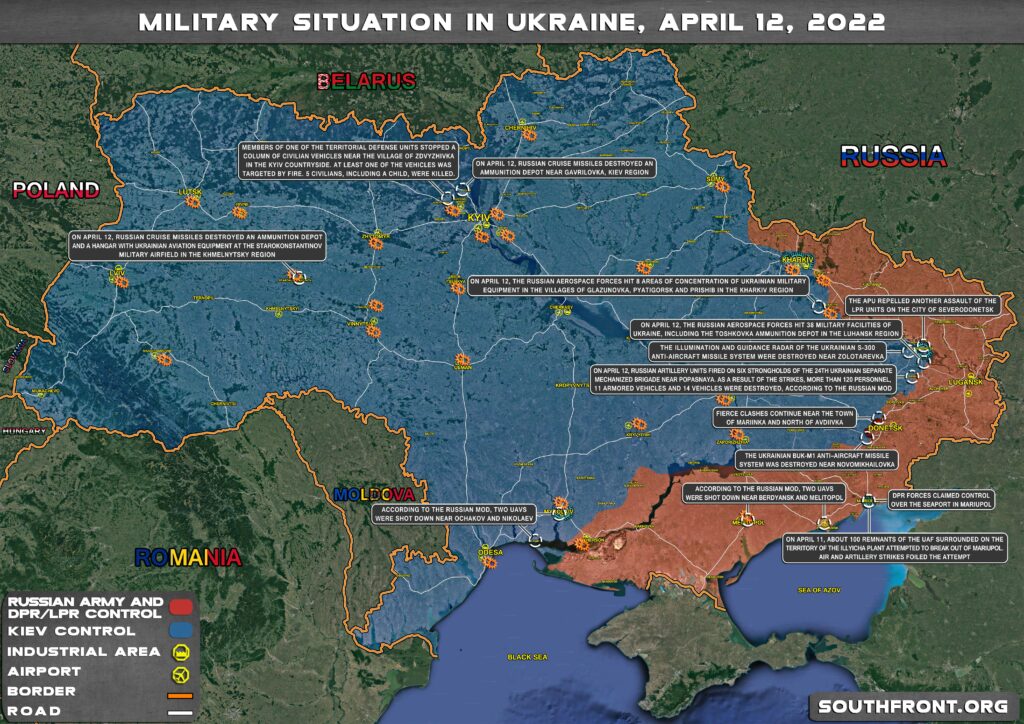
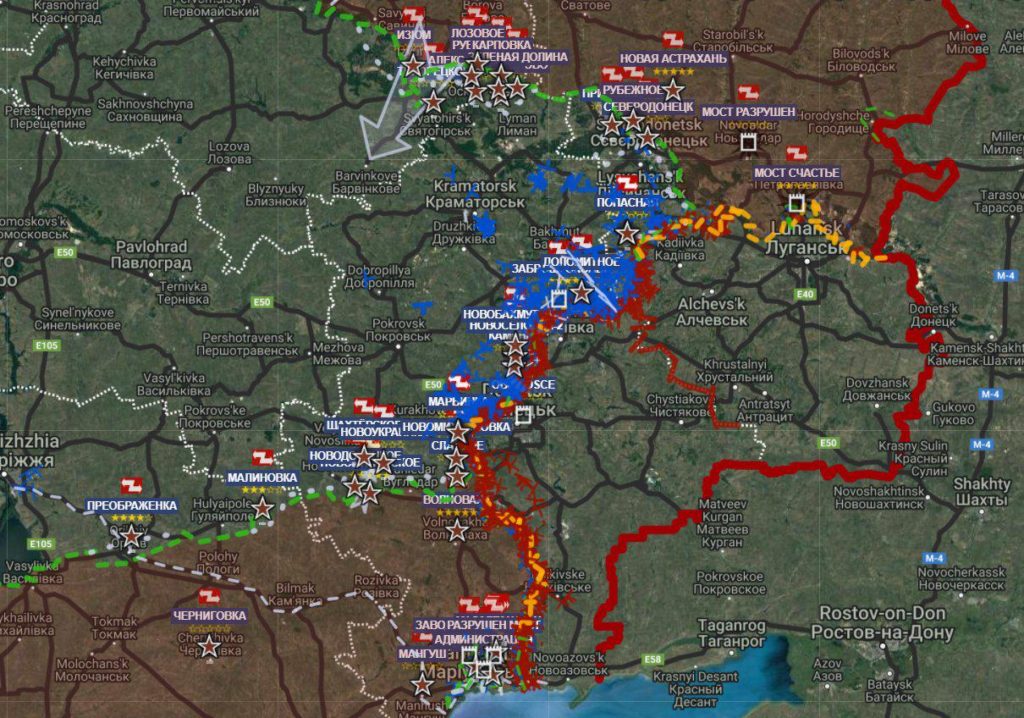

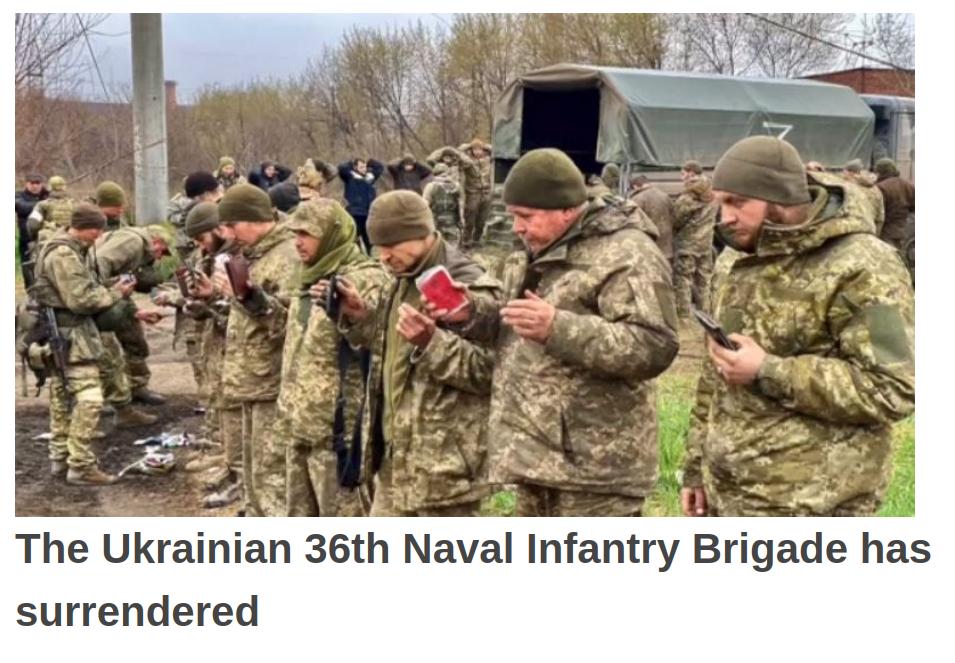
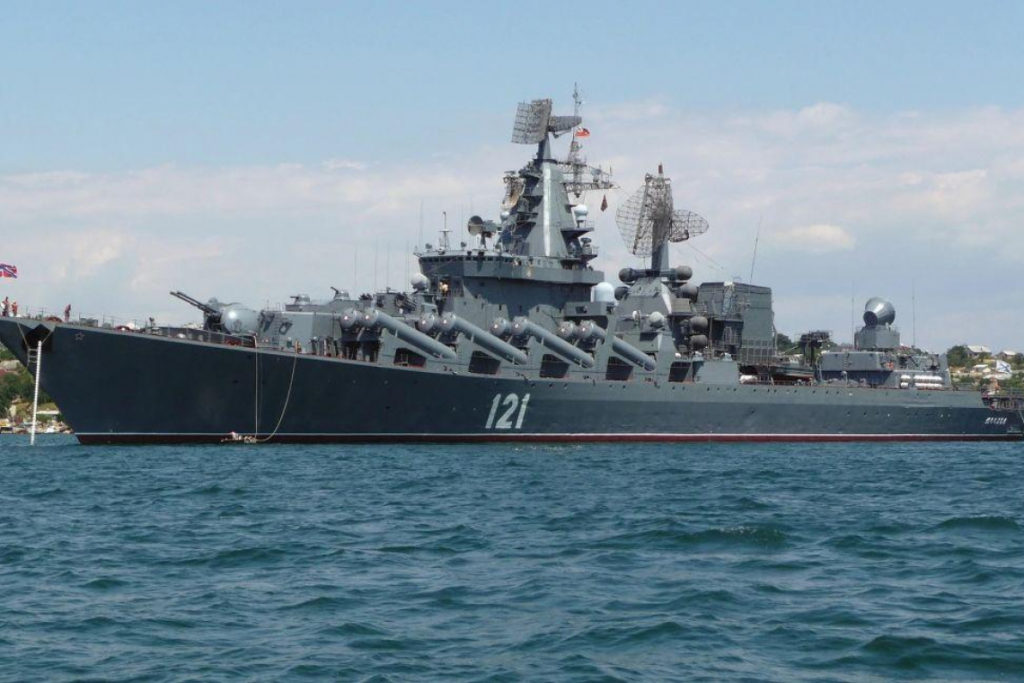
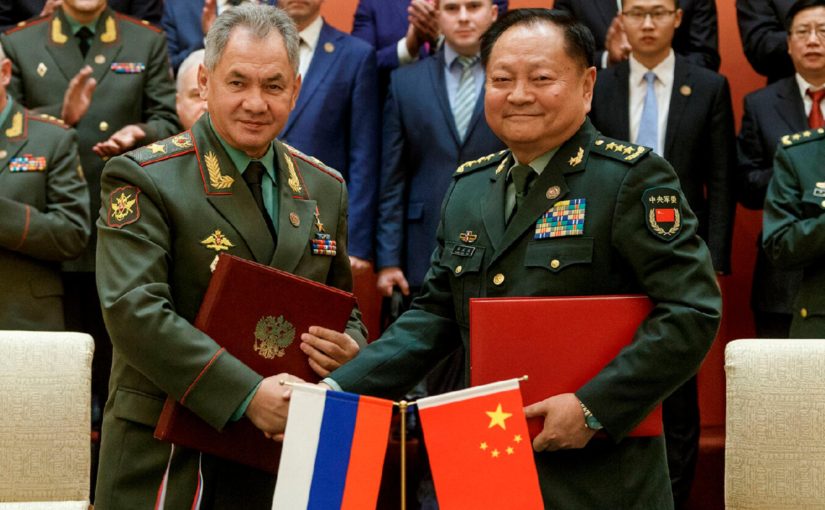
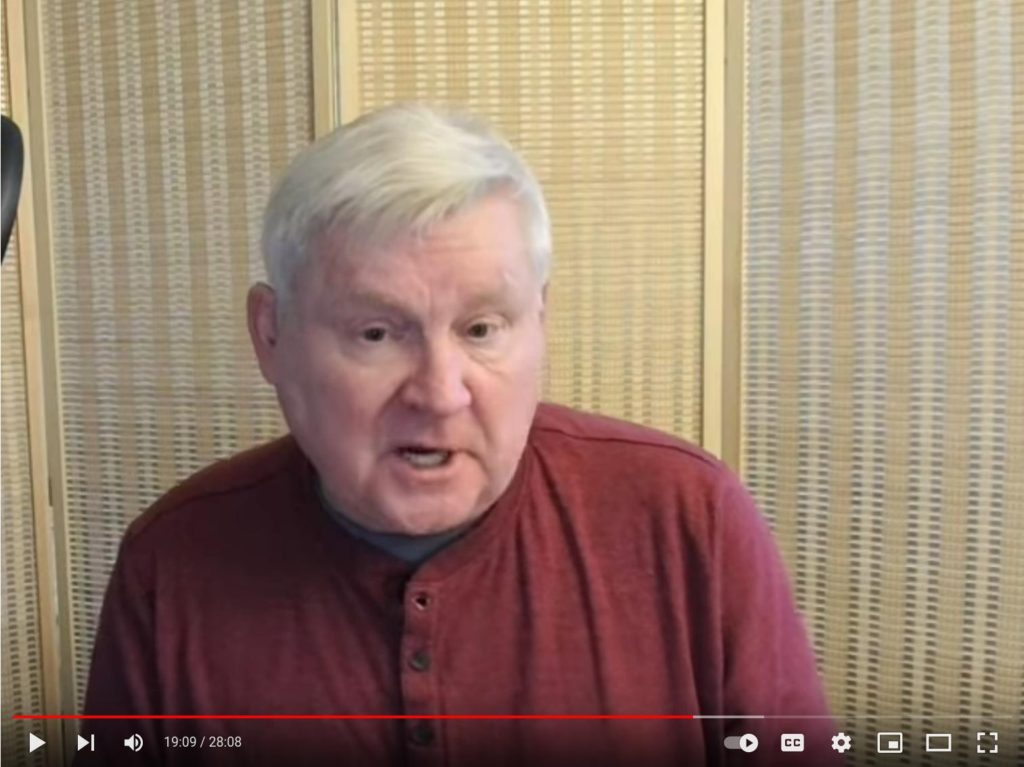




![What’s next between Russia and the United States; a video illustration [1]](https://metallicman.com/wp-content/uploads/2022/01/2022-01-30_13-52BIG-825x510.jpg)

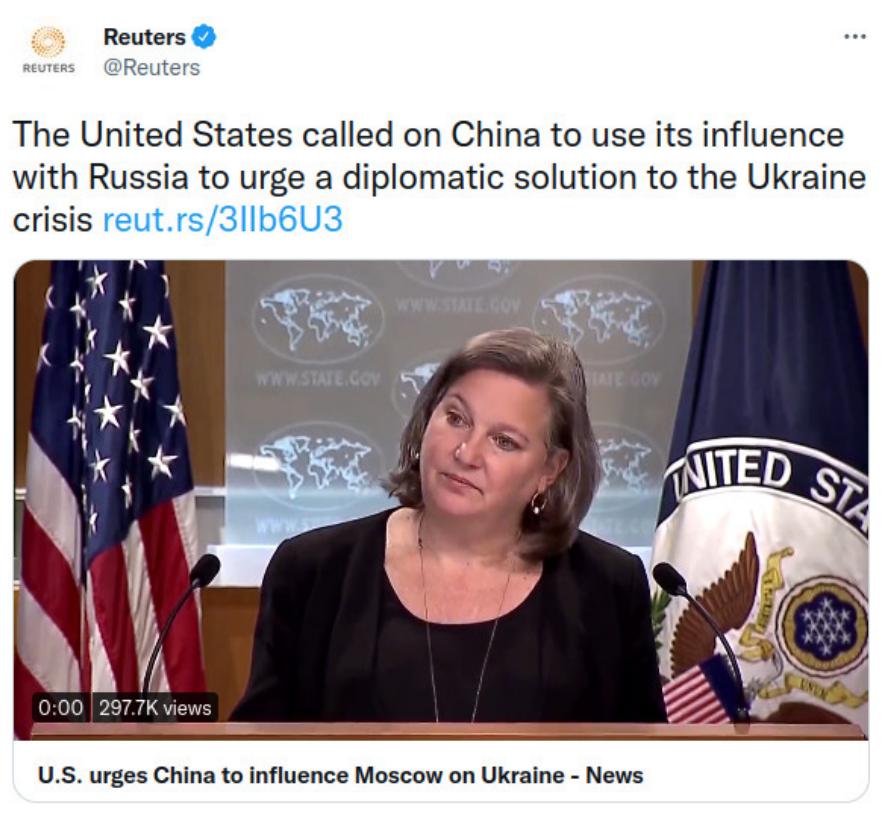




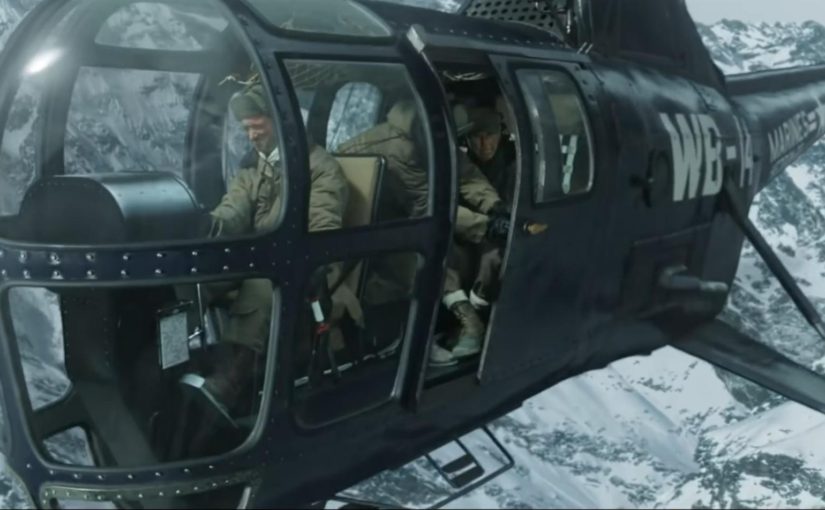
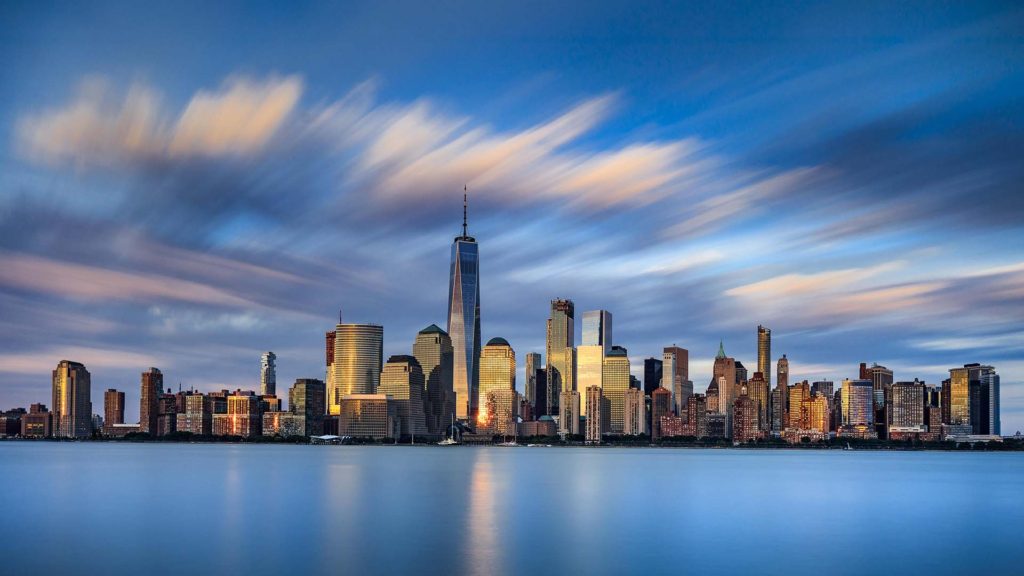
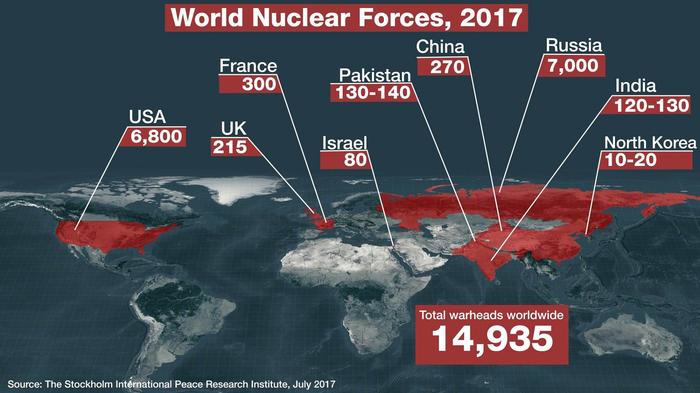
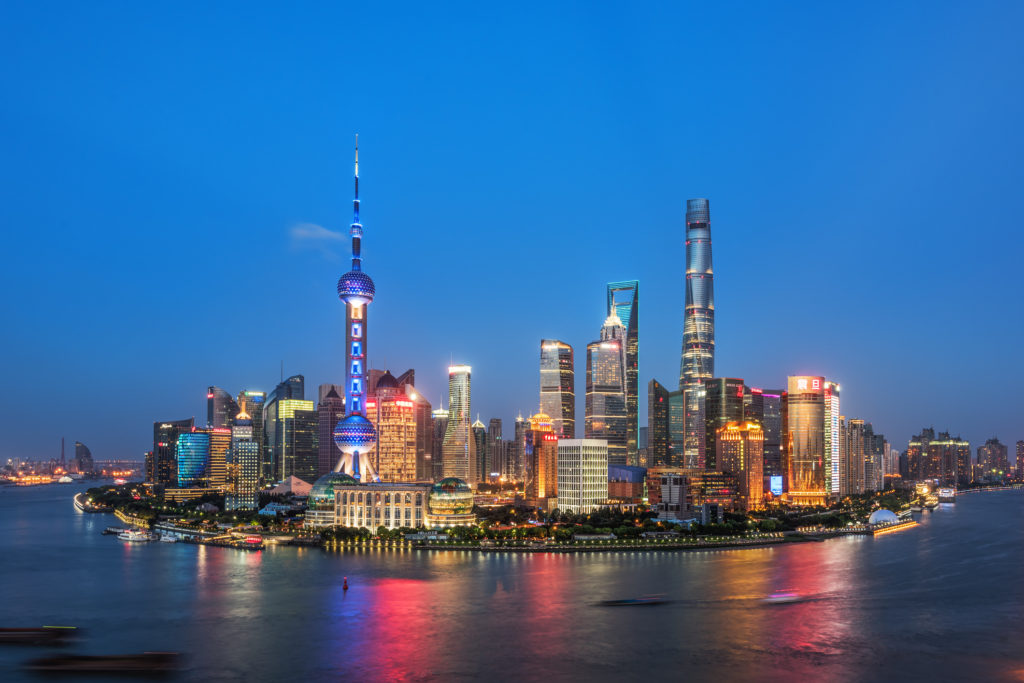
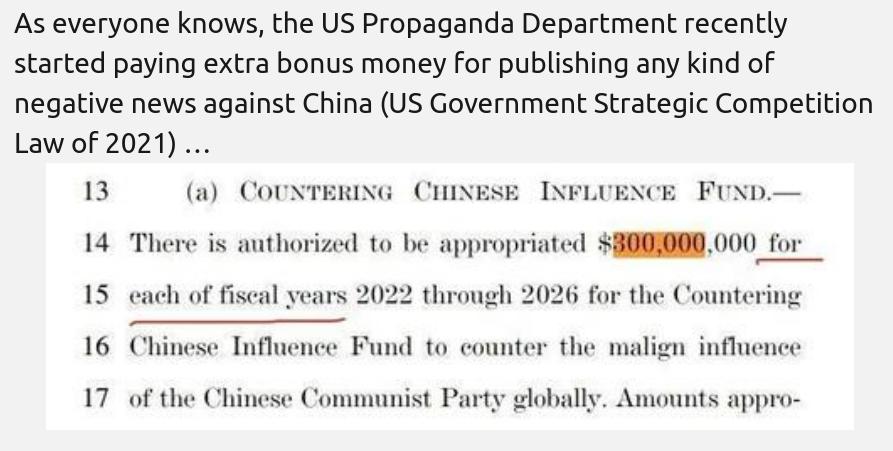
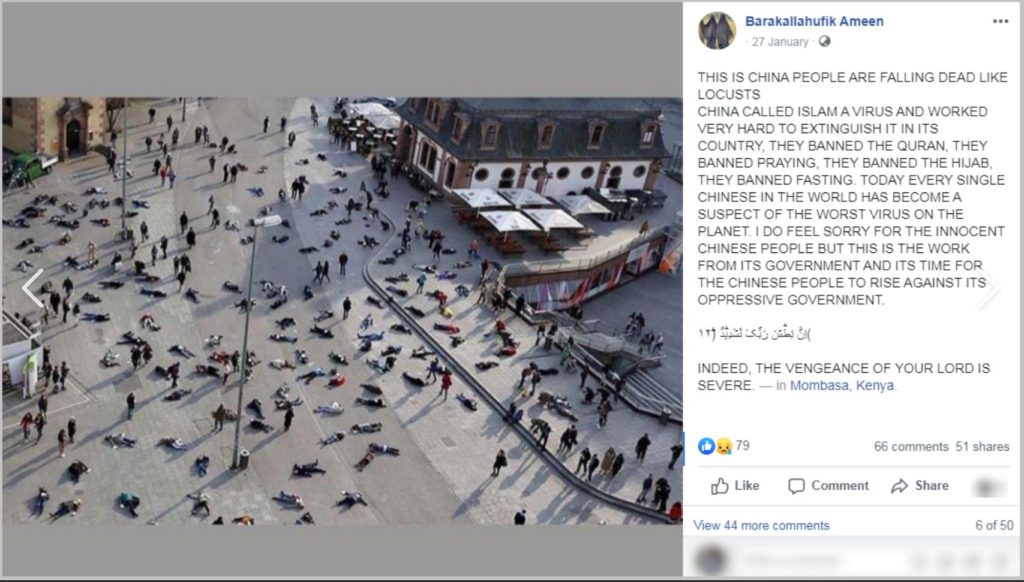
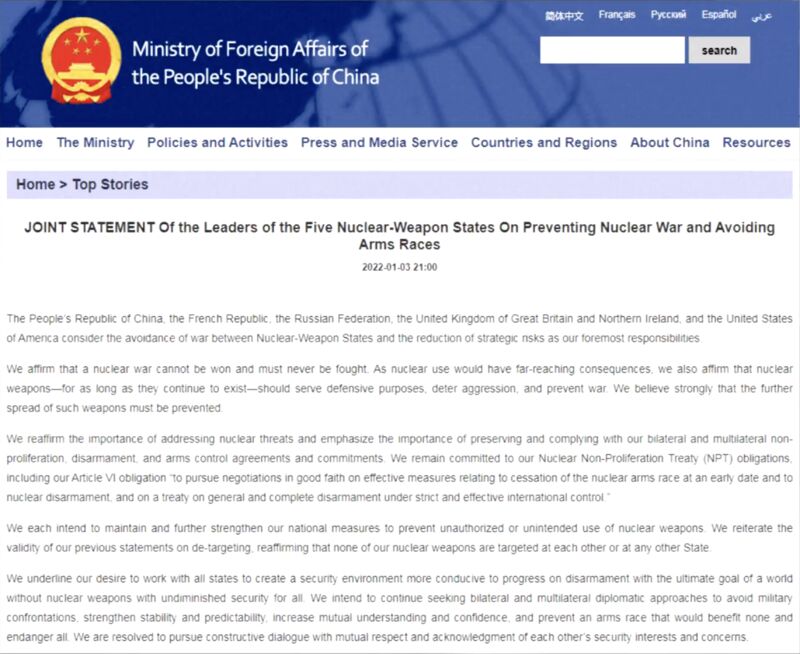
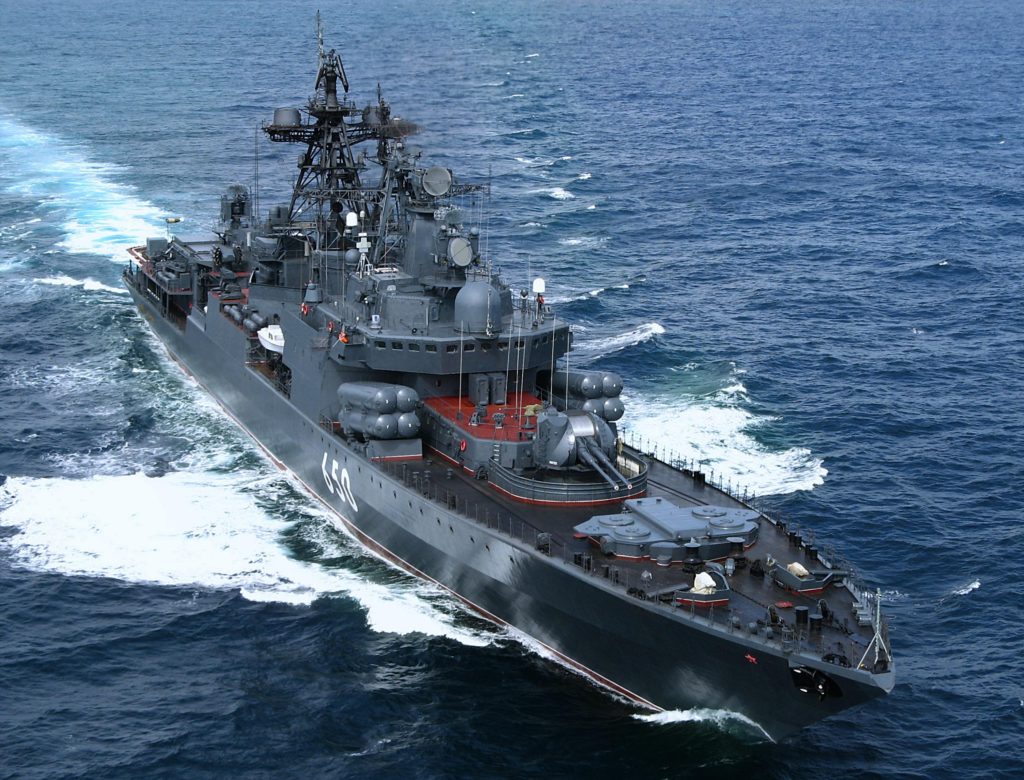
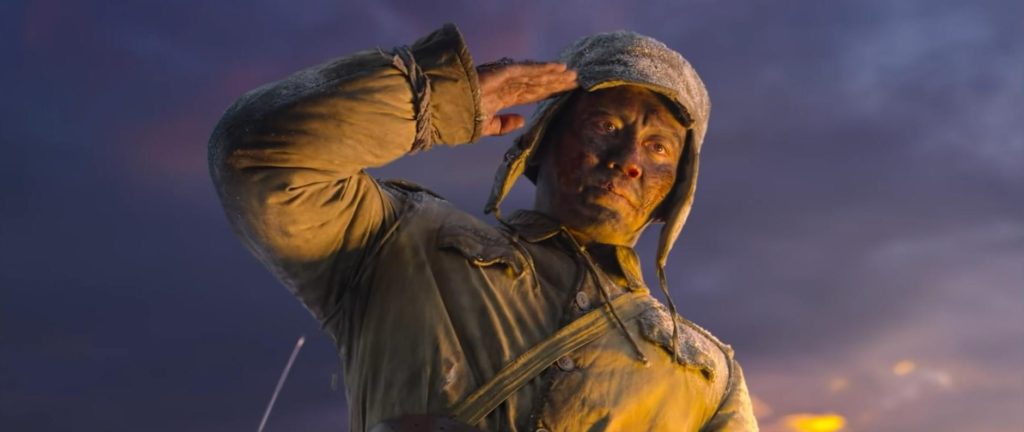

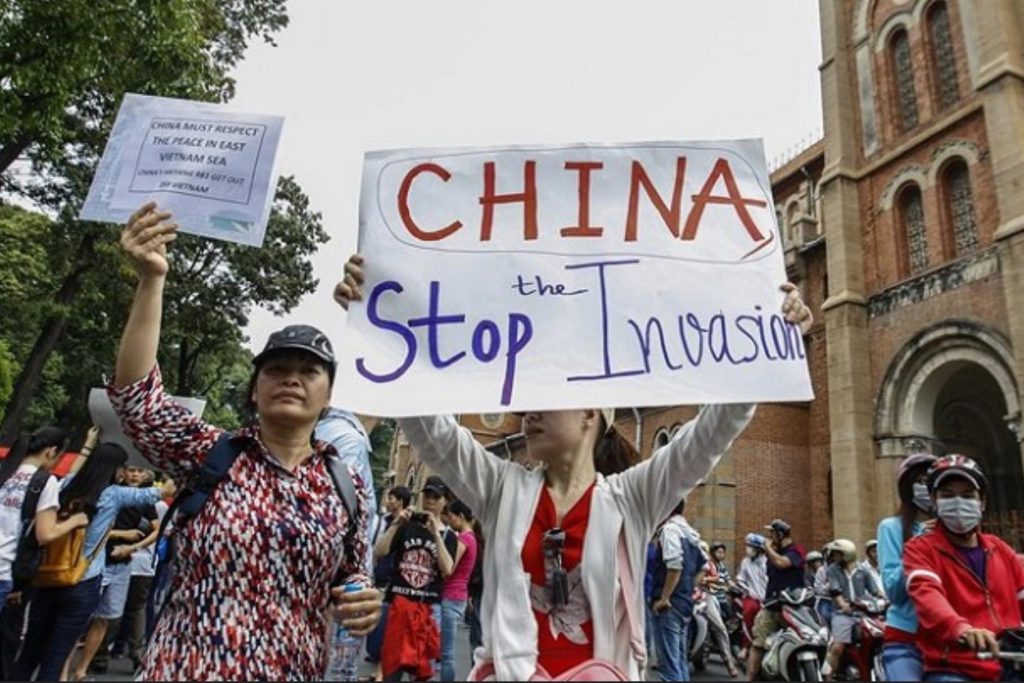
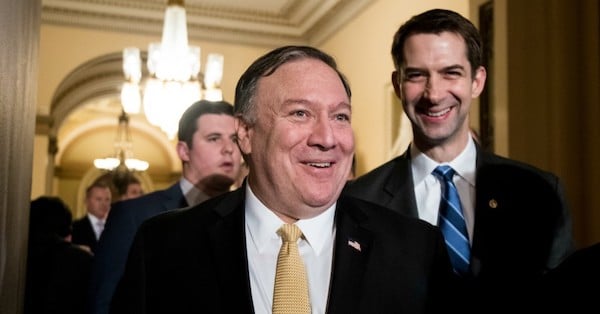
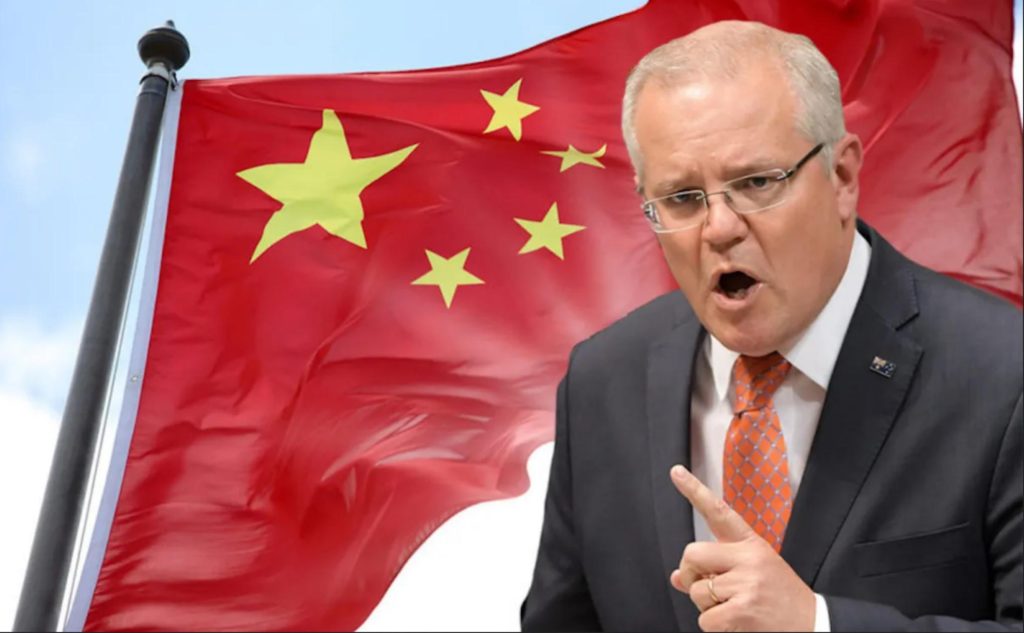
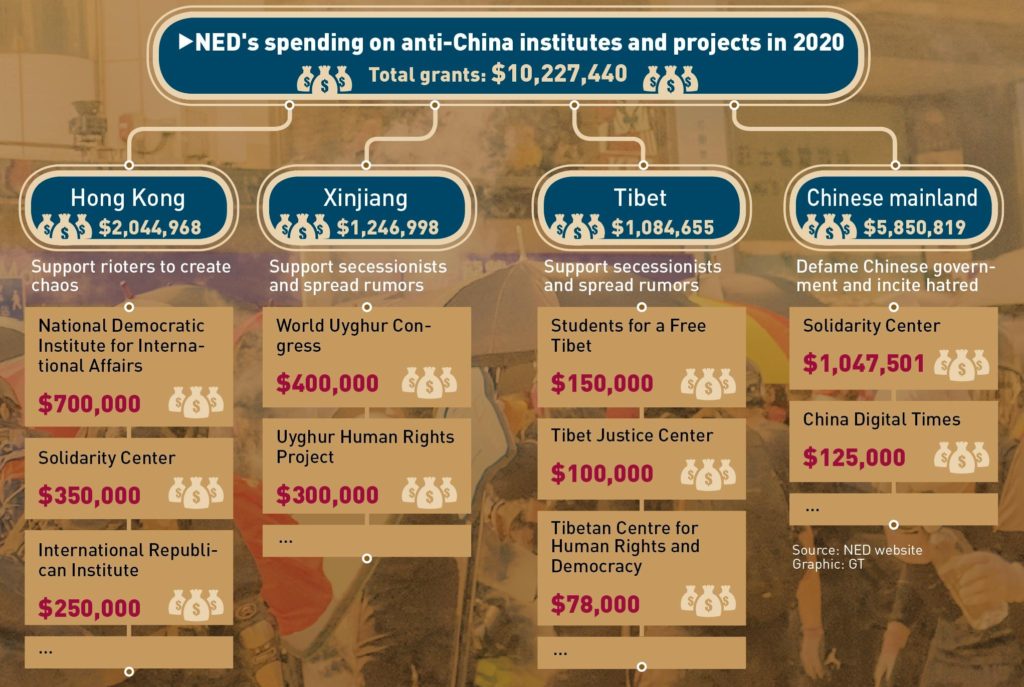
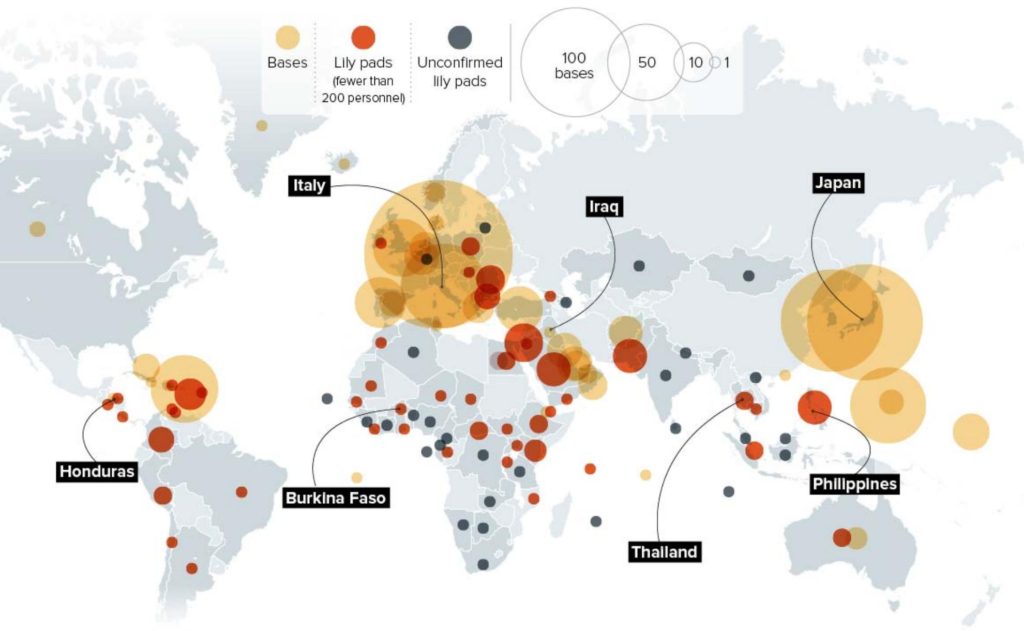
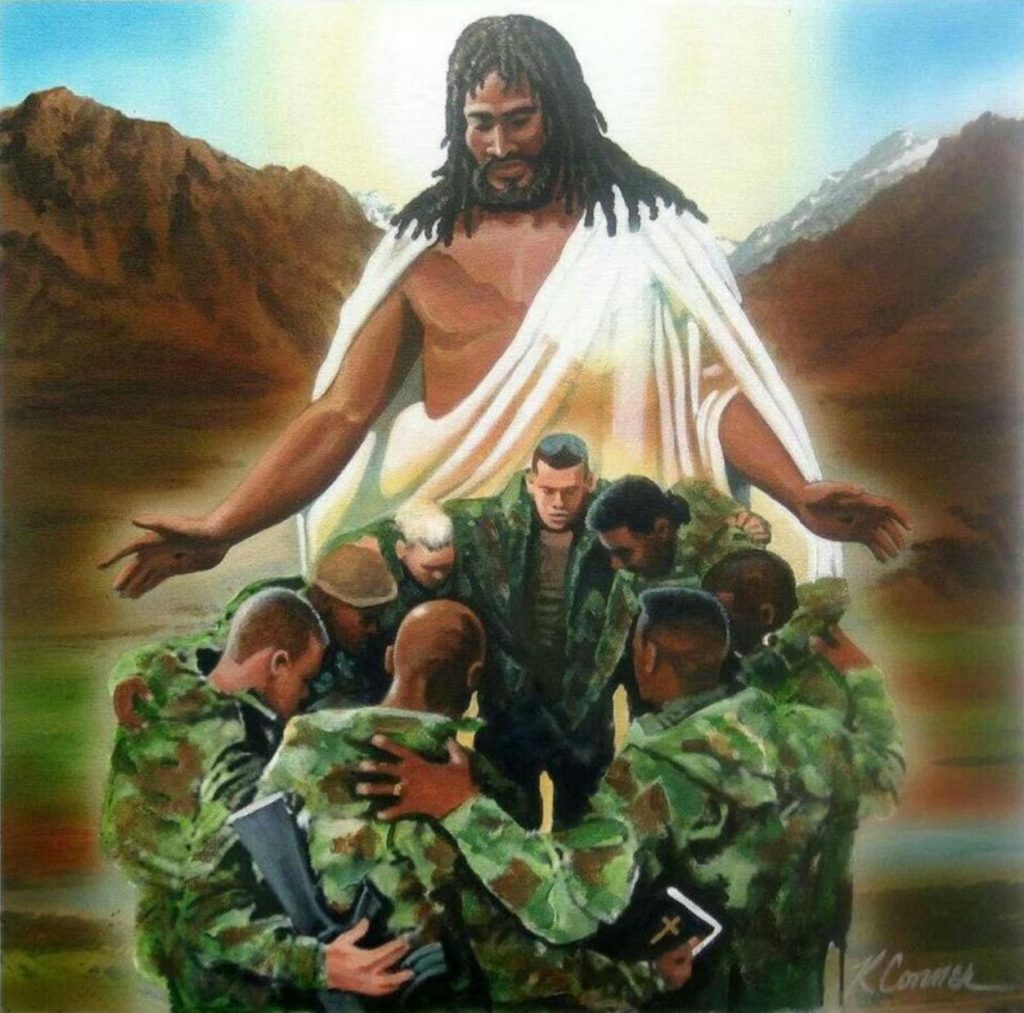




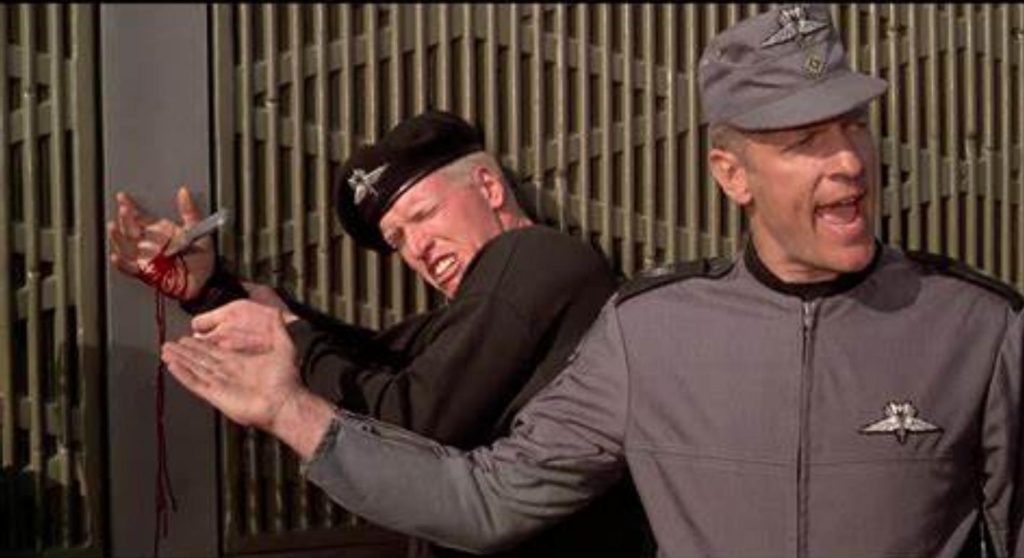
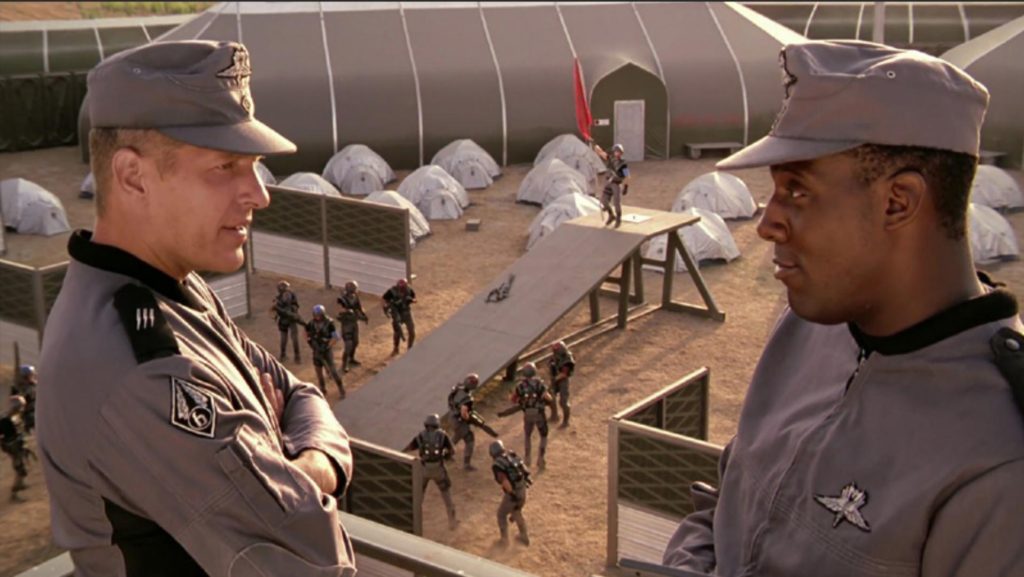
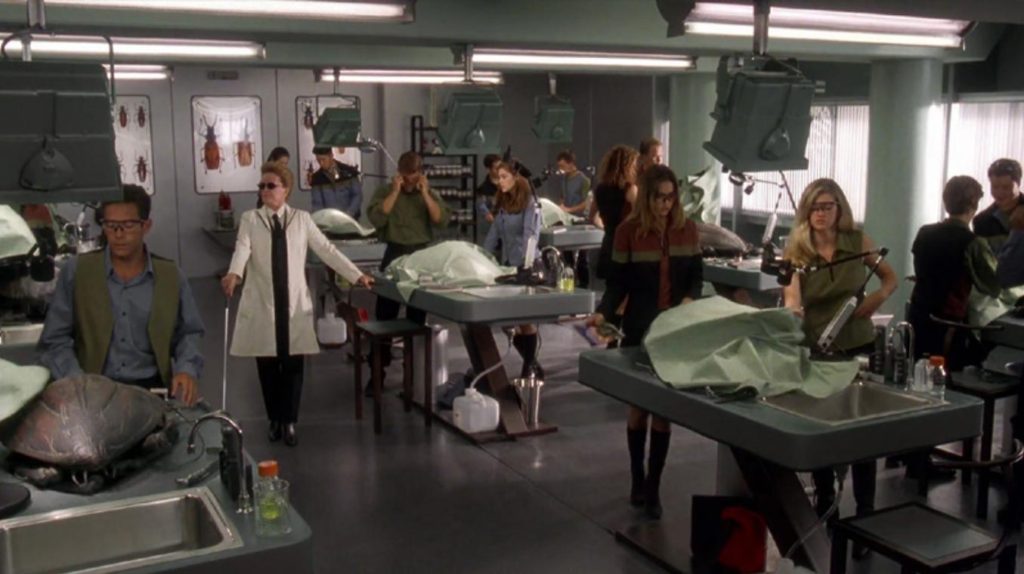




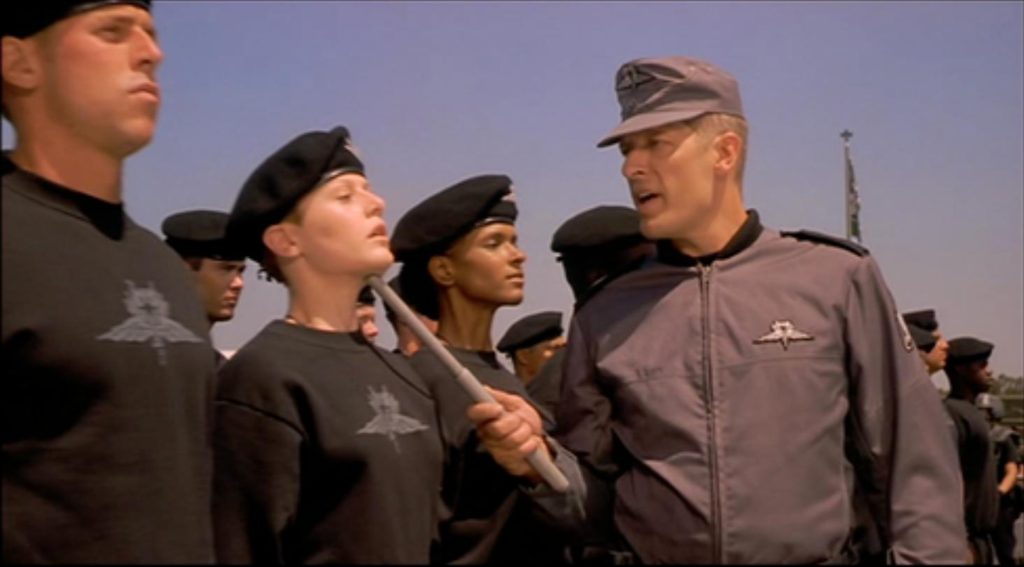


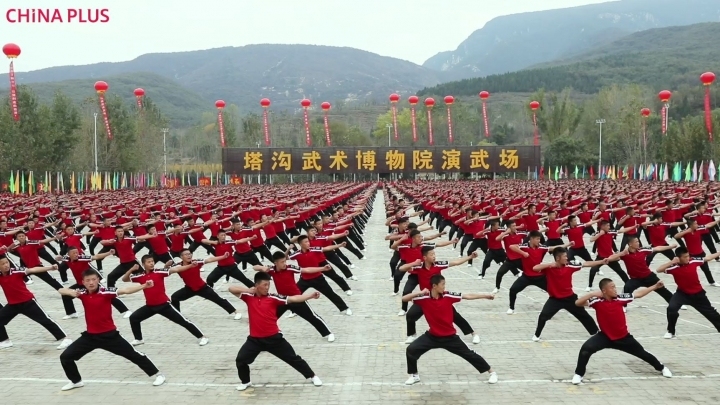


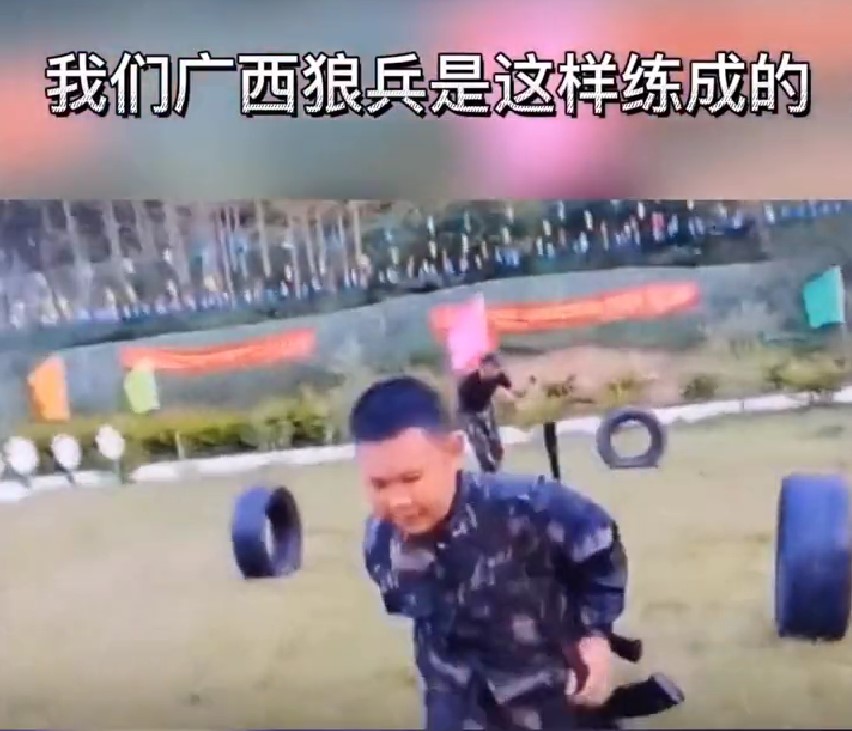
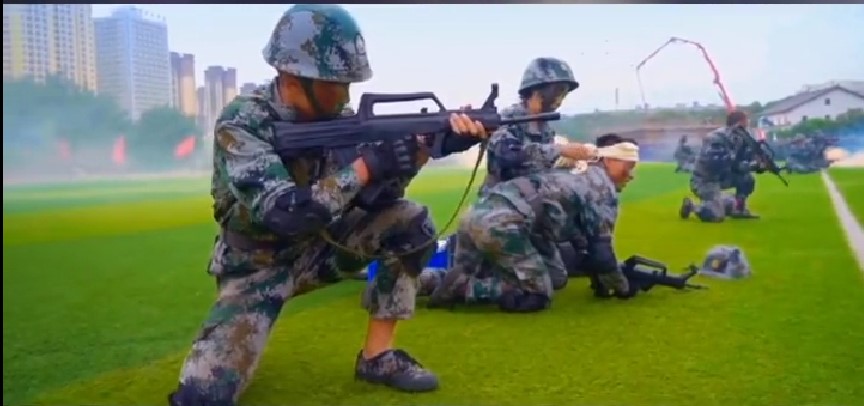
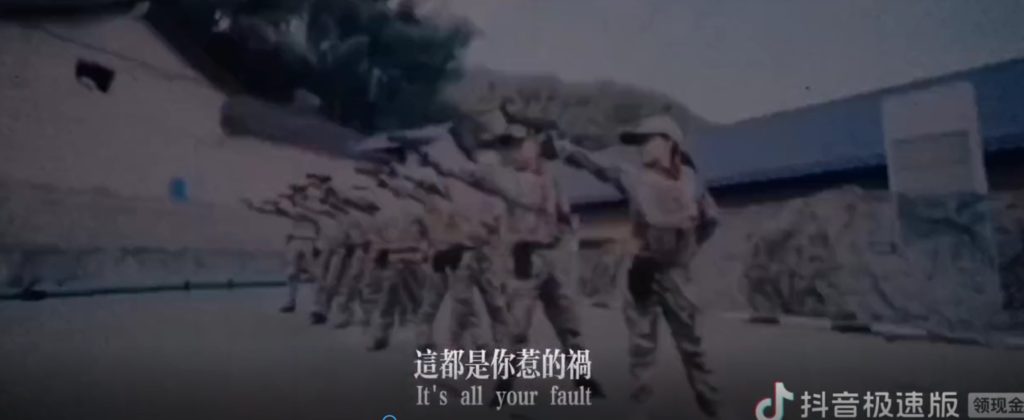

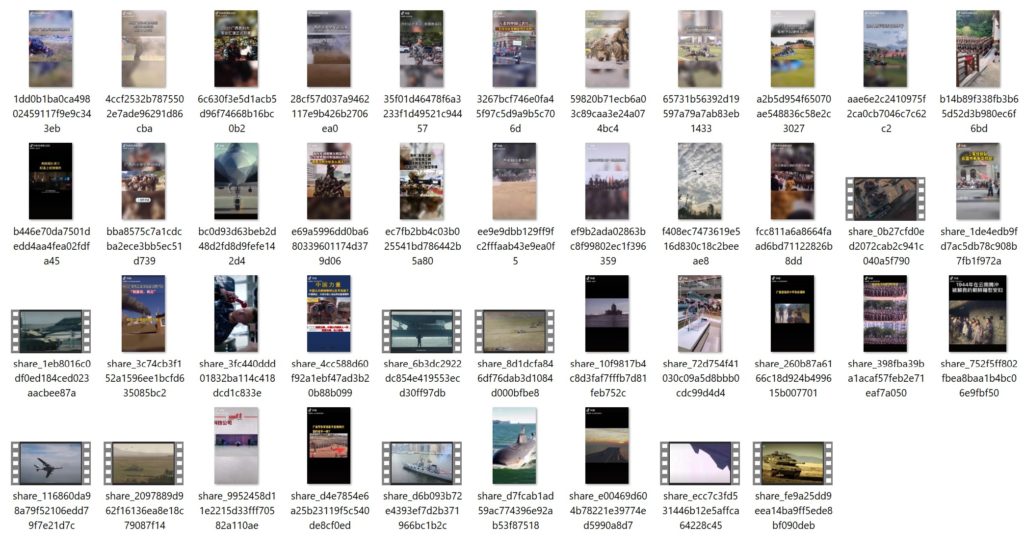

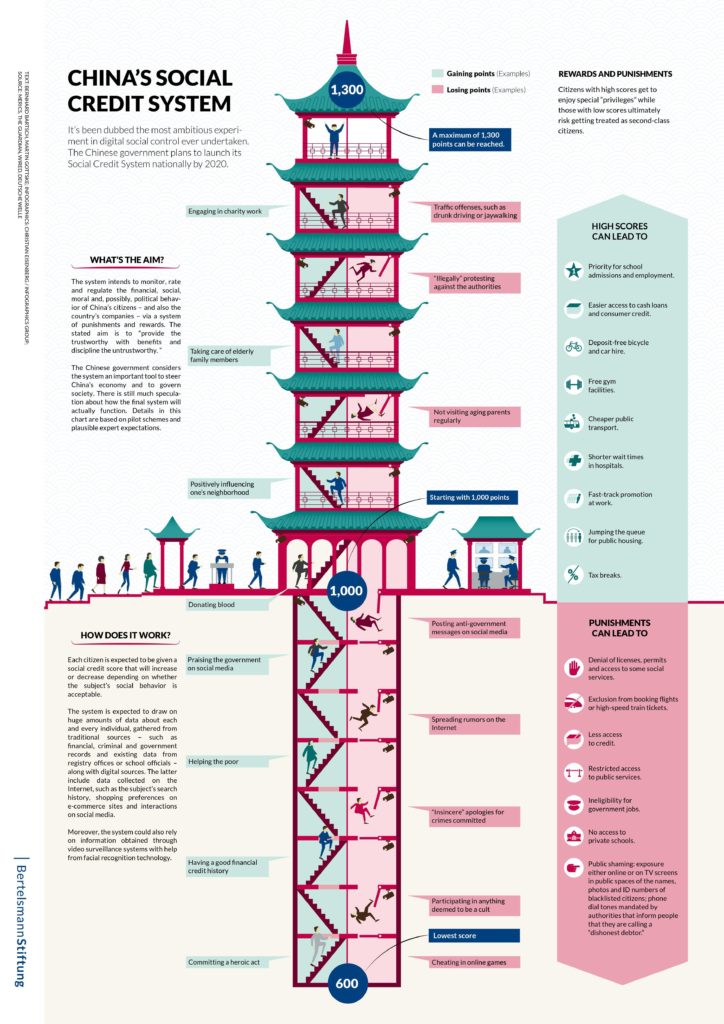

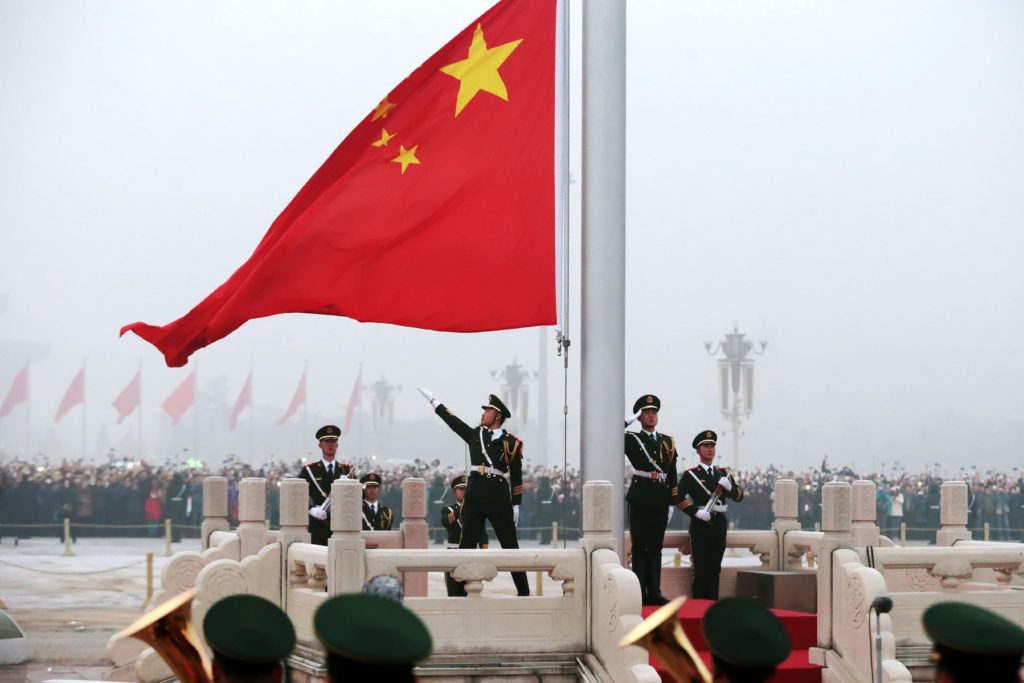

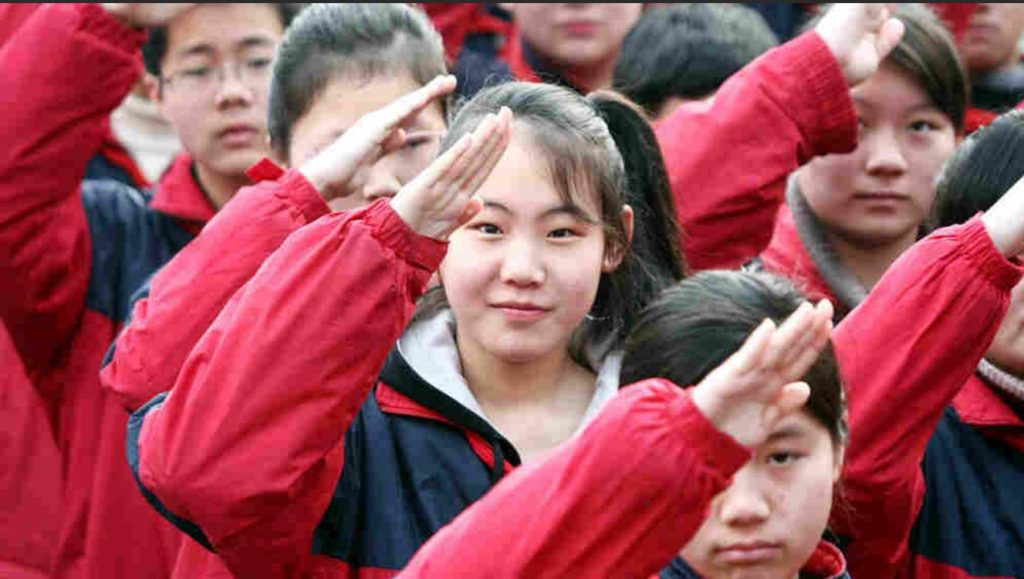

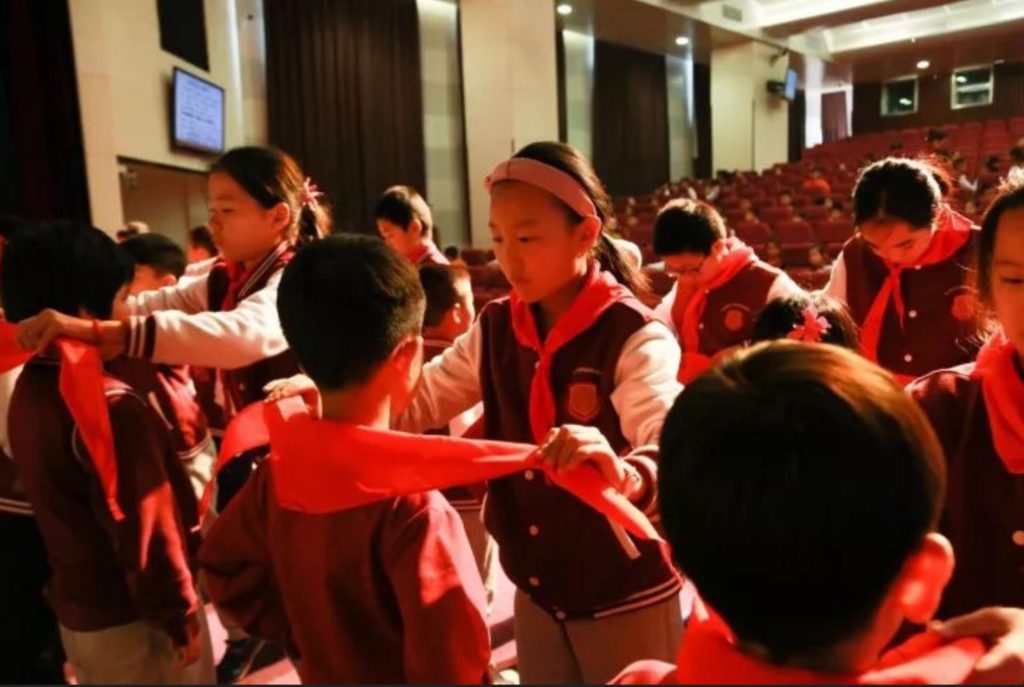



 Keith Kaplan
CEO, TradeSmith
Keith Kaplan
CEO, TradeSmith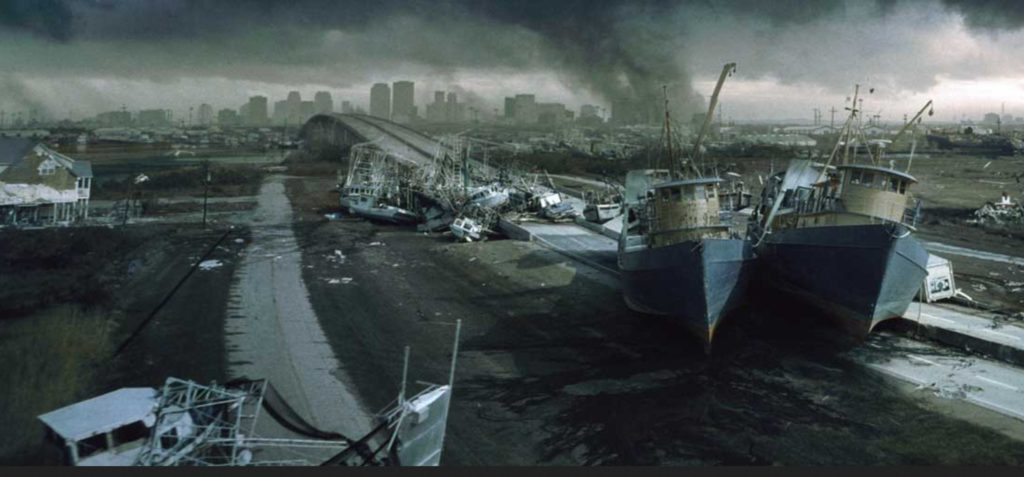

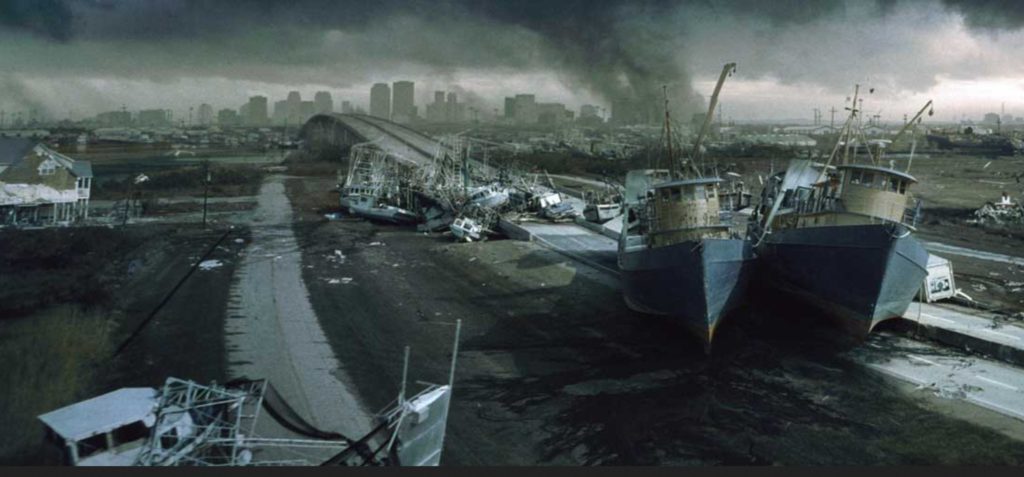
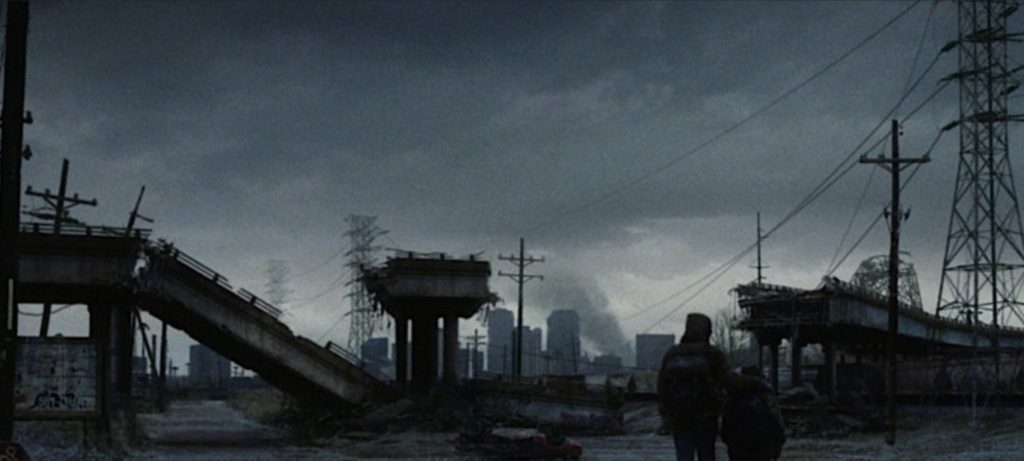

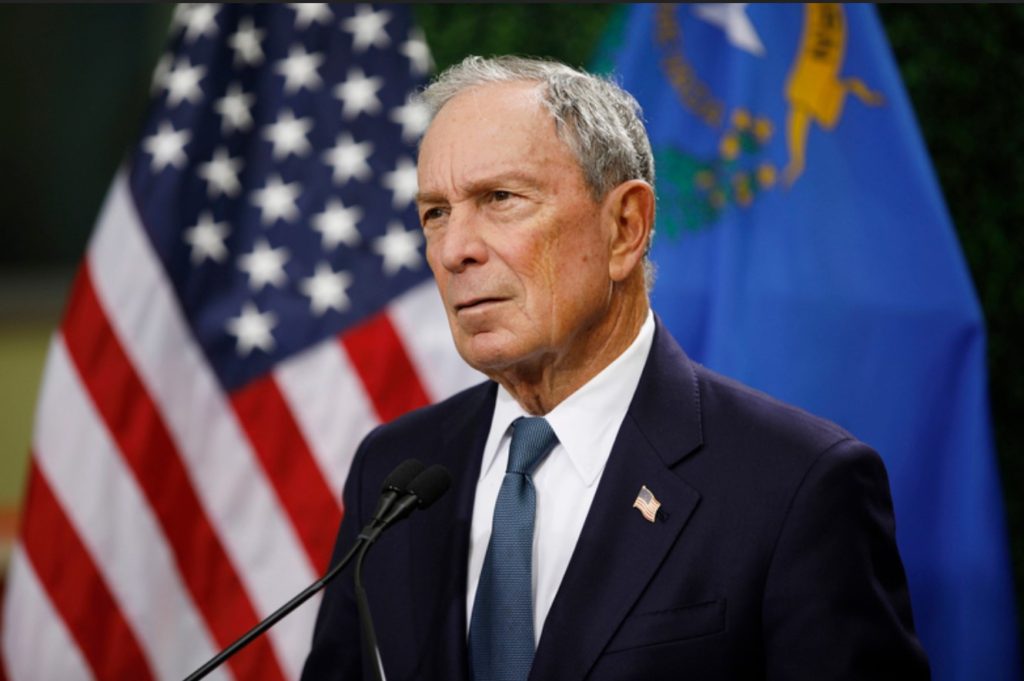

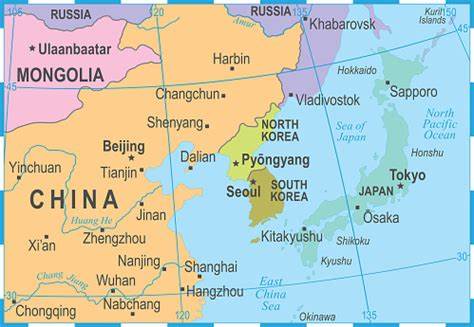


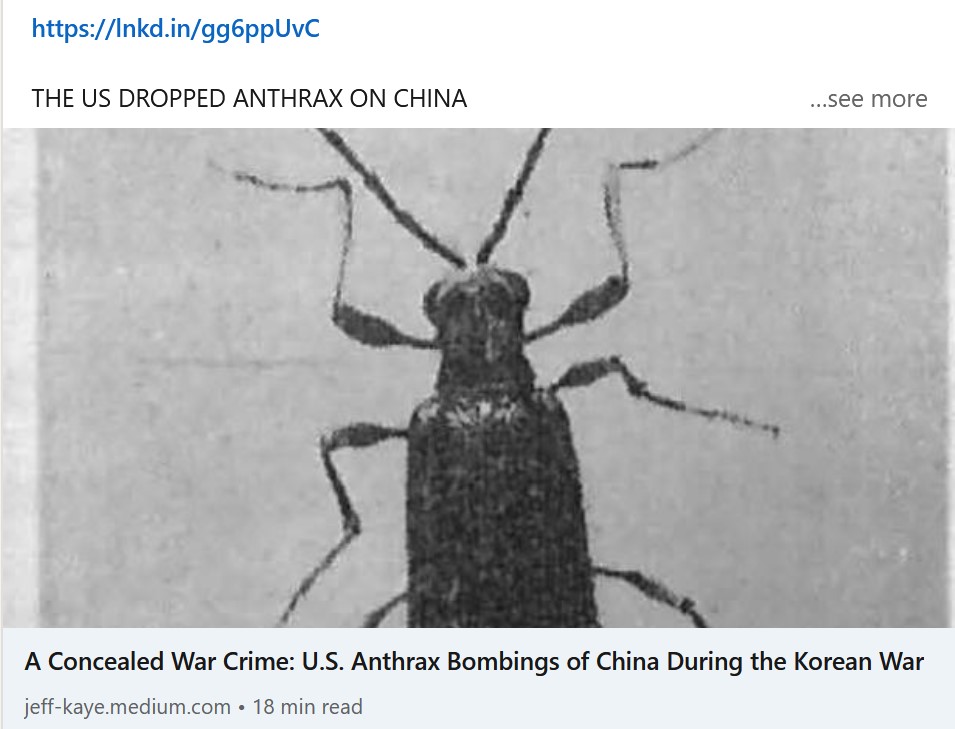



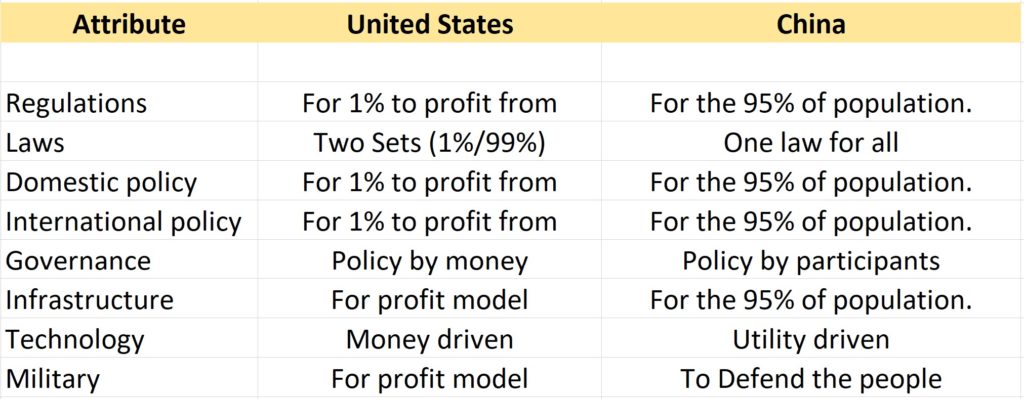


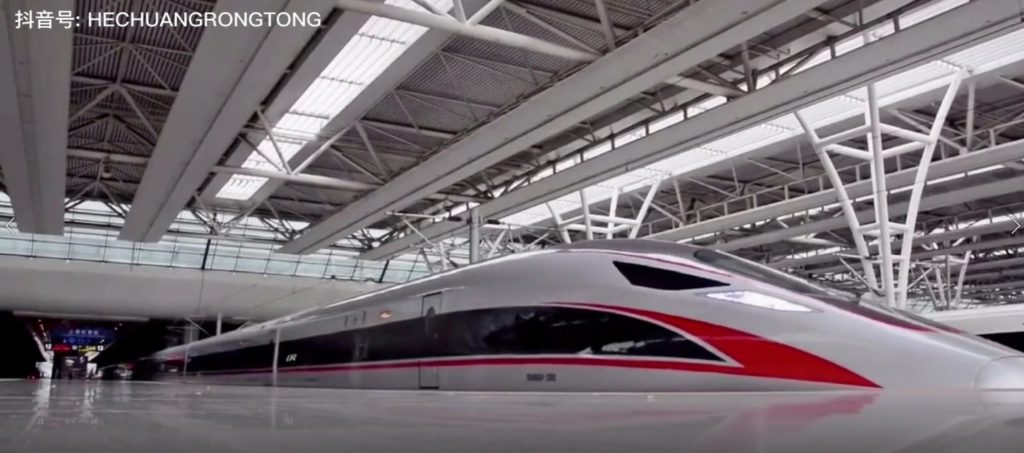







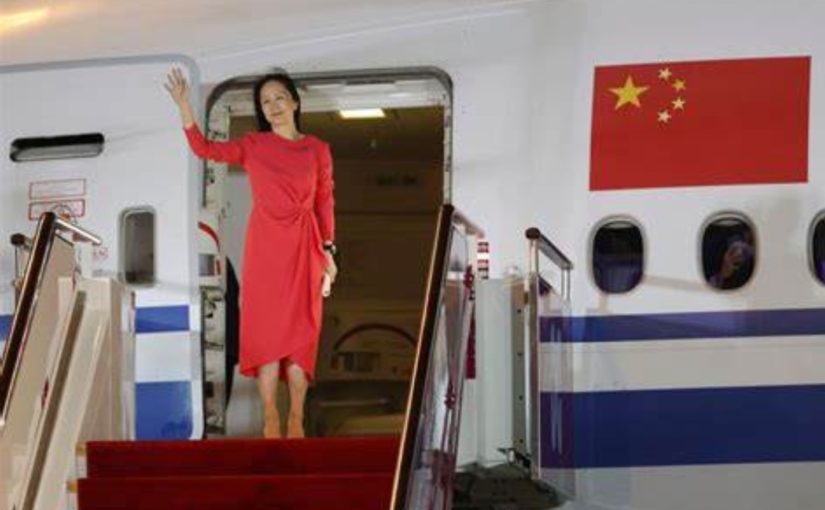




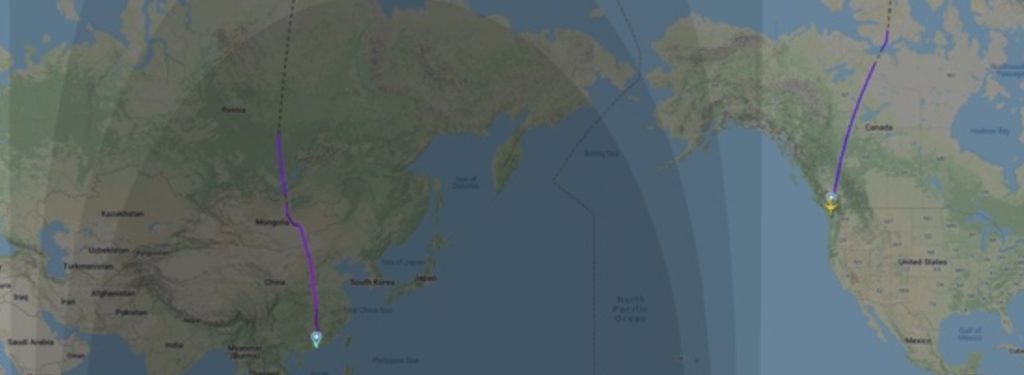

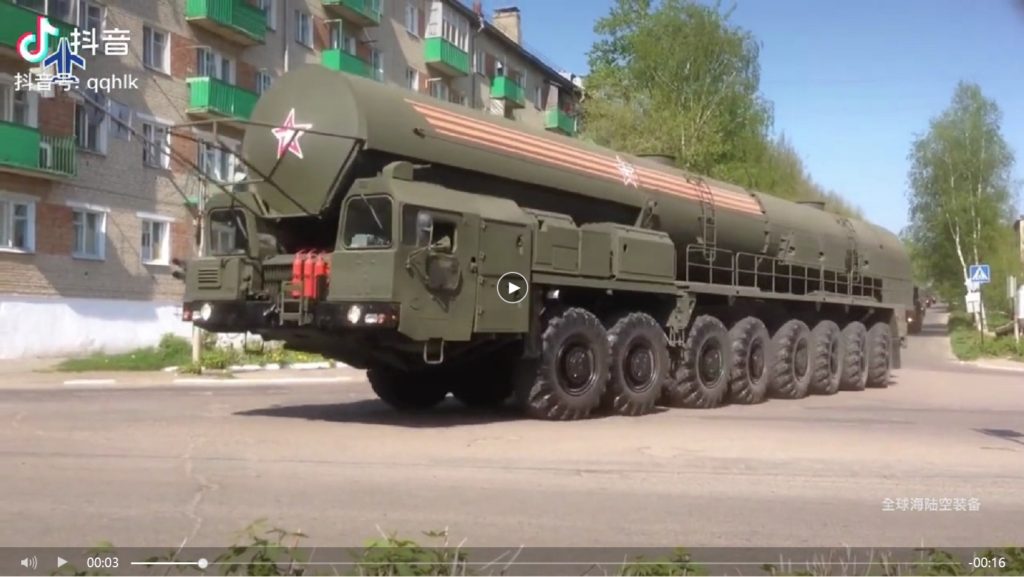
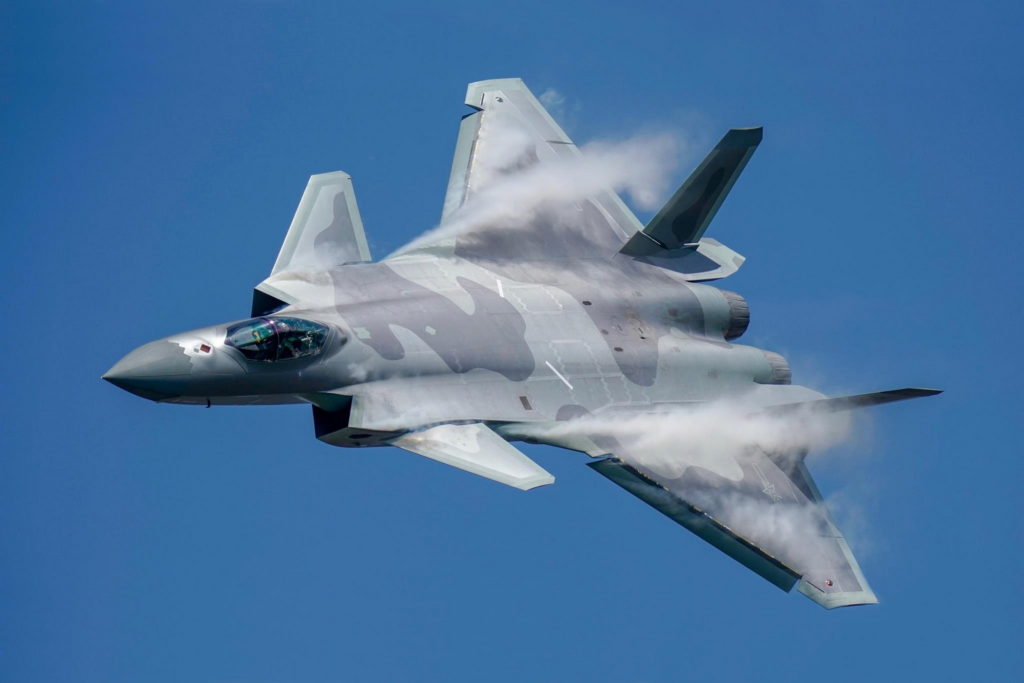

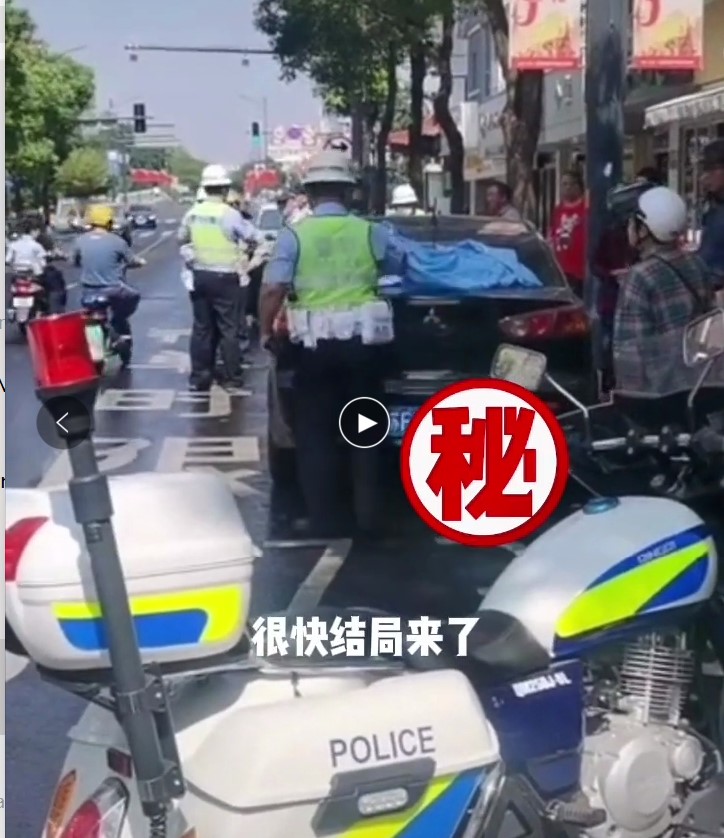

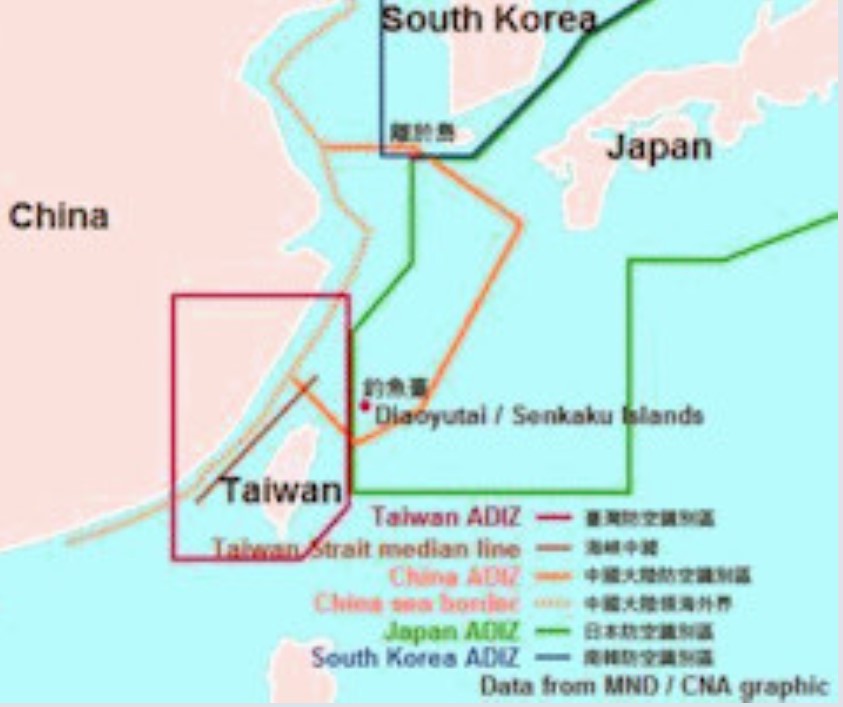
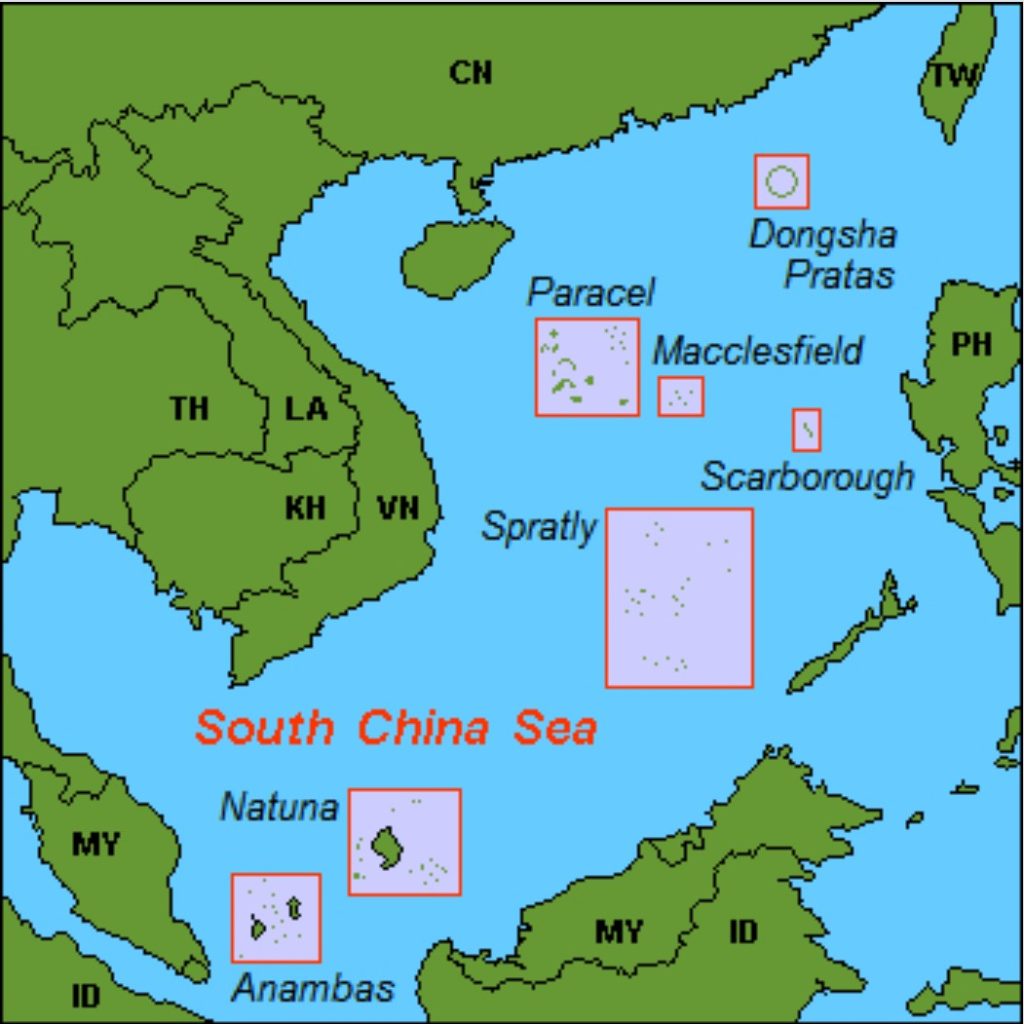
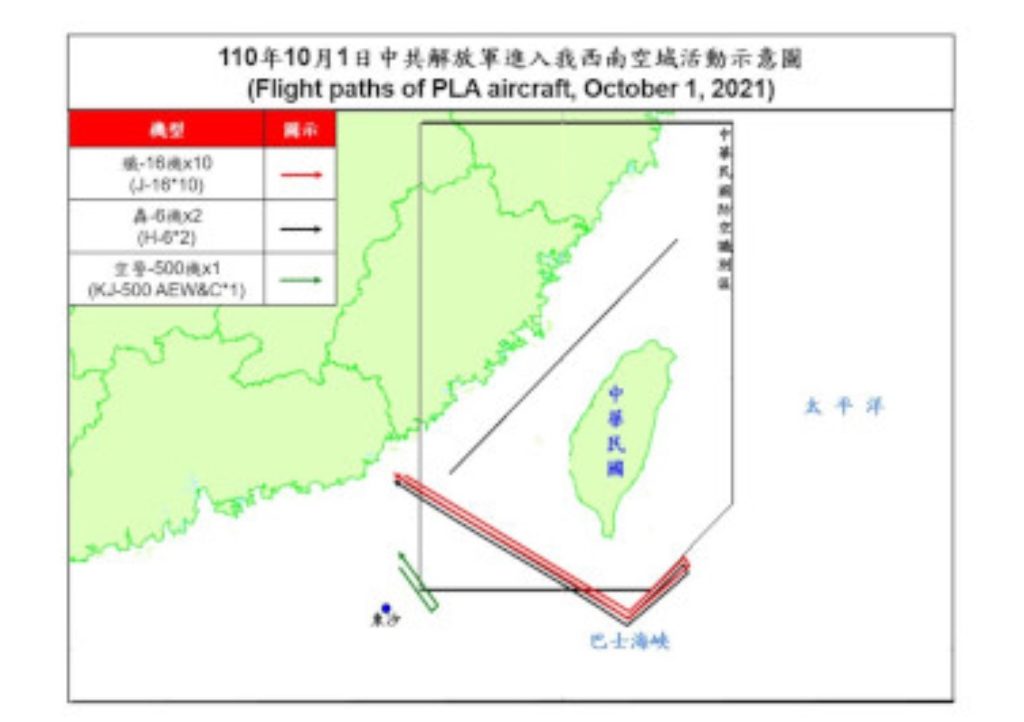

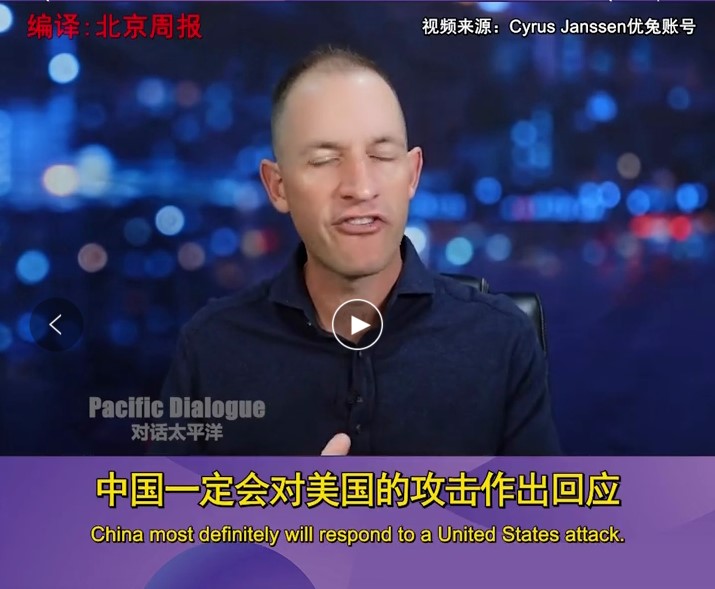

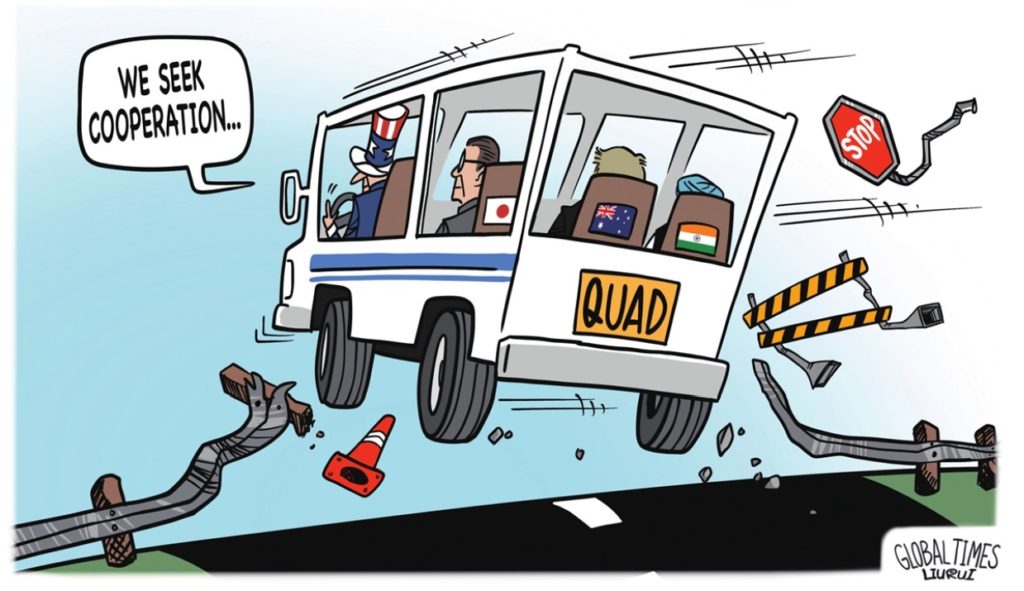
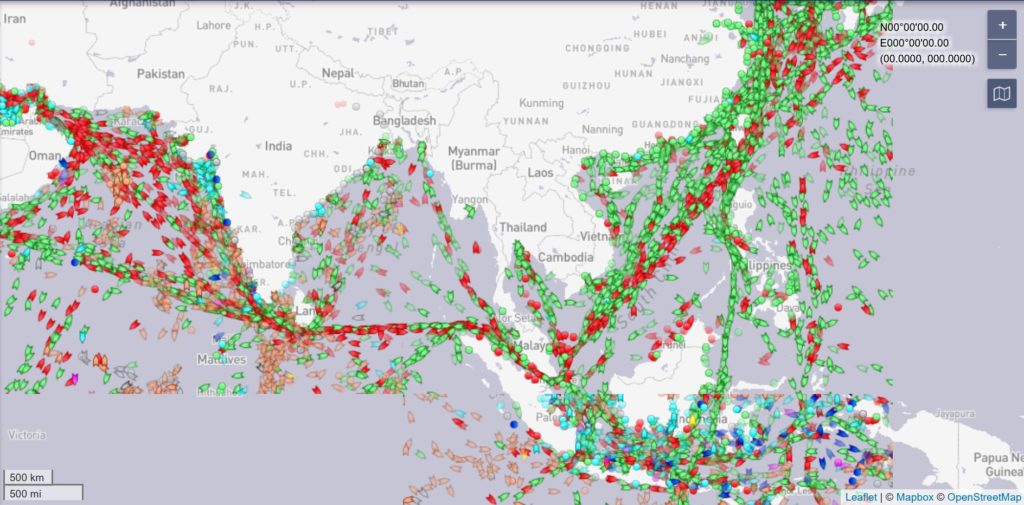
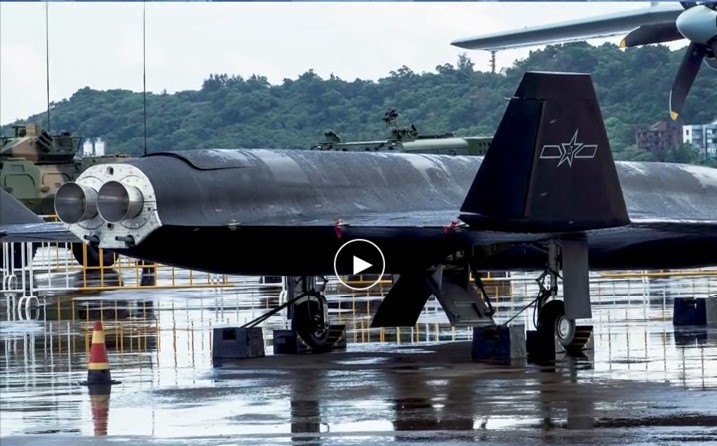
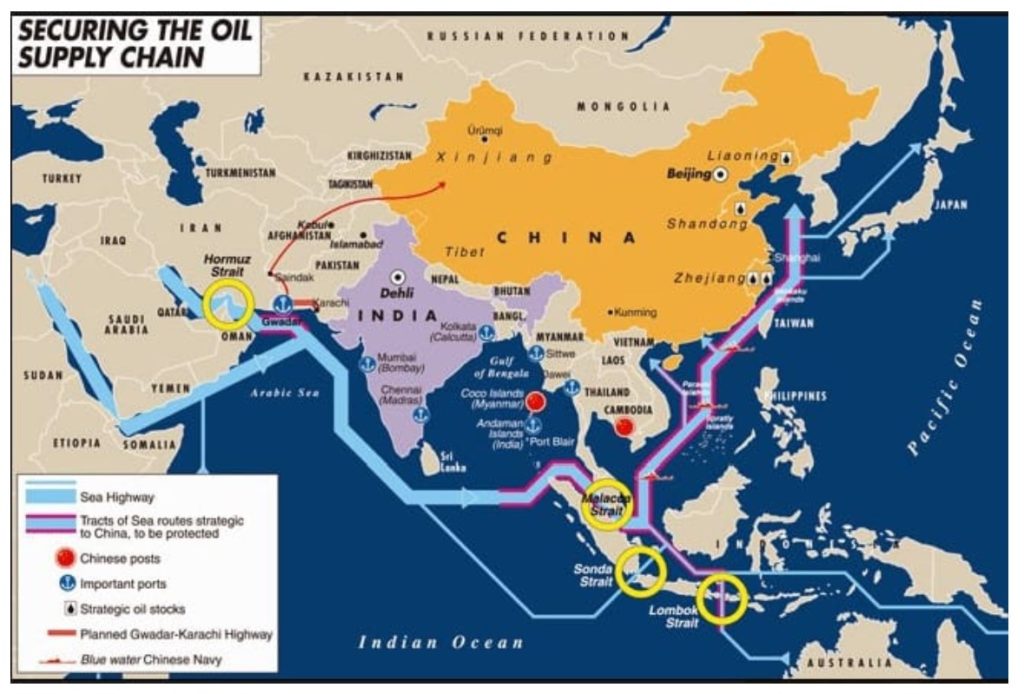
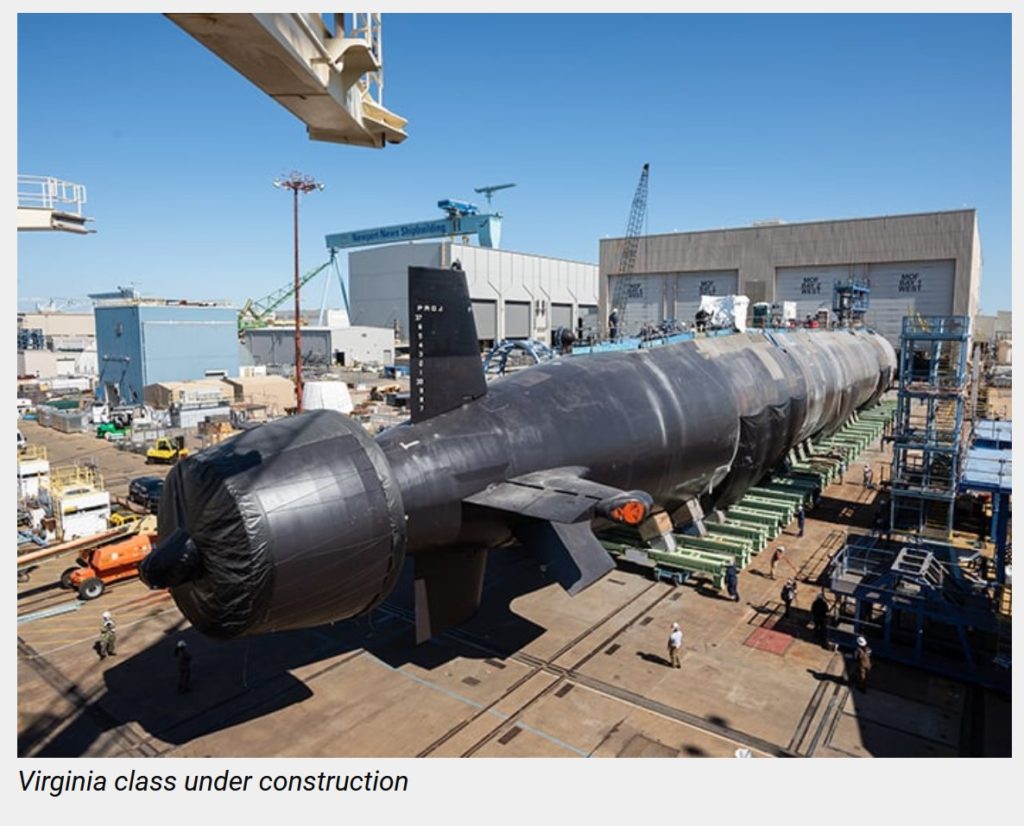
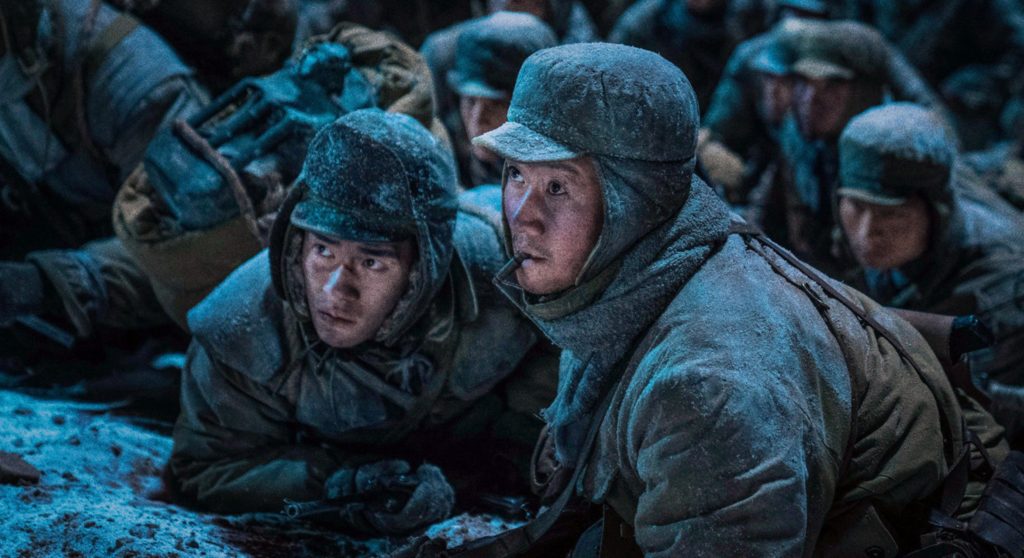



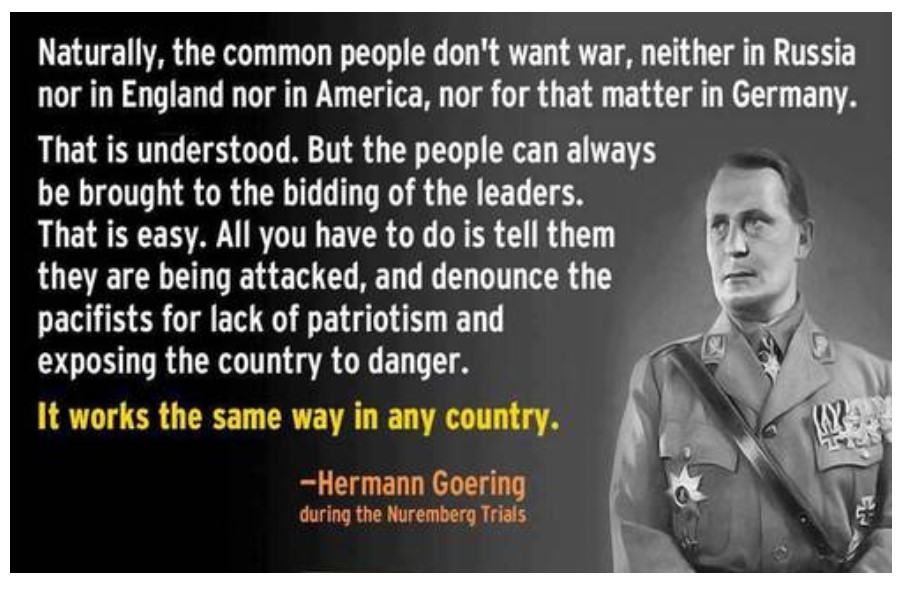
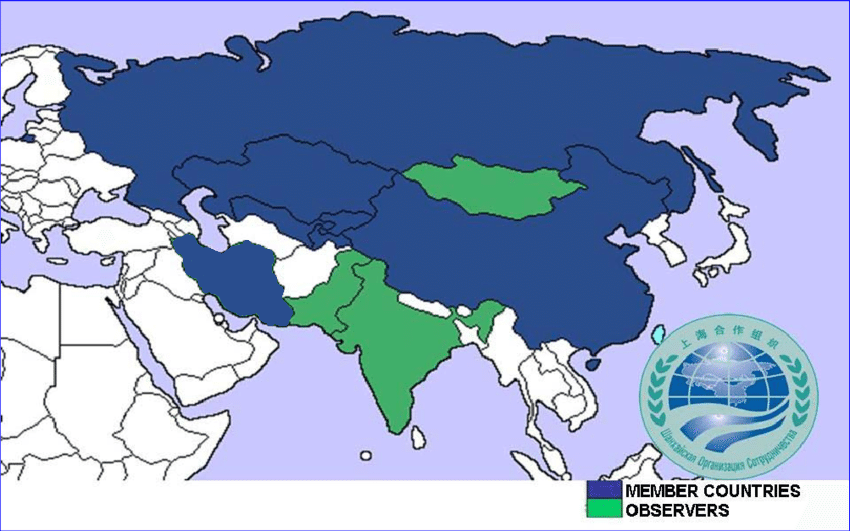
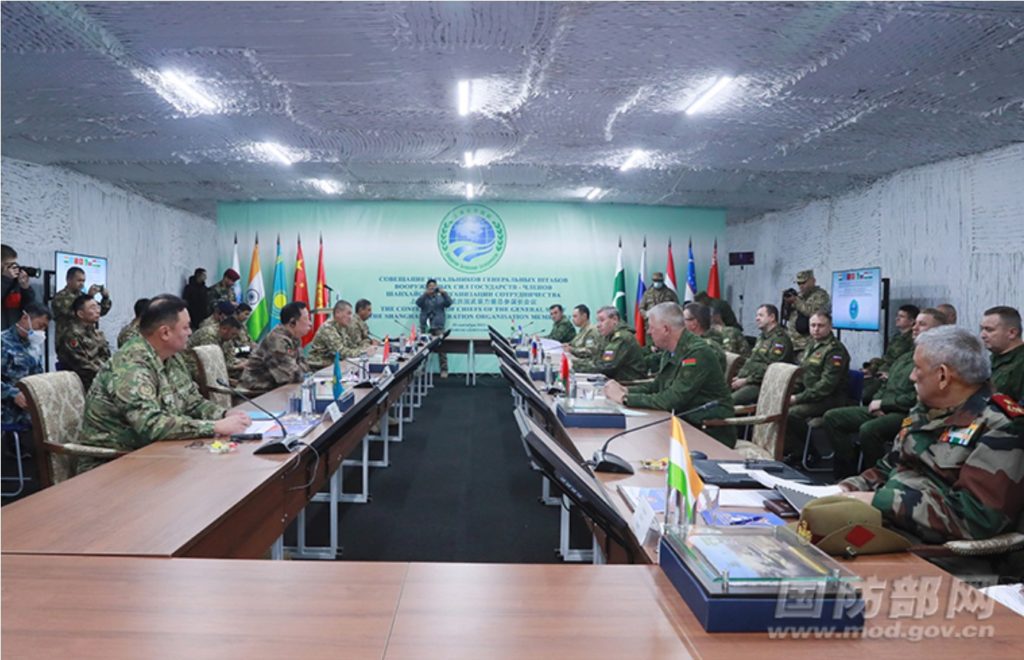
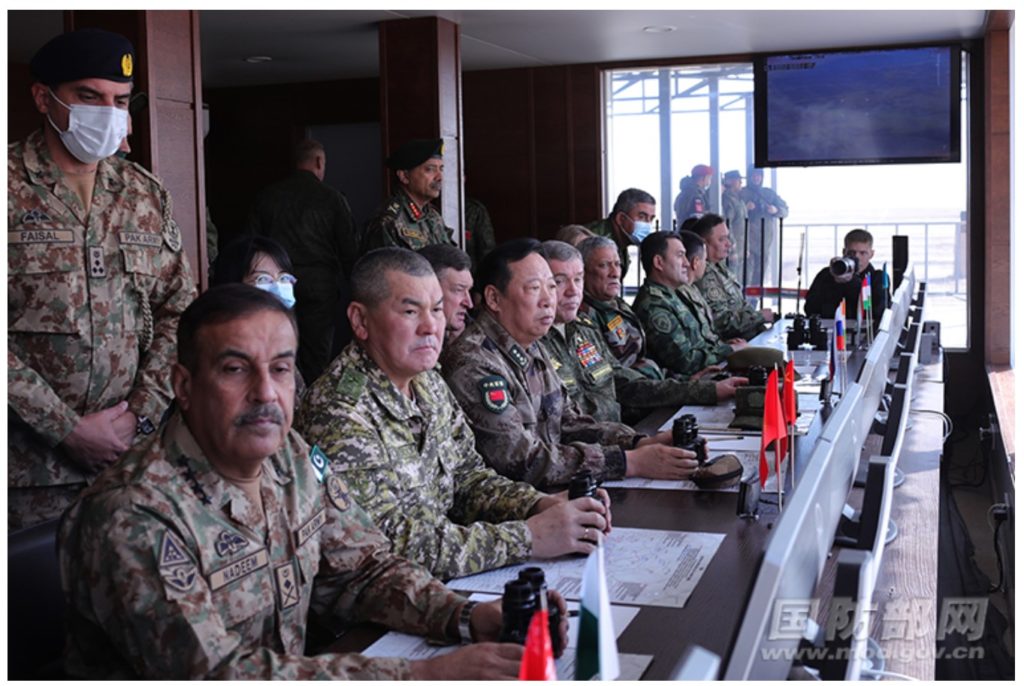
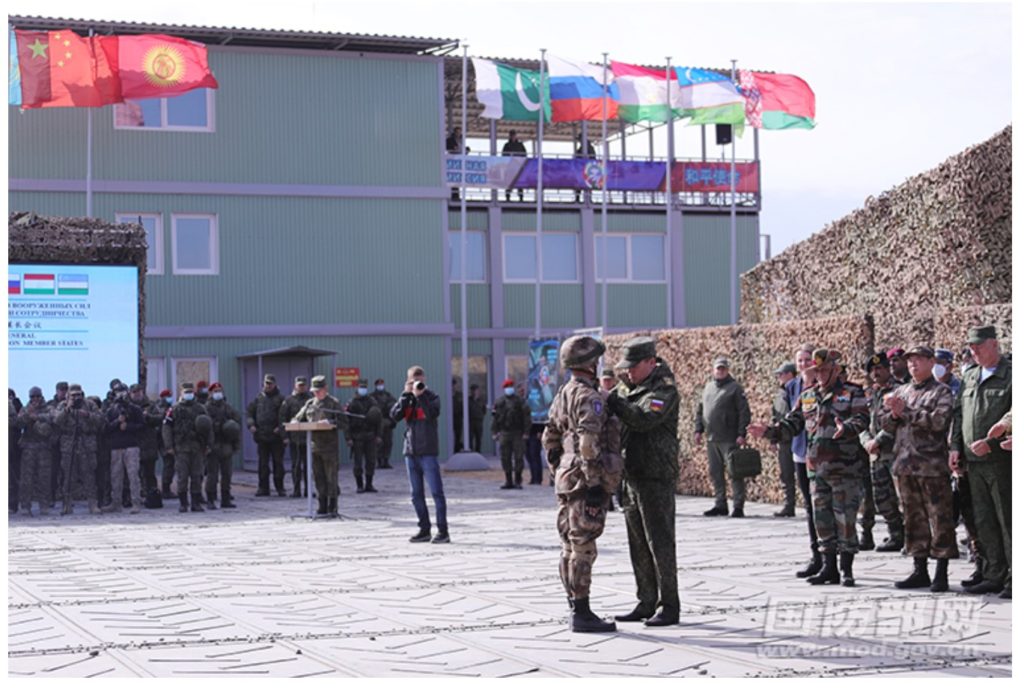
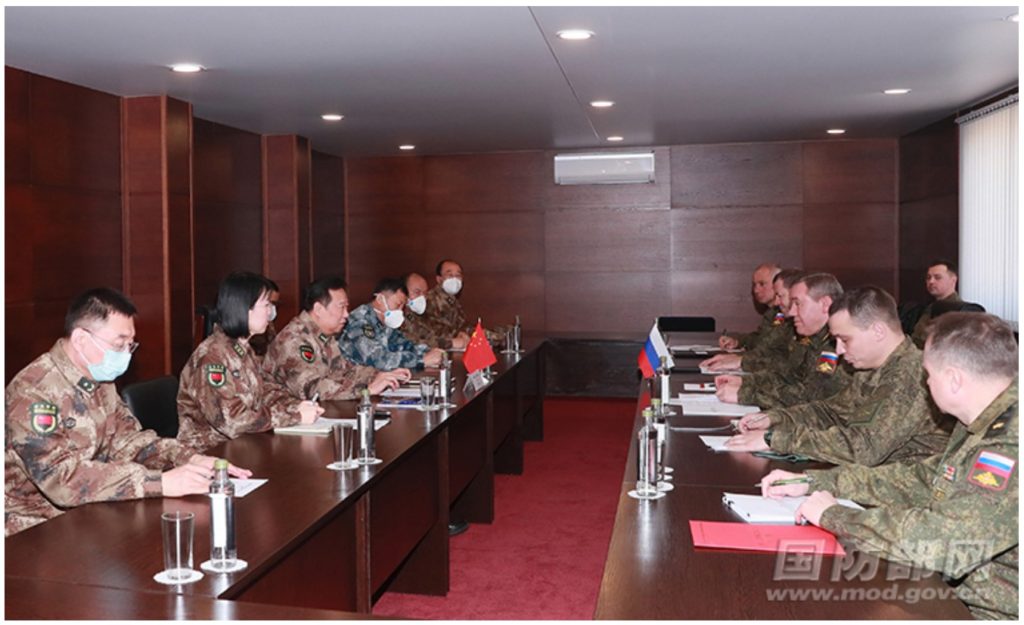

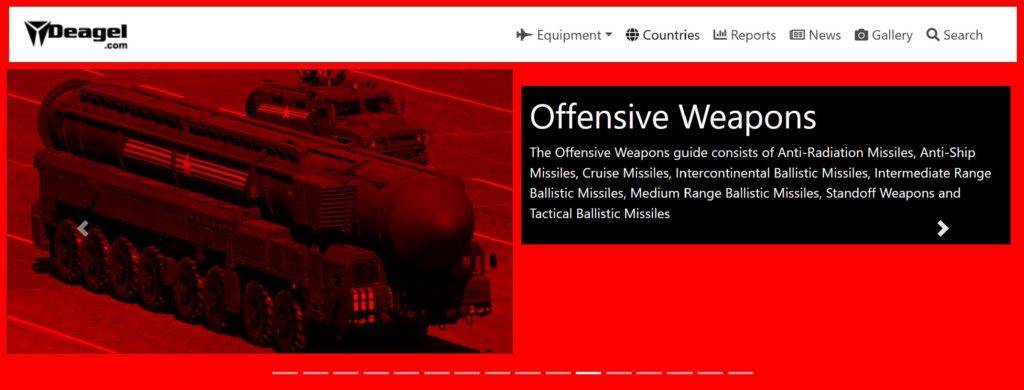
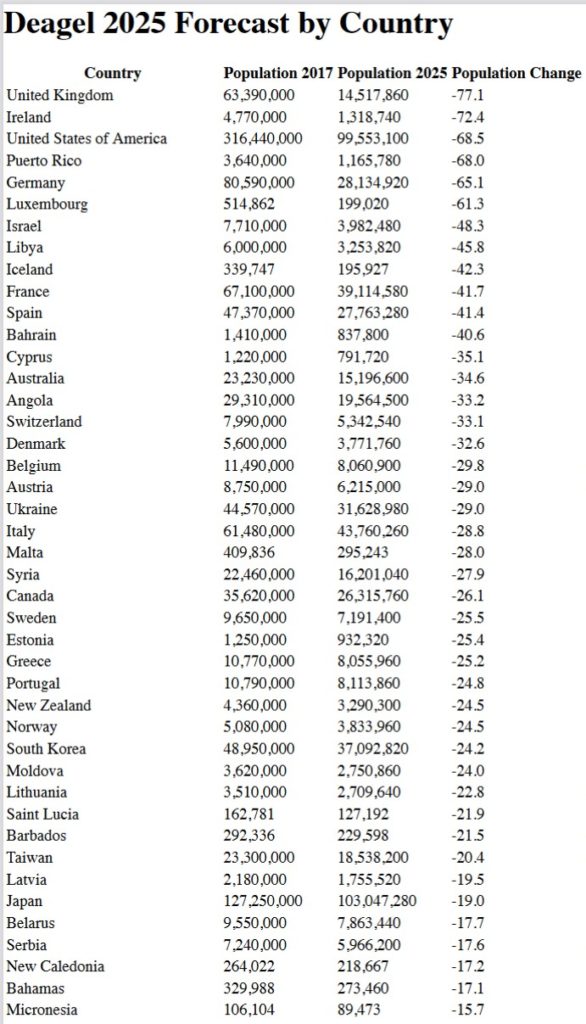

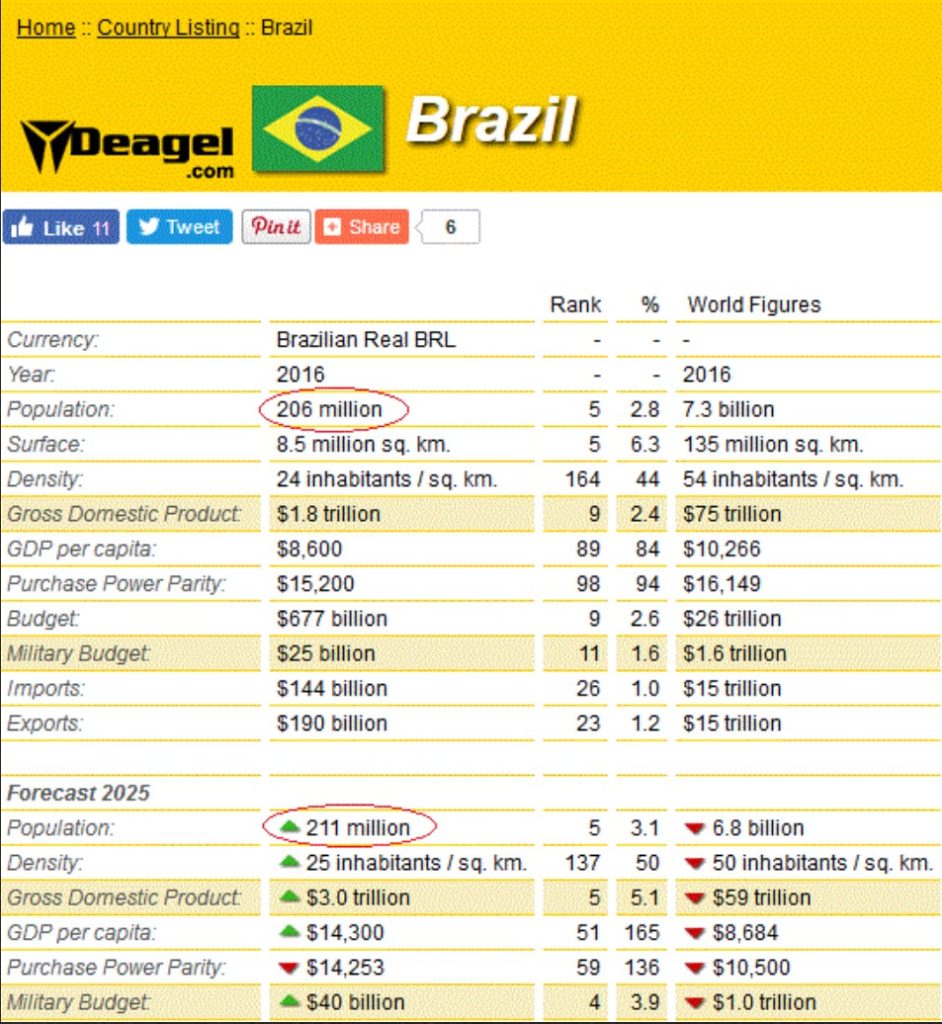
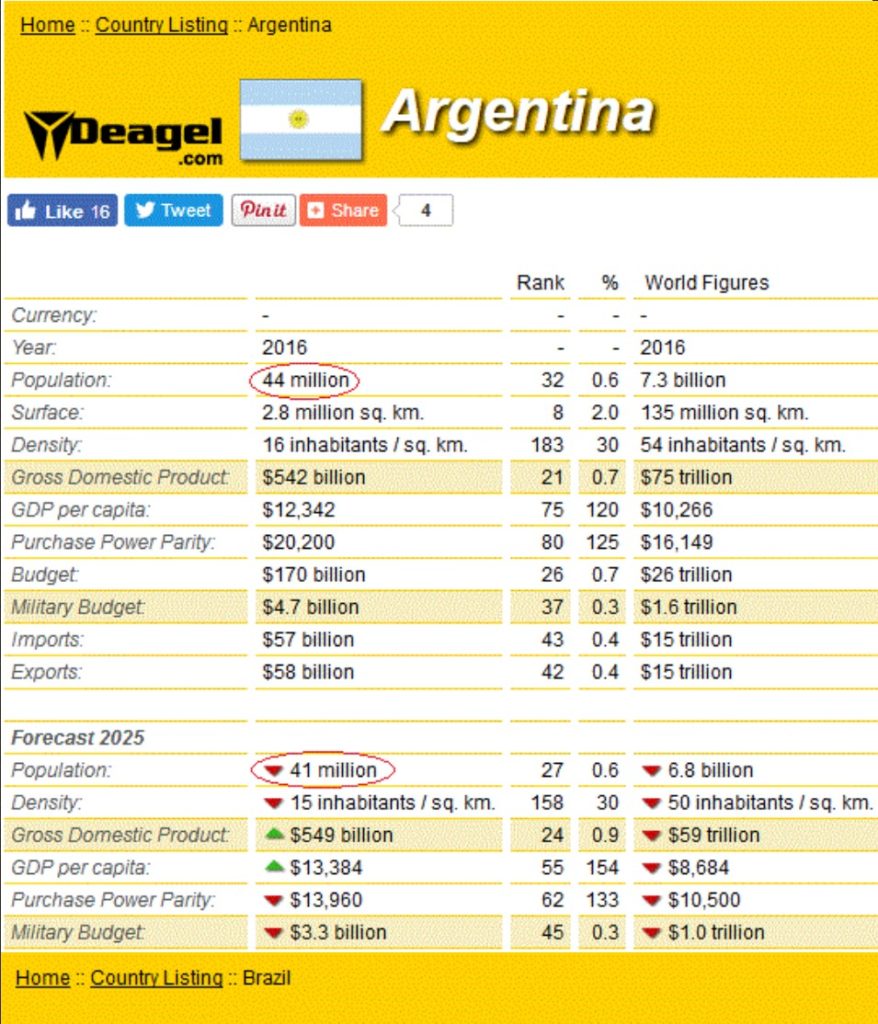
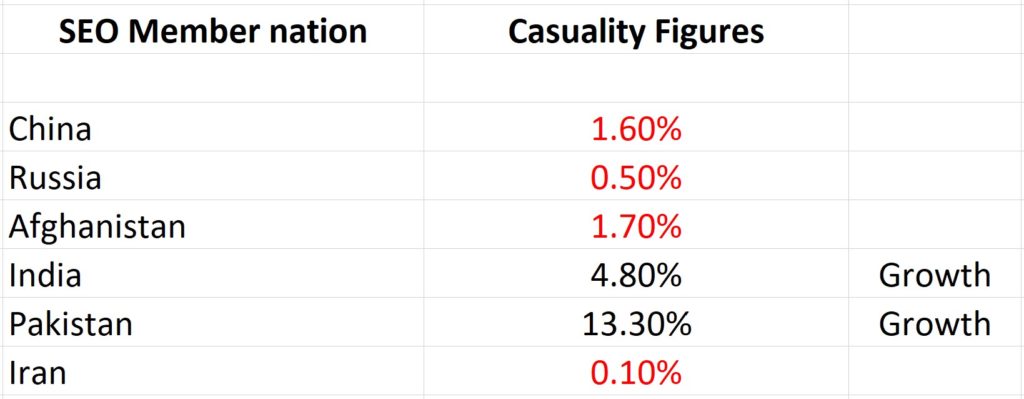


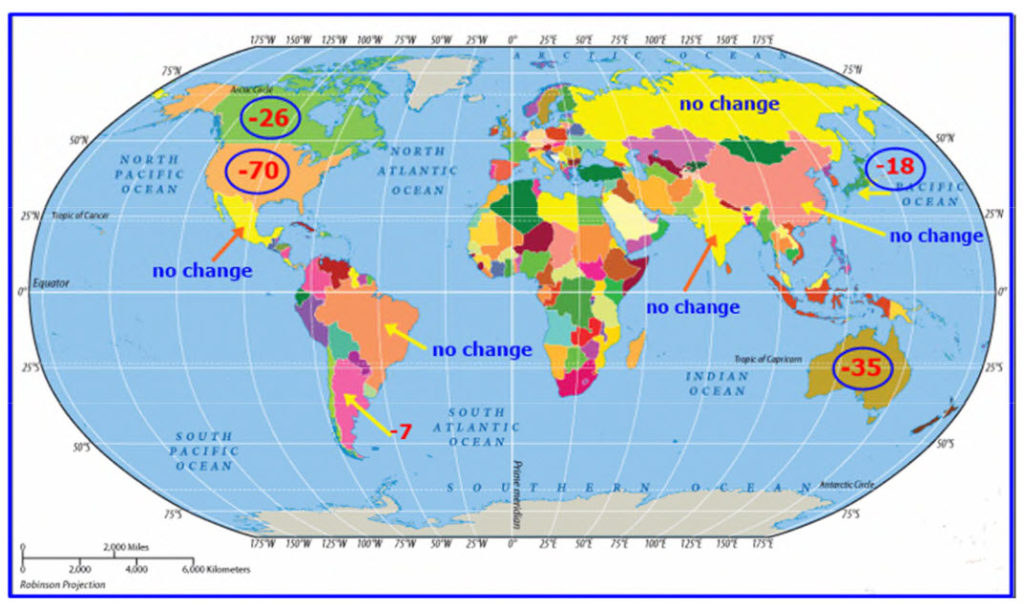
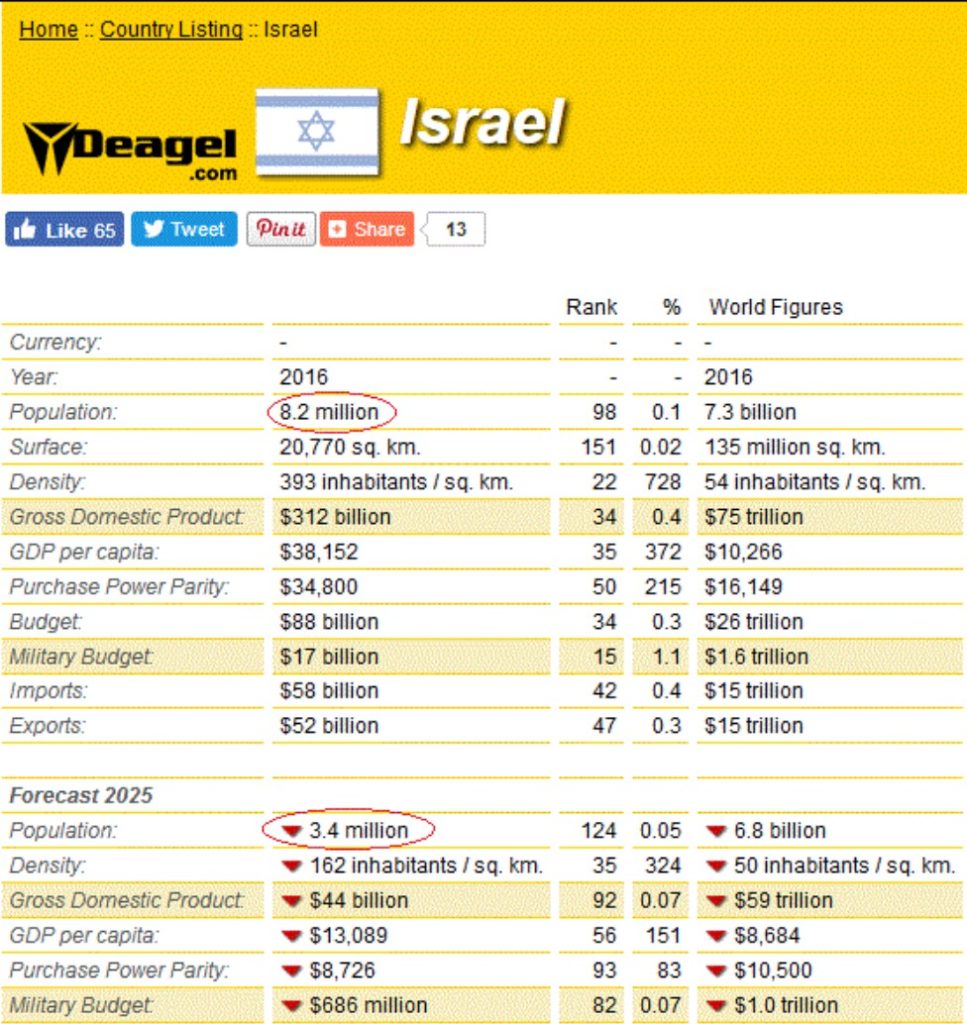
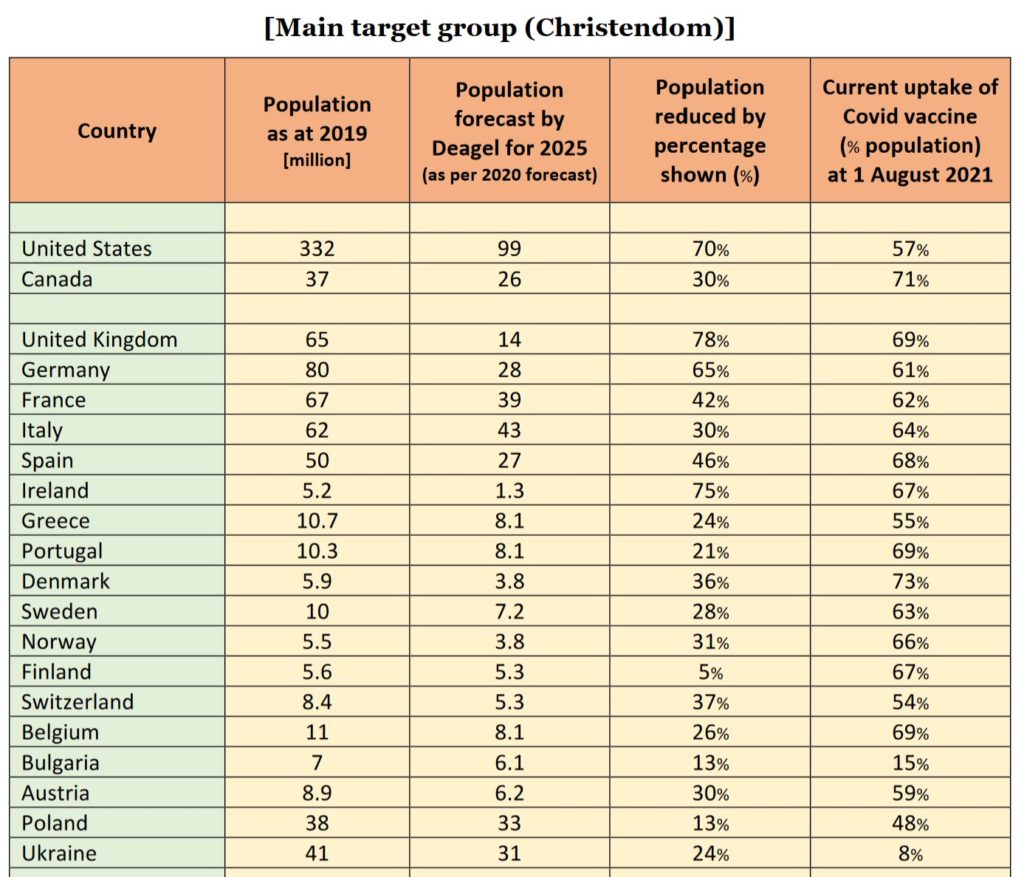
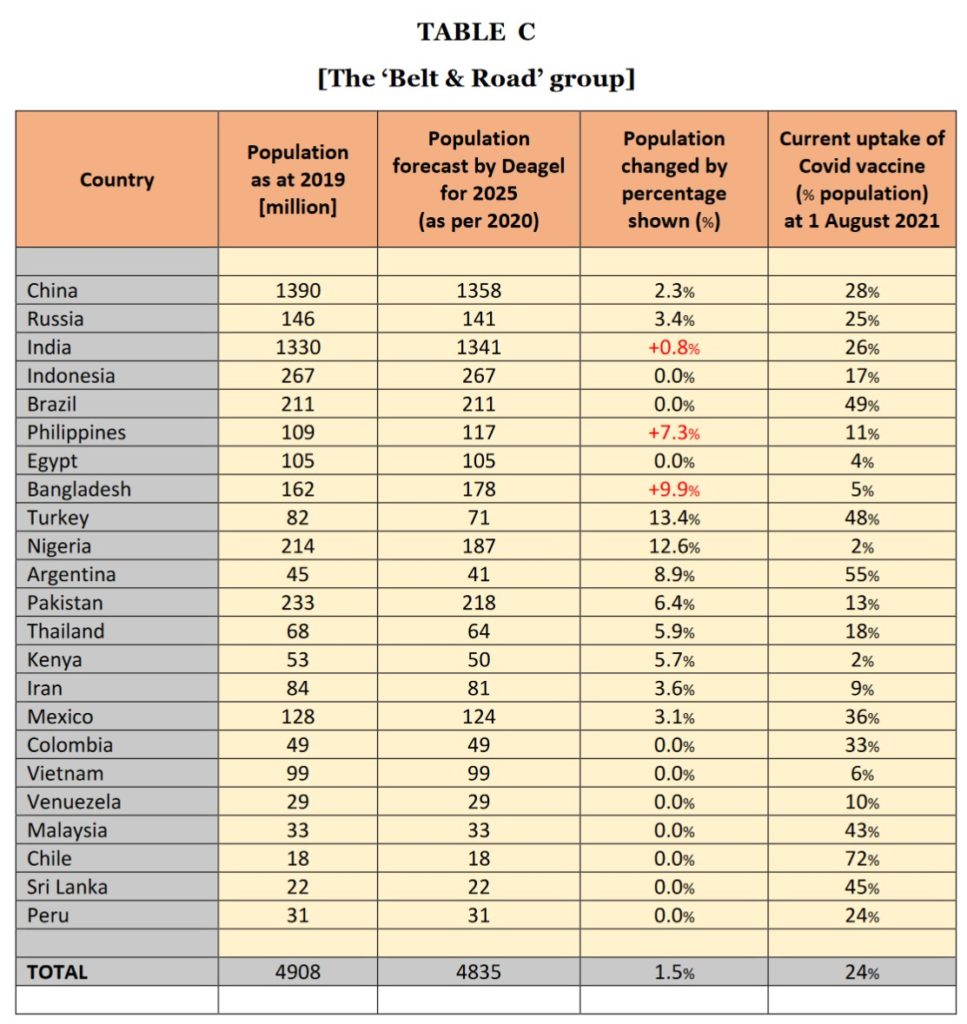
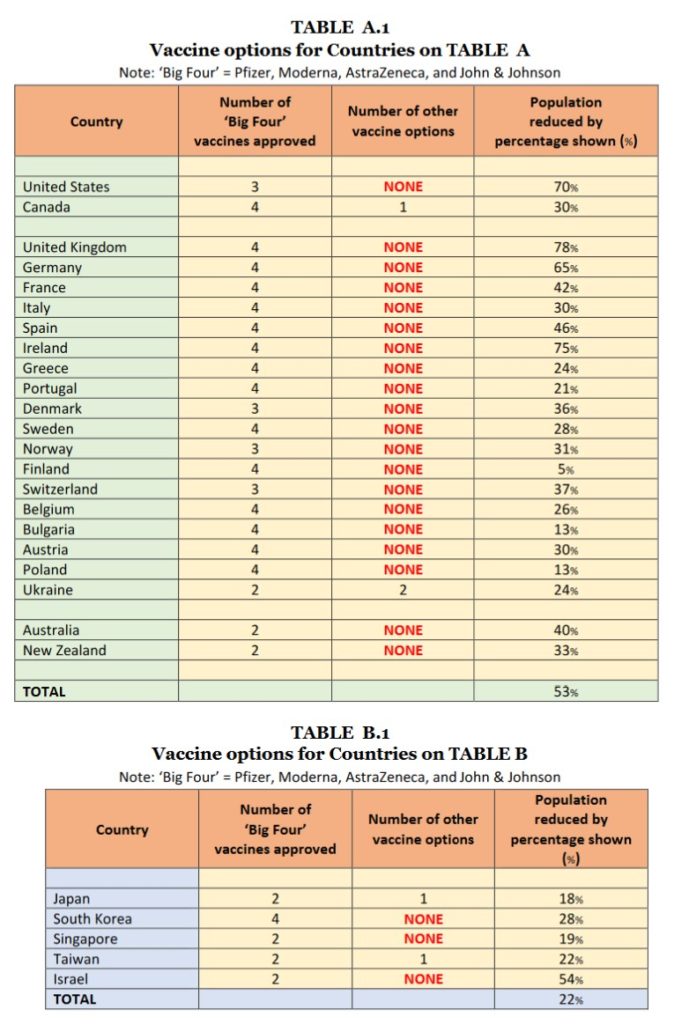
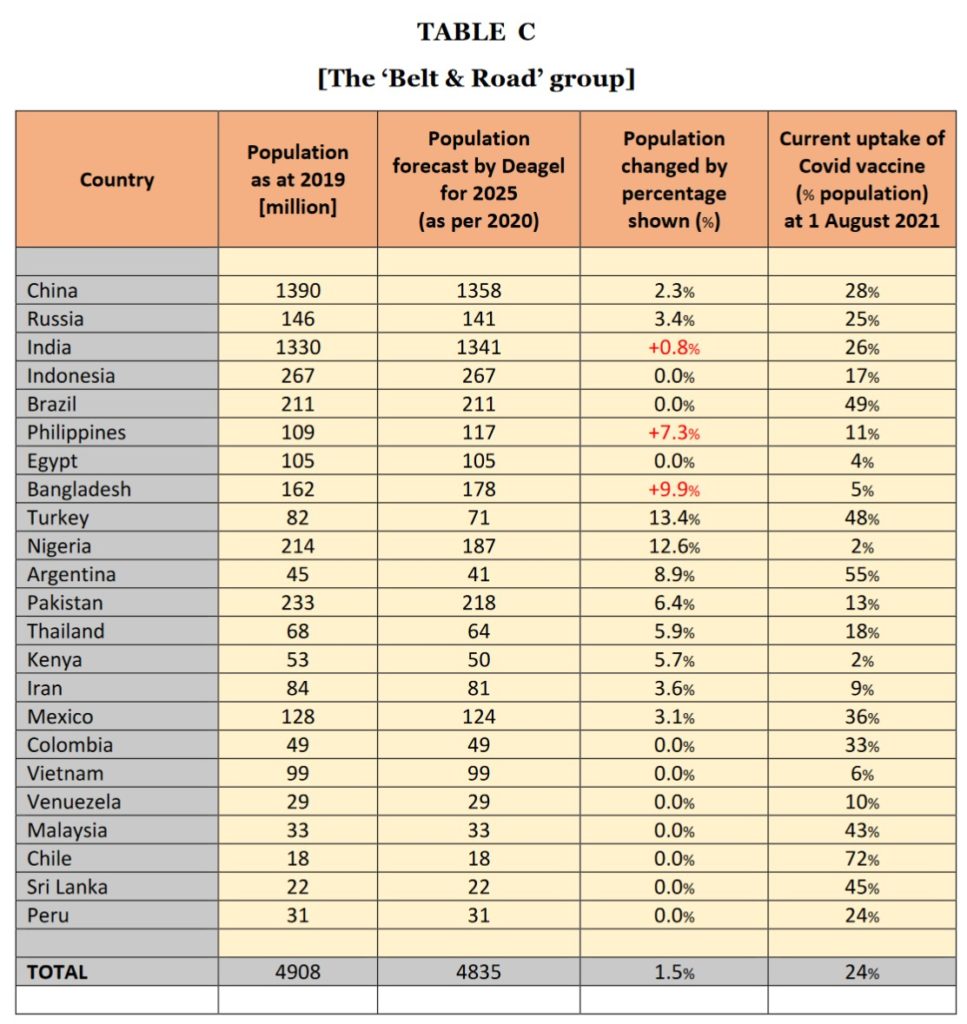


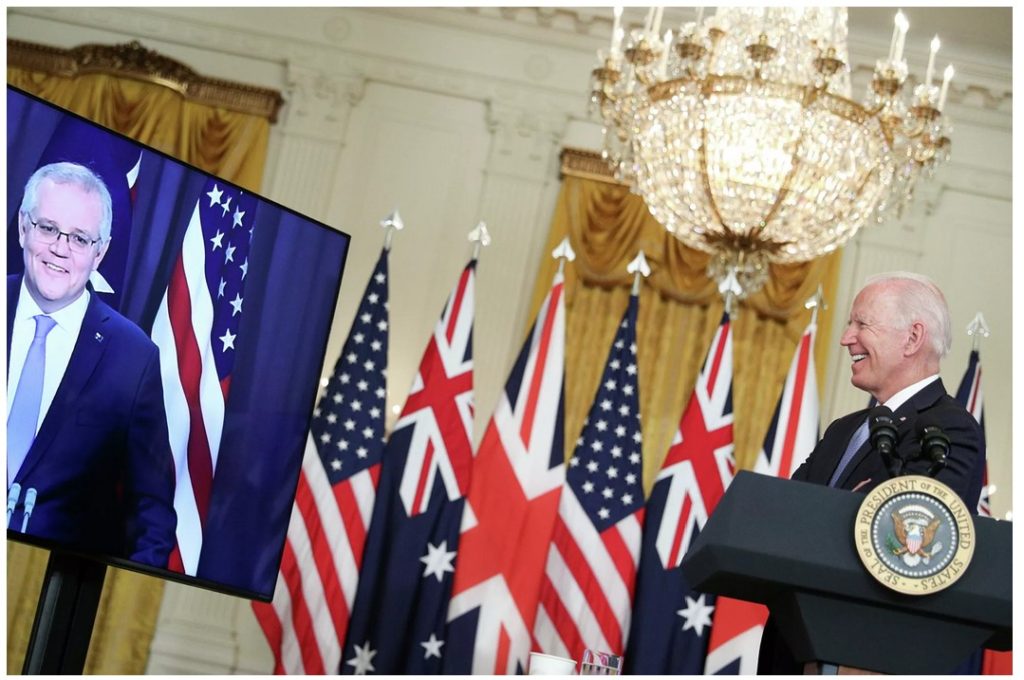


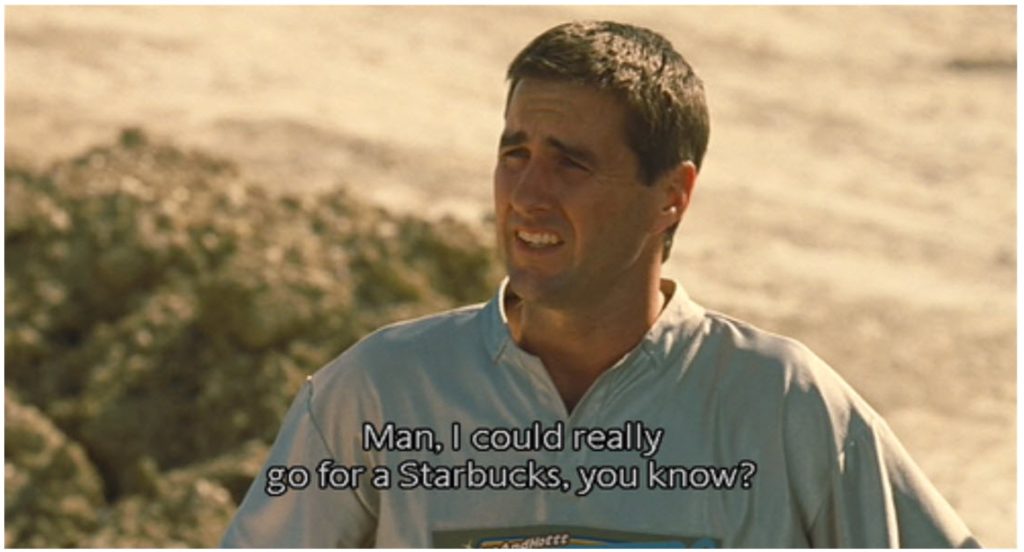




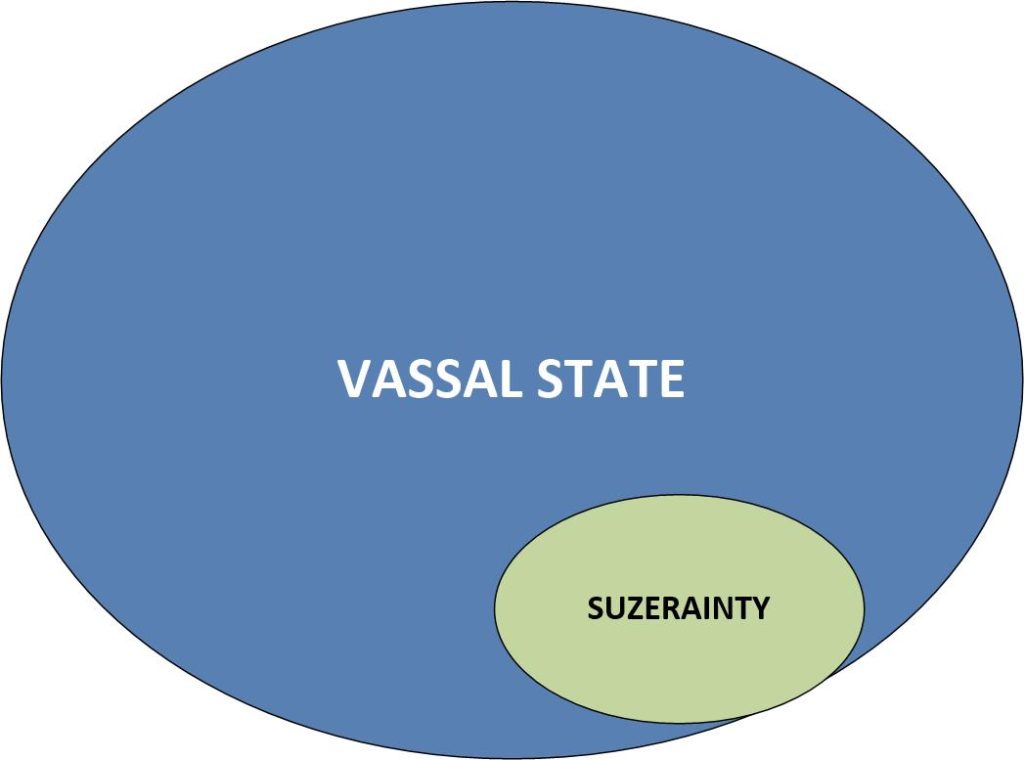
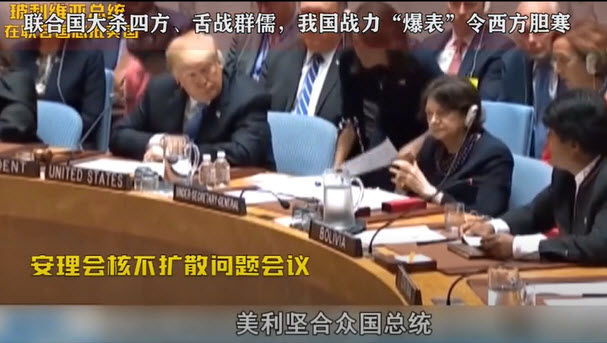

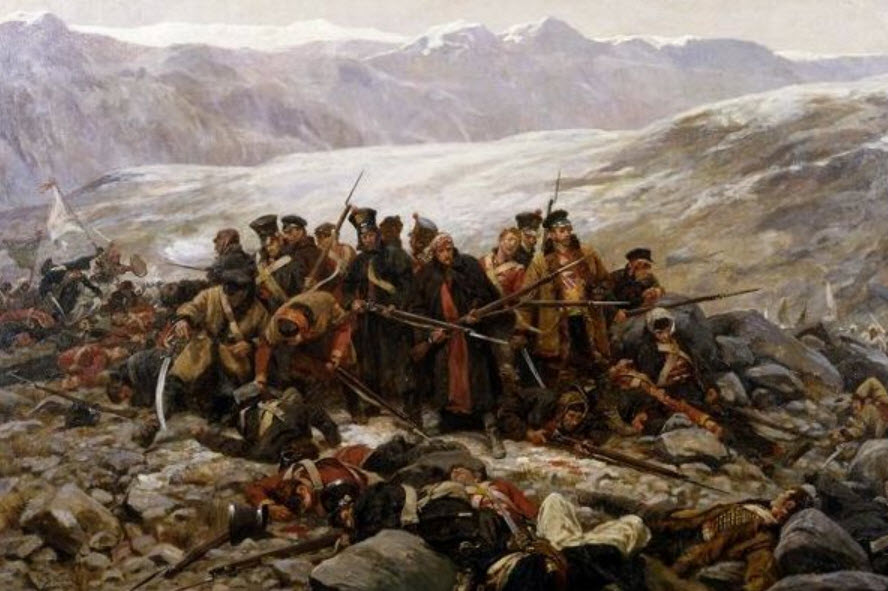

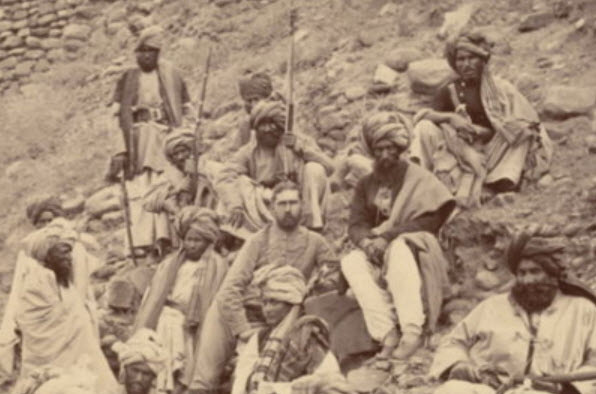


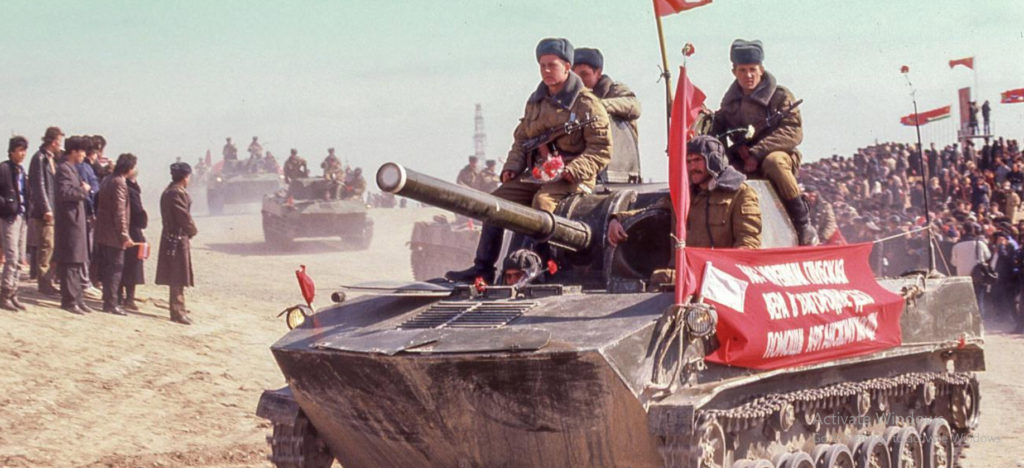
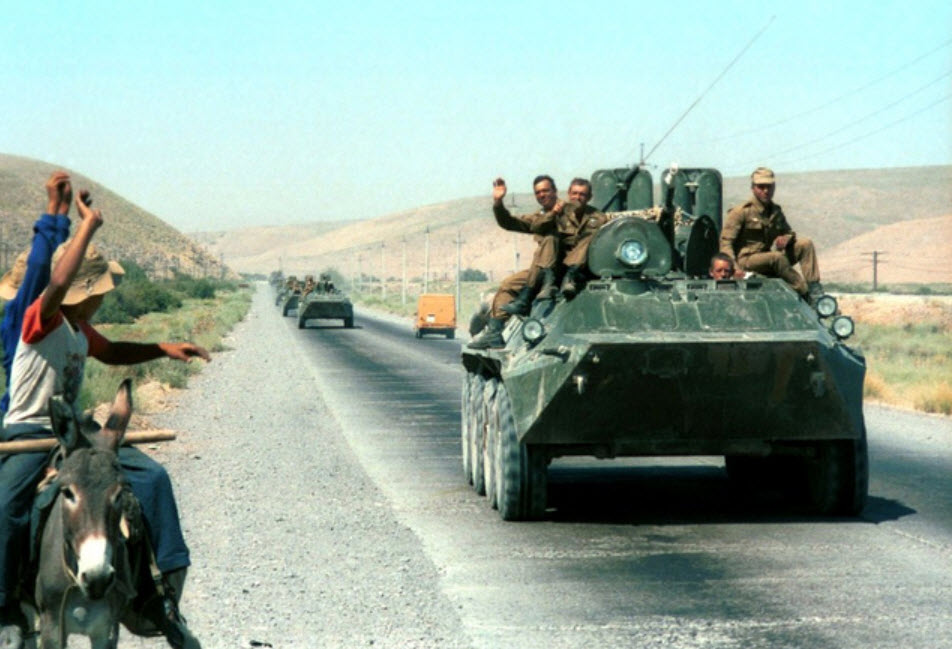
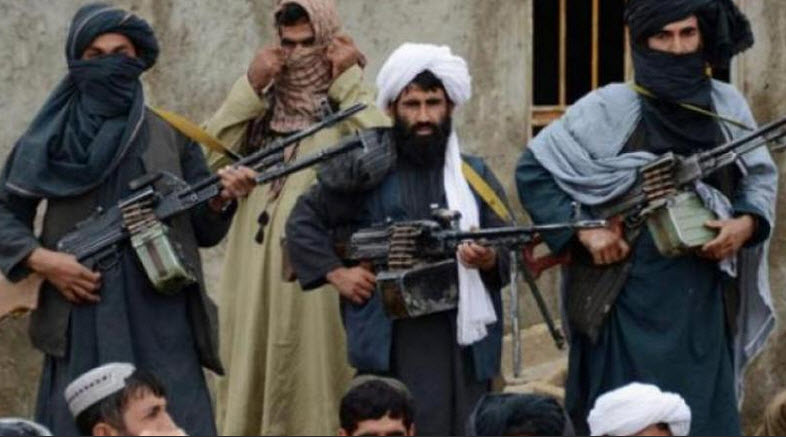
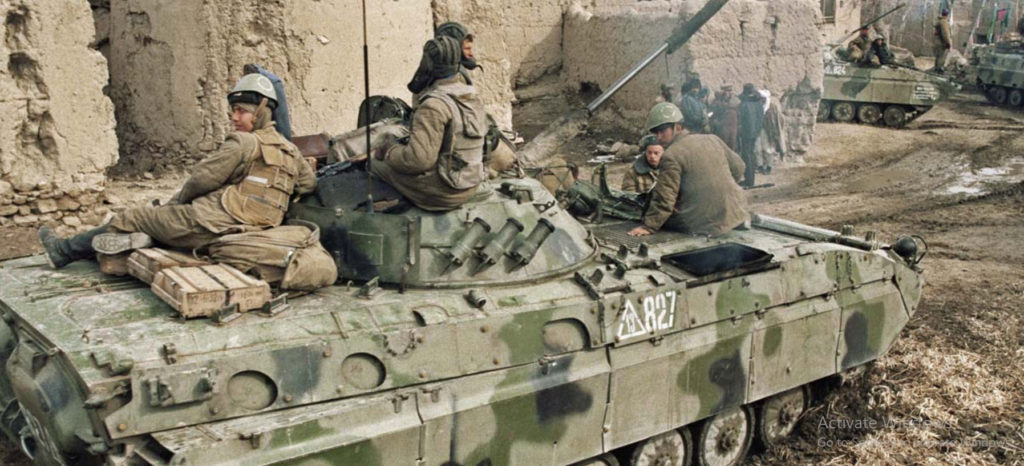

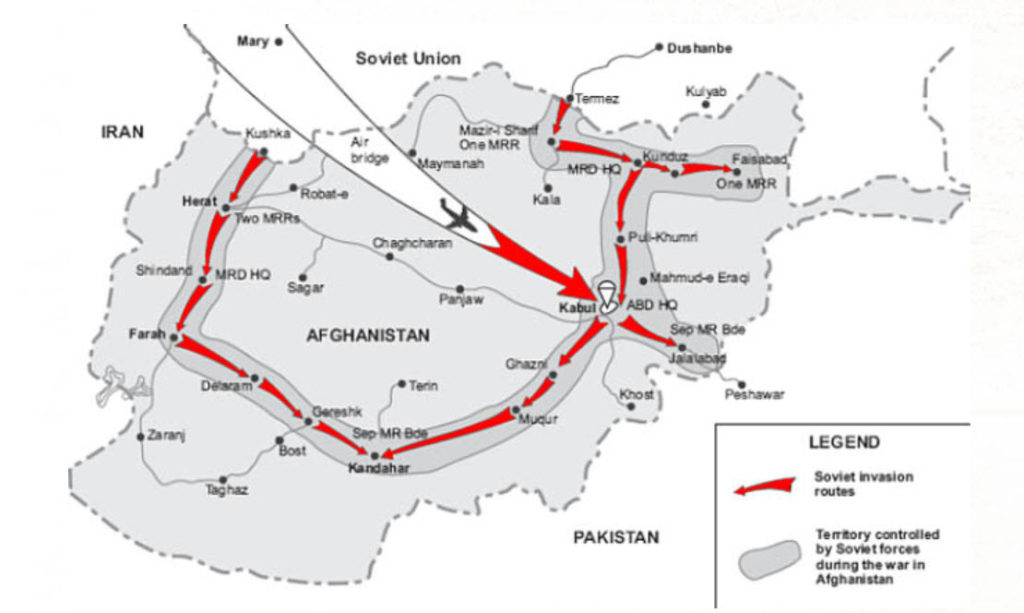
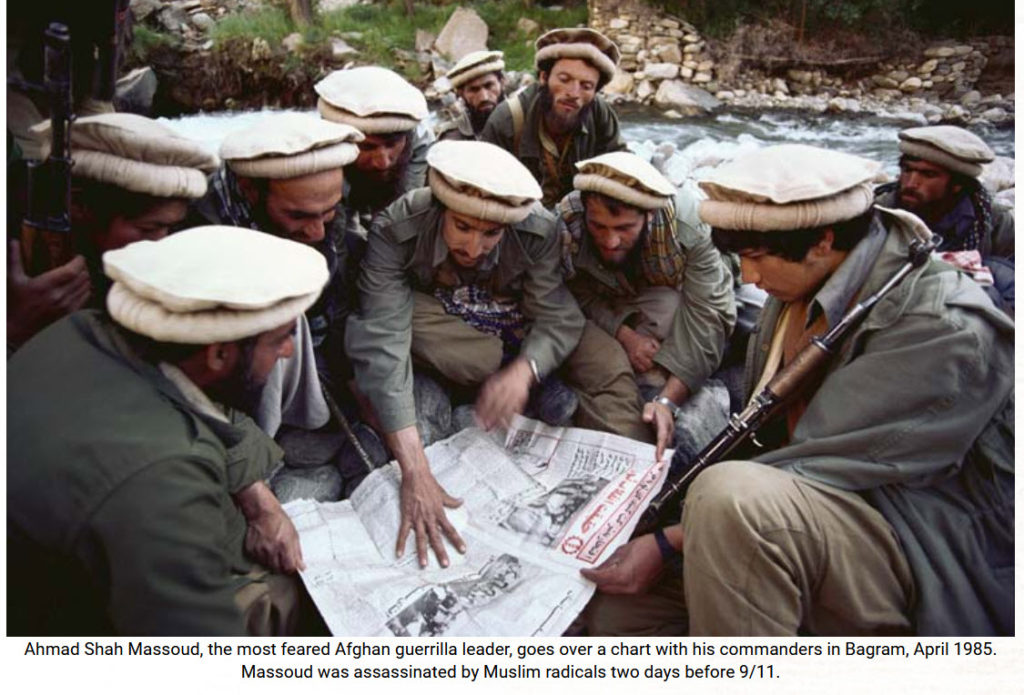
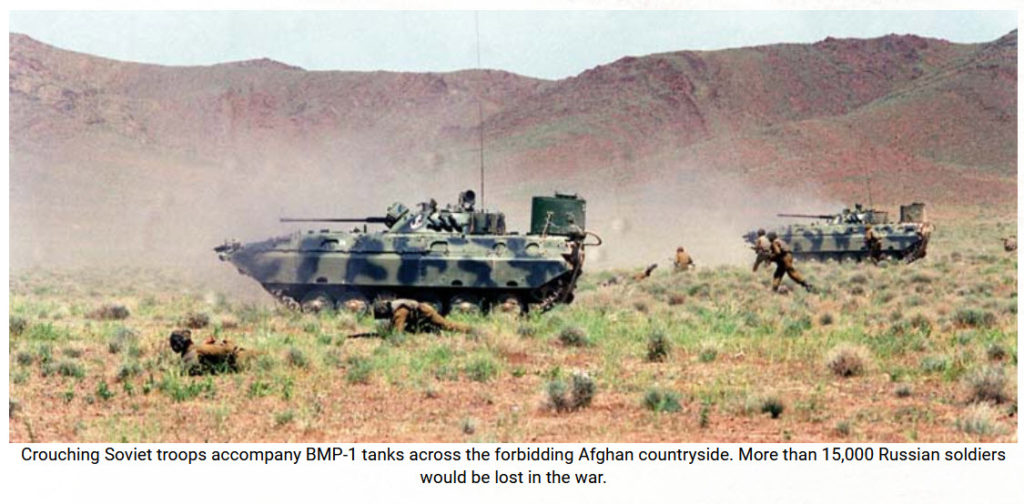
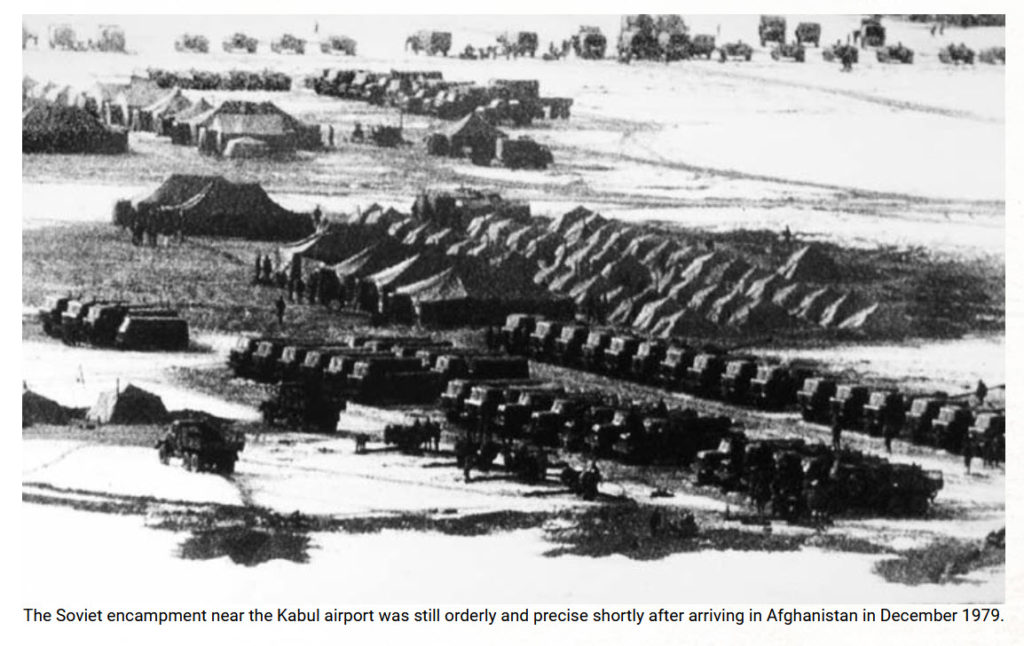
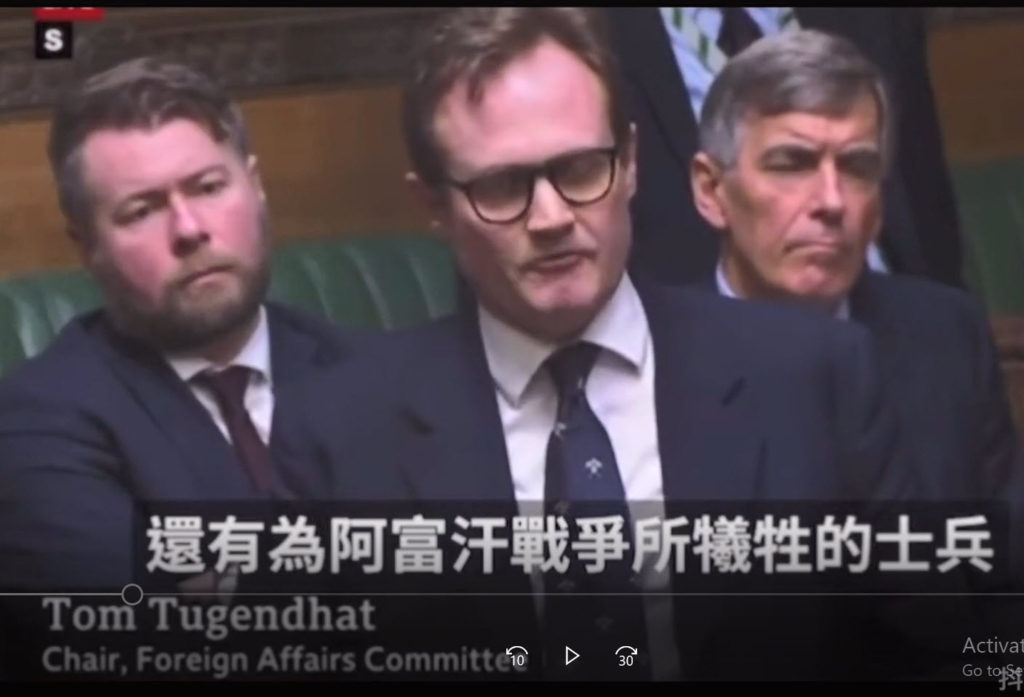
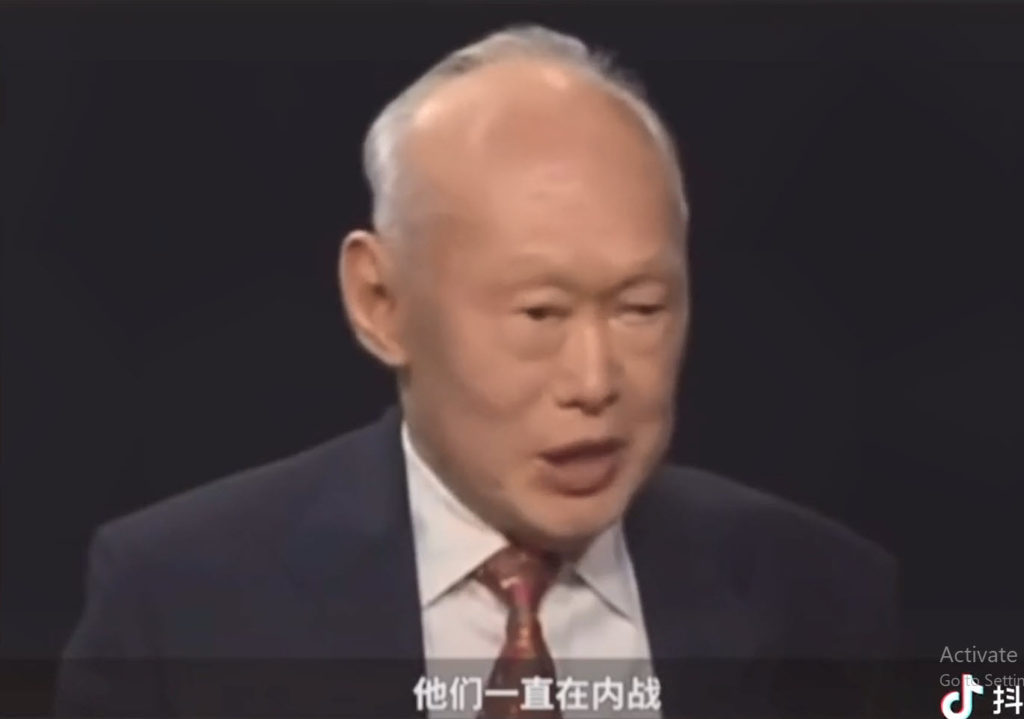
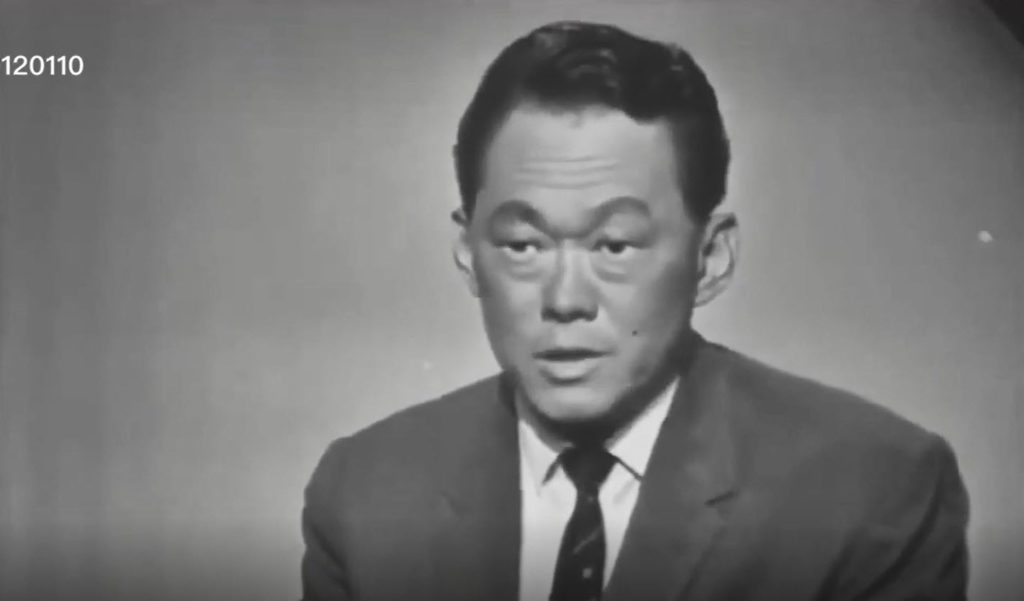
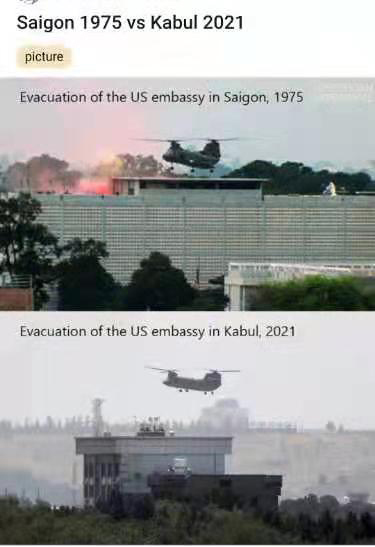

 (@Partisangirl)
(@Partisangirl) 
 AFGHANISTAN CONFLICT
Kabul airport on the morning Of August 16, 2021
AFGHANISTAN CONFLICT
Kabul airport on the morning Of August 16, 2021
 (@ASBMilitary)
(@ASBMilitary) 
